





Tom Foster - Editor
m sometimes asked, “What’s the best adventure destination?”
For me it’s still Cape York. I’ve ridden some fantastic and exotic locations all around the world, but for the joy of riding and a huge feeling of accomplishment, there’s still nothing in my mind beats the river crossings, saltwater crocs, campfire cooking, fishing and sleeping under the stars on a ride to The Cape. After all that, stumping out over that rocky headland to the 44 with the sign saying I’m at the northernmost point of the Australian mainland always makes me feel I’ve achieved something.
I’ve done the ride with Roy and Cape York Motorcycle Adventures probably half-a-dozen times, and I often say if I were to get a call offering me the chance to go again tomorrow, I’d drop everything and
The ride’s that good in my opinion.
But that’s the point.
That’s just my opinion.
I have a group of mates in my home town who plan their year around a ride across The Simpson. I’ve written often enough what I think about that crossing and how I don’t rate it at all. It’s definitely an adventure, and it’s serious shit, but for me, it’s just not an enjoyable thing to do. For those guys, having to carry bikes across swollen rivers and set lookouts for salties probably doesn’t hold much appeal.
“ Your magazine put me in hospital!!! ”
Each to his own.
If you reckon the world’s best adventure ride is a stop-start plod through snowbound Russia, or following the Dakar through the dunes and heat of the Middle East, or maybe a bone-rattling blast across the rocks of the Gibb River Road in WA, nobody can say you’re wrong. If it leaves you breathless with how bad you want that experience, that’s all there is to it.
That’s a wonderful thing when you think about it.
I know I harp on a bit about adventure being a state of mind more than anything else, but it’s true, and that’s just another part of that thought.
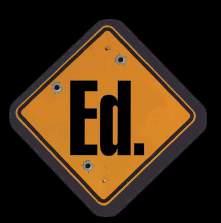
What’s brought on this little lesson in philosophy?
A Facebook comment.
Plenty of adventure riders chip in with thoughts and comments on the magazine Facebook page (I love it when everyone does that), but a recent one especially caught my eye. A bloke named Ian Hill wrote: ‘Your magazine put me in hospital!!! I read some articles and got inspired to buy a KLR and at 67 years old headed for the Cape. Fell off near Coen, Flying Doctor to Cairns hospital. Best week of my life.’
I fancy myself as a capable writer but I hope, just once before I die, I can tell a story as wild as that one must’ve been in such a short and intense fashion. And to be able to convey how much joy there was in tackling something tough, even though the attempt didn’t end up the way it was supposed to, takes a writing talent I fear is beyond me.
Amid all the riders on big-money bikes with matching riding gear, megabuck accessories and high-tech comms systems, Ian Hill seems to me the heart and soul of what adventure riding is all about.
I can’t wait to see if he has another go.

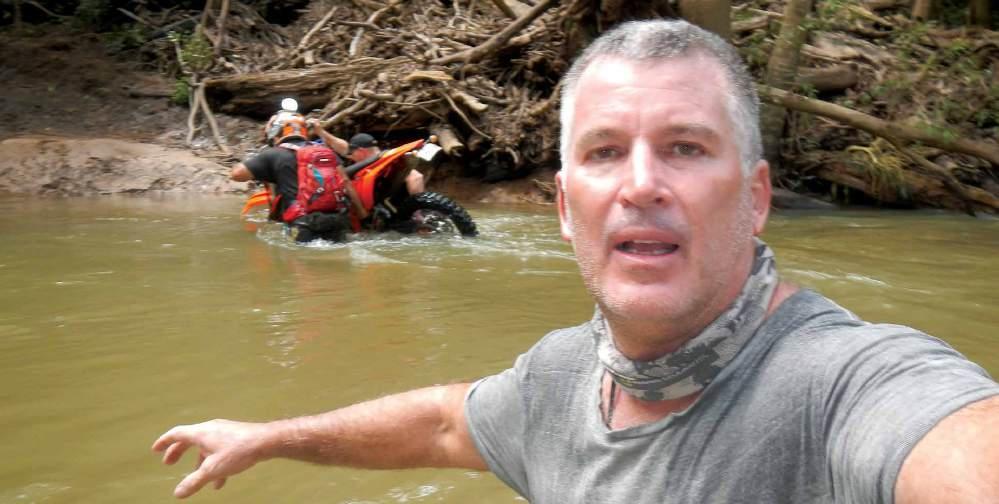
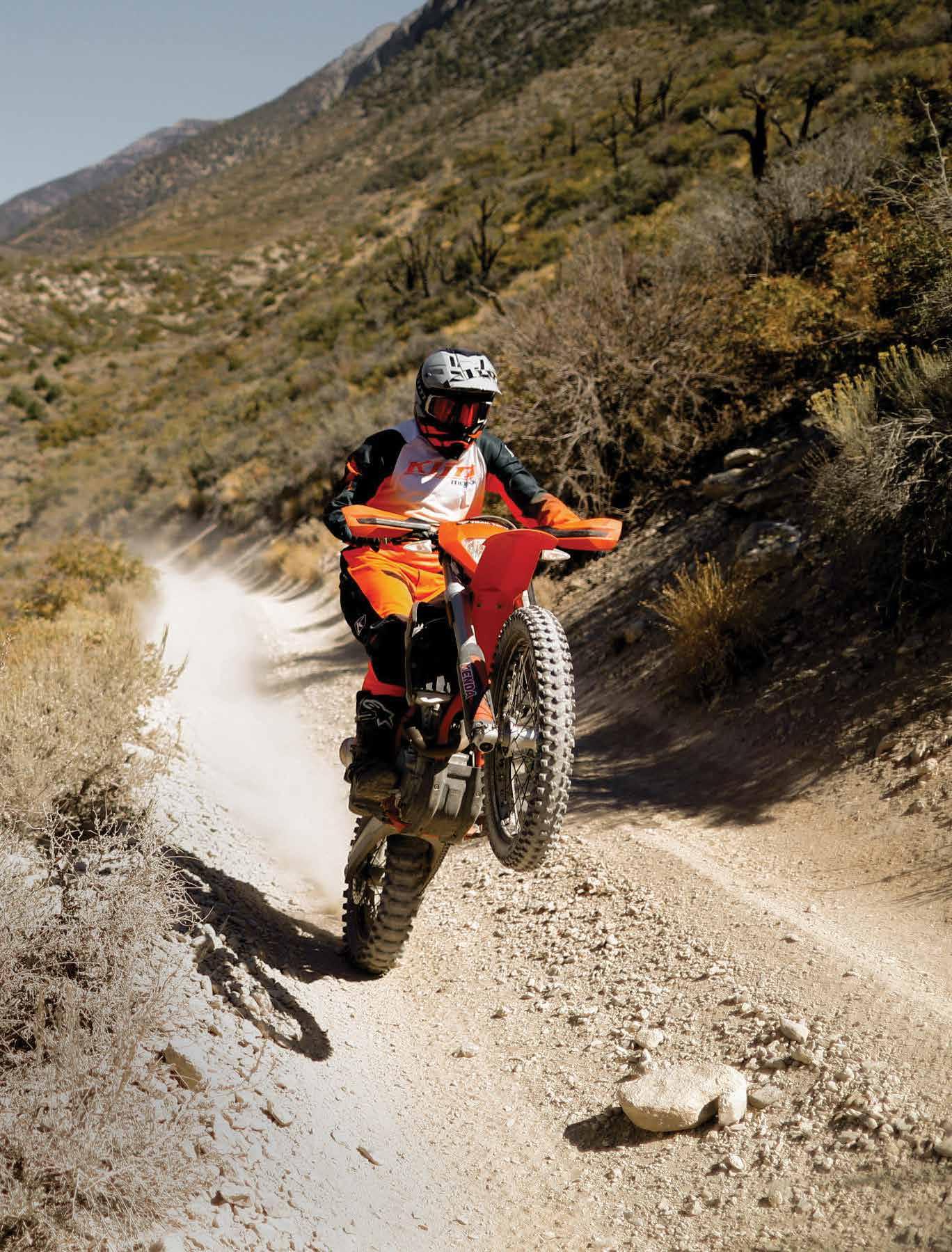
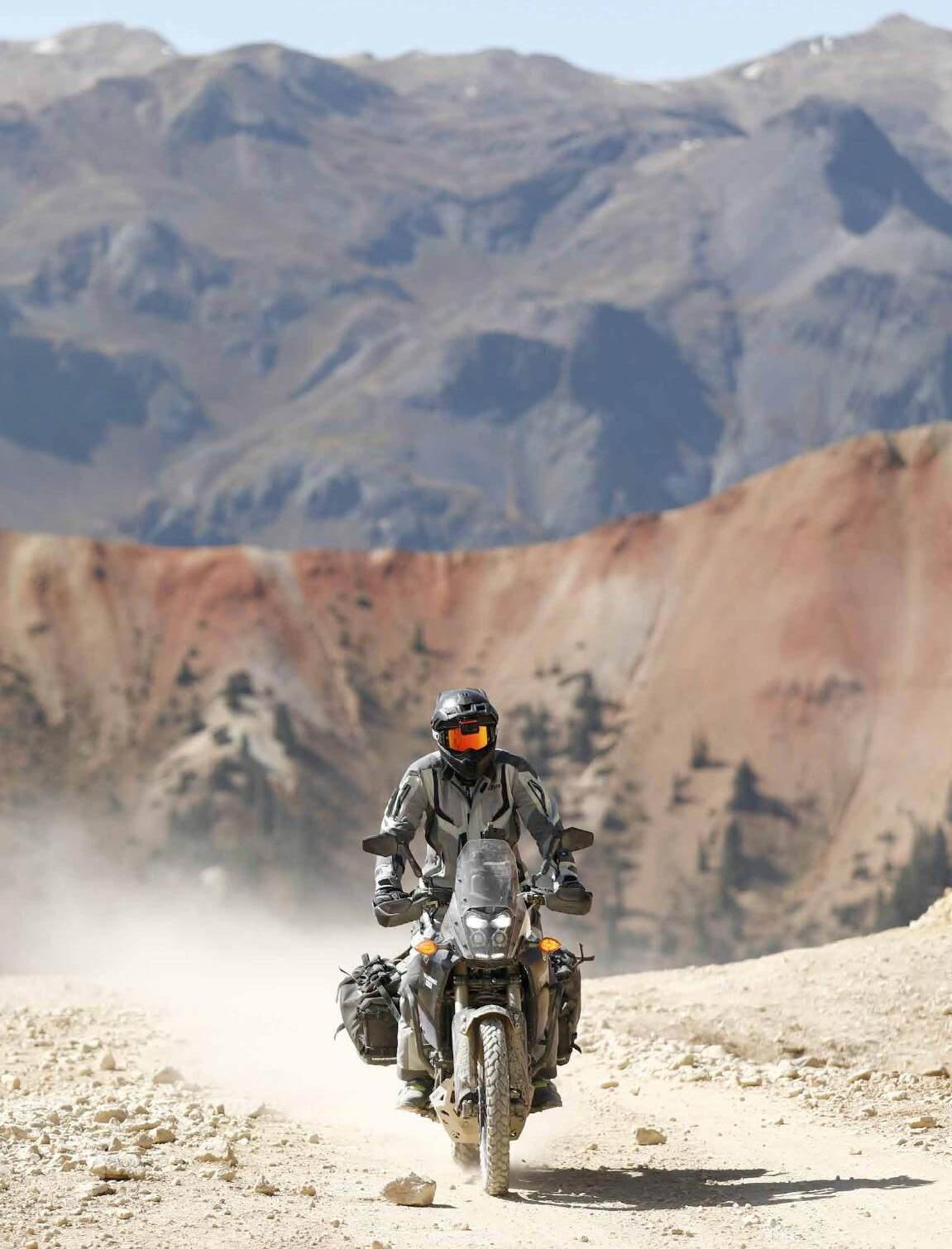

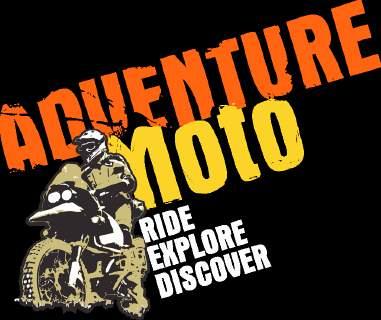
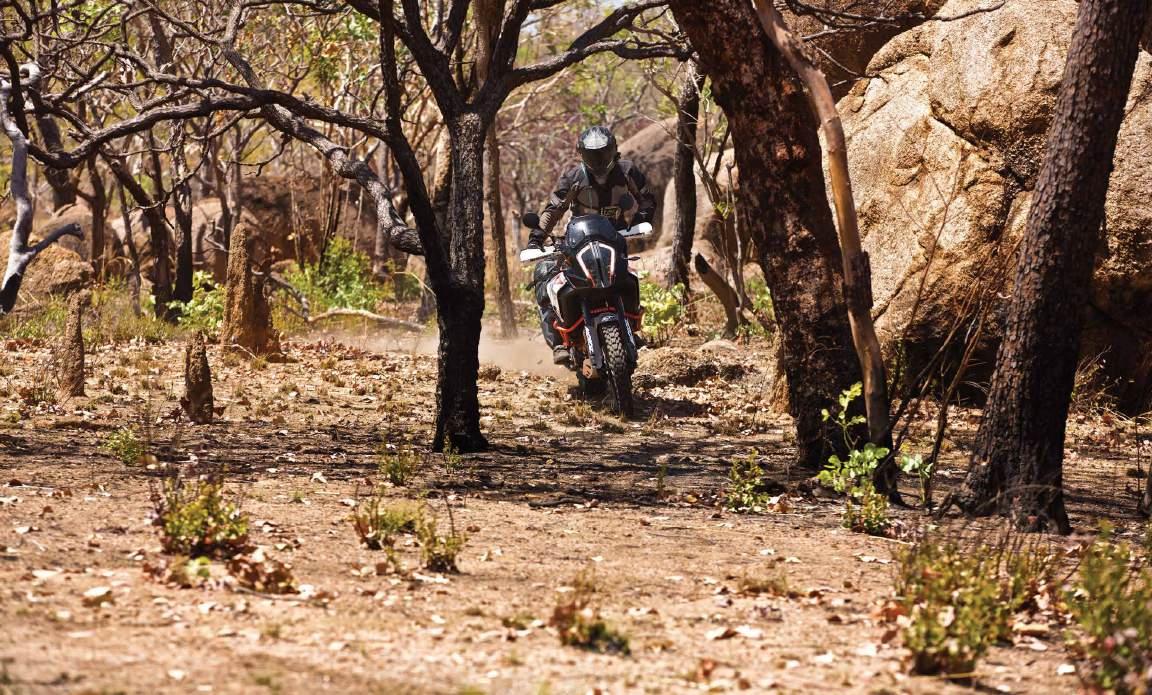
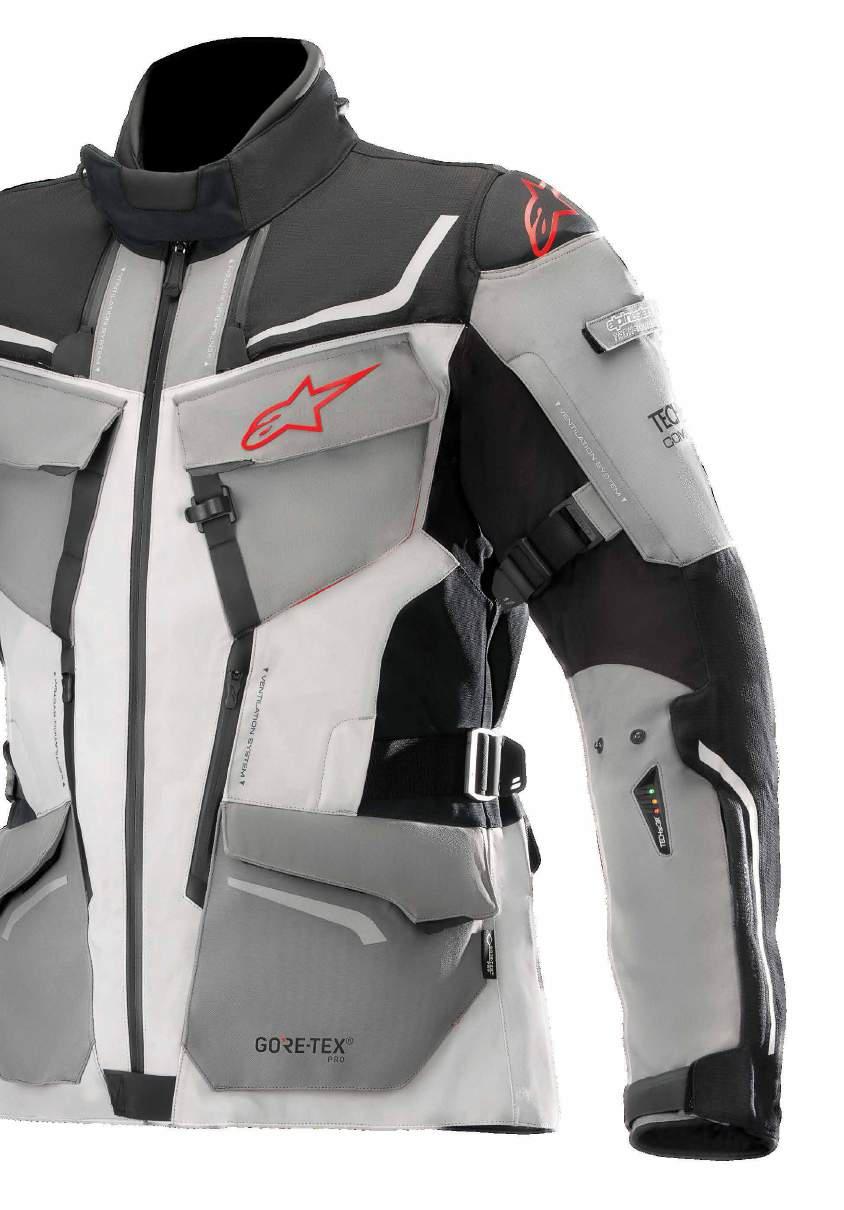

WATERPROOF RATING - 28,000 MM/24H
BREATHABILITY RATING - 25,000 G/M2/24H 3
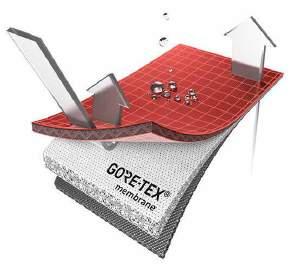

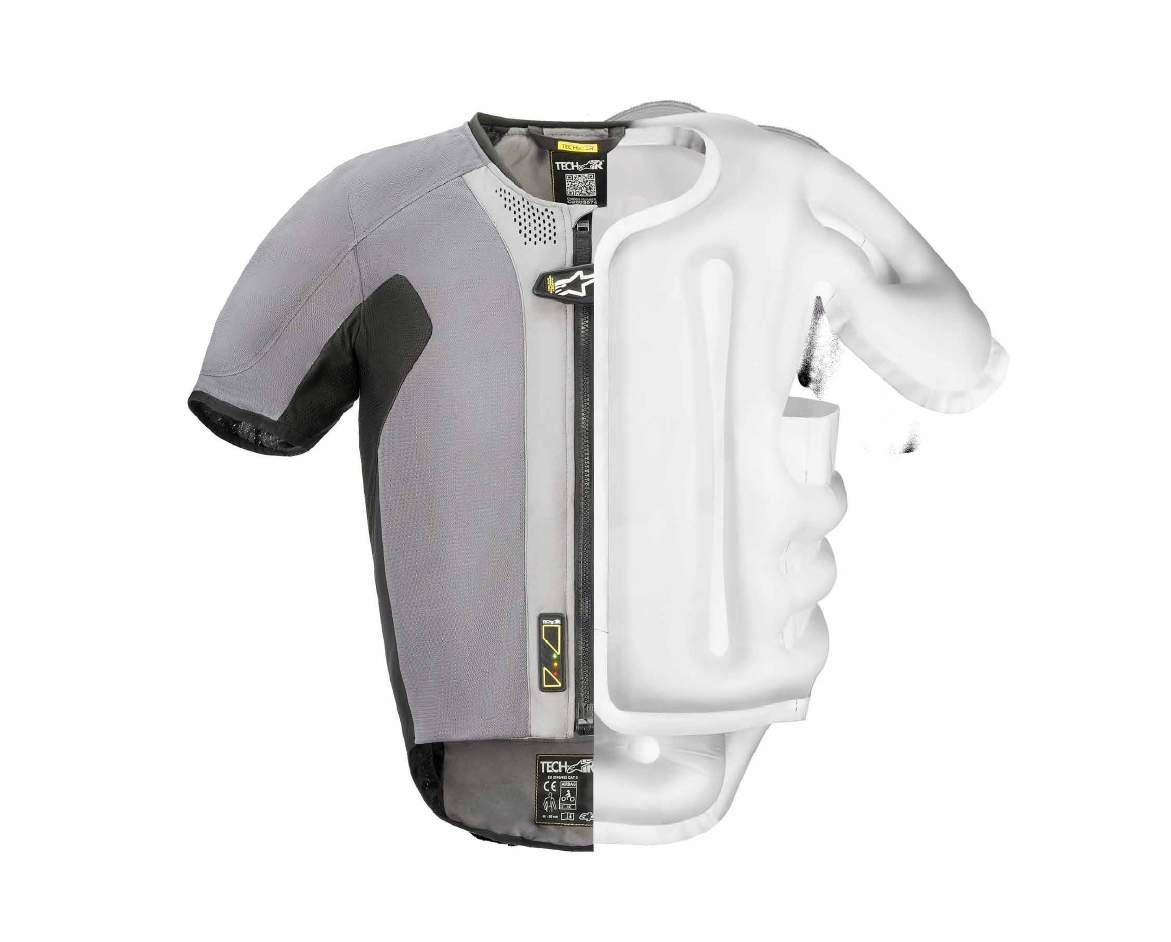
COMPATIBLE WITH ANY MOTORCYCLE JACKET
FOR UNRIVALED UPPER BODY PROTECTION
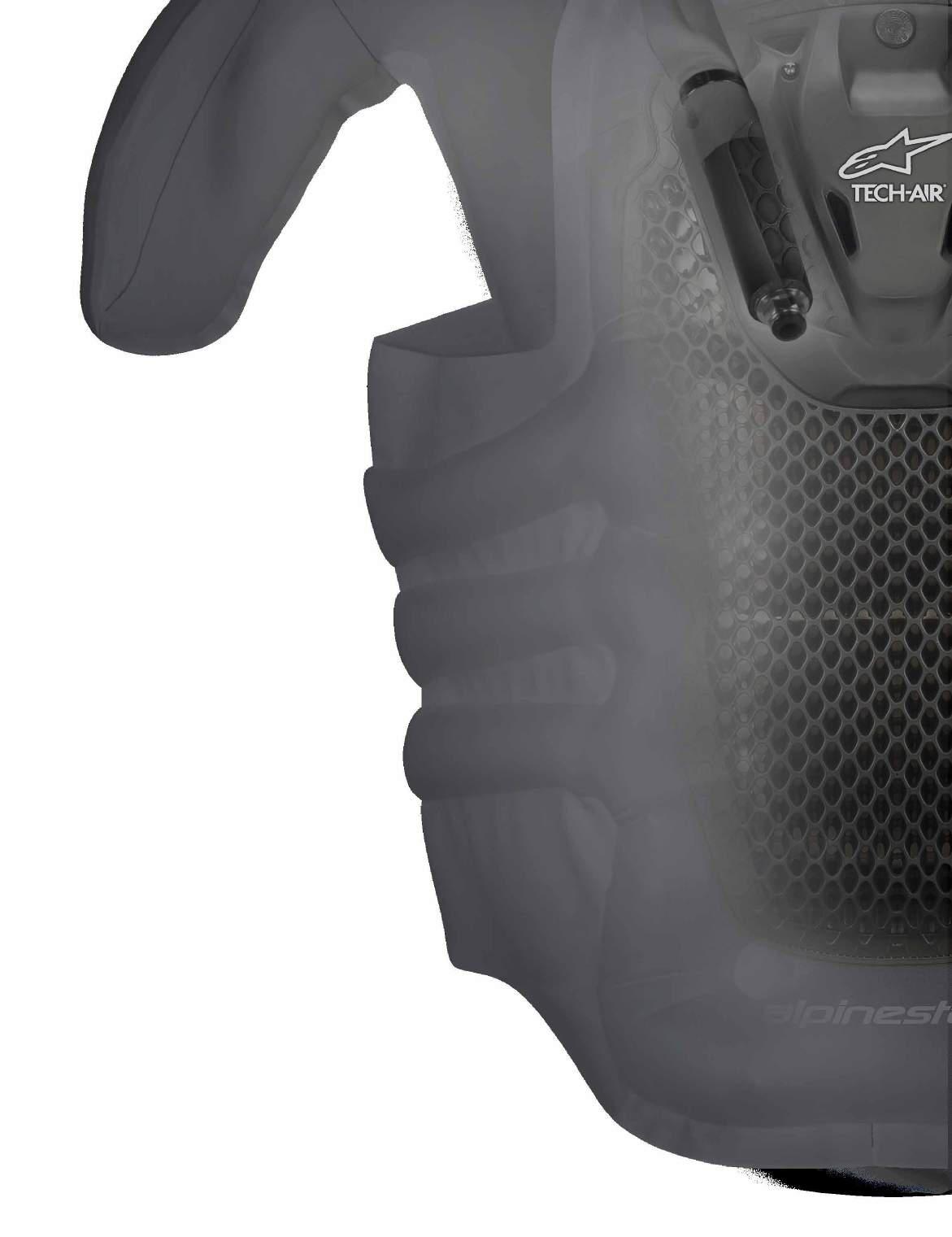


Adventure Rider Magazine is published bi-monthly by Mayne Media Group Pty Ltd
Publisher Kurt Quambusch
Editor Tom Foster tom@maynemedia.com.au
Group Sales Manager Mitch Newell mitch@maynemedia.com.au
Phone: (02) 9452 4517 Mobile: 0402 202 870
Production Arianna Lucini arianna@maynemedia.com.au
Design Danny Bourke art@maynemedia.com.au
Subscriptions (02) 8355 6841/(02) 9452 4517 arlette@maynemedia.com.au
ISSN 2201-1218
ACN 130 678 812
ABN 27 130 678 812
Postal address: PO Box 489, DEE WHY NSW 2099 Australia
Website: www.advridermag.com.au
Enquiries:
Phone: (02) 9452 4517
Int.ph: +61 2 9452 4517
Int.fax: +61 2 9452 5319

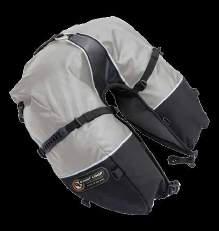
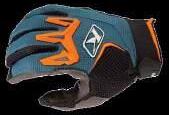
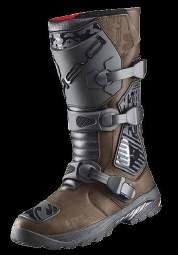
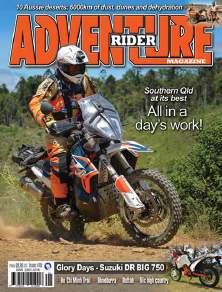
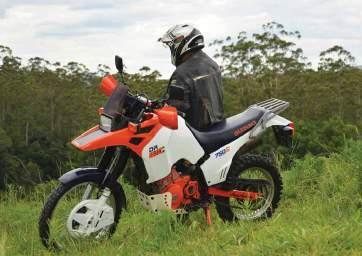
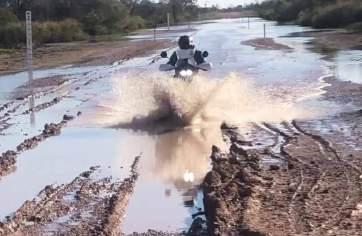
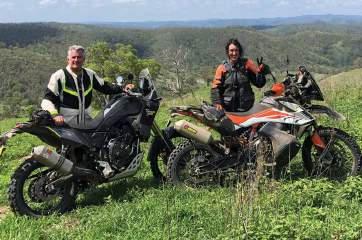
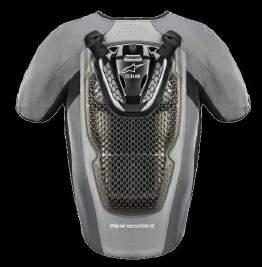
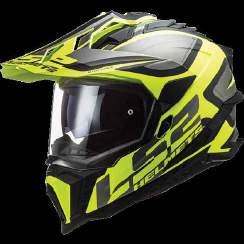
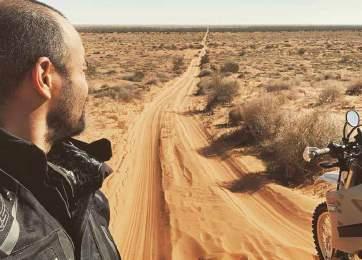
$24,750 RIDE AWAY*
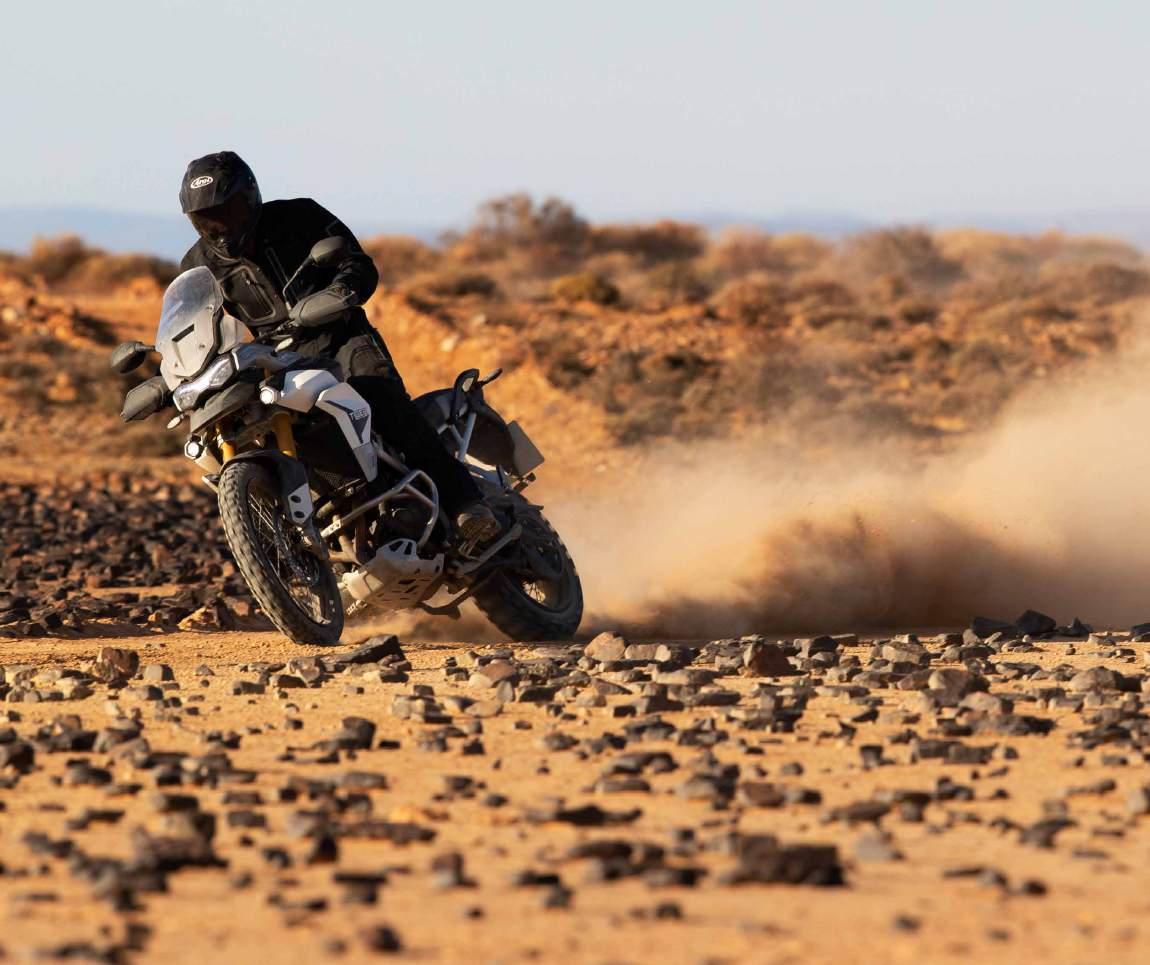
$24,150 RIDE AWAY*
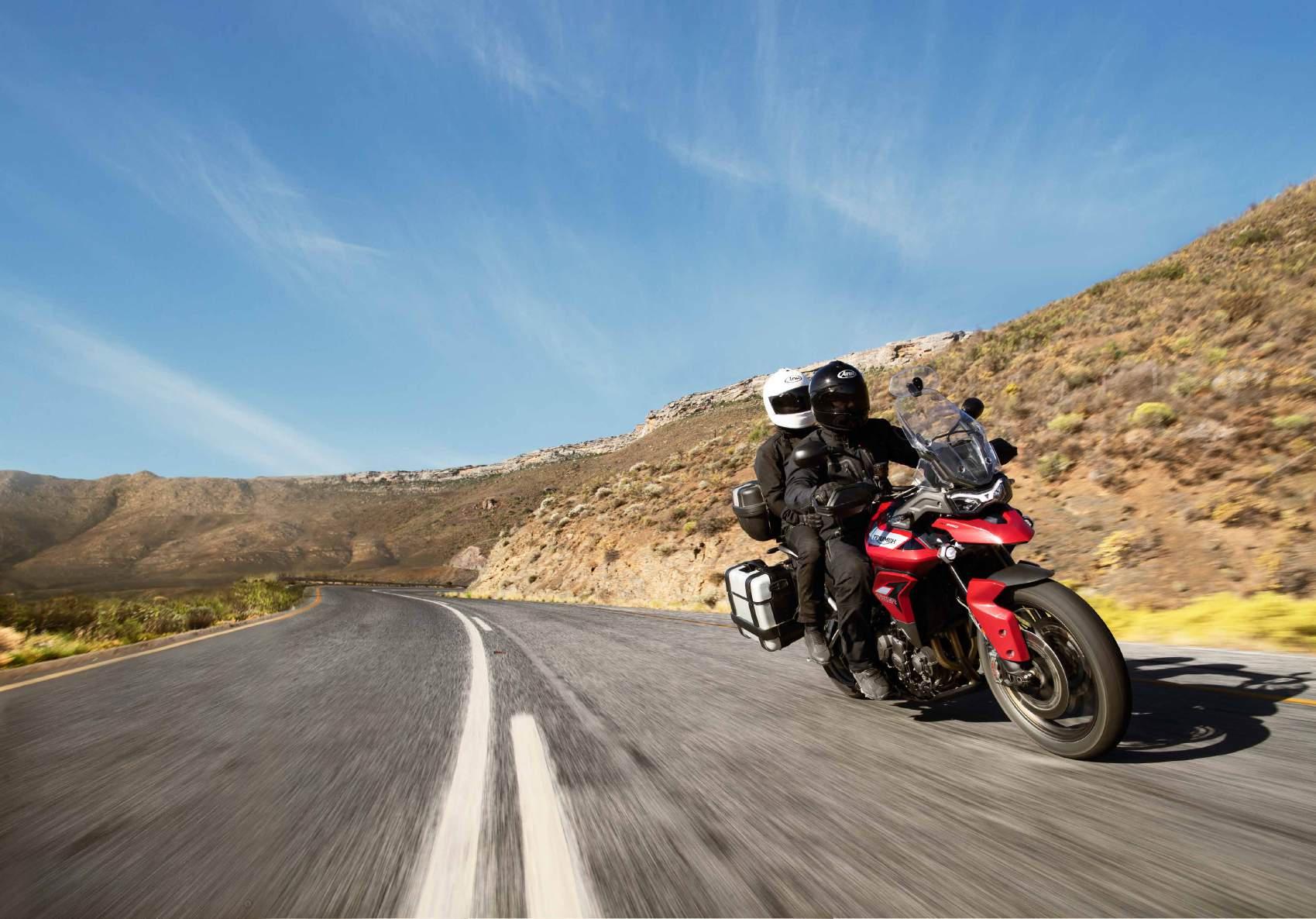
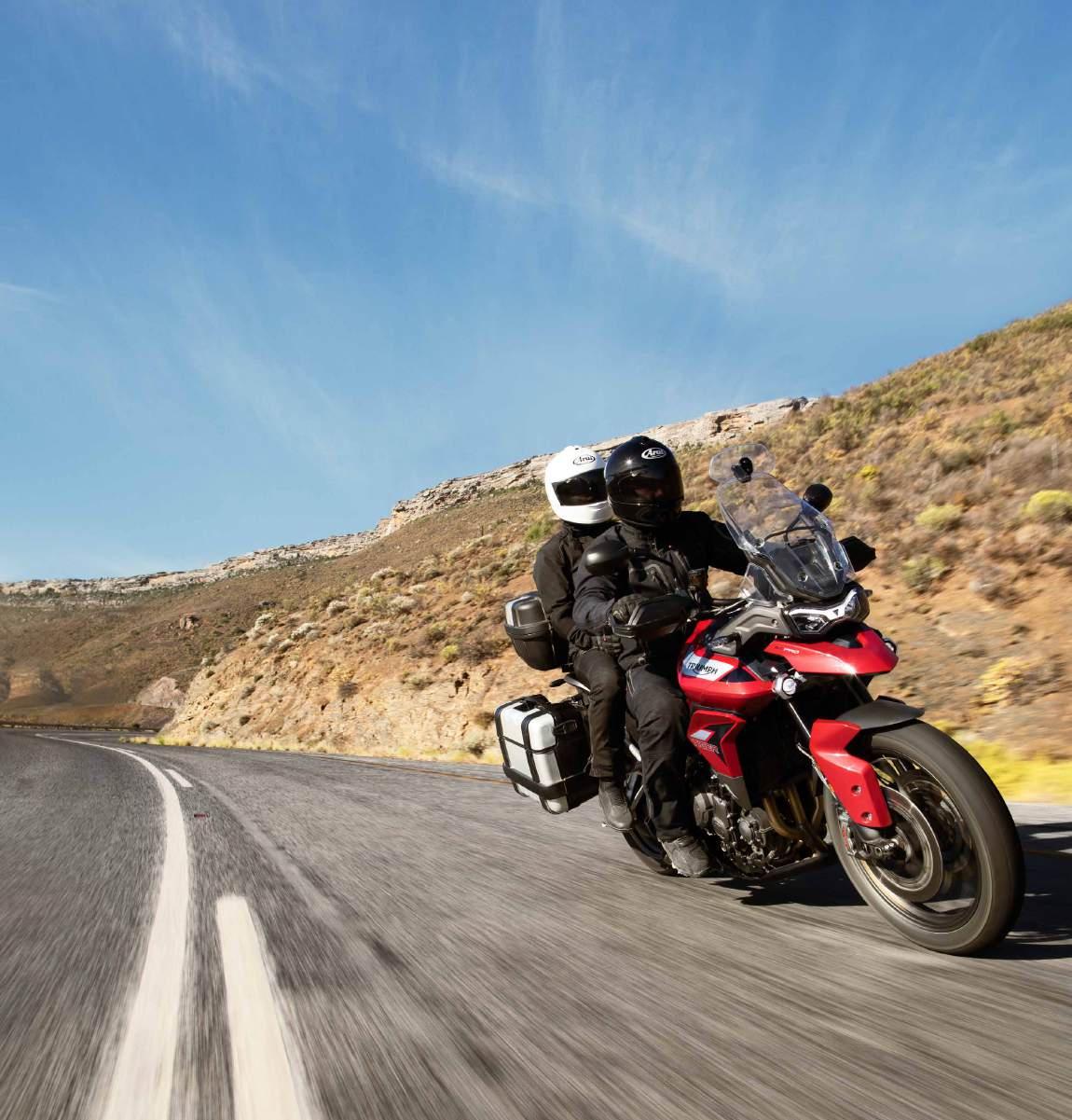
A QUANTUM LEAP FORWARD IN CAPABILITY, FOR MAXIMUM ADVENTURE IN EVERY RIDE.
TIGER 900 GT - Built specifically for road-going adventure, comfort and capability, the new Tiger 900 GT range has all the performance, rider-focused equipment and technology to approach every ride in confidence.
TIGER 900 RALLY - An exciting new Tiger range designed for maximum o -road adventure and all-day riding capability, control and comfort, courtesy of the greatest ever triple engine performance and specification.
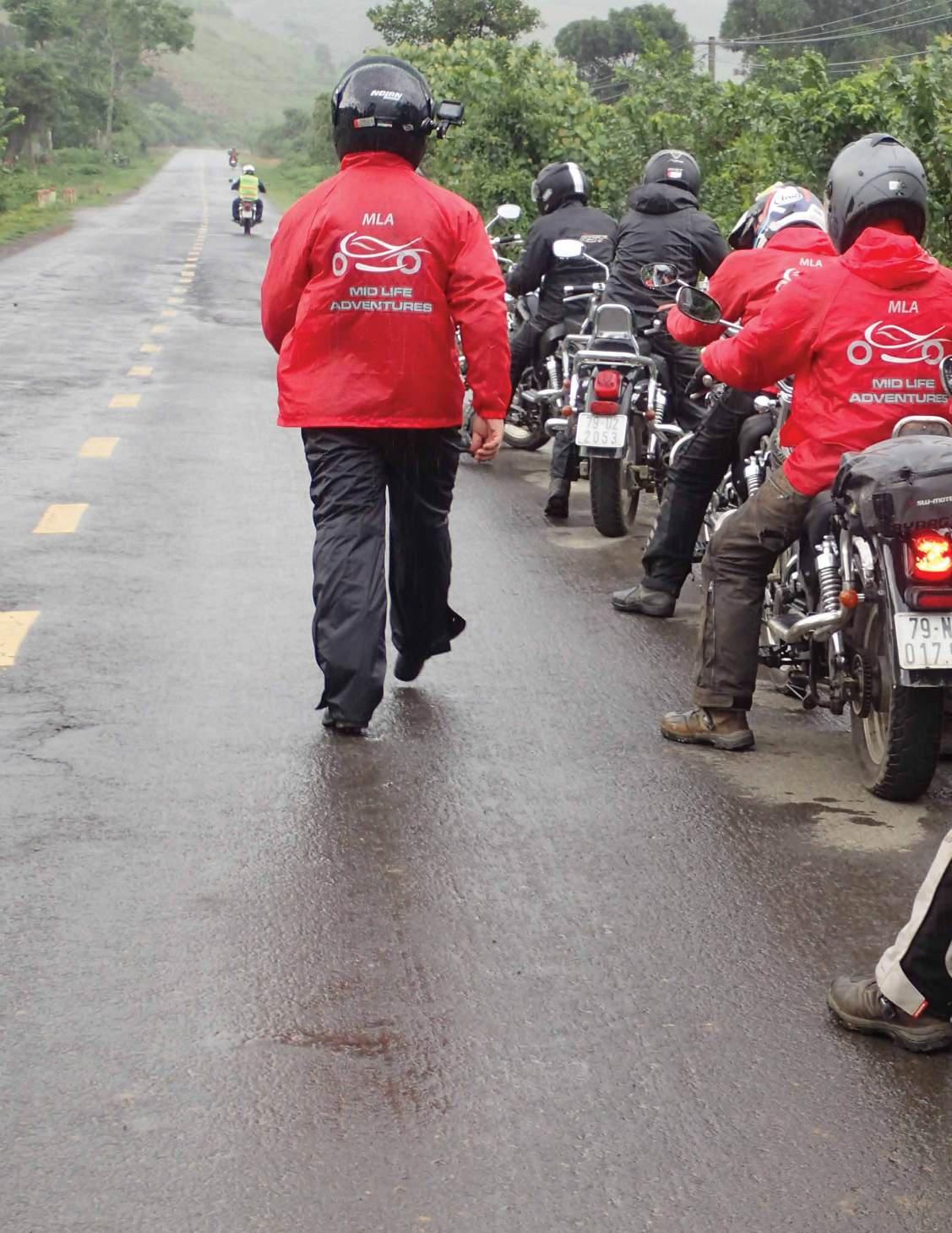
When adventure is defined as ‘an exciting or remarkable experience’, a journey through Vietnam definitely qualifies, no matter what mode of transport is chosen.
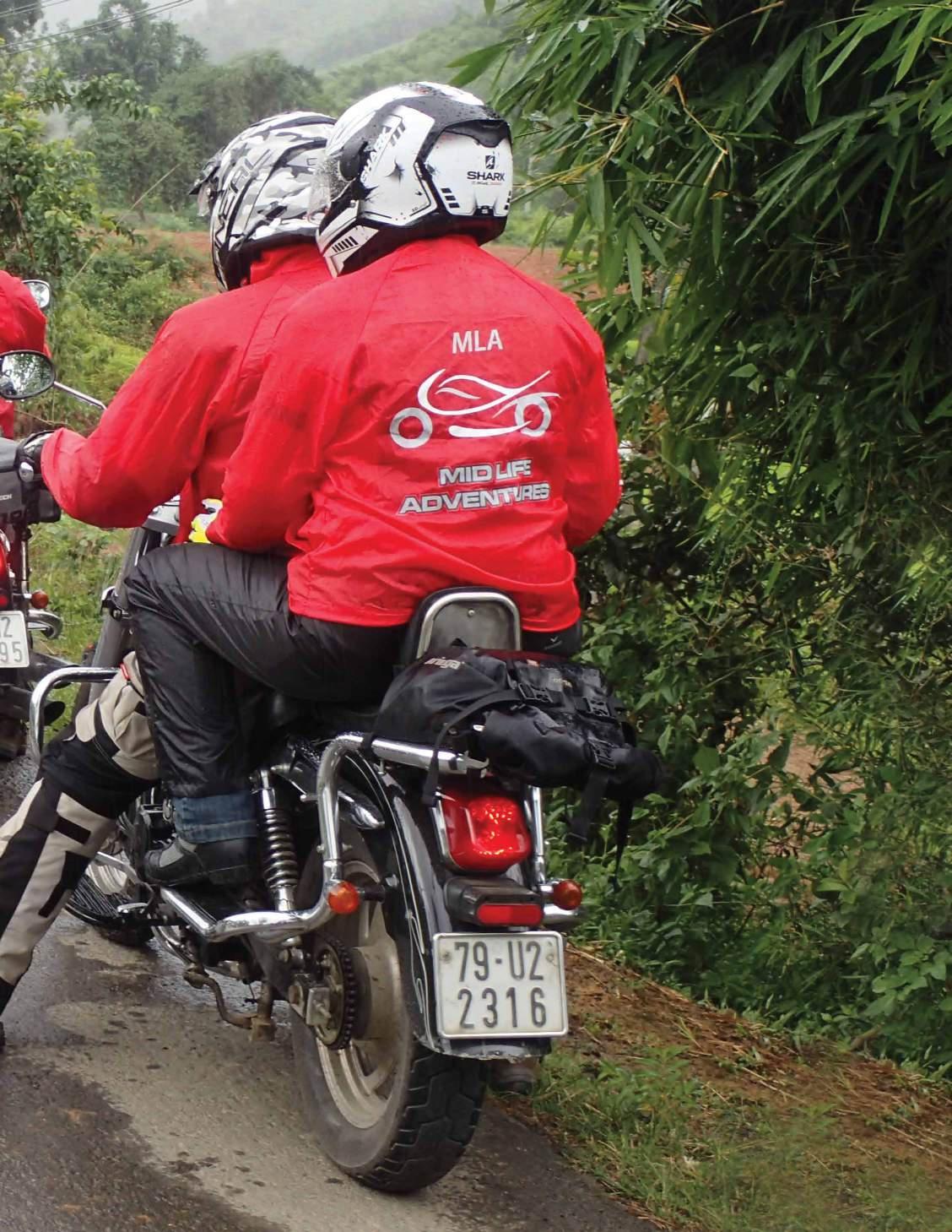
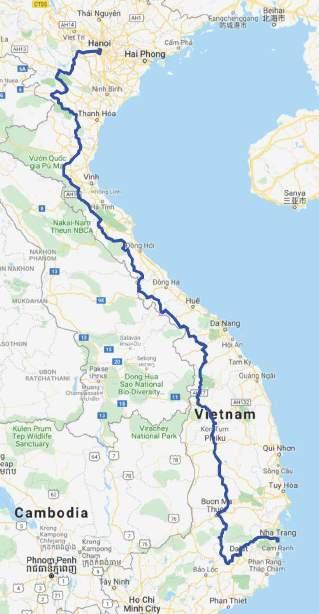
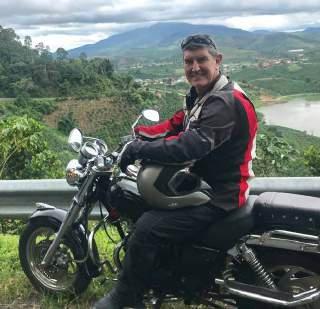
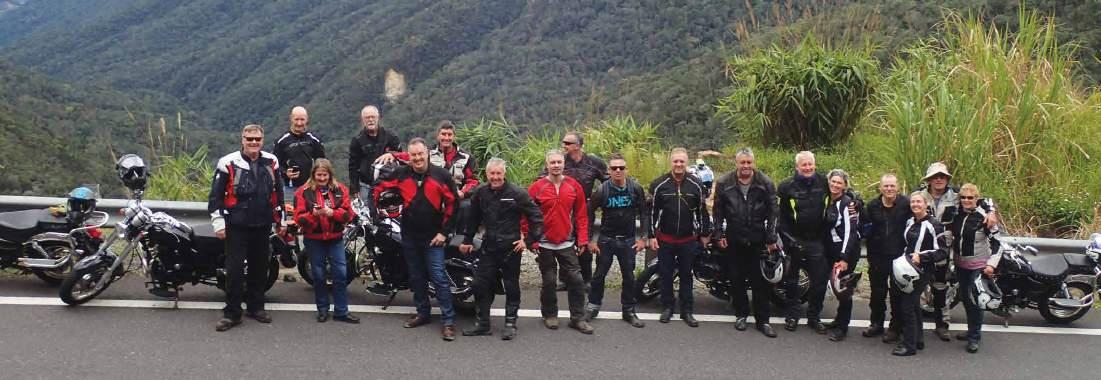
Mid Life Adventures has traditionally sought remote regions for rides, but there was something appealing about all riders being on identical little cruisers, bypassing the holiday hotspots and magnificent coastal beaches, for a 12-day adventure on the renowned Ho Chi Minh trail running along the spine of Vietnam’s border with Laos. With the planned route being virtually untouched by tourism, the adventure provided 14 riders, three pillions and two nonriders the opportunity to get to know local people and their unique culture.
So much on offer
There are so many reasons to visit Vietnam: breathtaking landscapes, history back to the Stone Age, memorabilia of past conflicts displayed as a reminder of suffering endured, the friendliness and hospitality of the Vietnamese people, the affordability, the cuisine which goes far beyond Pho noodles, spring rolls and bun cha, and the amazing coffee. They’re just a few of the reasons why we decided to travel this amazing country.
The Ho Chi Minh trail itself, an elaborate system of mountain and jungle paths, was put in to operation in 1959 but has undergone many upgrades, both during and after wartime, to be a major thoroughfare through inner Vietnam. What is not lost is the feeling when riding the sometimesremote roads through even more remote
villages that in the not-so-distant past were shrouded in suffering and misery. The damage remains in the minds and the landscape, maybe forgiven but never forgotten.
An early arrival in Ho Chi Minh City allowed time to get local licences in order and visit, among other attractions, the War Remnants Museum, which left a distressing image. The photographers’ visuals of what is known as ‘The American War’ are forever etched in our minds. With the museum focus on the American infiltration, the equally damaging and distressing French wartime occupation took second place. Those guys were brutal and bloody savages in their torture methods.
Enough of pain. It was time to enjoy the pleasures of the growth and visible development of the ‘new’ Vietnam – the wonderful architecture, the trendy cafés and bars and the welcoming people. We were on the midday flight to Nha Trang to start our tour the next day.
We were introduced to our Lifan cruisers by Jason Thatcher of Vietnam Motorbike Tours. Jason had agreed to support MLA’s unique ride from Nha Trang through to Hanoi.
One thing which couldn’t be guaranteed,
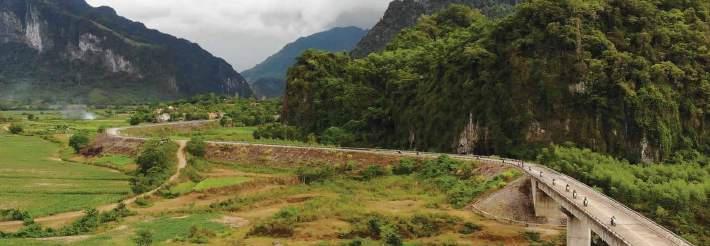
even after eight months of planning and preparation, was good weather, and the synoptic chart showed an unwanted weather pattern looming over the central highlands right up to the far north.
Wet-weather gear would be within reach!
At the outset though, it was hot and humid as we pointed the small rotarygearboxed ponies west into the mountains for the 134km ‘get to know your bike’s power’ section to Dalat. Being about 152cm, Trish was at home on the Lifan, although it didn’t have quite the grunt of her Moto Guzzi. The truck which skimmed her right side and knocked her mirror loose didn’t even faze the seasoned rider.
Pillions Lisa, Janine and Renae loved the view from the back seat, although the small stature of the Lifan caused a few teething problems for the long-legged Renae and Rod. It was nothing a stretch couldn’t fix.
After dinner that evening a recon trip landed us in a local market of no less than 100 stalls and found us with absolutely no idea how to get back to the hotel.
Google to the rescue.
A day’s ride of 200km doesn’t seem too difficult, but add to the equation 150cc motors, mountains, looming weather conditions and planned stops and our expectation was it would take approximately eight hours to reach our destination of Kon Tum.
Vietnam is famous for its coffee so the
Above: A great group. From left: Tony Esplin, Graeme Olsen, Trish Olsen, Chris Olsen, Greg Fisher, Mike Burton, Steve May, Lars Hyltoft, Steve Anderson, Dan Ballantyne, Joe Staudt, Bob Moffett, Rod Emerick, Renae Ferris, Mark Goos, Janine Raitelli, Shane Fitzgerald, Lisa Fitzgerald. Left: The visible development of the ‘new’ Vietnam.
u
FOUR DECADES OF GS
Ready for any challenge: Since 1980, the GS has stood for limitless adventure and curiosity, both on and off the road. We are celebrating the anniversary with six special editions – the new F 750 GS, F 850 GS, F 850 GS Adventure, in addition to the G 310 GS, R 1250 GS, and R 1250 GS Adventure. The 40 Years GS editions are each homage to the #SpiritofGS. They boast state-of-the-art technology, but their design is inspired by the legendary R 100 GS and reminds us of the origins of the GS.
Learn more → bmw-motorrad.com.au
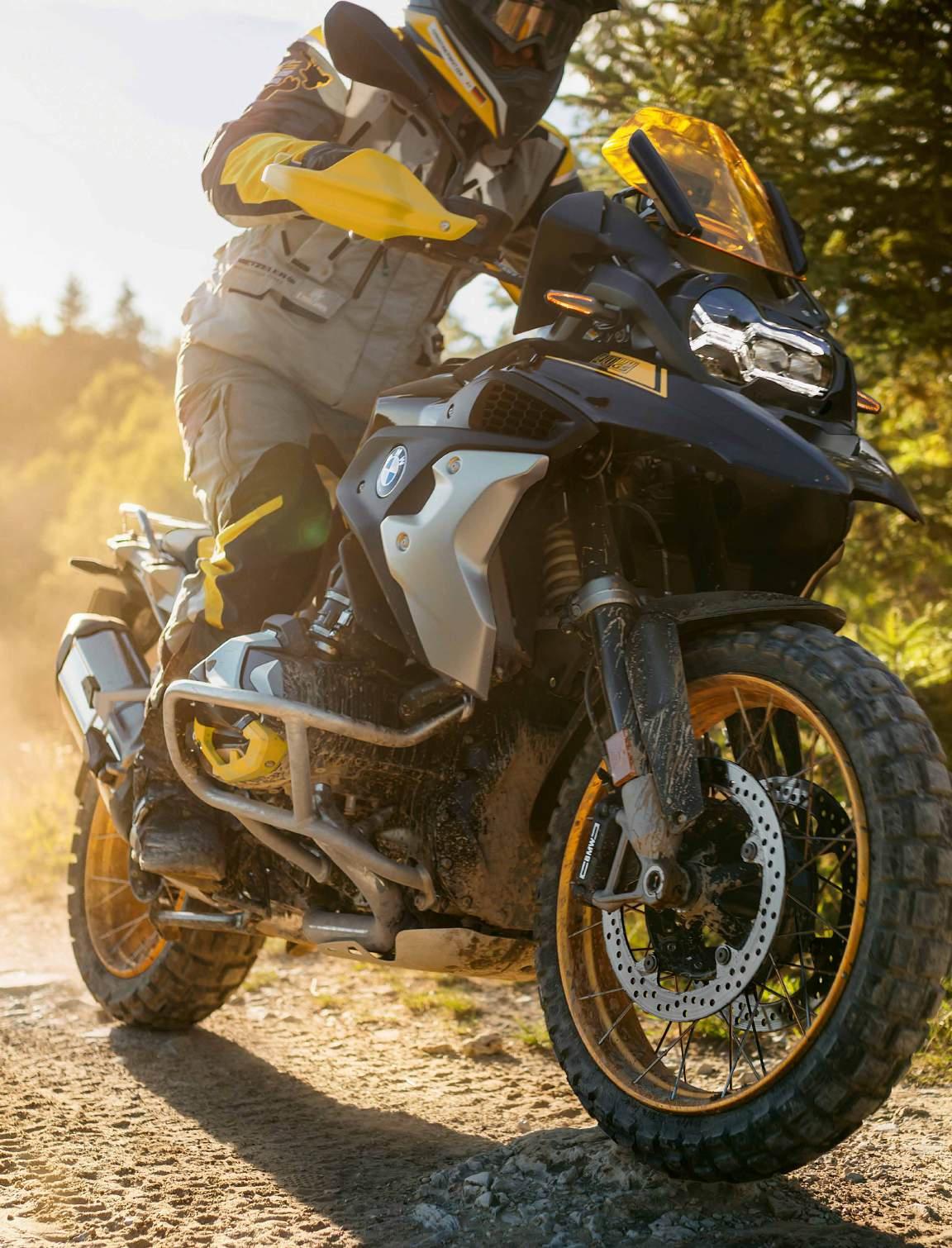
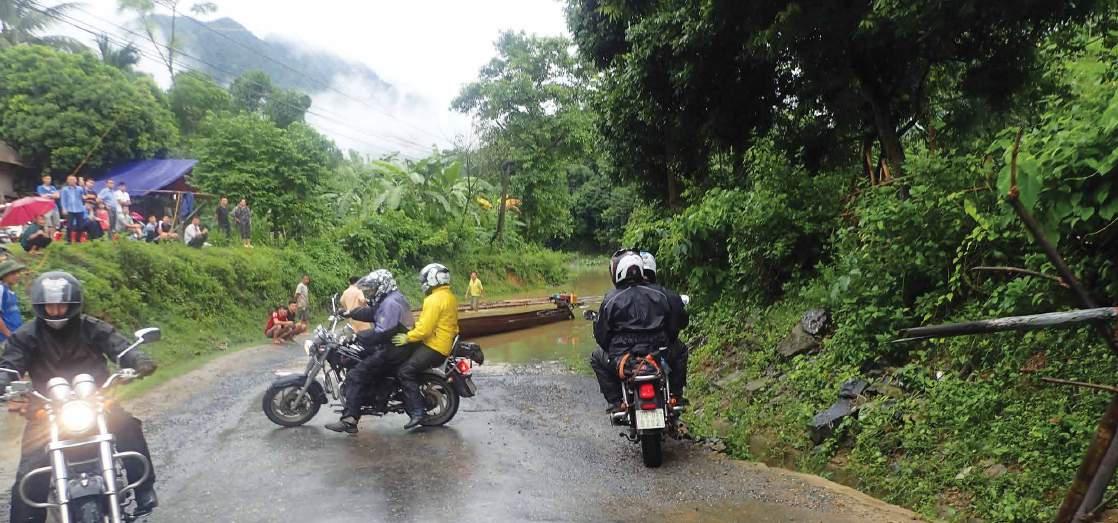
first stop was the only weasel-coffee plantation in Vietnam.
What’s weasel coffee?
In Indonesian it’s called kopi luwack
The wicked weasels – actually a type of civet – are caged, fed coffee beans, digest and excrete the bean and bingo, you have a weasel coffee bean ready to be ground and devoured.
Expensive coffee? Yes. Gourmet? It’s an acquired taste.
The next stop was the silk-weaving factory and an opportunity to follow the silk from ‘worm to garment’. They’re fascinating little creatures.
That second stop gave the isobars time to tighten and before long the MLA rain jackets were out and brightening up an otherwise dull outlook as we continued to Buon Ma Thuot to finish the day.
We were well into the central highlands
and the rain had set in as we kicked off our third day.
As we headed north in our fire-enginered MLA shower jackets we stopped at the war memorial to fallen Vietnamese postmen and were advised it would be a slow day due to the number of police stops. The first 30km took well over an hour,
“The planned route being virtually untouched by tourism.”
Above: The forecasters finally got it right. Rain, and lots of it.
Below left: A great team and, despite the weather, not one complaint.
Below right: Now there’s something you don’t see every day…a green fork!
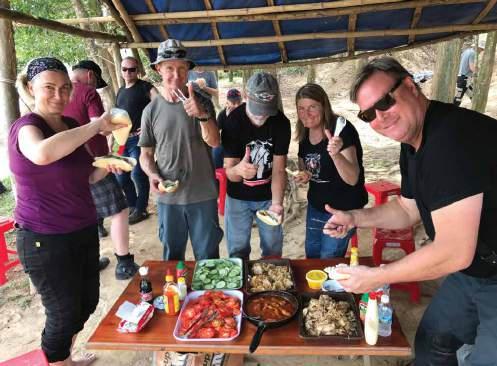
but what the heck? We were in no hurry.
The scenery was spectacular and the villages welcoming.
Our overnight stay was in lovely villas and once again our guys on the ground earned our thanks for arranging great accommodation throughout the ride.
At the start of the tour we’d declared MLA’s philanthropic intent and had collected over $1000 from the group. On the fourth morning that cash was gifted to a very humble and grateful orphanage in Kon Tum. Lisa, Shane, Rod, Renae, Mark and Janine had earlier gone on a mission to virtually buy the stock of a local toy store, and that too added to the children’s excitement. The gifts were repaid by a dance concert performed for the visitors, with Steve joining the dancing with the stars. Hopefully we’d helped just a little to heal the scars of a past life which had
u
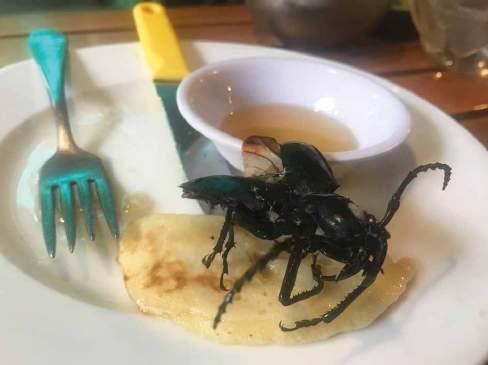
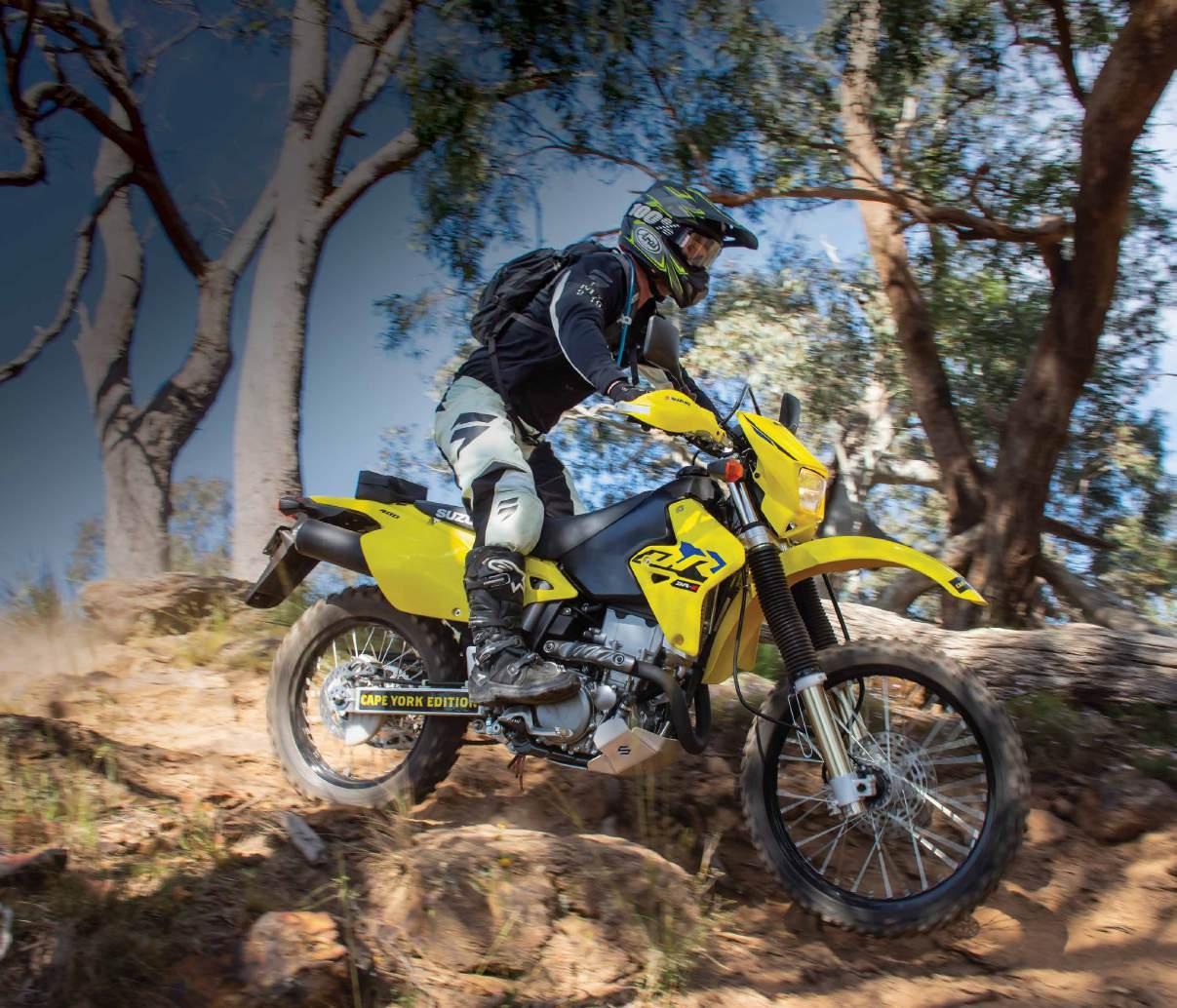
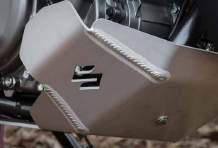
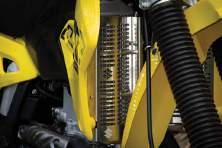
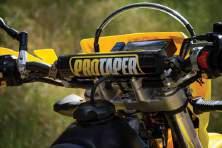
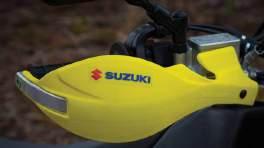
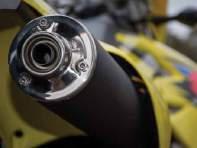
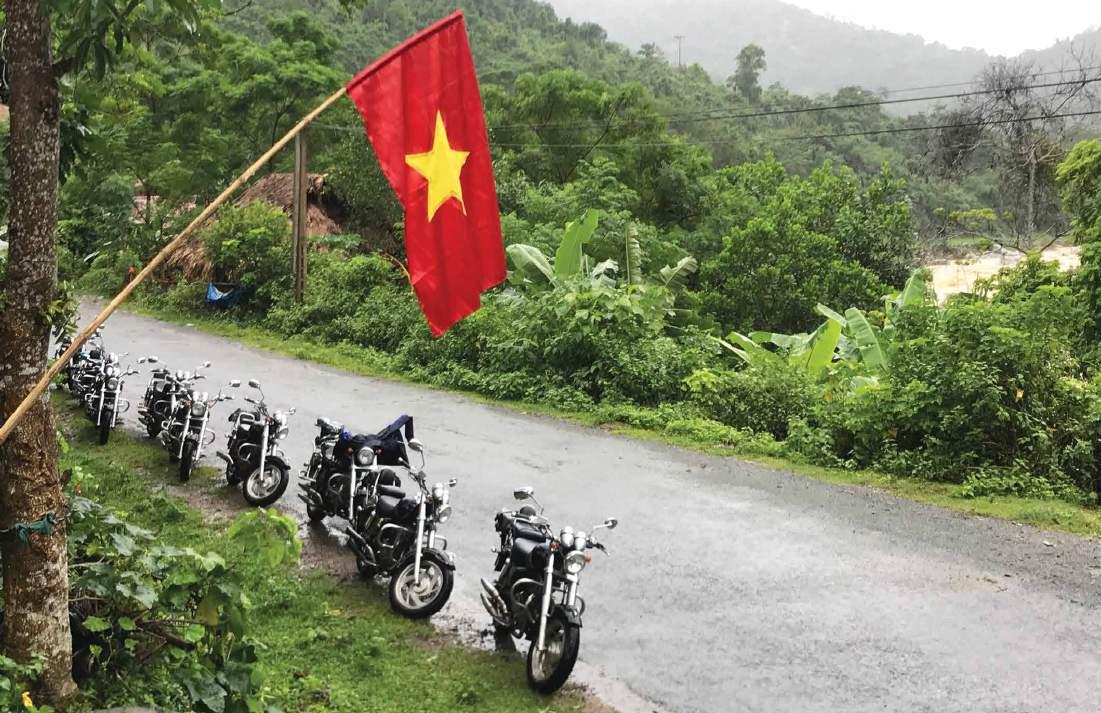
put the children in the orphanage.
Next stop was a coffee break adjacent to a village park proudly displaying the might of the Russian and Chinese tanks used by Viet Cong during the war. While not riding, Gerry was still able to crash to the ground, landing squarely on his gluteus maximus when his Havaianas gave way on the slippery stairs, bruising both his bum and his pride.
Fortunately, the rain backed off a little to allow Joe and Shane to represent the group crossing a smallish suspension bridge.
A clear sky and another serving of fantastic Vietnamese food kicked off the next morning.
There was only one stop planned for the 350km day – from Phuoc Duk to Khe Sanh – to look at the hydro plant. From there we headed north on well-formed roads through thick, dense jungle.
Humming along nicely to the drum of the Lifans’ 150cc two-port engine at an ‘adequate’ speed gave plenty of time to reflect on where we were and the significance of the area which, not too many decades ago, was crawling with troops from both sides ready and willing
to blast each other to Hell and back. The images of the war museum in Ho Chi Minh were still with us.
Most of the traffic was behind us and it wasn’t long until our group of 20 –counting the support crew – cruised into Khe Sanh.
“Loose stones were enough to send Greg ‘Fish’ Fisher to the concrete surface, narrowly missed by Mike who was close behind.”
Although we’d had a dosing of the atrocities of both the French and American conflicts in Vietnam at Ho Chi Minh City, it was essential to visit the war museum at Khe Sanh before riding north to Phong Na.
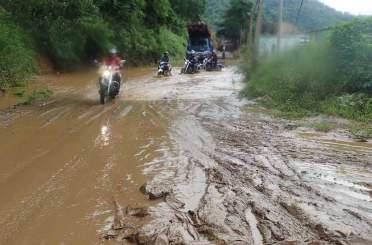
The battle of Khe Sanh began 1968 with a massive, 77-day artillery bombardment on the US garrison by North Vietnamese military. The US army was outflanked and outnumbered but continued dropping 100,000 explosives in the hills surrounding Khe Sanh and the scars were still clearly visible.
Enough of war. The landscape was scarred from bombed chemicals and ghosts remained hidden. Only the elders carried ugly memories of conflict.
The road narrowed as we left Khe Sanh, and loose stones were enough to send Greg ‘Fish’ Fisher to the concrete surface, narrowly missed by Mike who was close behind. Pride injured more than body, Greg remounted and we headed off again in monsoonal rain into the beautiful village of Phong Nha. The next day, on our midtour rest day, we’d planned to visit the cave system and national park for which Phong Nha is renowned.
u Above: The Ho Chi Minh trail itself has undergone many upgrades, both during and after wartime, to be a major thoroughfare through inner Vietnam. Insert above: Three hours to cover the 90km to the lunch stop and everyone was soaked to the bone.
Phong Nha-Ke Bang National Park is of high conservation value as one of the largest areas of intact forest habitat remaining in Vietnam.
The excellent Saigon Phong Nha
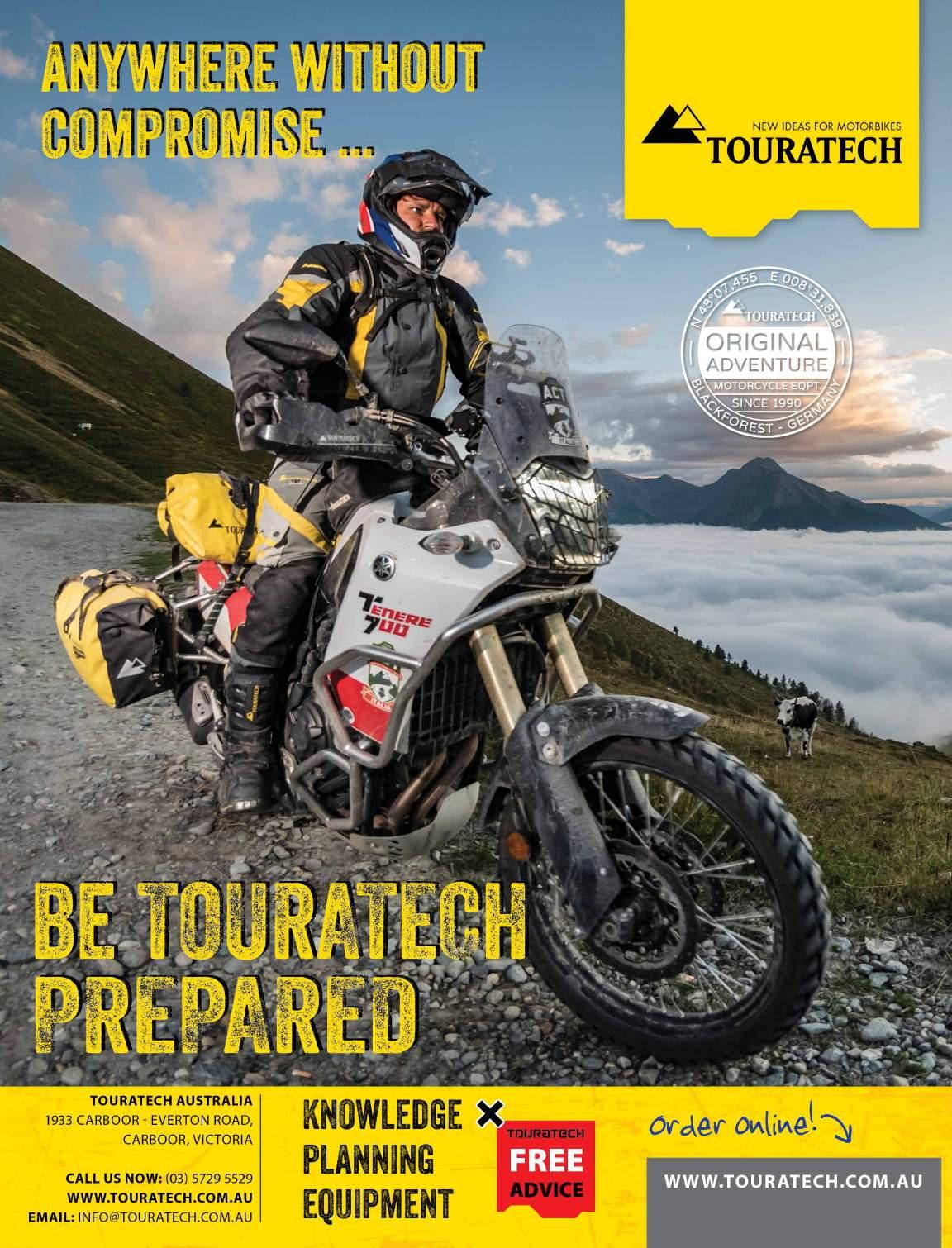
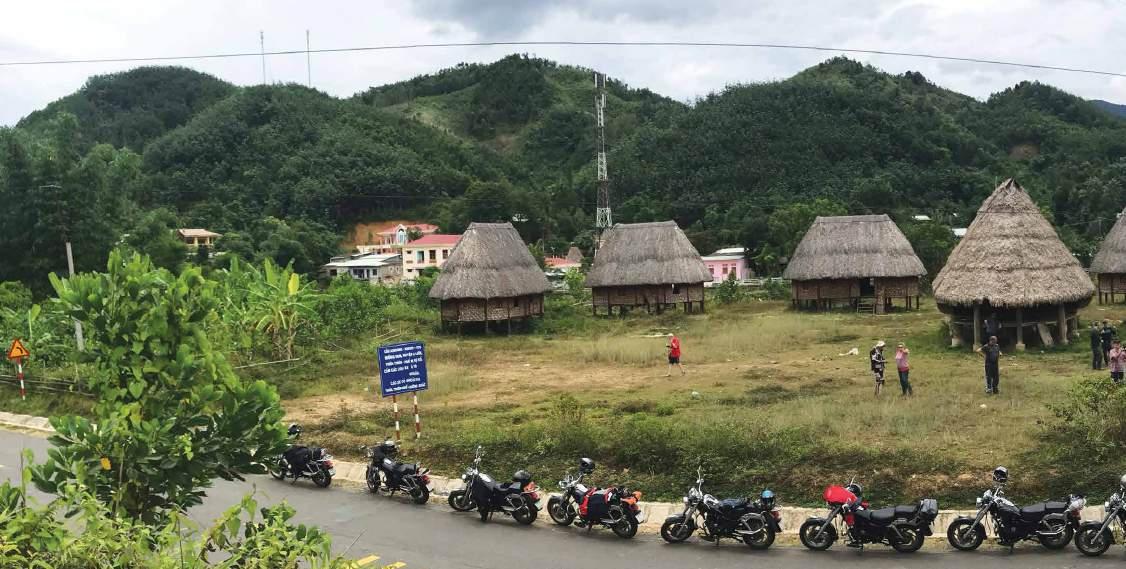
Hotel was located right on the river within walking distance of the township and had magnificent views of the surrounding mountains. The hotel and rest day allowed a clean up of soiled and mud-covered clothes, refreshing body and mind at a local spa, and a longboat tour of the caves which had been used extensively by the North Vietnamese Army to shelter soldiers and supplies during the war against South Vietnam and the Americans.
Once the caves and washing were done, it was spa time. Unfortunately, the spa masseurs had left to ‘bring the cows home’.
Multitalented farmers, eh?
Bravo!
With fantastic days already done we were no less excited about the final three.
The rain held off and allowed viewing the magnificent rocky outcrops as we crossed the bridge departing Phong Nha
to tackle the 274km to Tan Ky. At 27km it was the closest we would be to the east coast and was a simply magical ride. We pulled into a tea plantation for another feast of well-prepared Vietnamese tucker and barge ride across the lake.
Humidity was around 98 per cent, the roads were straight and the bums were sore as we pulled into the Km0 Hotel in time to have a stroll down the main street to visit the local market. We were cheerfully greeted by all the shopkeepers who see very few westerners.
Over dinner, Shane was awarded the Weasel Award for a dangerous passing manoeuvre and, knowing he was a sure nomination, he’d prepared an amazing acceptance speech which earned a standing ovation.
It wasn’t far to Hanoi at this stage of the ride, and on the ninth day, for the leg from
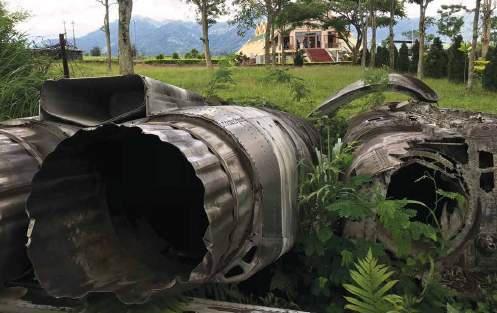
Tan Ky to Quan Son, the forecasters finally got it right. They predicted 300mm of heavy rain, flooding and landslides, and from the moment we left the hotel we faced headwinds and walls of water. It took three hours to cover the 90km stretch to our lunch stop and another three hours to reach the hotel. Everyone was soaked to the bone and glad to peel off the plastics, get into dry clothes and grab a mandatory beer.
The hotel was perched on the side of what was normally a meandering stream
Above: The tiny 150cc Lifan cruisers were kept mobile with constant attention.
Below left: Reminders of the country’s troubled past were everywhere.
Below right: A village park proudly displayed the might of the Russian and Chinese tanks used by Viet Cong during the war.
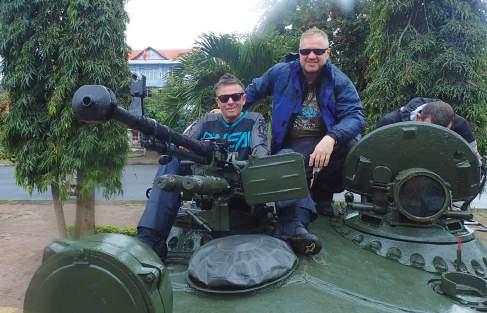
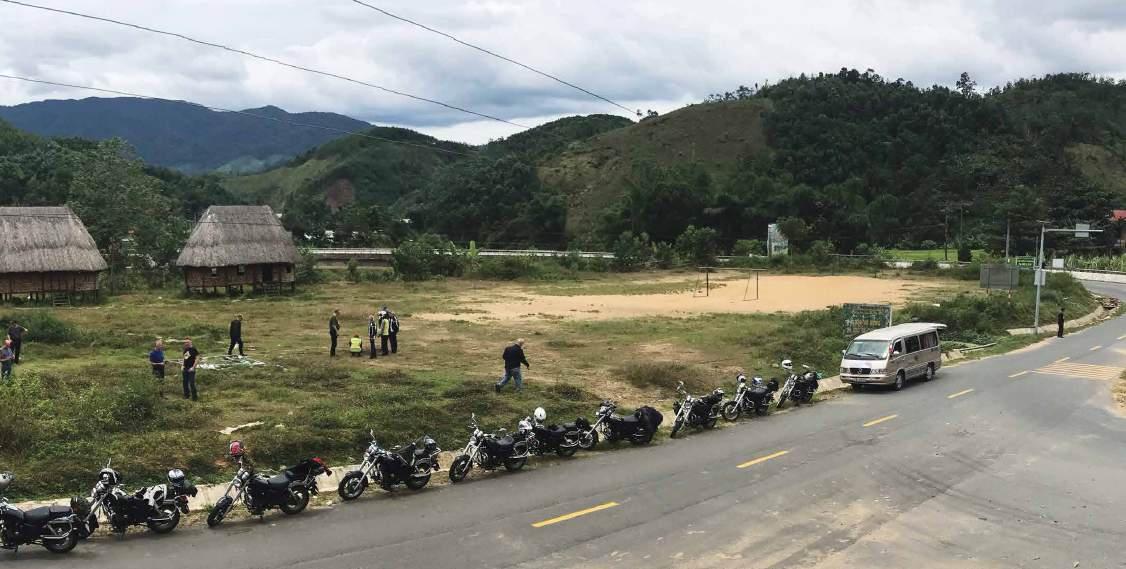
but, by the time we arrived, had become a surge of slush and mud washing downstream from the typhoon of the previous two days. Little did the wet matter, especially over and after dinner. If there was any negative feedback from the ride, it was certainly drowned that evening with the assistance of copious amounts of ‘flavoured water’ – which some took a liking to more than others. It’s amazing how inhibitions disappear and a table can become the stage for a karaoke performance.
The final lap was when things often went terribly badly, and that was the case for the villagers upstream of Quan Son, 20 of whom drowned as their homes merged with the murky landslides into the river. There was no water at the hotel, so no showers or toilets. Thank goodness for the emergency Wet Ones.
All was going well as we headed downriver ourselves, until we entered
a small village completely blocked off in every direction by rising floodwaters. We grabbed our maps and the GPS and before too long were headed down a small twin track leading to a narrow bridge and back onto the tarmac. We were headed not over the Hai Van Pass to the west of Hanoi, but rather on a twisty narrow mountain road taking a more direct route to base. This diversion was a real shame as, had the skies been clear, the Hai Van Pass is possibly the most scenic road in Vietnam.
Riding through Hanoi’s madness was a lesson in how fish swim in schools so gracefully. Look ahead and don’t look at the fish behind and you won’t get slammed up the tail.
Hanoi had also copped a drowning, but the little cruisers had no problem wading through the flooded intersections to pull up five kilometres from the CBD. We boarded a bus to the Silk Queen Hotel which was perfectly located in the Old Quarter.
Mid Life Adventures offers likeminded ‘explorers’ who are not into racing point-to-point the opportunity to tick items off their own bucket lists. The goal is to provide unique life, culture, gastronomic and ride experiences, and it’s about the journey, not the destination.
MLA is not a commercial tour operator, it’s a facilitator of custom adventures supported by offshore affiliates who supply accommodation, machinery, nourishment and support to give unique experiences at an affordable price. See more at midlifeadventures.com.au and on Facebook.
Our adventure finished as we climbed off the bikes at the bus depot and, as always, it was a sad event. We’d travelled 2100km from Nha Trang to Hanoi through the most remote and mountainous landscape of Vietnam following the well-documented, historical Ho Chi Minh Trail. We’d done it on tiny 150cc Lifan cruisers which kept us mobile with constant great attention by VMT crew, and we’d endured 90-per-cent humidity, searing heat and teeming rain from the tail end of a cyclone.
But the elements mattered not. We’d endured it as a team and not one complaint was noted.
The takeaways from the ride were many. For some it was a better understanding of Vietnamese culture and history. For others it was to enjoy the magnificent landscape the Vietnamese highlands offered, and for some it was simply that they wanted to go on a ride with their mates.

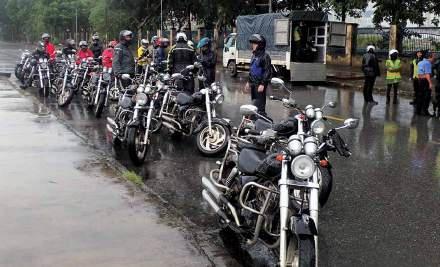
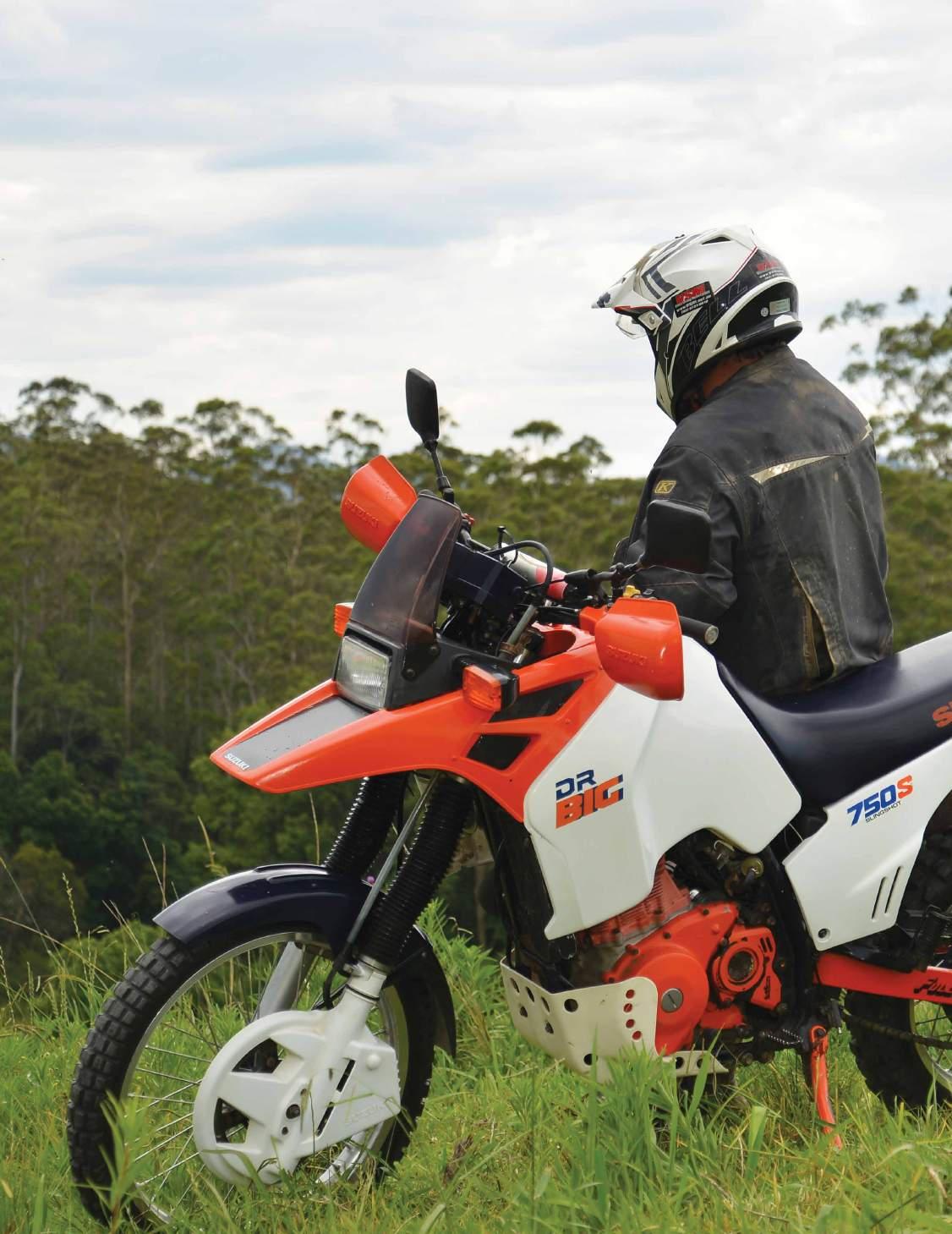
Agreeing to the price was the easy bit.
Left: In the late 1980s Suzuki parlayed its rally success into a road-ready rally look-alike called the DR Big. It’s a DR enthusiast’s holy grail.
Right: A stonking 50hp and just under 60Nm of torque from a bike that claimed a dry weight of 175kg.
Below right: Despite its popularity, the DR Big 750 had only a two-year model run before Suzuki upped the capacity.
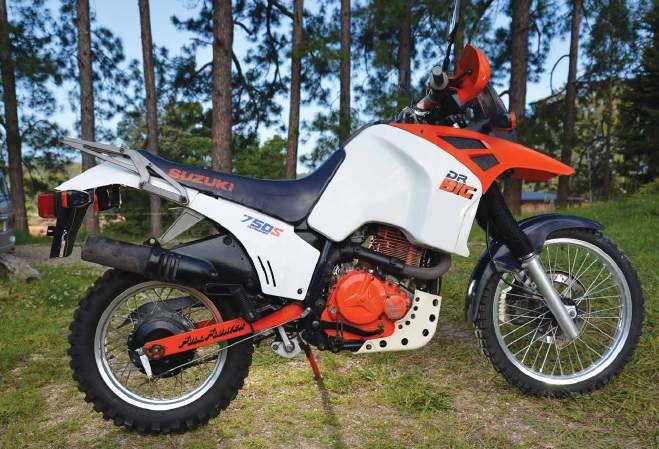
Although it’s not talked about much, Suzuki had a good run in rallies, including the Paris-Dakar, in the 1980s. A French rider, Gaston Rahier, had a fair bit to do with Suzuki’s success, but the bike Suzuki put under Rahier was a good one.
In the late 1980s Suzuki parlayed its rally success into a road-ready version called the DR Big.
It was aptly named. At the time the 727cc DR Big 750 boasted the world’s largest single-cylinder production-bike engine. That meant a stonking 50hp and just under 60Nm of torque from a bike that claimed a dry weight of 175kg.
The numbers were great from a marketing perspective and Suzuki made the most of them. A 29-litre twin-cell fuel tank was considered monstrous and a seat height of 876mm titanic.
The bikes raced out of dealerships around the world.
There must’ve been pressure on Suzuki to get even bigger, and in 1990 the company released a 779cc DR Big 800, and the 750 was no more.
So the bike you see here had only a two-year model run, and despite its popularity at the time of release, there aren’t a great many still roosting around three decades later.
Marty ‘Hard Core’ Blake found one in really good shape and was left fair drooling. That was odd because he didn’t
know he wanted a DR Big until a strange alignment of the stars.
Readers should note that, in addition to being responsible for the Dualsport Australia discs and a rabid DR650 fan, Marty Blake is also a motorcycle-magazine collector whose dedication approaches fanaticism. His shed is stacked high with every Australian motorcycle magazine stretching way back to well before the editor of this title typed out his first words (literally on a typewriter), and his collection of international motorcycle magazines is probably just as thorough. More than that, Marty actually reads the old magazines at every chance he gets.
“I’d always wanted a vintage club bike,” said the Coffs Harbour rider, “and I thought I wanted a two-stroke. But I grabbed an old magazine from half-
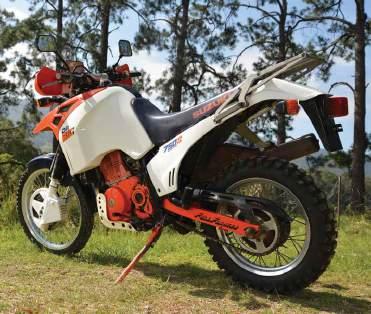
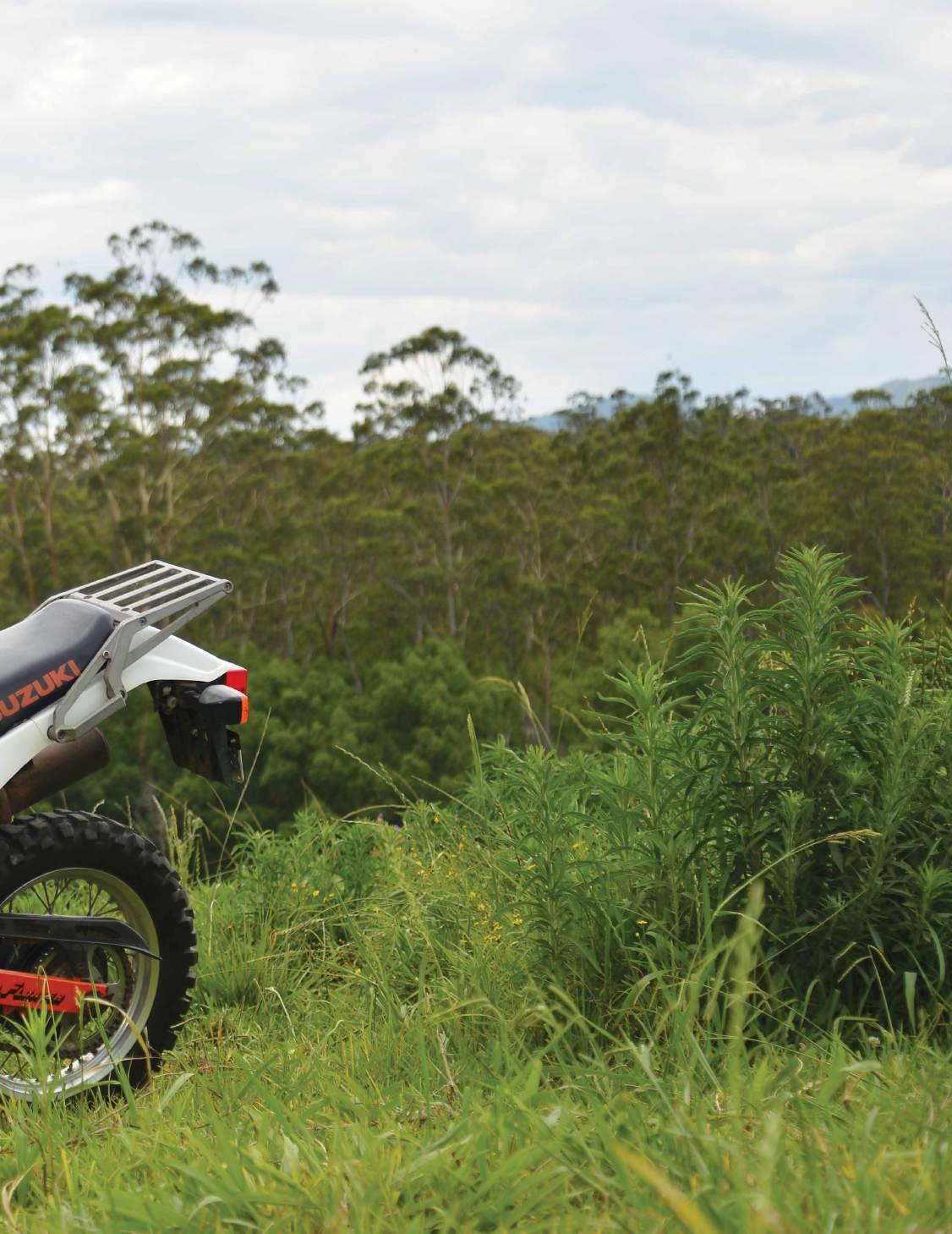
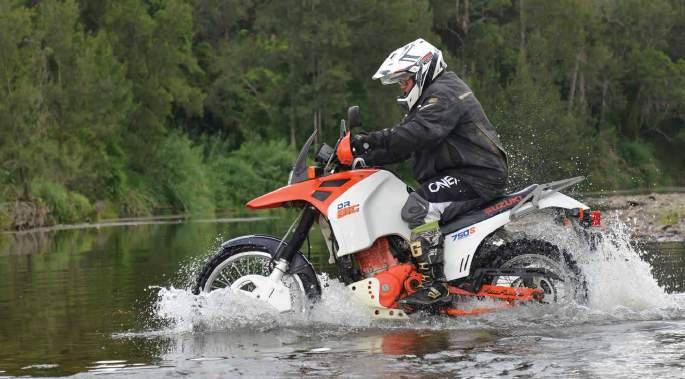
way down the pile and there was this orange-and-white DR Big with an orange motor. It was just…oh, so pretty! I fell in love with it and instantly thought, ‘That’s what I want.’”
Once Marty makes his mind up to do something he’s a hard man to stop, and in what he was quite happy to interpret as some kind of divine intervention, a good-looking example appeared on Gumtree a few days later.
“I thought it’d be gone,” said Marty, full of wonder, “but I phoned six times, eventually got through, and the bike was still available. I offered to pay the price he asked if he’d meet me at the Queensland/NSW border for the handover, so I thought the thing was bought.
“But then he said, ‘No. Tell me about you.’”
“I had to go on about how I’d had four DR650s, and I even had a twostroke Suzuki four-wheel drive. He loved two-stroke Suzukis, so I thought, ‘That’s it. I’ve bought it!’ But then he said, ‘I’ll ring you back in about three hours. I want to think about it. I won’t sell it to anyone else.’”
After an anxious wait the phone rang as promised and the deal was done. Marty was judged a suitable owner.
“I was a teenager in love,” he swooned. “My heart was racing. I was just so excited.”

When Adventure Rider Magazine’s editor showed up to photograph the bike it was under a padded cover in a special, reserved place in the garage. There can’t have been more than a litre or two of Bike Shine and Armor
All coating every surface, and the only difficulty with the photography was trying to shoo Marty and his polish cloth out of the way while the shutter was dropped.
He’s pretty happy with this bike, there’s no doubt about that.
So what’s his intention for the DR Big now he finally has it?
“I’ve got a DR650,” he said, with a wistful wave of the microfibre over the dual fuel caps. “This one’s going to do easy dirt roads. Maybe I’ll do a few adventure runs with my boy – he can ride my DR – and I’ll get club rego so I can do club runs.
“I’m not going to go hard-core.”
The long-term plan?
“Just keep spending money on it, bit by bit, when my wife’s not looking,” he grinned.

Above: Nothing too hard core for this bike.
1: Sigh. So easy to use and read.
2: Even with electric start, the big single runs a manual decompressor.
3: Dual fuel caps for the 29-litre, twin-cell tank.
4: Arguably the first beak in the adventureriding world.
5: The only difficulty with the photography was trying to shoo Marty and his polish cloth out of the way.
Do you have a bike like Marty’s DR Big? A bike with a story, a bike you’ve had for years, or perhaps the bike of your dreams? Adventure Rider Magazine would love to share your passion for that bike with other Australian adventure riders. E-mail tom@maynemedia.com.au and tell us about your bike and its glory days.
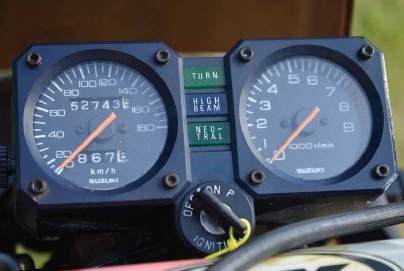
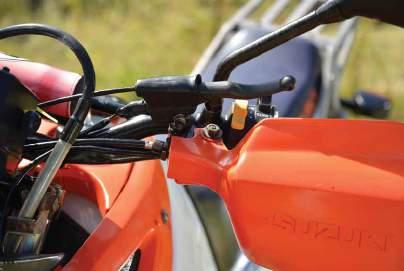
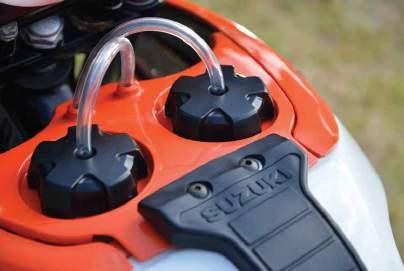
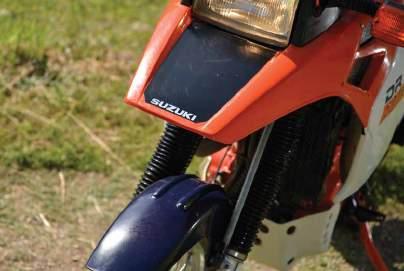
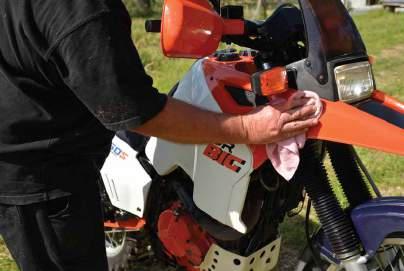
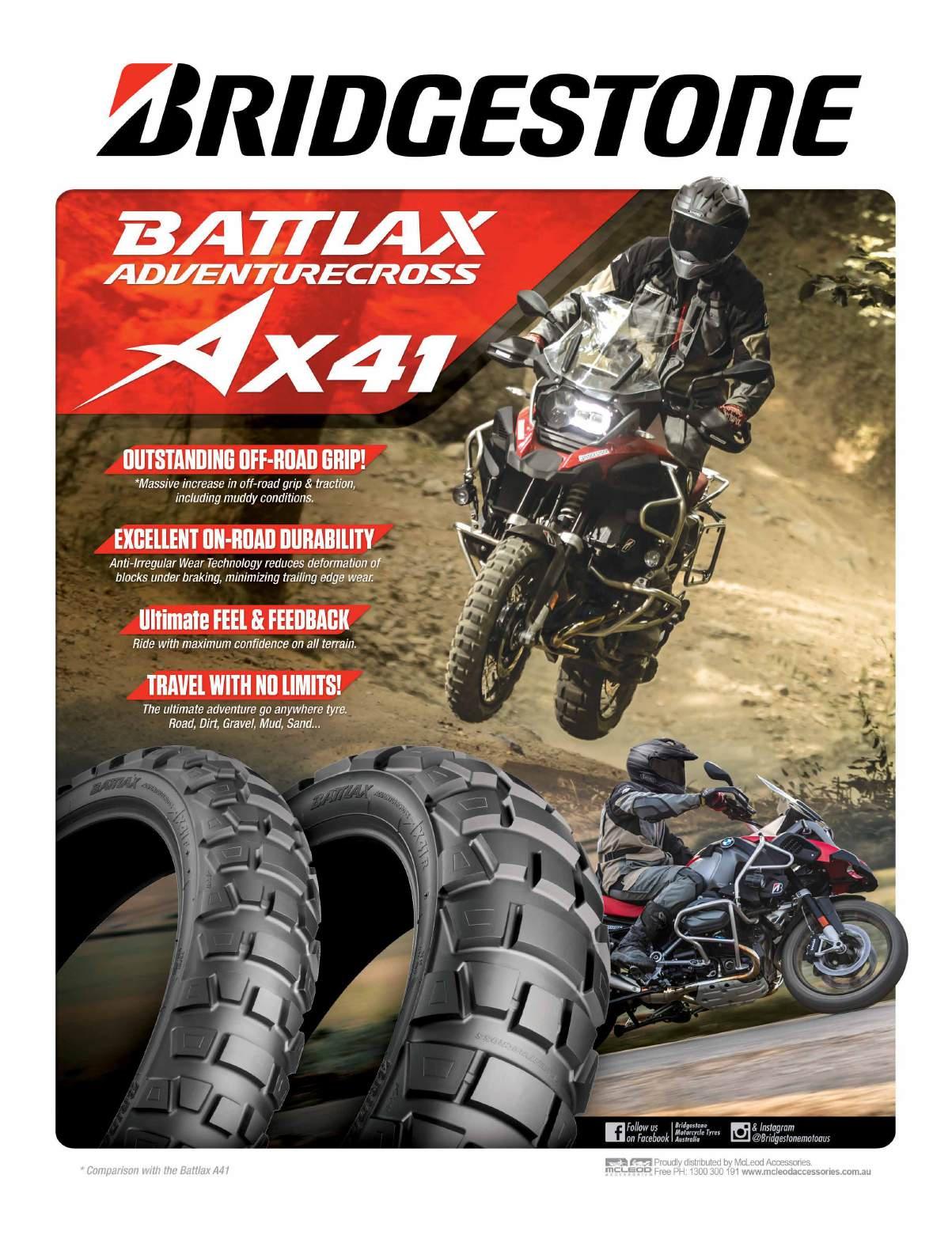
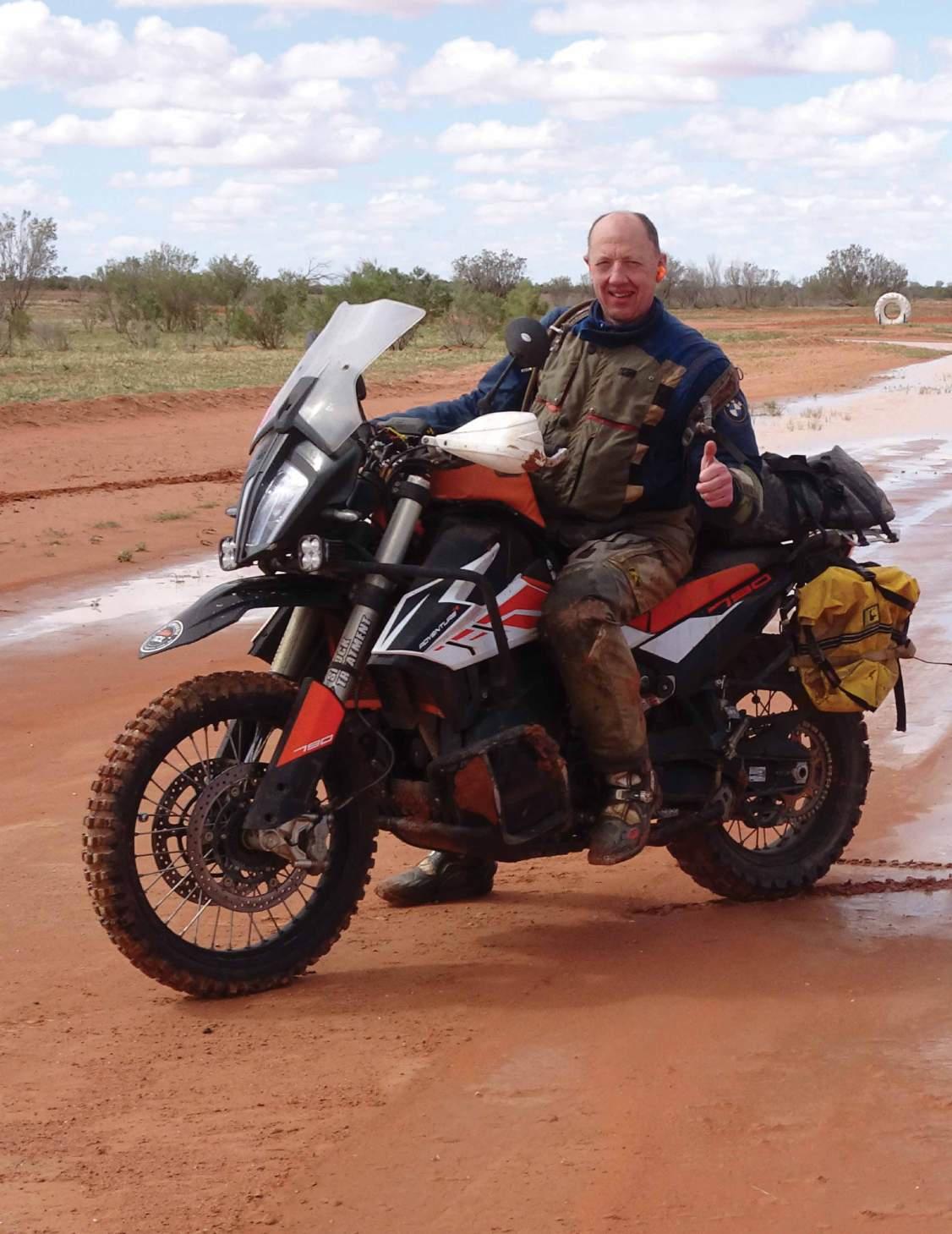
A rotation of shifts had Hopper’s wife at home more than usual and the normally high level of marital bliss was under pressure. Permission was granted for a few days riding to destress.
Words; Hopper. Images: Hopper and Gary ‘Eyebrows’ Grey
Newcastle shrunk in the rearview mirrors as the luggage-laden 790R left the city behind. It was 7.00am, 12 degrees, and a cold wind blew as I headed west.
I normally did this trip on a long weekend, but on this occasion, being a normal working day, I didn’t have the worry of double demerits and traffic was a lot heavier than I was used to. It stayed that way until I turned onto the Golden Highway just before Singleton.
The 380km to Dubbo was normally easily within the range of the standard 20-litre tank, but on this day, riding into a headwind, I was surprised at the increase in fuel consumption and needed a top up at Dunedoo.
The customary stop at Dubbo’s PK Bakery for coffee and a pie rose to new heights as I walked through the door the lady already had a fresh cream turnover on a plate for me.
The temperature had soared to 10 degrees as I left Dubbo and cruised on to Warren for more fuel before finally hitting the dirt.
The council had taken advantage of recent rain to do repairs and maintenance, and with most people
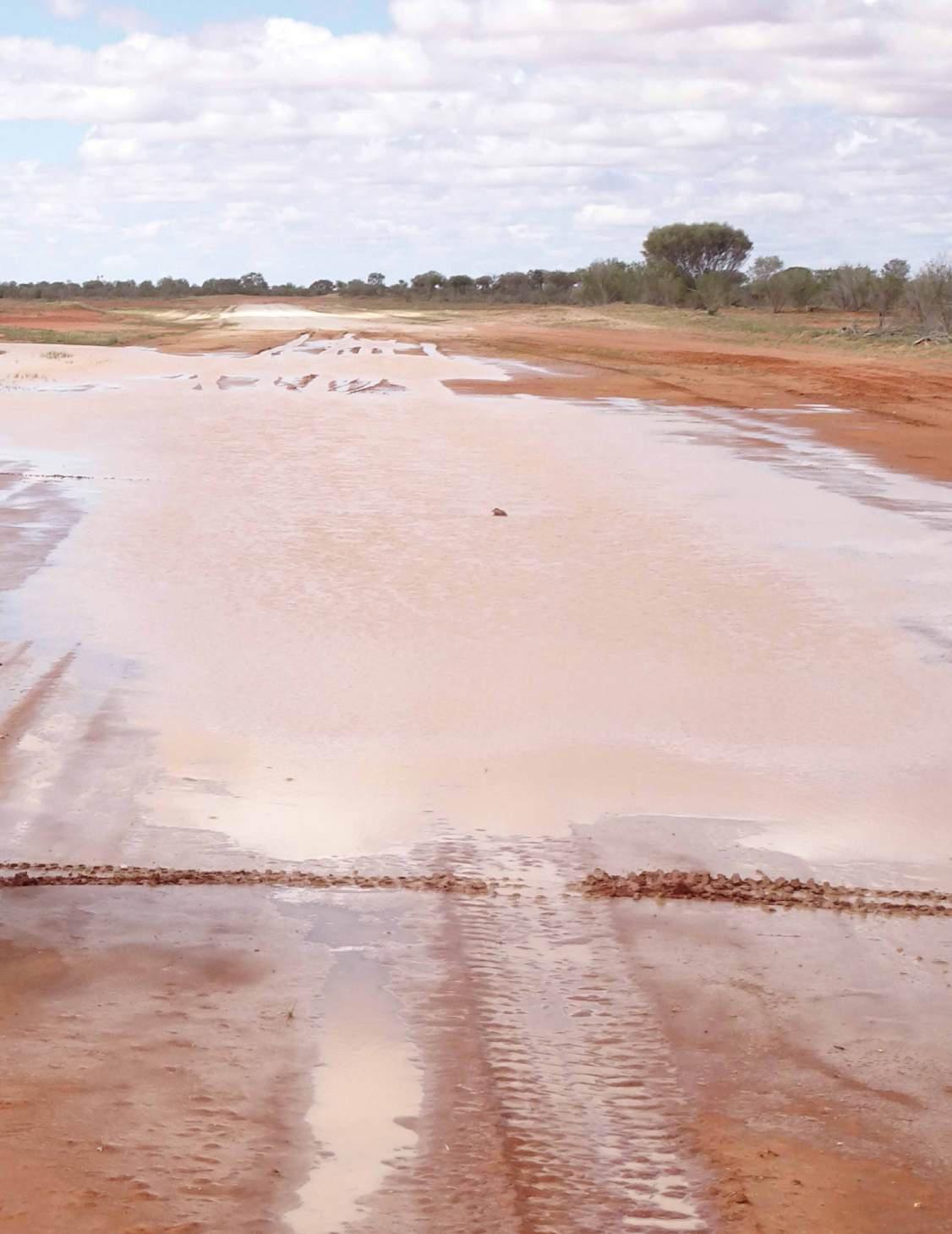
in lockdown for the previous few months tracks hadn’t been used much. There was plenty of water around, but the dirt roads were in excellent condition. Some mud
u
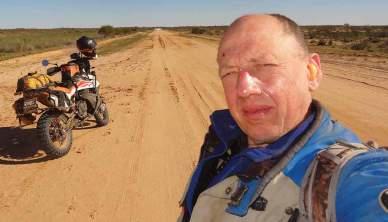
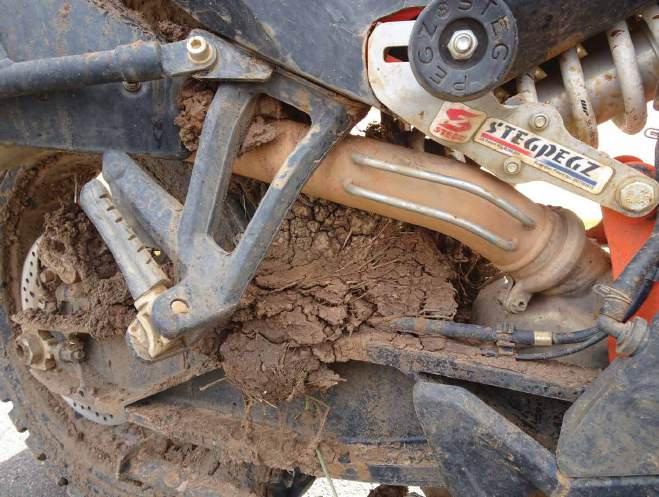
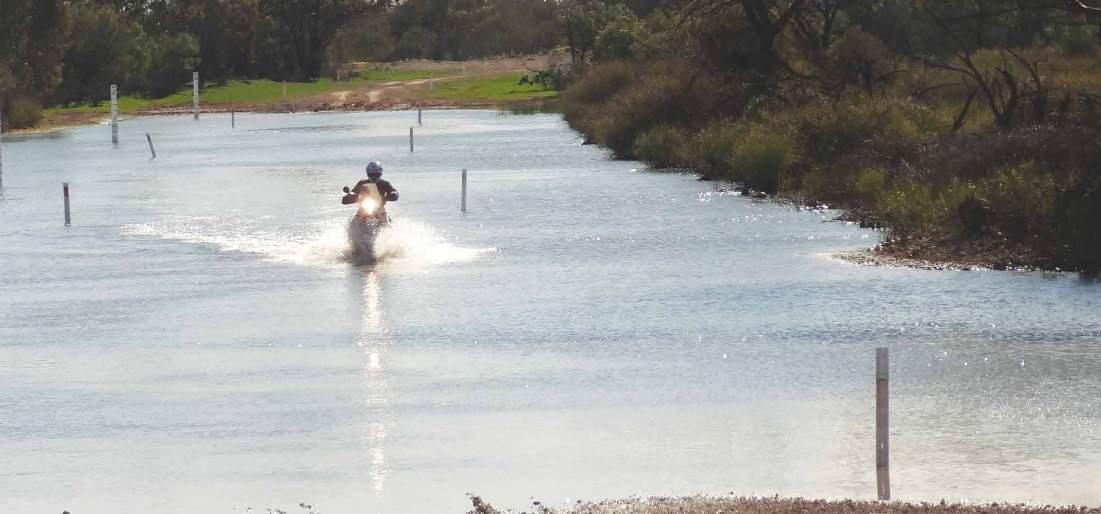
sections needed care. Most had an easy detour, but at speed I sometimes didn’t have time to divert, and that caused a few hairy moments.
Another positive of the recent rain was there being hardly any wildlife lingering around the road edges waiting to dart across at the last moment.
Bourke emerged from the red desert and the Port Of Bourke Hotel offered a good feed and plenty of travellers to mingle with.
It was quite fresh leaving Bourke at 8.00am the next morning heading to Louth. The road was good, and, surprisingly, there were no ’roos. There were plenty of goats and emus though, and they’re definitely not the smartest of animals.
I met up with Gary Grey. Gary had ridden from Cobar on his 690 fitted with a Series 3 Hard Kit, and we swapped mounts as we headed towards Wanaaring on Wangamana Road. Gary was contemplating moving up to the ‘big’ league and wanted to try the 790. I’d owned a 690 myself, so I was happy to be back in the smaller-bike saddle, especially on a bike fitted with a Hard Kit. The things that struck me most on the 690 were the amount of wind buffeting and the lack of Steg Pegz, and when Gary eventually stopped he agreed the wind protection on the 790 was a lot better, and he liked the front suspension.
Conditions deteriorated on the
Above: There was plenty of water around. Below: The track came out on the Silver City Highway. Hopper (right) and Cobar gentleman, Gary ‘Eyebrows’ Grey. Bottom: The Port Of Bourke Hotel offered a good feed and plenty of travellers to mingle with.
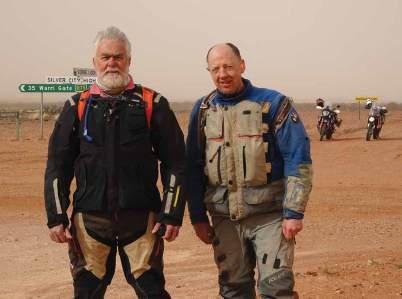
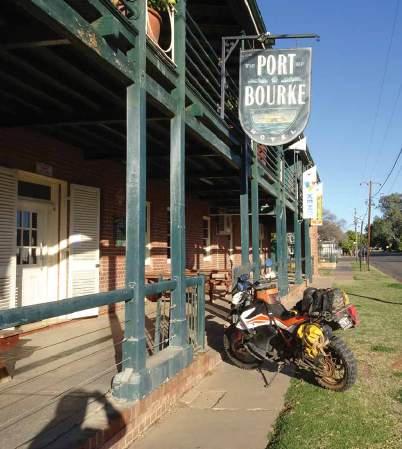
main Bourke-Wanaaring Road and there were some very average sandy sections. I’d pushed the fork legs up through the triple clamps in an attempt to lower the bike a little, but hadn’t realised the adverse effect this would have. The change in weight bias towards the front of the bike was very noticeable and didn’t make riding sand any easier.
A break at the Wanaaring store meant time to meet the new owners, Cath and Colin. We checked out their barista and toastie skills and shed a few layers before mounting up again.
The roads west of Wanaaring had only recently opened after being closed due to the rain, and it was quite deceiving trying to pick water on the road. Several times we’d slowed down thinking water was across the road, only to find it was just red sand turning to a white-sand base. Then, as we cruised along on a long, white, sandy section, I failed to pick the water across the road until I was in it. Riding those sections was just like being on ice. In one section I held it for a while, then went sideways, then went face-first in the drink. Thankfully the water wasn’t very deep, just bitterly cold. I’d done a 180-degree turn and Gary, following at a distance, was left wondering why my headlight was pointing back at him.
Fortunately, I was wet but okay. Gary found it very amusing.
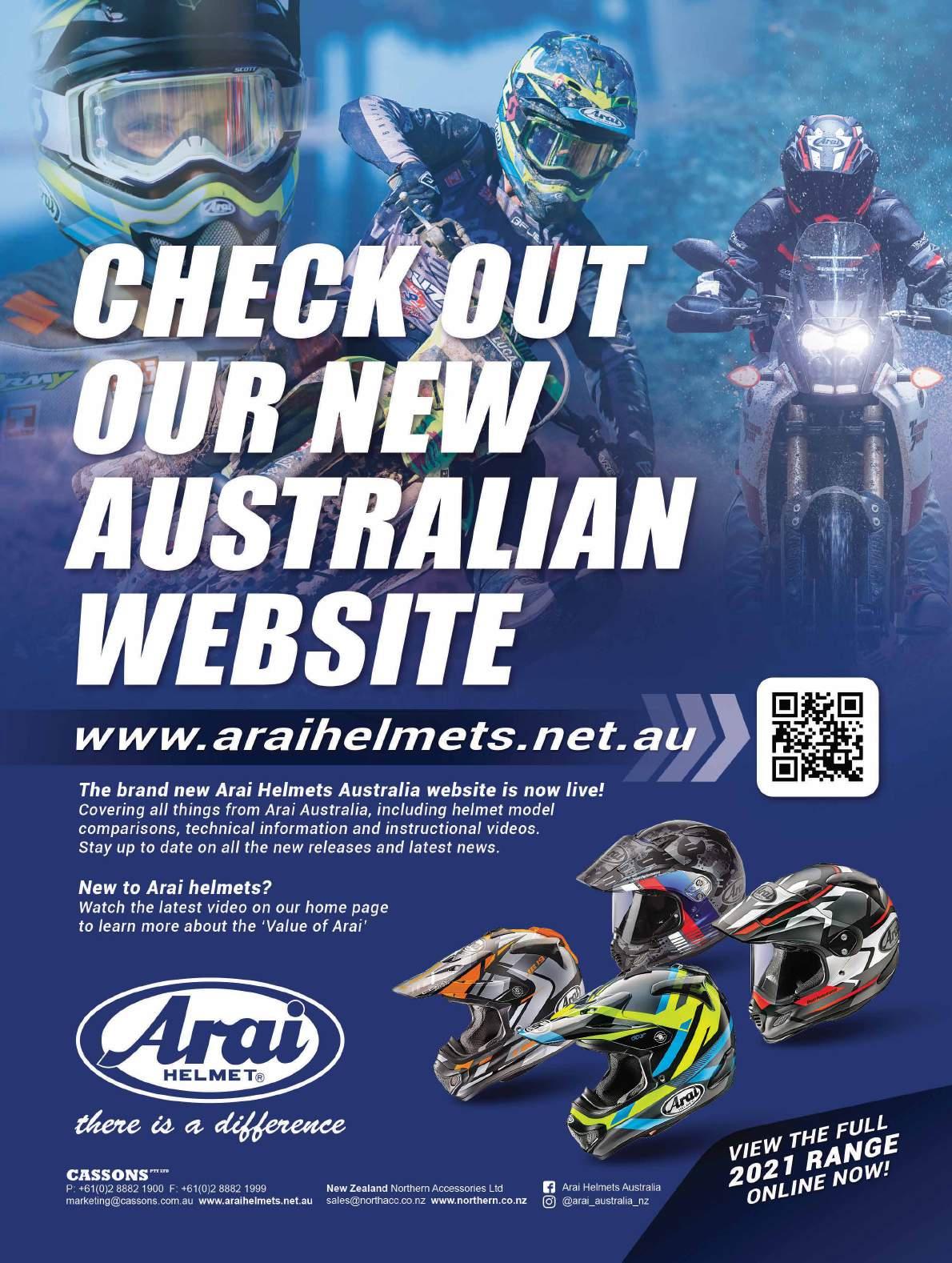
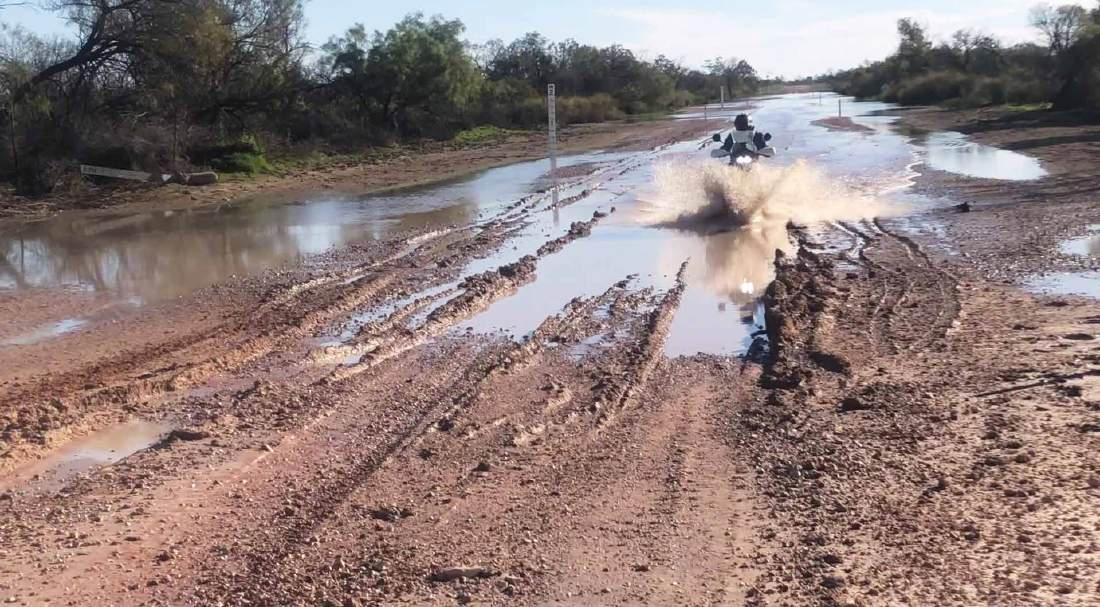
At a T-junction about 30km from Tibooburra we met with the road to Adelaide Gate.
Normally on a ride like this one Cameron Corner would be my destination, but with Queensland travel restrictions it wasn’t allowed. That meant we had time to explore, so we opted to do the Jump Up Gully Track, an extra 50km so, and that meant some fuel concerns for me. Gary had the supertanker so we decided to give it a go. It was a great run out through Mount Wood homestead where some ruts, washouts and sand made things interesting, but quite doable, on the big bikes. The track came out on the Silver City Highway and the road to Olive Downs, and we rolled into TJ’s
Roadhouse at Tibooburra with one litre of fuel left, and everything but my undies had dried out.
Having a sophisticated gentleman from Cobar with me meant we booked into motel rooms and unpacked in comfort. I changed the Rottweiler Performance Power plate I’d fitted recently and was very pleased. It was heaps easier to change than the 1190 prefilter socks I’d been using and much more effective at keeping the dust out. I’d also fitted filters in the rubber teats at the bottom of the airbox.
We shared a few yarns with fellow
travellers and had a few ales and a good feed at the pub to finish the day.
Egg-and-bacon rolls with strong coffee at the Tibooburra servo were a heartstarter the next morning.
We were keen to avoid the now fully sealed Silver City Highway, so we headed 160km back towards Wanaaring then onto Monolon Road to White Cliffs. The track was generally good, but there was still plenty of water around and over the road. Most of the creek crossings were quite shallow, and of course the only one I didn’t slow for had several feet of water which left me saturated.
We only just made the White Cliffs servo. Normally on cold days the one-stop
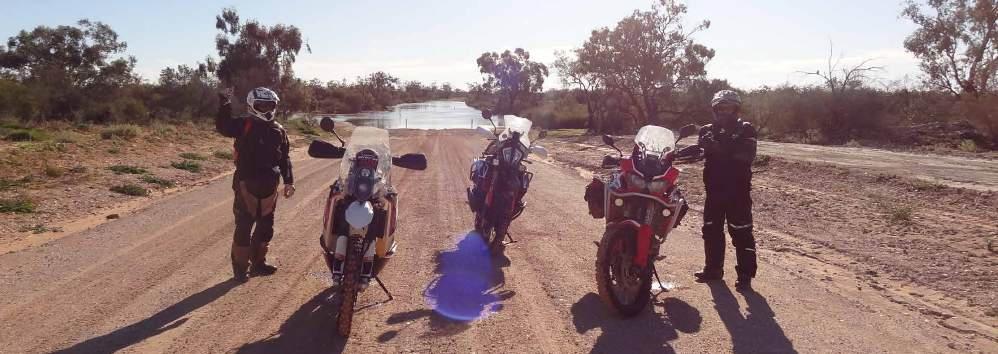











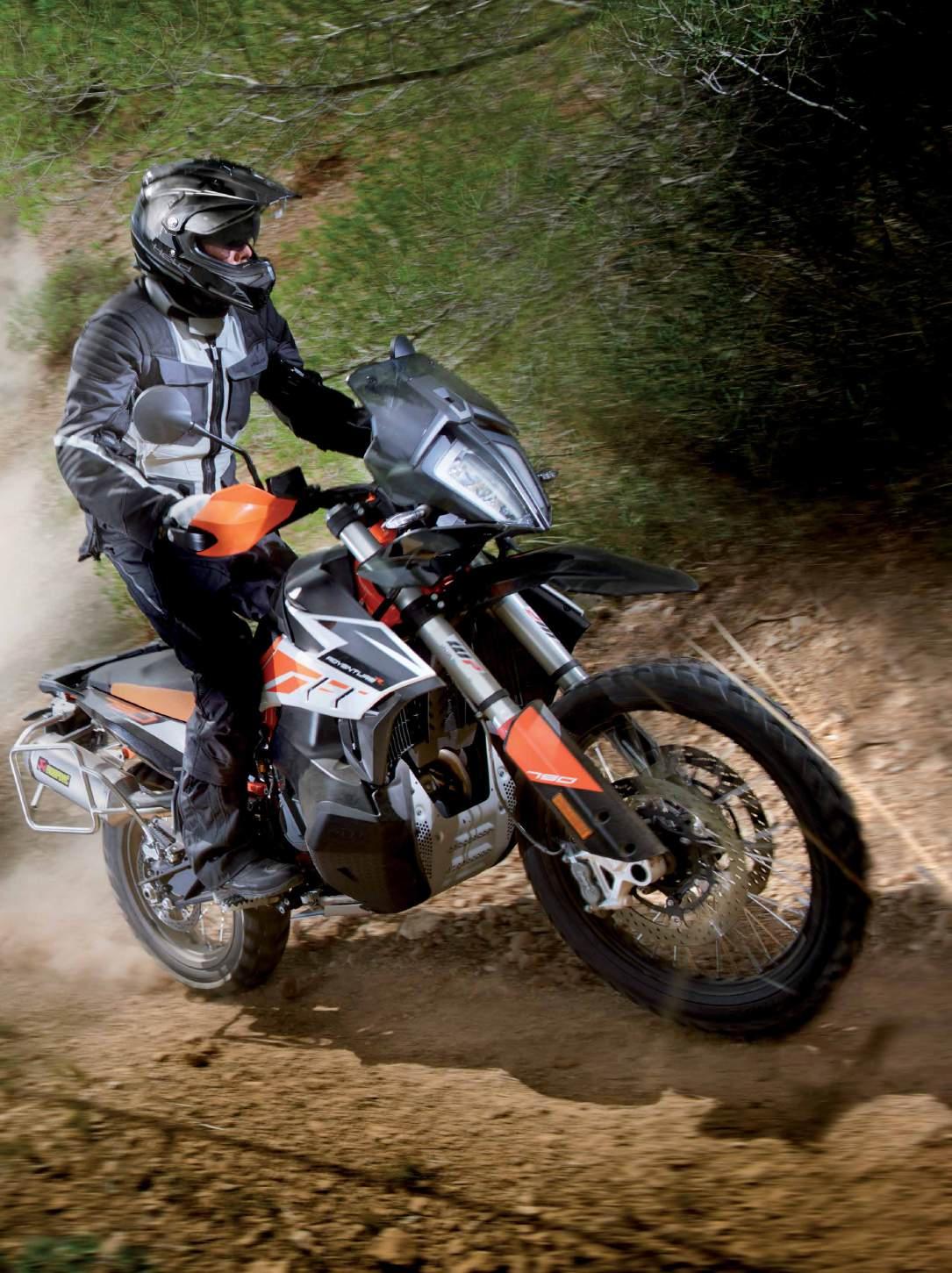




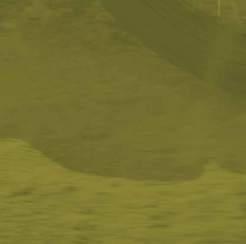



Right: Bourke, and the first day done. Below: Hopper and Gary stayed inside NSW but covered plenty of distance.
shop had a pot of soup on the go, but not on this particular cold day, so we had to settle for a piece of quiche (no need for any comments about real men and quiche, thank you).
Six weeks before, three of us had done a similar ride and found the Paroo River flowing with a good 60cm of water. As more rain had fallen, Gary and I opted for plan B: Mandalay Road and the Wilcannia-Wanaaring Road. There were plenty of cattle and sheep to contend with, and as we topped up with fuel the servo attendant told us both roads to Tilpa were closed.
That wasn’t good news. Luckily, a couple in a normal sedan overheard and told us they’d just come from Tilpa and the road was open and fine. It turned out it was freshly graded and the best dirt road of the trip (so much for local knowledge, Mr Servo-attendant).
We grabbed fuel at Tilpa as the Louth pub and servo was closed, then crossed the mighty Darling River with more water in it than had been seen for some time. Louth came and went and, with just shy of 800km on the odos for the day, we rolled into Cobar and booked into the Copper City Motel and enjoyed a great feed and evening with Gary and his much better half.
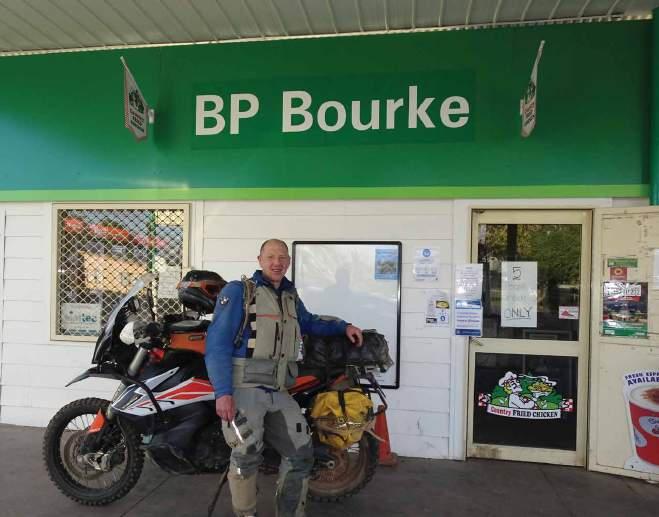
A frosty six degrees opened the next morning and made for the coldest start of the ride. Alone again, I thrummed along the Barrier Highway towards Nyngan for 40km then onto the dirt to Nymagee, Bobadah, Tottenham and along backroads to Narromine, taking several shortcuts which, true to form, weren’t short at all. They were a lot wetter than expected, too, with major bog hazards. Getting off the big girl several times to push in
first gear was hard work.
On to Dubbo Bakery I went for lunch, then back on to the Golden Highway with cruise control doing its thing. A triplecaffeine hit at Dunedoo maintained levels of alertness before I ran straight through to Newcastle to complete a 760km day. All up I covered 2950km over the four days, and apart from the work needed to clean the bike, it was a successful destress. I was ready to face the hazards of married life until my next release hearing.

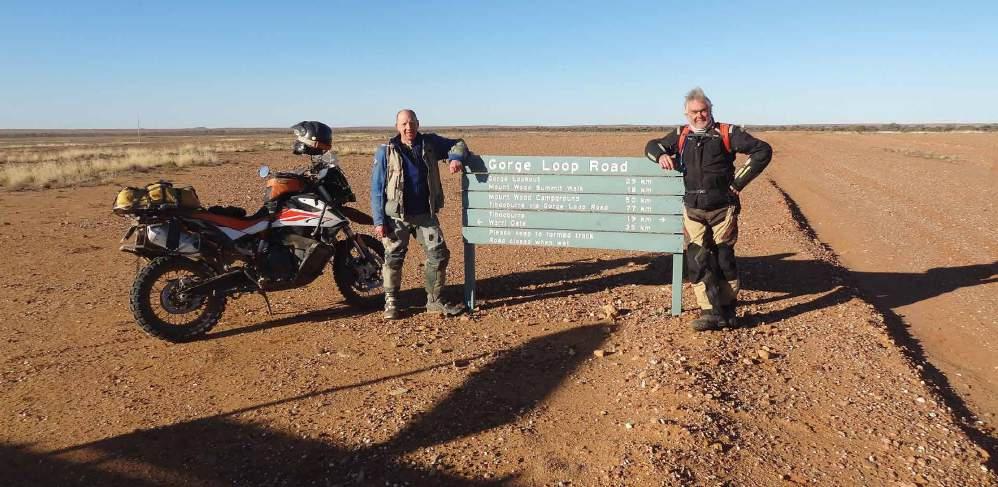
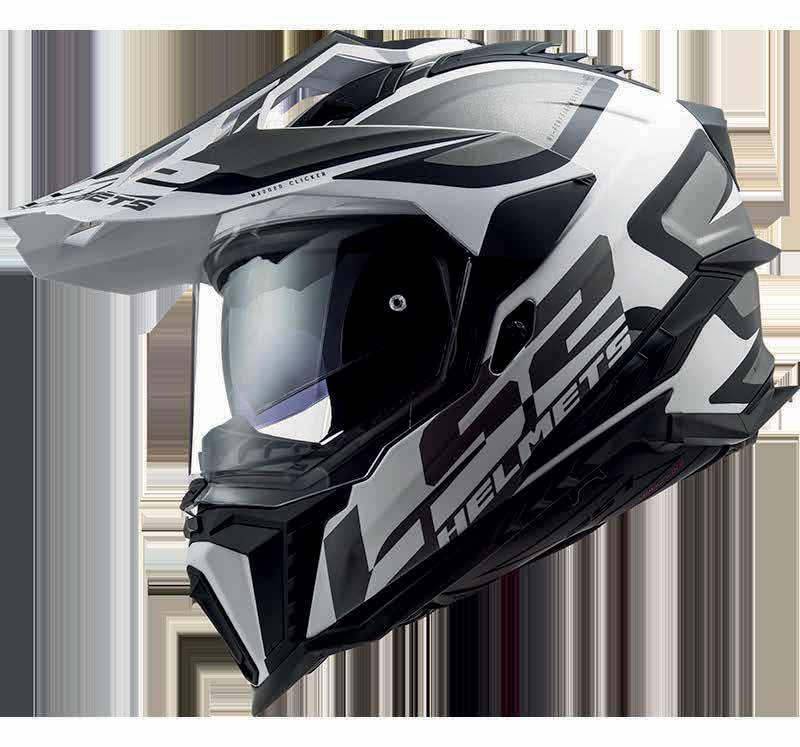
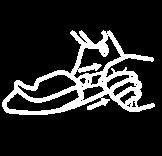
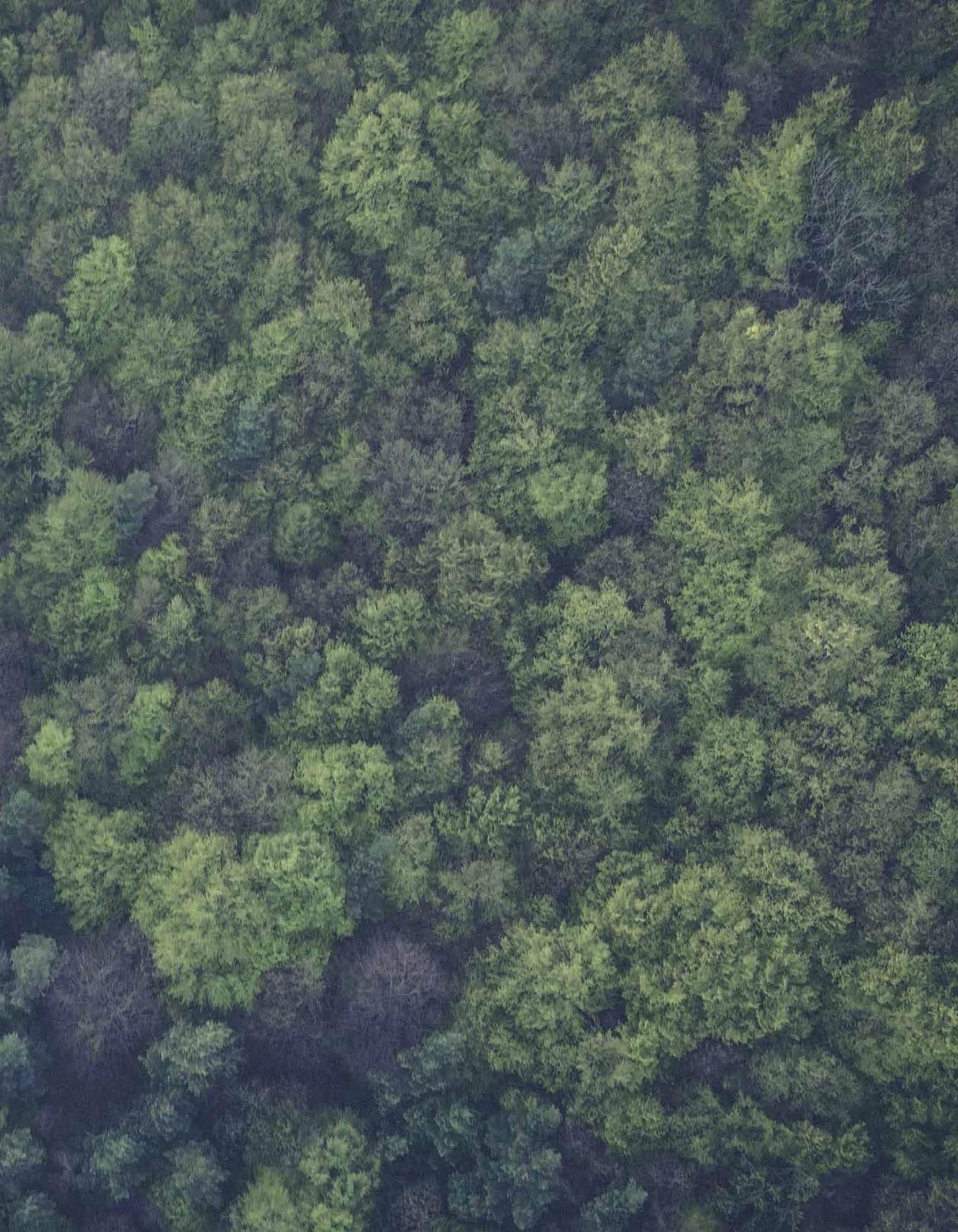

Graeme Sedgwick is always up for a ride, especially one that opens eyes, mind and senses to something new. But a riding incident took its toll, and a return to adventure riding needed the encouragement of some good people.
We’re inspired by heroes or by unassuming, long-time skilled riders we know or hope to meet. Riders who, if asked, may share how widely they’ve adventured, what they have and haven’t ridden and how seemingly unafraid they are of tackling a journey and sharing their wisdom.
Usually their skill is an accumulation over years since their first scooter, trailbike, race or circumnavigation of Australia, maybe
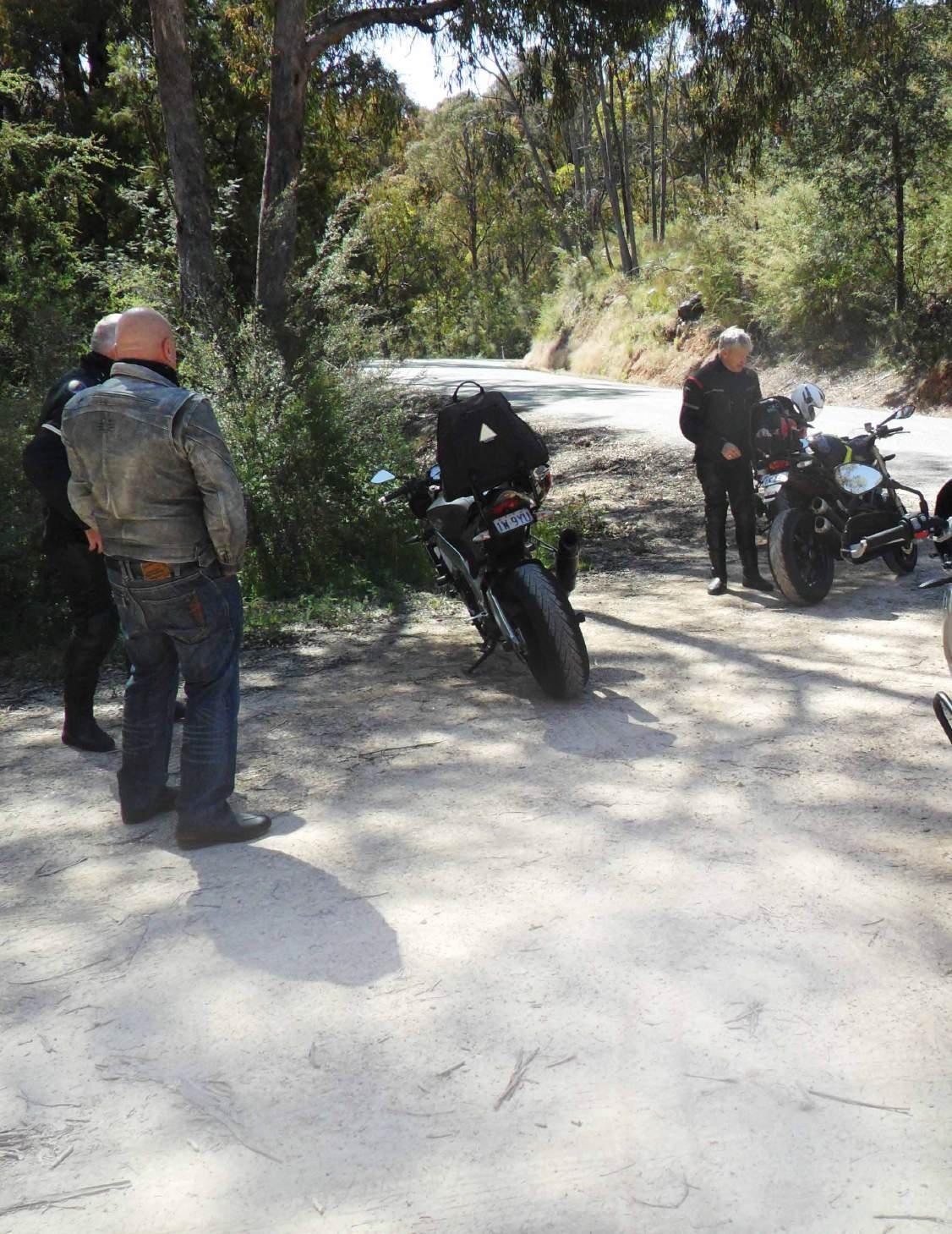
before the Nullarbor was sealed, and possibly even along the way attaching a sidecar…because they could. The exploits of these types can kickstart action.
I knew a very experienced rider, ‘Davo’, and while he liked my ambition to start riding, he bluntly pointed out my timing wasn’t ideal given my lack of youthfulness –that, and the game’s on- and off-road
Below: Torbreck Range on the way to Jamieson. A quick gee up before the switchbacks.
Right: The author and his SWM before a serious incident destroyed the bike, left the rider with a long and painful recovery, and raised questions about a riding future.
Far right: Tutor, inspiration and highly valued mate, Davo, off to circumnavigate Australia in the 1970s.
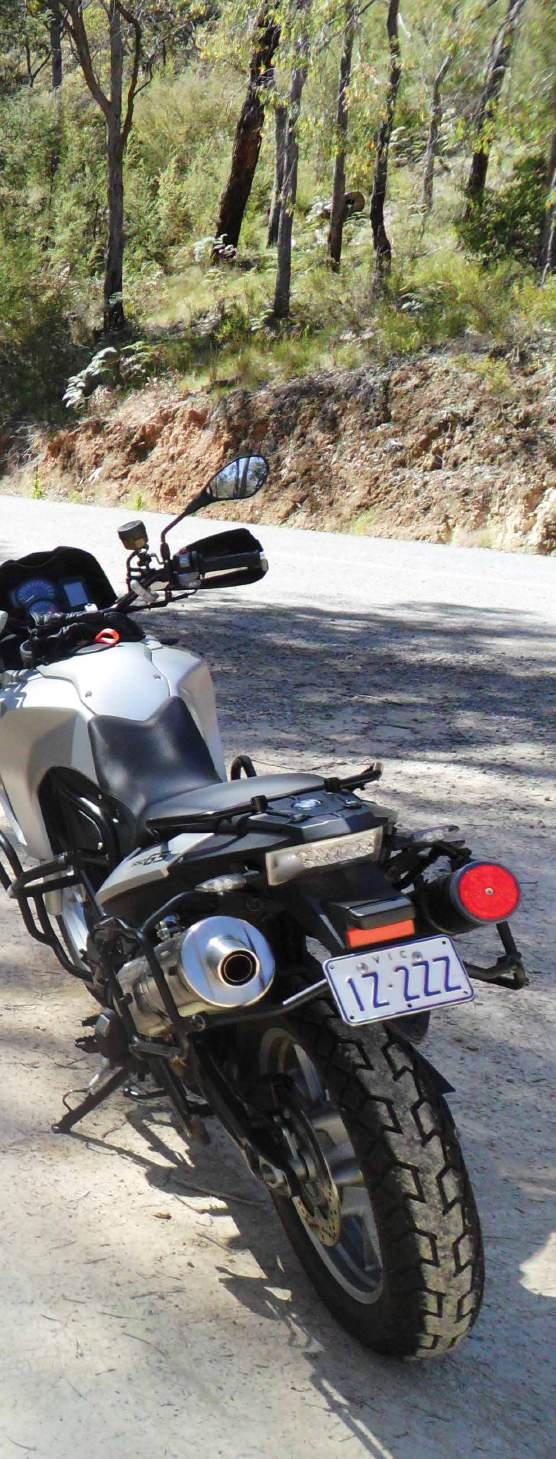
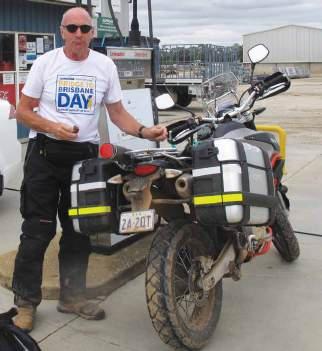
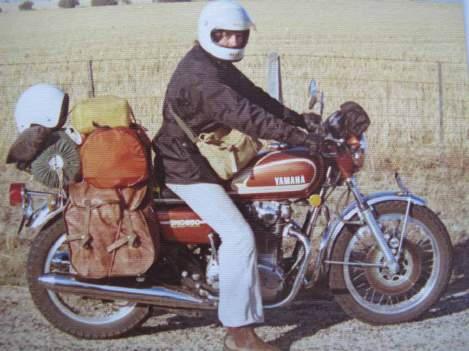
hazards, especially motorists.
As hard-arsed as Davo’s reality advice was, it couldn’t have been more valued, even though my lack of talent quickly became a source of amusement among his regular riding companions. More to the point, since that baptism I’ve come to understand how exceptional and curious many people are about adventure riders in general. Where have they come from? Where are they going? On occasion most will say they’ve wanted to come aboard, and some will go out of their way to provide directions, local insight or help if needed.
These days I’m always up for an adventure. Seeing a map is a problem because I immediately start looking for places to go and how I might get there.
With adventure riding there’s no time to be bored, even if that means reading your bike’s owner’s manual to discover something that may become useful.
After an accident where I was already stopped at a red light and a car drove into me from behind, the pain raised questions like: ‘Why ride a bike?’ and, ‘What of my professional and family life?’ In a blink life’s fragility and the trauma of a serious accident was real. As the ambos fitted the neck brace it all seemed so unfair.
It was nothing I’d done. It was the consequence of a nonattentive, cowardly bastard’s punch from behind.
Thankfully I was wearing the right gear, in good physical condition and had a positive attitude to work through a painful rehab. But I spent the long, agonising recovery thinking if I never rode again, at least I’d completed an outback and international ride. Mostly my thoughts were simple: ‘I’m alive! Forget bikes. Go surfing, mountain biking, or, heaven forbid, walking.’
But I knew another rider, Trev, who’d survived an intersection hit from a motorist. Trev has ridden on. He’s even hired a Harley to ride across America –among other far-flung places.
So another bike was bought and we exchanged yarns on a ride to South Australia’s Flinders Range. It was much better than spending our time asking ‘What if..?’ about something neither of us could’ve controlled but would never forget.
More recently, thanks to another mate, Olie, who loves travelling to witness the Isle of Man TT, and his mates Steve and Grant, I was hooked into joining a great three-day ride. Startng from Victoria’s Surf Coast, the first day’s 353km u
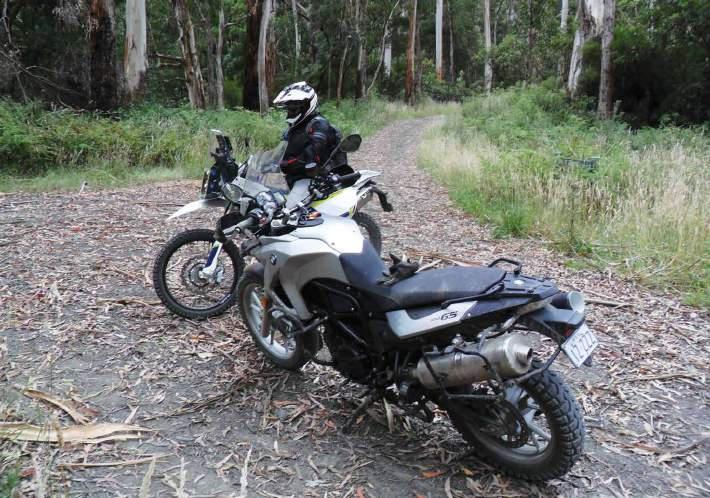
charge headed to Thornton in the high country by way of a random mix of secondary roads through places called Paraparap, Pollocksford Bridge – a fast scenic downhill run northeast of Gnarwarre – through the sweeping undulations of the Moorabool River valley to Maude, before slicing up the western flanks of the Brisbane Ranges through Steiglitz, then east of Morrison between hundreds of towering, newly erected wind generators east of Mount Egerton and into Ballan for a bakery fix. After a snack we headed in a northerly direction along the western side of Blackwood Range to Trentham, then arced eastward by way of Woodend, Hanging Rock, Lancefield, past Broadford State Motorcycle Sports Complex, over the Hume Highway and through Strath Creek to Yea. It was there we convened with a bunch of former police riders on GSs loaded to the heavens. We learned those guys were about to ride the same course we’d plotted in reverse, underlining that, whatever one rides, we’re all motorcyclists and we all enjoy the endless adventuring this country offers.
The second day was a blue-sky cracker with temperatures nudging 30 degrees and the atmosphere perfect.
First, Lake Eildon’s dam wall needed to be crossed at a civilised pace, if only to check out those in their tinnies dangling lines. Then, past Snobs Creek for the day’s opening excitement: a 61km, tightish switchback run up the western side of Torbreck Range and over Mount Torbreck itself. That was followed by an exacting descent before a final up-around-anddown Bald Hill charge into Jamieson for a very deserving caffeine hit.
The morning had served up more corners than anticipated showered with loose gravel and tree litter. They ensured head and arse were totally in tune with riding.
Recharged, a more open, much quicker run north through Howqua and Piries towards Mansfield provided a great opportunity to stretch mind, bike and body…within reason, of course.
Next was a quick to run to Whitfield before returning to Thornton via a couple of best-kept-quiet choices. The wellknown stretch from Mansfield to Tolmie was fairly open, followed by a run high on
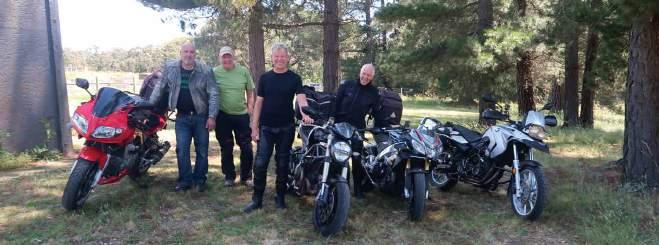
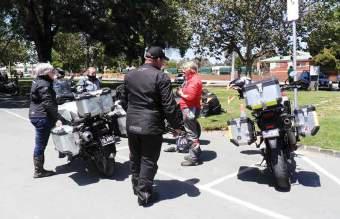
Left: A training ride with Davo and his Husky 701 Enduro is always valued.
Above: A bunch of former police riders on GSs, loaded to the heavens, about to ride the same course in reverse.
Below: From left: Steve, author Graeme, Grant, and Olie.
the rugged ridge between Boggy Creek and King River among a continuous serving of fast corners, so it paid to be on your game.
Meanwhile, if breath-snatching escarpments are your thing, be sure to plan a stop at Powers Lookout, otherwise it’ll be passed in a blink, unlike the stylish red-brick Whitfield Pub and its menu that’ll suit any rider’s appetite.
In all, the day’s 349km was exciting riding.
Another ripping day presented itself for our return south, retracing much of the first day’s passage with a time-honoured break at Strath Creek. It’s a small place, on the bank of a creek with the same name, with what remains of a post office originally opened in 1885. All in Strath these days is peaceful. The village green and pavilion are the legacy of Don and Anne McQueen, who realised a dream of building a recreation area with a cricket ground scaled on the same dimensions as Lords in England. It even has a similar slope and is an ideal vista for reflection.
The sting in the tail on the final day was a rapid charge through the fast-flowing curves that make up the main passage through the Brisbane Ranges before buttoning off into Anakie and arcing west to enjoy what remained of a rapidly evaporating three-day adventure with three ‘characters’: Olie, Steve and Grant, with more than 90 years of riding experience between them, who love nothing better than a good fang, food and frivolity washed down with several cold ones.

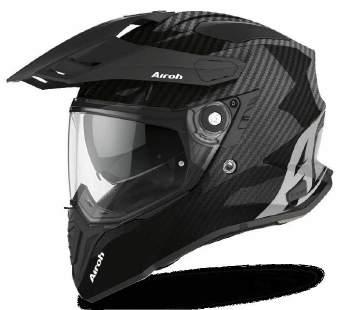
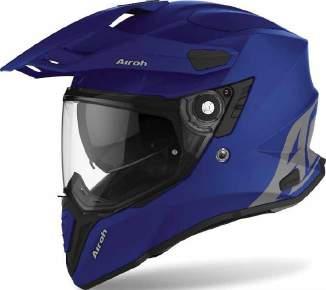
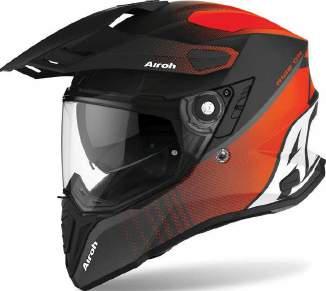
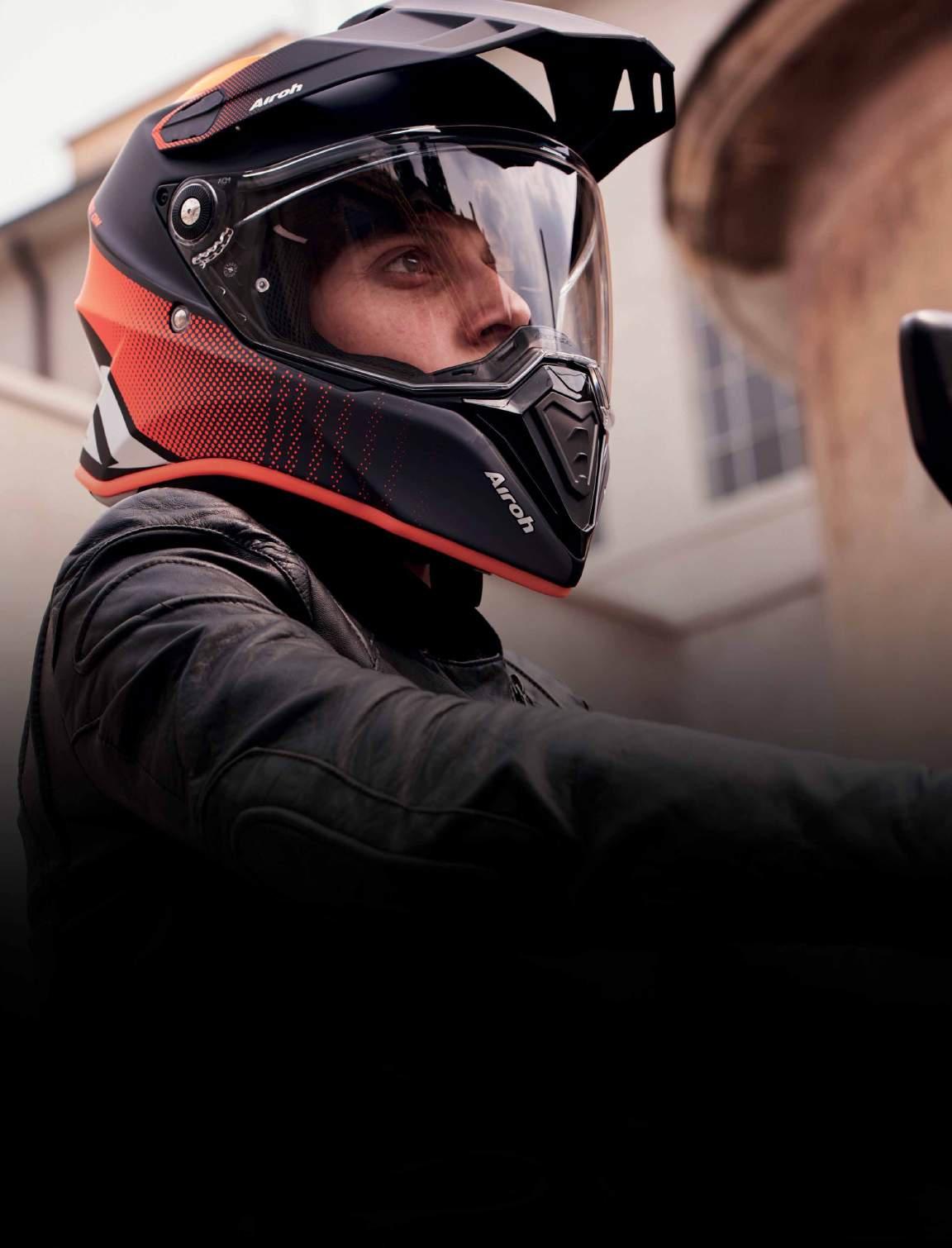

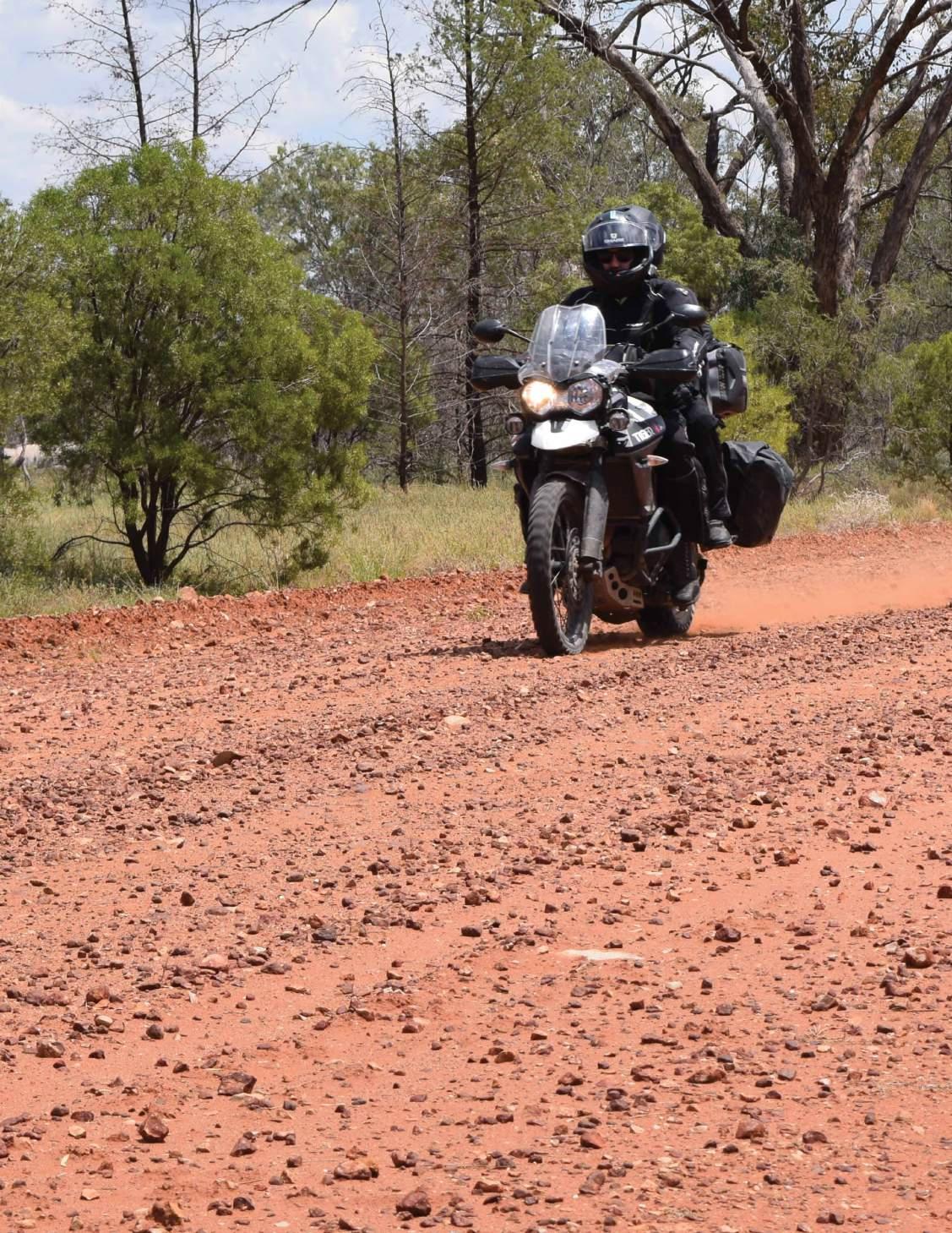
Bones Dunn and Pat Flannery found having no specific plan made for a great few days’ riding. Words and images:
Ihad some leave booked in October to ride in Vietnam with good mate Pat, but obviously that didn’t happen. Instead we arranged a week away. Pat was riding a borrowed ’Busa, so I threw the road wheels into the Africa Twin and we headed off Saturday morning for Uralla.
We had a top weekend on the Oxley and a few other good roads, and I was home Sunday arvo in time to settle in for dinner and the MotoGP.
Monday morning I got up, changed to the off-road wheels in the Africa Twin, packed for a week away and headed off just after lunch.
It’s great travelling with just two, and Pat is great to ride with. He has over 20 years on me but shows that, although we can’t stop getting older, growing up is optional.
We headed for Wollombi then onto Yengo Track and Finchley Track to Putty Road. This is a great ride which is reasonably local for us, and Pat on his DR650 quickly left me and my Honda behind –he clearly enjoyed the lighter bike.
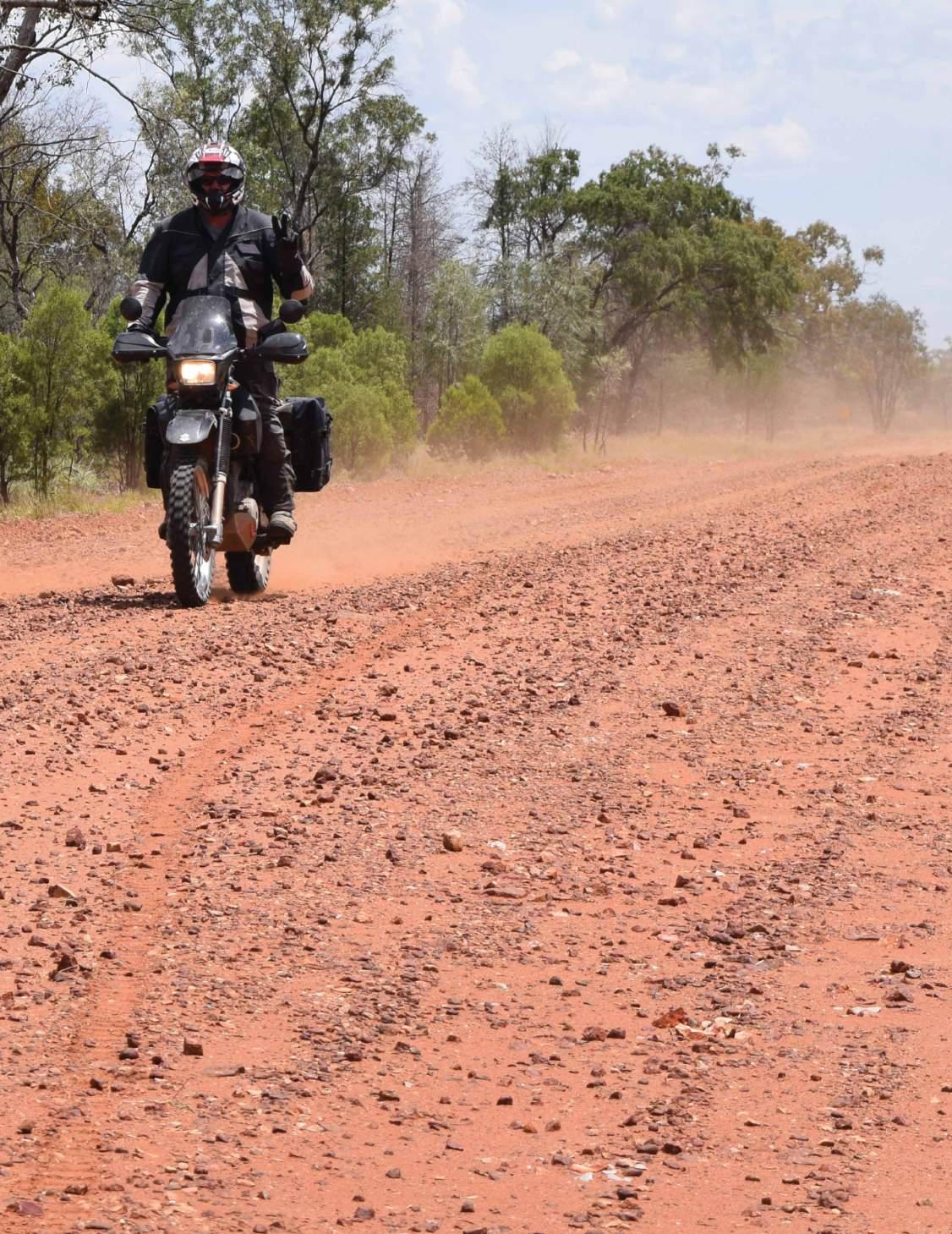
After stopping for a quick chat with a bloke on his WR250R, we made our way towards the first gate and I found Pat replacing a Rok Strap. This was an unusual event as those things are bulletproof.
We had a short break then made our way to the Red Gate and down Putty Road a few kilometres before turning onto Commission Road. From there we saw no traffic until Jerrys Plains.
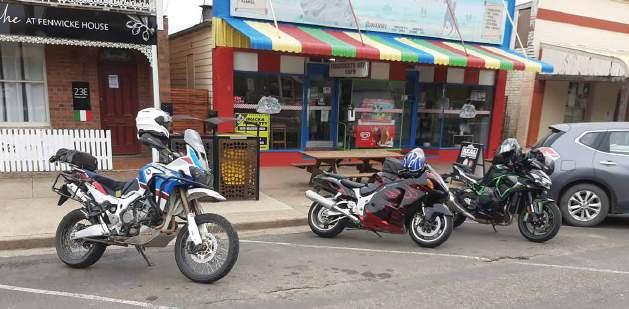
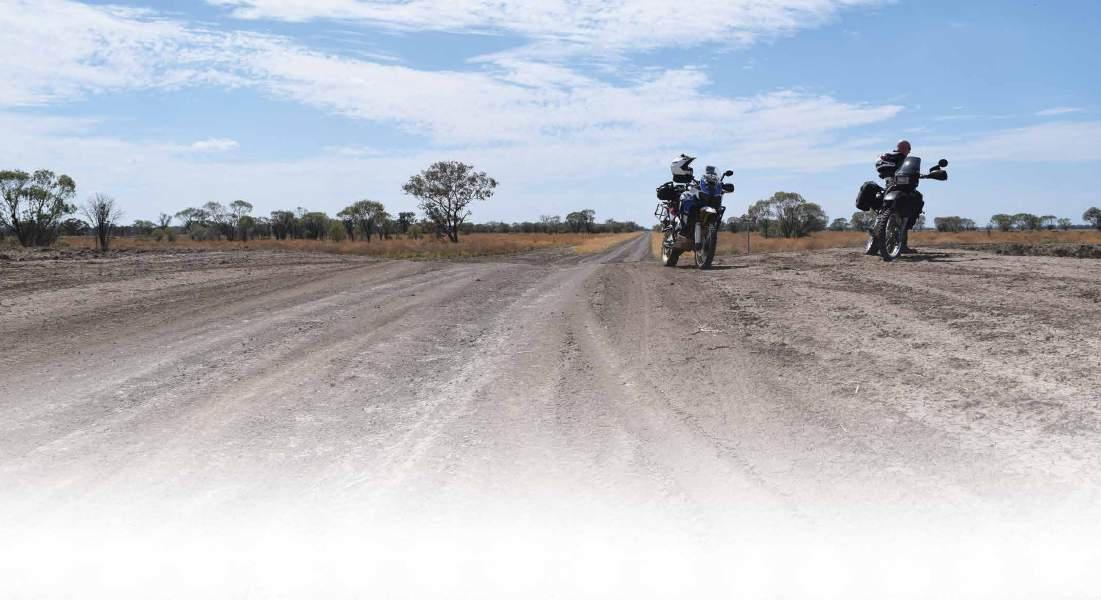
It’s a great open ride all the way and the big Honda ate it up. The odo clicked over 30,000km on that stretch, which was a bit of a milestone for me.
We had no real plans for the trip, just to head west for a few days, so after a look at where we were and the time of day we called ahead to the Rylstone Hotel and booked a couple of beds. We’d had a beer there before but never stayed, and it turned out to be a great bike-friendly pub which did a great feed to boot.
We enjoyed a few coldies, looked over the map then headed for bed.
Tuesday morning started out with a loose plan.
We followed Cudgegong Road as it wound its way through the hills west of Rylstone and picked up Aarons Pass Road to take us past Windeyer, Queens Pinch and eventually into Mudgee for fuel. We freestyled with a map and GPS for road names as we took Hill End Road to
Yarrabin. They were all great country roads with a mix of dirt and tar.
Lake Burrendong came and went and we rode alongside the Cudgegong River for a while before looping up and through Wuuluman and almost into Wellington. The morning was rolling along nicely as we passed through Terrabella and into Dubbo to wash the road dust away and look for somewhere to head to after lunch. A local suggested Quambone, but a phone call established the pub wasn’t open yet.
From Dubbo the idea was generally to head north on the dirt, but I was in charge of directions so we ended up in Narromine, about 50km west. Eventually we found some more dirt as we passed through Burroway then Kickabil, travelling what could be called a zigzag pattern –like someone lost and aimlessly wandering through central NSW – as we headed to Gulargambone for fuel. As I pulled up at the park I heard the sound of a DR striking off in another direction, so
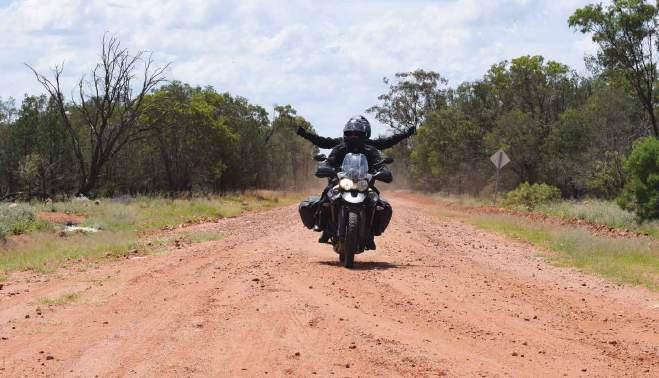
I jumped back on the bike to catch Pat, who finally realised and turned around a few kilometres out of town.
Once back at the park a call to the Quambone pub sorted our accommodation for the night and I got us on the wrong road again as we left Gulargambone. Still, it was a great run up through Athlone on the dirt and Quambone pub was filled with friendly locals and offered a great feed. The rooms were clean and, apart from a dripping shower-head, I slept like a log.
There was a bit of discussion with the locals that night about the amount of water laying around after recent rains and they offered some general directions, so the next morning we headed directly north to Carinda, a great, fast, 80km run before breakfast to start the day. After topping up with fuel, food and coffee, the young lass at the local shop was very nice as we chatted about the town. She informed us David Bowie had shot the music video for his 1983 hit song Let’s Dance at the pub just a few doors down! Amazing. After breakfast the plan was to head to Brewarrina, so, after fuelling at Walgett, we checked our maps and found I’d only missed it by about 130km.
But that’s the joy of adventure riding with just two. We didn’t care. We were out riding to places we’d never been and having a ball.
Above: An Africa Twin and a DR650. Ready for anything.
Left: If you’re reading this, we hope you enjoyed the rest of your ride.

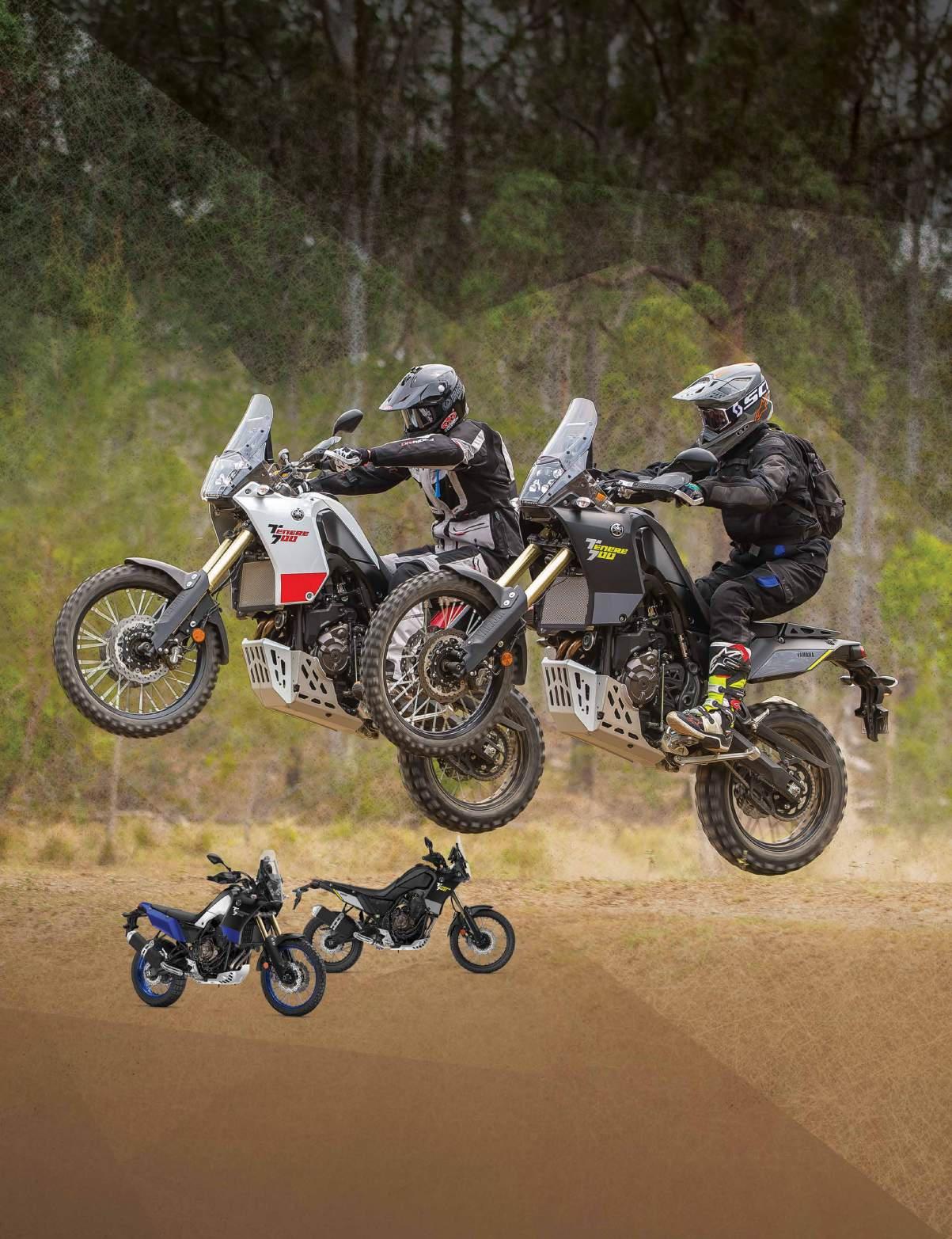





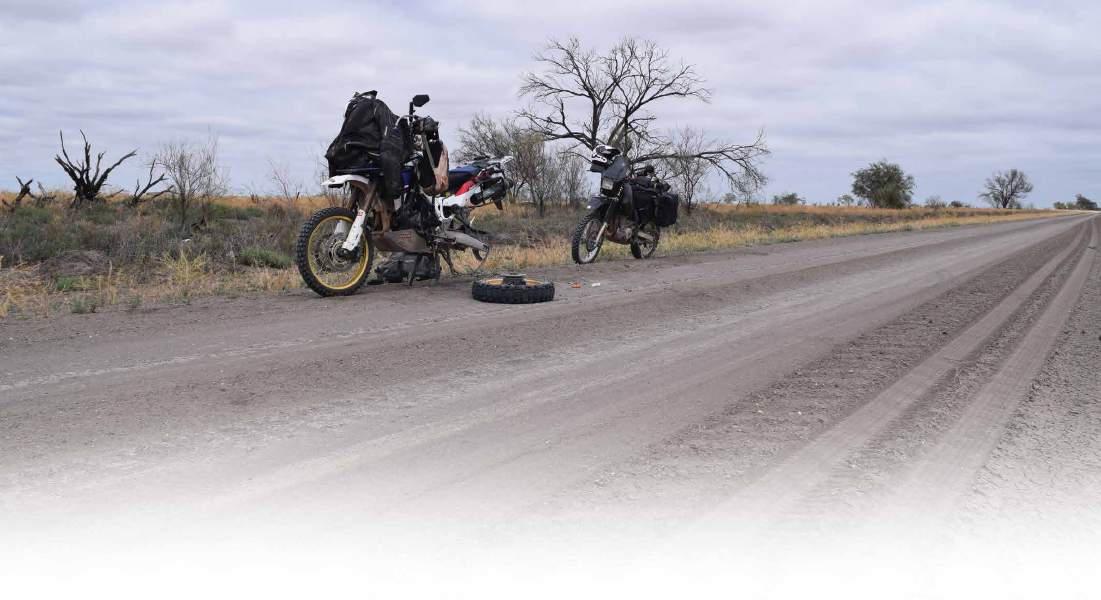
We took the highway west out of town and turned north to head up past Narran Lake and, hopefully, on to Lighting Ridge. I knew we’d missed the turn, but I figured we’d end up somewhere.
We met a couple on a Tiger 800 heading in the opposite direction and, after a quick chat, decided Pat’s DR would need fuel. So we headed to Brewarrina…the long way.
The Tiger couple said there was fuel at Grawin opal fields and it was only 60km or so away. In an effort to go in the right direction, we followed along. I took a few pics and we rode together until about a kilometre from the Glengarry Hotel. Pat and I went in to the pub to wash away the road dust, and after a short time at the bar, a lady came over to deliver a message. The couple had called to say they’d ended up at the Sheep Yard Inn.
“No worries,” we said!
If you’re reading this, we hope you enjoyed the rest of your ride.
While enjoying a beer I called a few places
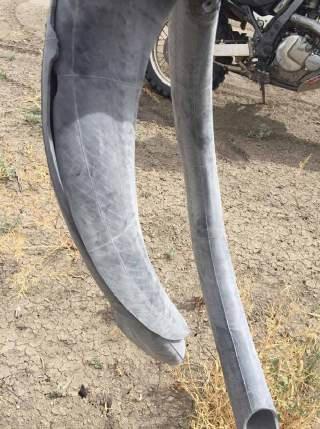
in Lighting Ridge to get us a room and eventually sorted one. We rolled the last 70km into town looking at black clouds and, with a few spots on the visors, pulled into our digs for the night just as it began to pour with rain. We had a great Chinese feed at the club then crashed out.
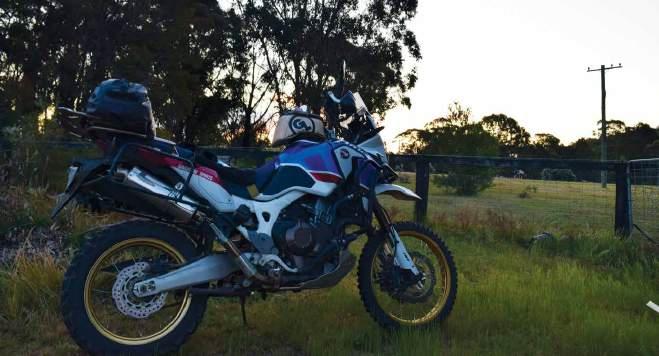
A bit of a sleep-in the next morning didn’t stop us getting away at a respectable time.
We took the dirt towards Baroona, and eventually Collarenebri, where we fuelled up and jumped onto Cryon Road. It was a great morning ride. The temperature was nice and we rolled along side-by-side for a long time, until, as we passed some farm machinery, I felt the familiar flop-flop-flop of a flat rear tyre.
I pulled over and got straight down to business. The wheel was off and the shredded tube was almost out when Pat pulled up and found a proper spike in my tyre. With that removed I slipped in a new tube and we were back on the road in about 25 minutes (after snapping a few pics, of course). We continued to the turnoff for Old Burren Road, and about three kilometres in it turned to slop. My bike slowed from about 105kph to 80kph as we battled through the soaked red dirt. We pushed on to Burren Junction for a beer where the barman told us they’d had 52mm of rain overnight and we discussed our options for the ride home.
The plan was to head for Pilliga and into the forest, but with the state of the roads and the expected big rain on Friday, we decided to just roll along the highway. We’d had a great couple of days away and it only took a few hours before I was watching the sun set at home. Friday morning I serviced the bike in the beaming sunshine and 30-degree heat. Ah, well. You can’t win ’em all.
Top: Straight down to business.
Above left: The familiar flop-flop-flop of a flat rear tyre.
Left: Home to see the sun set.

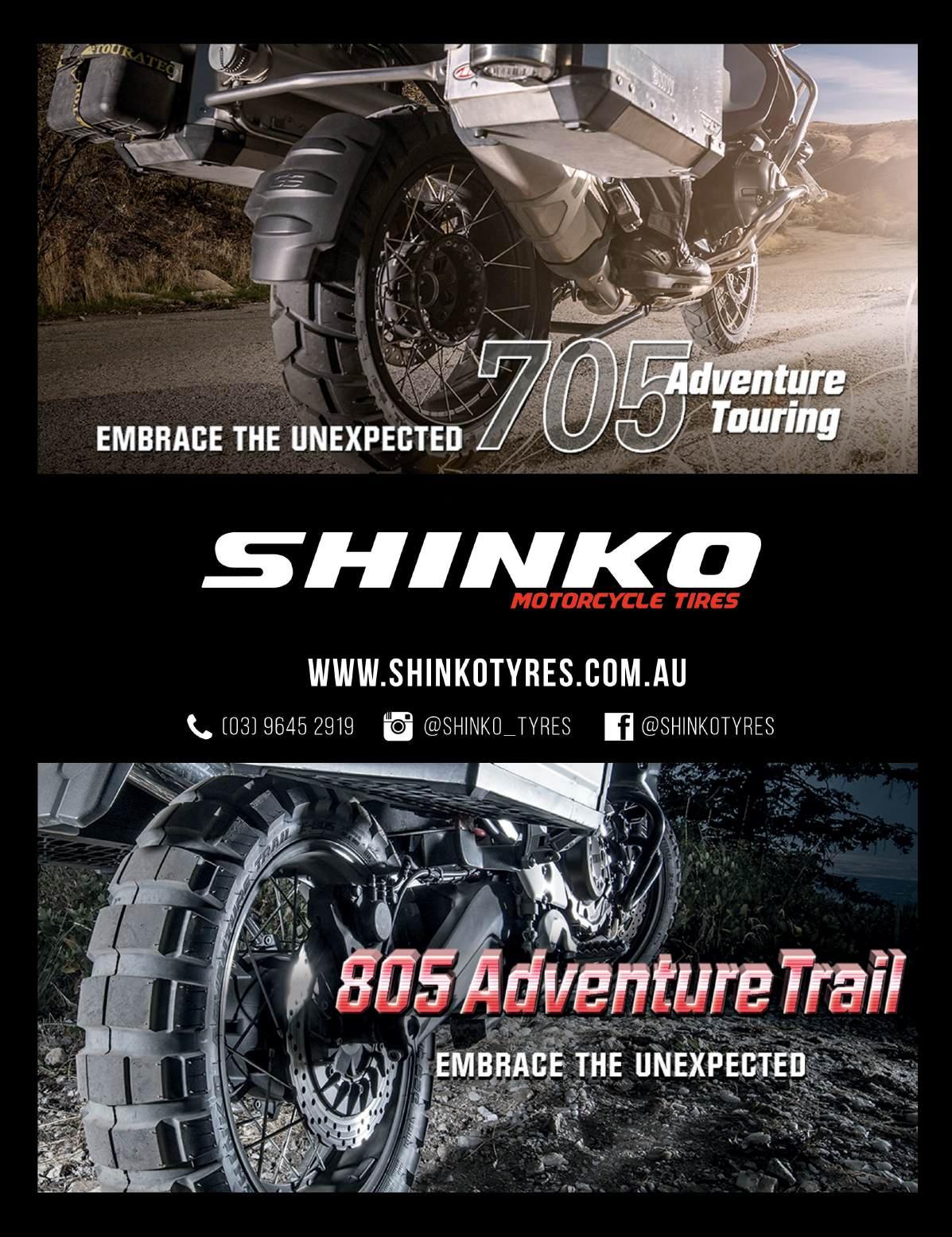
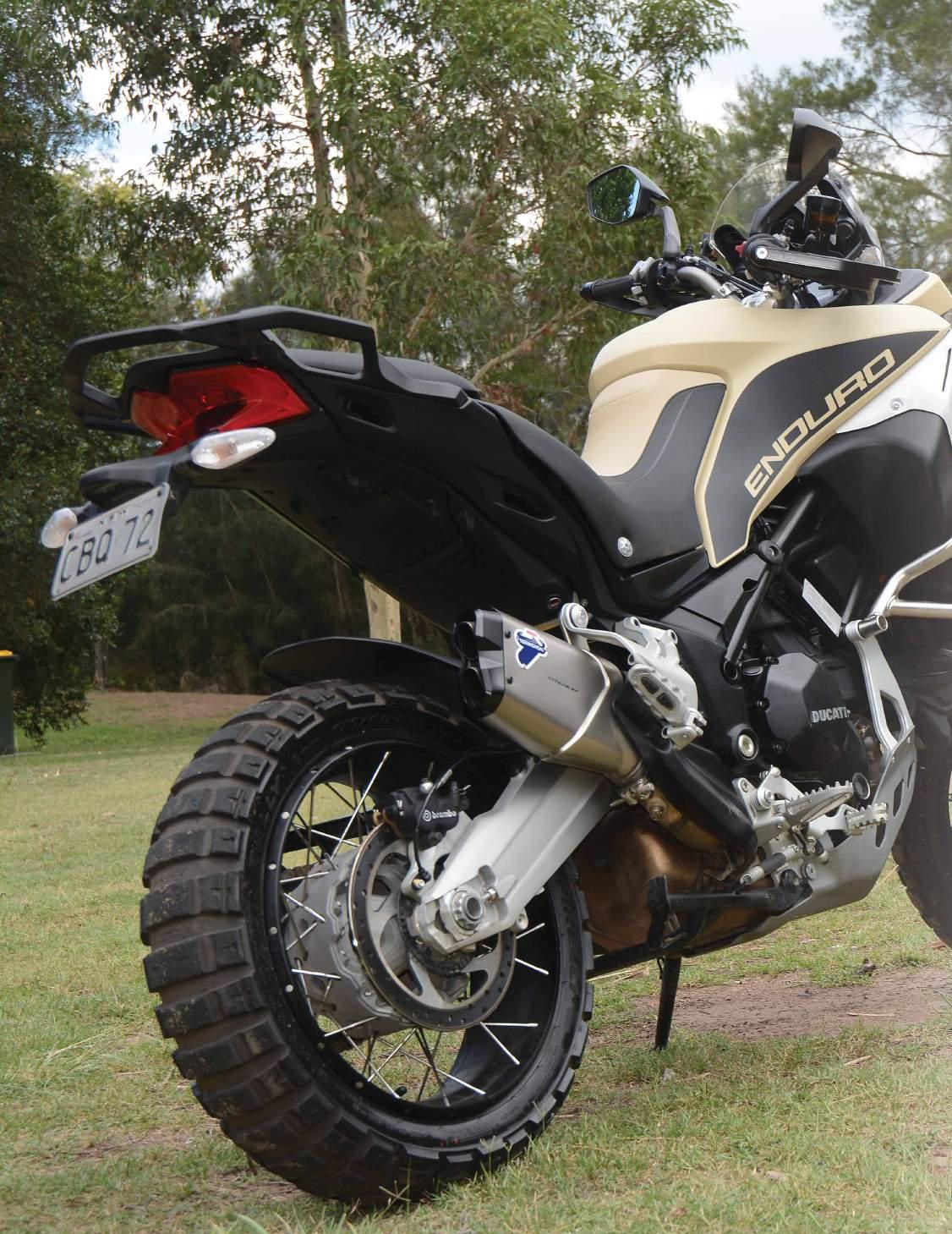
It’s all very well to bang on about the importance of selecting the correct tyre, but understanding just what the hell it is you’re being offered can be a little daunting. Adventure Rider Magazine went in search of truth and the meaning of all those letters and numbers on a tyre.
In the next few pages we’re going to be mainly concerned with interpreting the designations and information on a motorcycle-tyre sidewall. That information will help lead to the selection of the tyre best suited to a particular motorcycle or application, and that’s seriously important. We’re fudging a little here, because while we’re nailing our colours to the mast on tyre markings, we really want to underline some important information and ideas around tyre selection in general. We’ll probably do that anyway because we just can’t help ourselves, but we strongly recommend readers scare up a copy of issue #40 and immerse themselves in some good, basic knowledge on tyre selection and application.
Just do it, okay?
Phew. We feel better already.
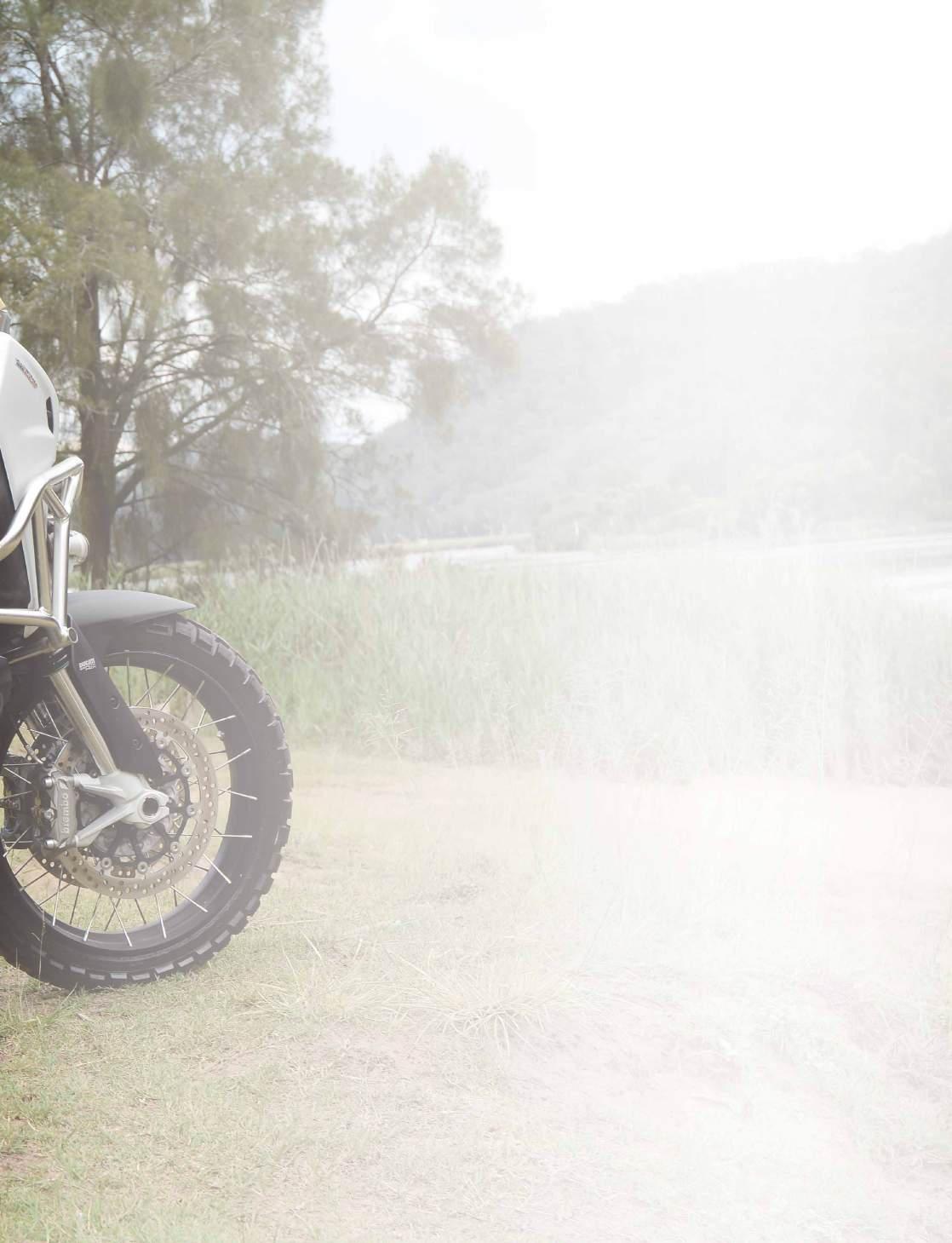
As always, there’s a lot of very interesting and engaging ideas about tyre selection on the beaut internet, especially on the forums. Of course it’s all terribly well researched, unbiased and totally reliable information, so we feel almost silly redoing the research here, but we thought we’d have a crack at it anyway.
To help keep us on the straight and narrow we lobbed into Link International, Aussie importers of Pirelli, and sat with Pirelli Product Manager Garry Crilly. He’s pretty knowledgeable about tyres, is Garry, and when we asked him to talk us through the markings on a typical adventure tyre he hurled a Scorpion up on his desk and told us to pay attention.
So we did.
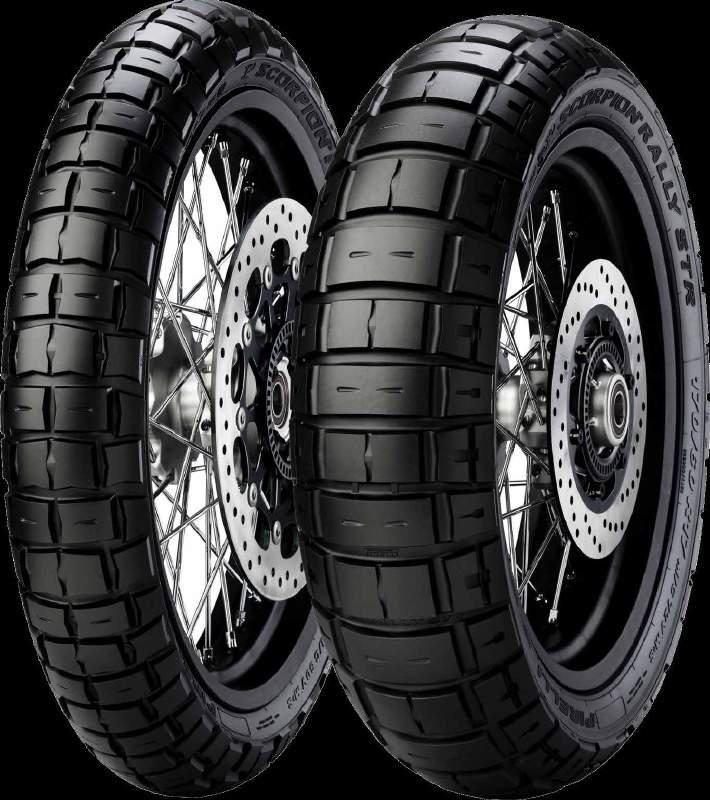
The first and most obvious marking was the size. It’s a numerical group, typically something like ‘150/70-17’.
“That’s the width, aspect ratio and rim size,” said Gaz, very seriously. “The ‘150’ means the tyre is 150mm wide. The ‘70’ is the height of the tyre, from the bead to the crown, once it’s on a rim and correctly inflated, expressed as a percentage of the width. Obviously the ‘17’ is the size of the rim in inches.”
That was all good. In the case of the Scorpion on the desk, once the tyre was fitted and inflated to the correct
Main: If a tyre isn’t designed to cope with the stresses of a bike’s weight and horsepower the consequences can be catastrophic. Left: Get in the habit of checking tyre markings to make sure the bike’s safety and performance aren’t compromised. u
pressure, that would mean the height or aspect of the tyre would be approximately 105mm.
No problemo. That was something we understood.
But then Garry went on to explain about speed and load ratings, and this is an area we feel too many riders on big-capacity bikes ignore.
“There’ll be a load and speed rating on the tyre,” radialled Garry. “Let’s say ‘57H’. In that case 57 relates to the load the tyre is capable of carrying. ‘H’ stands for ‘H-rated’, which means it’s a maximum speed of 210kph.”
That’s so important. There are plenty of big adventure bikes well capable of speeds over 200kph, and we often see riders running tyres which clearly aren’t designed to handle that pace.
If the tyre isn’t designed to cope with the stresses of the bike’s weight and horsepower the consequences can be catastrophic. If you’re contemplating moving away from the tyre homolgated for your bike, please carefully check the speed and load rating of the tyre you intend to use.
the information on ratings, Garry casually gave us an insight into the world of sports and roadrace bikes.
“On a road radial, the marking might be a 180/55 ZR 17, and it might be 58W. The W may be with or without brackets. ‘ZR’ means it’s a radial, and it’s a 180/55-17, so it’s 180mm wide with a 55-percent aspect, made for a 17-inch rim. If it’s, say, a 58(W), the load rating’s 58 and the W is the speed rating. ‘W’ without brackets is up to 270kph. If the W is in brackets, the speed rating is in excess of 270kph.
Lawks-a-lordy!
While we quietly drooled at the thought of a bike needing a tyre rated to cope with in excess of 270kph, Garry went on to explain that the further a letter is along the alphabet, the higher the speed rating. On the Scorpion leaving tread marks all over the spreadsheet on his desk the marking was ‘69R’, meaning the load rating was 69 – 325kg –and the speed rating ‘R’ was the designation for a maximum speed of 170kph.
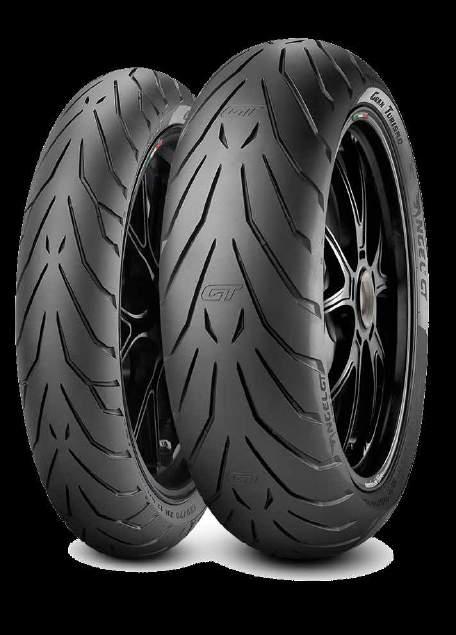
‘Phwoar’, we thought.
From there Garry talked us through the other markings on the Scorpion, and there’s some interesting information available for those who care to look.
‘M/C’ is straightforward enough, clearly announcing this is a motorcycle tyre (Garry has tales of people fitting car tyres to motorcycles and then having problems).
Next around was ‘TUBELESS’, which is also fairly selfexplanatory, but then came ‘M+S’, which, believe it or not, stands for ‘mud and snow’, and means the tyre can be used on a wide range of terrain including those two.
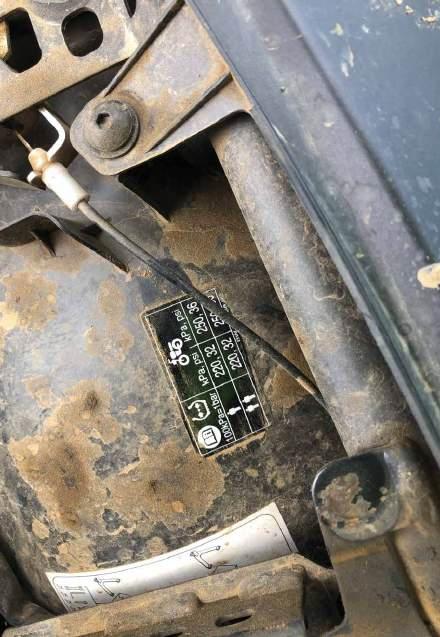
Above: Every vehicle has a tyre placement card. Look around the bike on the chainguard and under the seat. The information is important. Below: No problem. Look in the owner’s manual.
Bottom left: Pirelli has sports-touring-type tyre tyres, like the Angel GT, in sizes to suit people who are riding blacktop on adventure bikes.
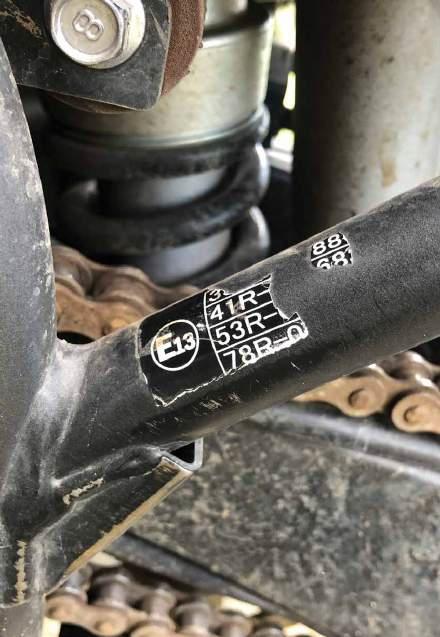
The Rak kit is the poster child for our “less is more” approach to ADV. They are tough, simple rain layers that absolutely will not allow water in no matter what you throw at them. We added as few features and pockets as we possibly could, to minimize the potential for breaks or leaks. For riders who want the maximum in wind and water protection, in a package that packs down small and is tough enough to survive a solid hit, this is the kit for you.
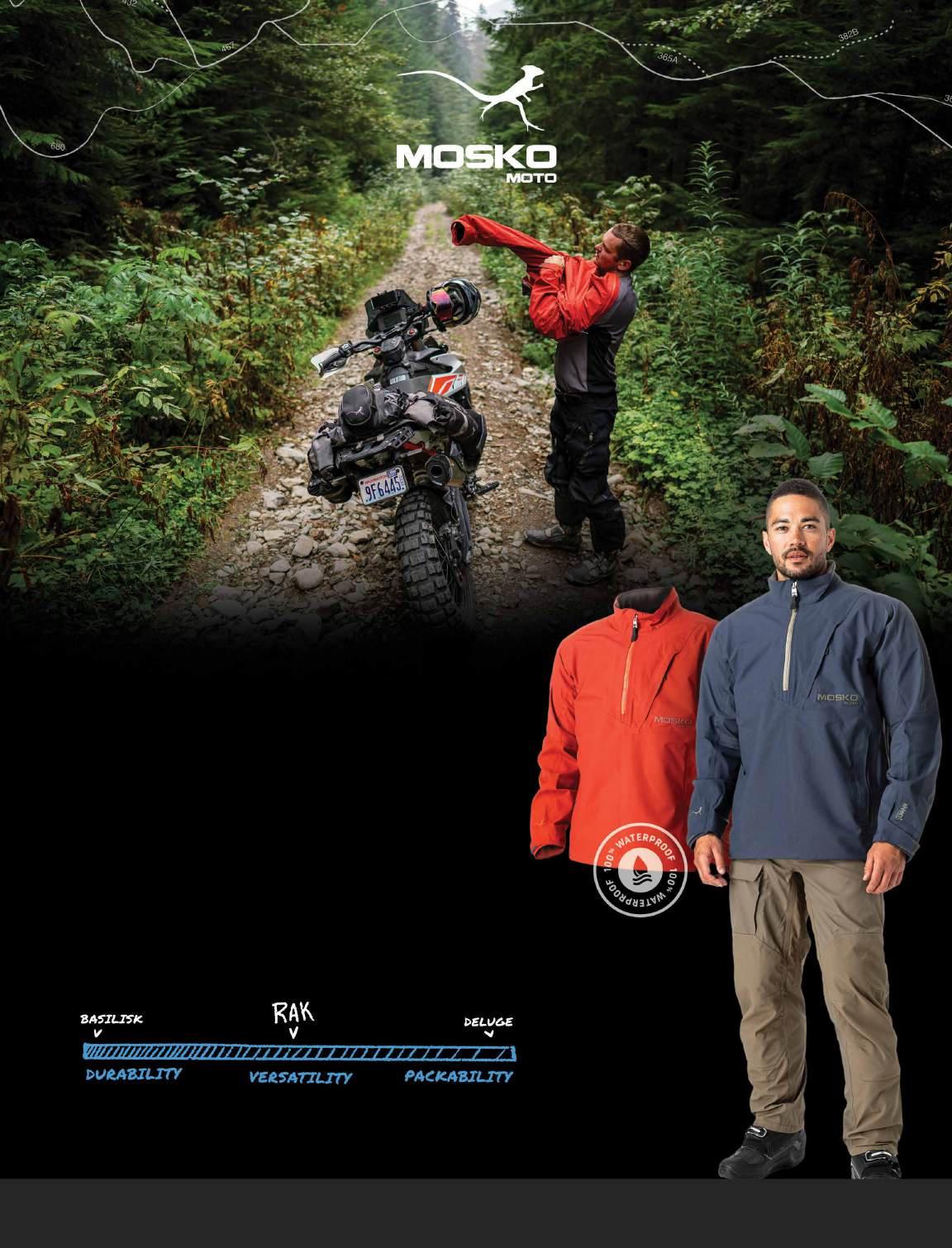
Jacket available in Red Ochre or Navy Model is 6ft tall wearing a size M over armor, and size 32 pant
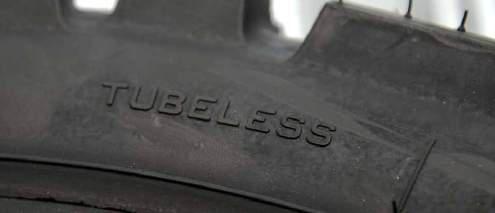
It generally also means the tyre is legal for road use.
From there we went to build codes, in this case DOT, EXE, EX and 683. DOT indicates the tyre conforms to the regulations issued by the tyre-regulatory agencies of the USA and Canada –probably ‘tire’ agencies, godammit! – and the EXE, EX and 683 are the same thing for our champion COVID19-munching chums in Europe.
Of course the brand name is there, as is the Scorpion model name and a cute stylised scorpion graphic. That’s all followed by a few letters and digits which give the build date. On the tyre we were looking at the date was 2820 – the 28th week of 2020.
Then there was a tiny little line of letters. The editor squinted away until he deciphered ‘Made in Brazil’.
He’d always wanted a close look at a Brazilian, so he was very excited.
Finally was a panel of text which was very straightforward. In plain English it said the tread was four-ply polyester and the sidewall two-ply polyester. The maximum load the tyre was built to handle was 325kg (716 pounds) at 260KPA (38psi) with a cold load rating of eight.
One marking not on the Scorpion, but which appears on some models, is ‘NHS’. The designation stands for ‘not highway serviceable’.
“ This one confuses the hell out of most people,” Garry belted. “If the tyre has ‘NHS’
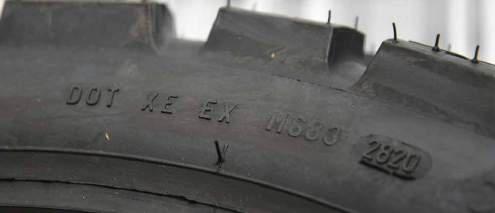
on the sidewall, generally directly after the tyre size or load and speed rating, the tyre is not road legal – that’s irrespective of if it’s marked ‘DOT’ and carries a loadand-speed rating.”
‘MST’ on a sidewall means a multisurface tyre which is legal for road use, and M+S we’ve already covered.
What riders need to understand is bikes are designed to work at their best with the tyres the manufacturer recommends.
Crilly again: “Manufacturers spend hundreds of thousands of Euros designing
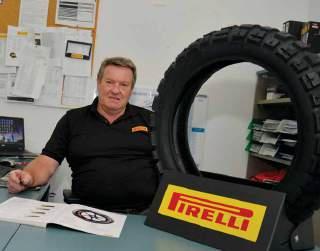
Top left: Straightforward. The tyre is suitable for use in a tubeless application.
Top right: Build codes. Mainly for European and US regulations.
Above: Pirelli Australia Product Manager Garry Crilly hurled a Scorpion up on his desk and told us to pay attention.
Bottom left: Build date and cute branding.
Bottom right: Easy to read and understand…if you squint a bit with the light at the right angle.
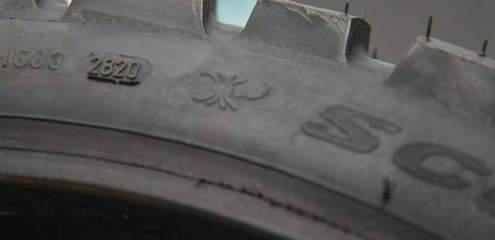
a motorcycle to work as a complete package, and there’s a reason they choose the size tyres with the load and speed ratings they do.
“An adventure motorcycle will have adventure-orientated tyres. The tyres are tested, developed and finally signed off to give the load and speed rating, and the shape, the manufacturer recommends, and that’s what we recommend to end users.
“If they choose to change their tyres because they think there’s a benefit in going bigger or smaller, that’s their own personal choice.”
That doesn’t mean a rider should stick solely with the tyres fitted to the bike at the factory, but matching the sizes and parameters of the homologated tyre is integral to getting the best from a bike in its intended use.
“As long as the tyres being fitted to the motorcycle are the same size, and meet the minimum load and speed rating, you won’t go wrong,” advised Crilly. “Pirelli actually has sports-touring-type tyres, like the Angel GT, in sizes particularly for adventure bikes. They’re specifically for people who are using their adventure bikes just as a commuter, or are perhaps planning a long blacktop run, and aren’t out on fire trails.”
What’s important here is to understand the significance of using the correct size and application tyres, and to get in the habit of checking those tyre markings to make sure the bike’s safety and performance aren’t being compromised.

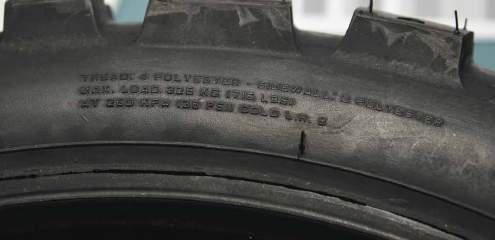

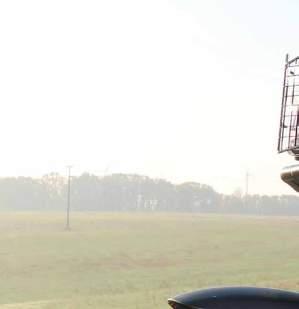
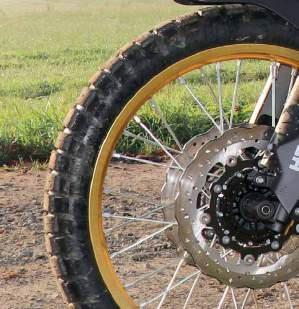
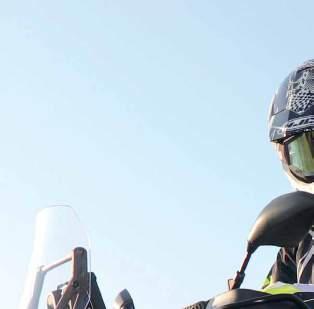
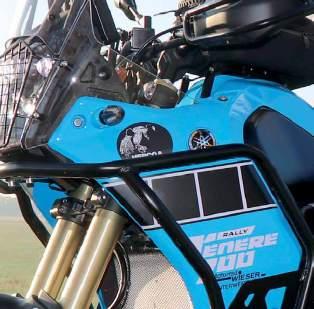
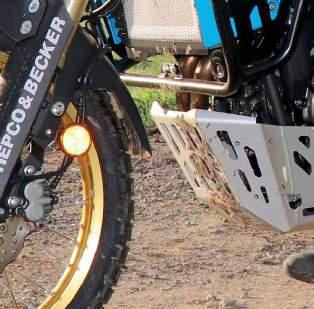
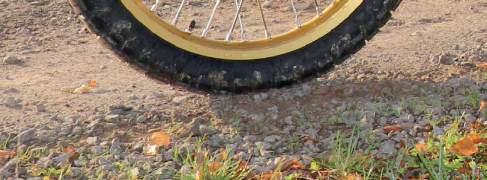
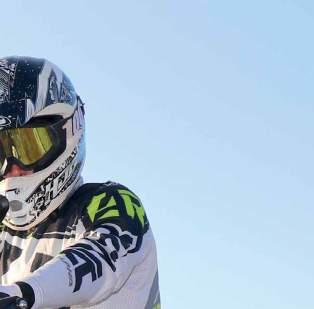
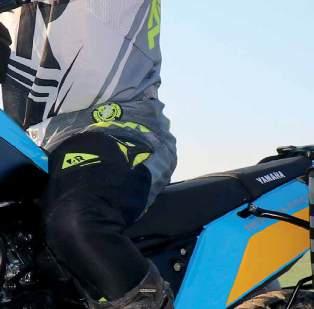
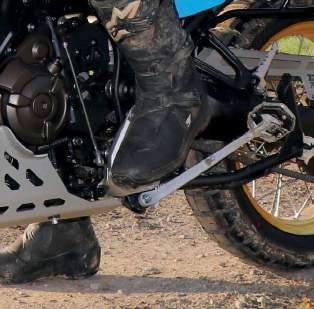


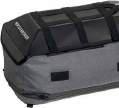



















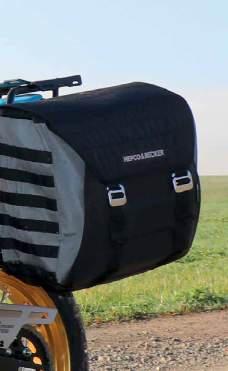



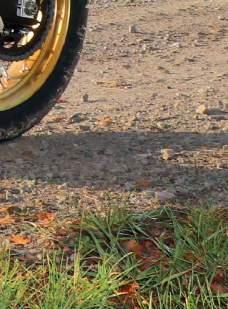







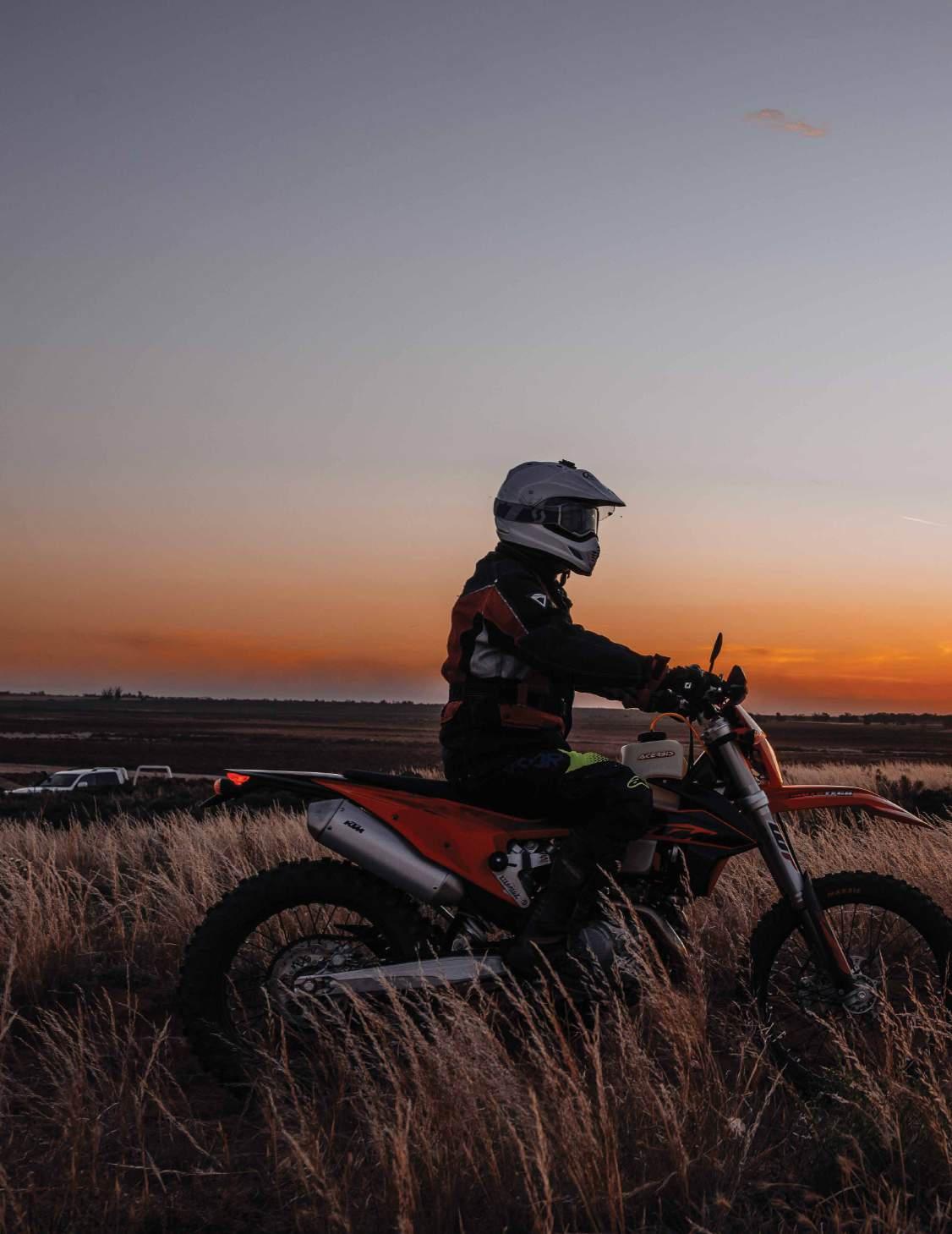
The mallee south of Mildura in Victoria is crossed with a chequerboard of great dirt roads and trails. Depending on seasonal conditions, it can be a glorious green wonderland or something out of Lawrence of Arabia.
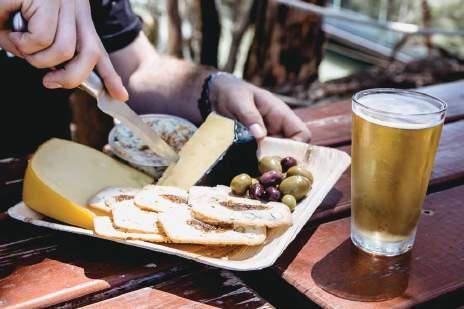
Above: A great place for a cuppa and snack. Main: In the Sunset Country the roads narrow to well-made tracks.
Right: Riders on smaller bikes have no trouble with this type of terrain as it’s relatively steady going.
Riders in the Hattah region are often joined by flocks of those great characters of the skies, galahs. The clowns of the Australian bush are in abundance there, feasting on spilled grain from the harvests of the farms that are a key part of the local economy. The birds make an amazing sight as large numbers wheel in a display of pink and grey.
The spectacular Mallee Ring Necked and Regent parrots are also plentiful in the area and show off their vibrant greens and yellows.
In the Sunset Country the roads narrow to well-made tracks crossing lines of dunes. While there’s sand, it’s a gentle introduction which gives riders a sample of what to expect without being too intimidating. A visit to Rocket Lake and the disused gypsum works along Nowingi Track offers some history and geology and the soils change again to
more stable and hard-packed types. They’re great in the dry, but can be sticky after rain.
It’s a great place for a cuppa and snack by the lake after easing into the dirt trails.
Samphire and saltbush abound in the
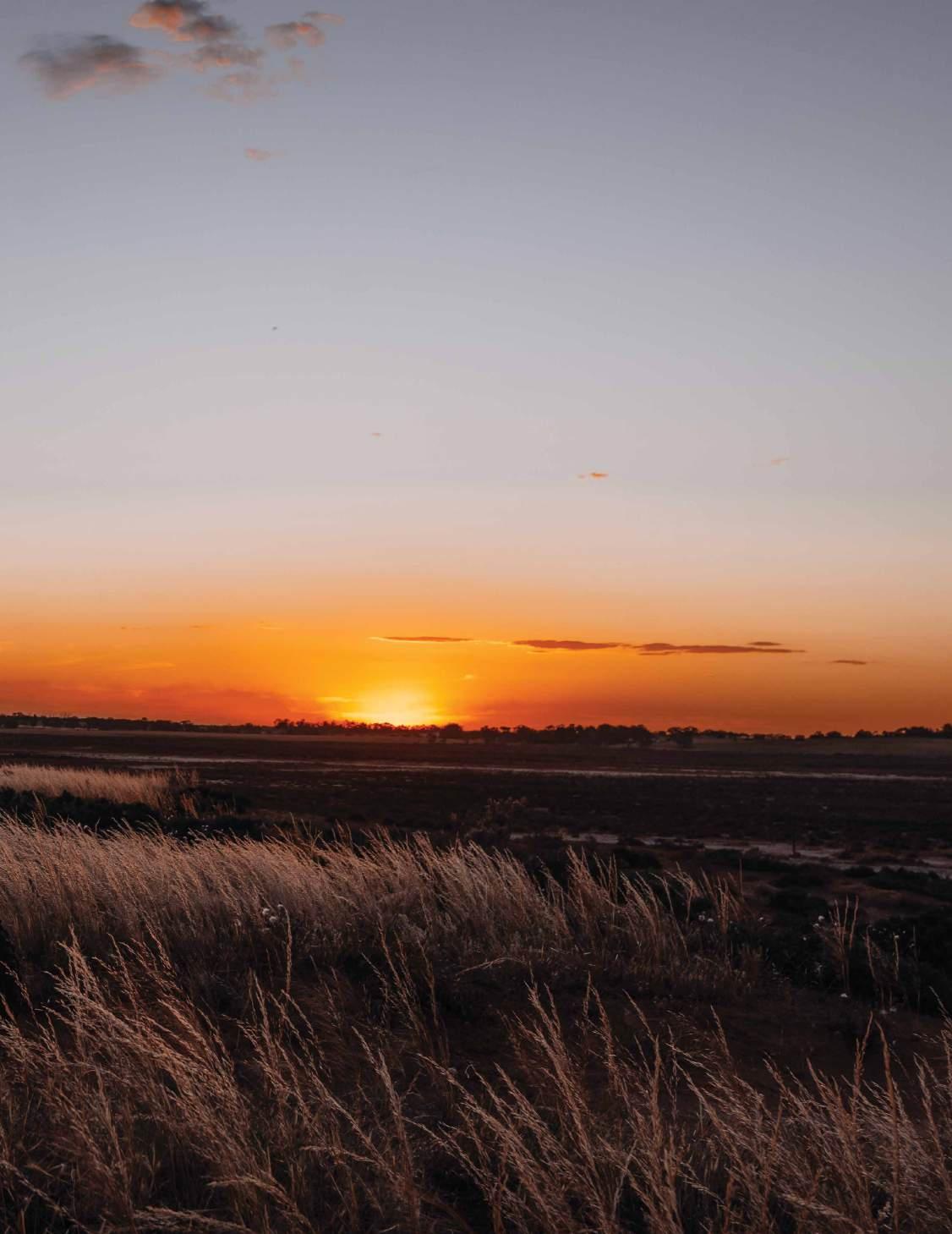
u
mallee dune country, breaking up the scenery and offering an ever-changing backdrop to a ride. Once part of an ancient inland seabed, the Raak Plain dazzles with reflections from the many salt lakes after rain and offers awesome photo opportunities. The pink hue caused by algae growing in the saline water
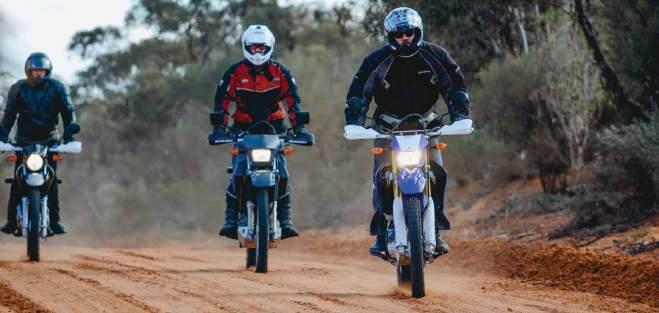
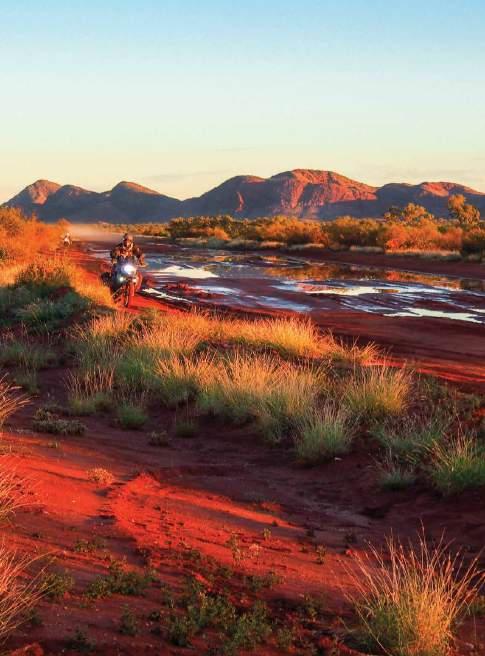
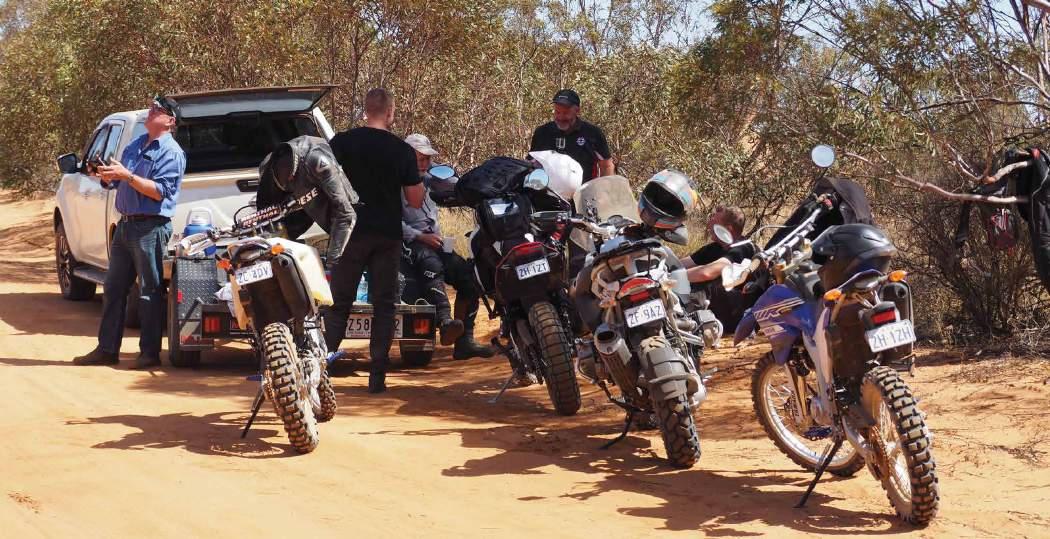
adds a special effect.
Riders on smaller bikes have no trouble with this type of terrain as it’s relatively steady going.
After some hours of riding, the Hattah store on the Calder Highway, 60km south of Mildura, offers a chance for a quick takeaway, ice cream or cold drink. Mildura has a reputation for good coffee and the Hattah store does a pretty good flat white or much-needed latte to set up a rider before hitting the road north again.
That’s where the bigger bikes come into their own as riders relax a bit on the blacktop before ducking off into a selection of gravel and sandy tracks.
The colours of the mallee change with the seasons and the rains, and they’re remarkable in being able to put on a flush of new growth when it’s still seemingly dry.
Heading north, there’s less of the smaller whipstick mallee and more of the bull mallee, interspersed with belah and pine trees, indicative of the better soil types and farming development.
Depending on the chosen route, there’s a chance to channel the great desertracing champions and ride alongside part of the Hattah Desert Race track near Colignan. From there a rider can head home again along the river where the
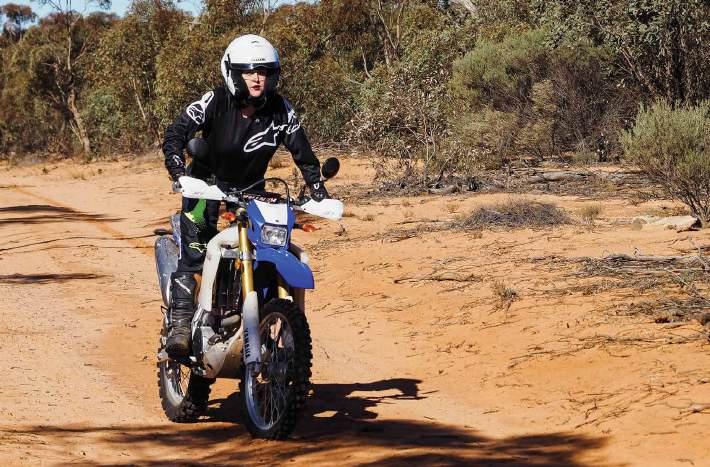
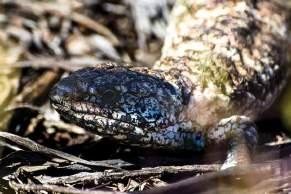
tracks are hard-packed clay and water views are a welcome contrast to the desert of the Sunset Country.
The terrain and stunning scenery suits the inexperienced riding brigade, but there’s plenty on offer for more gung-ho campaigners as well.
Depending on the chosen route, Bindara Station north of Pooncarie offers incredible crisp and clear night skies and a camp-oven dinner by the Darling River, while Mungo Lodge has great facilities for such a remote place, with gourmet food and a warm bed, all within a stone’s throw of where Mungo Man left his footprints in the wet clay some 50,000 years ago.
It’s a remote yet well-serviced region with easy access from Melbourne, Adelaide and Sydney, and, if you’re with someone who knows the area, the riding is premium.

Above: Hattah’s a remote yet well-serviced region with easy access from Melbourne, Adelaide and Sydney.
Left: There’s plenty on offer for more gung-ho campaigners.
Insert left: Plenty of wildlife for watchful riders.
When the borders open, Hattah Adventures will be offering overnighters and campouts just like the ones described here. You can join in. Log on to www.hattahadventures.com.au for all the details.
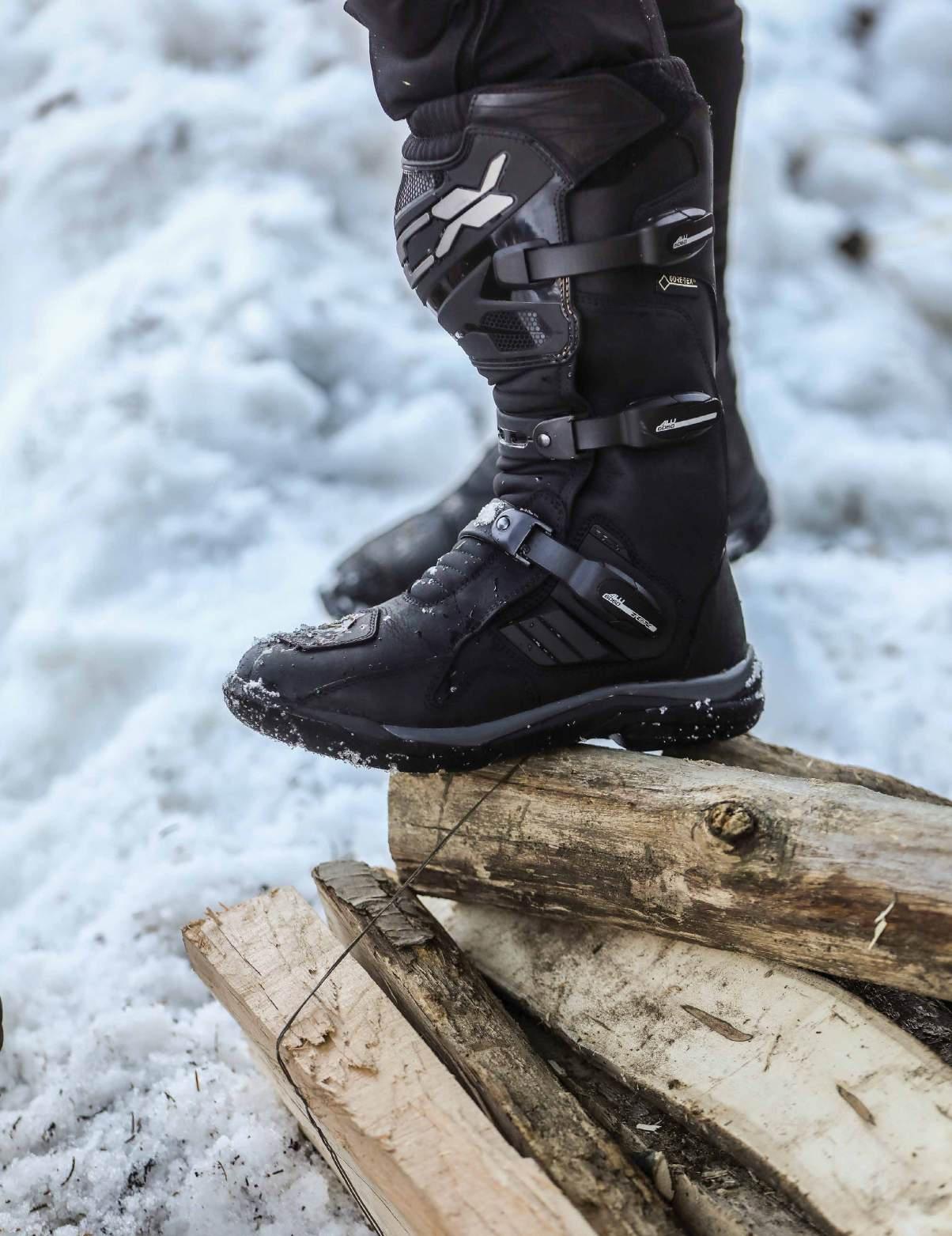
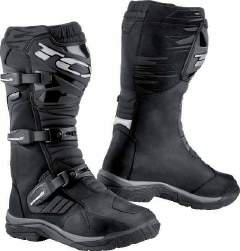
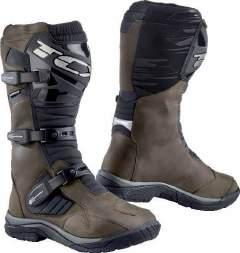
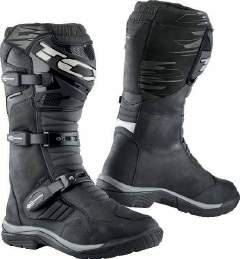
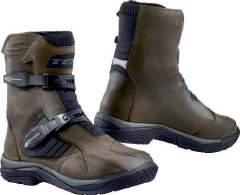
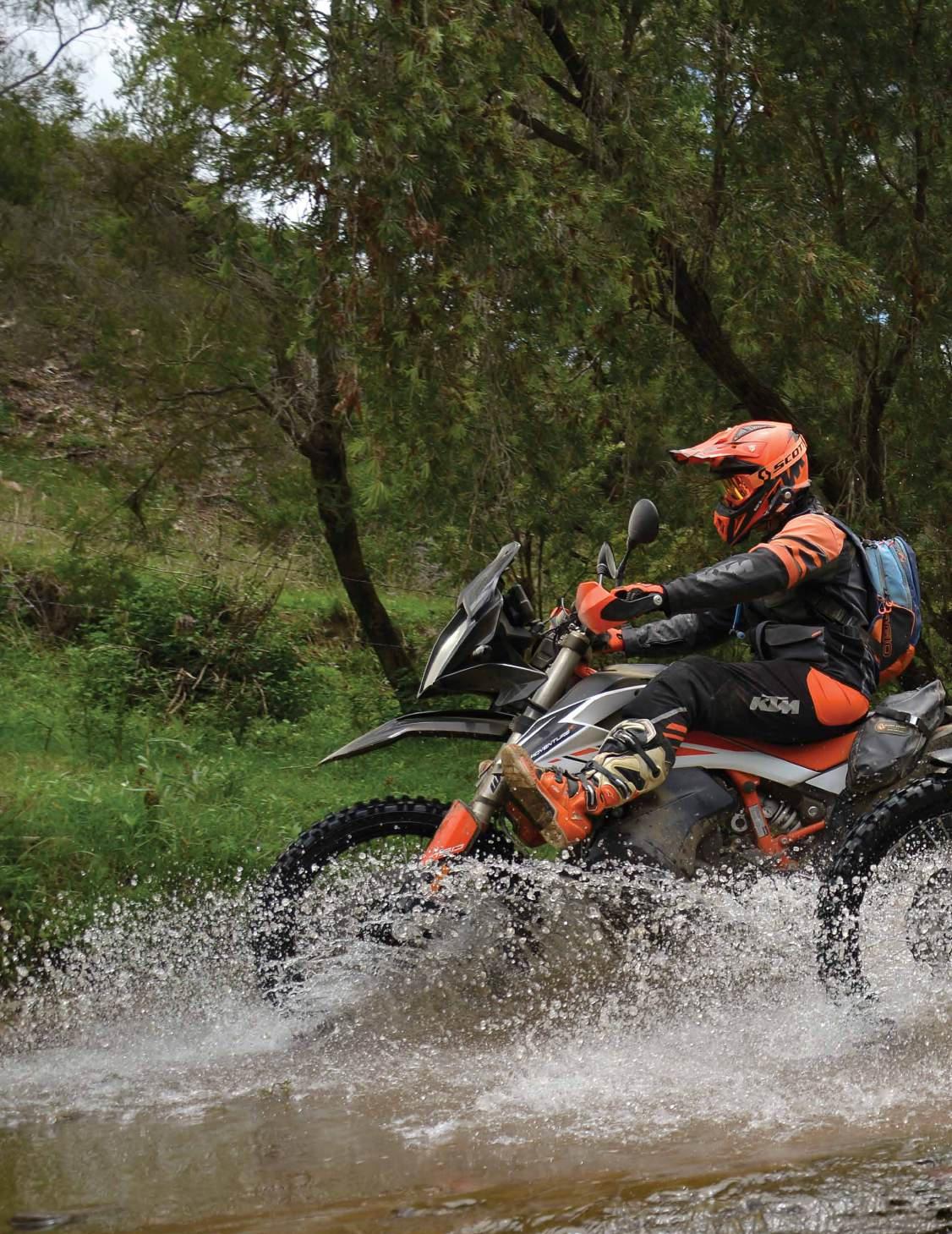
What do you do if a plan just won’t come together? Go riding anyway.
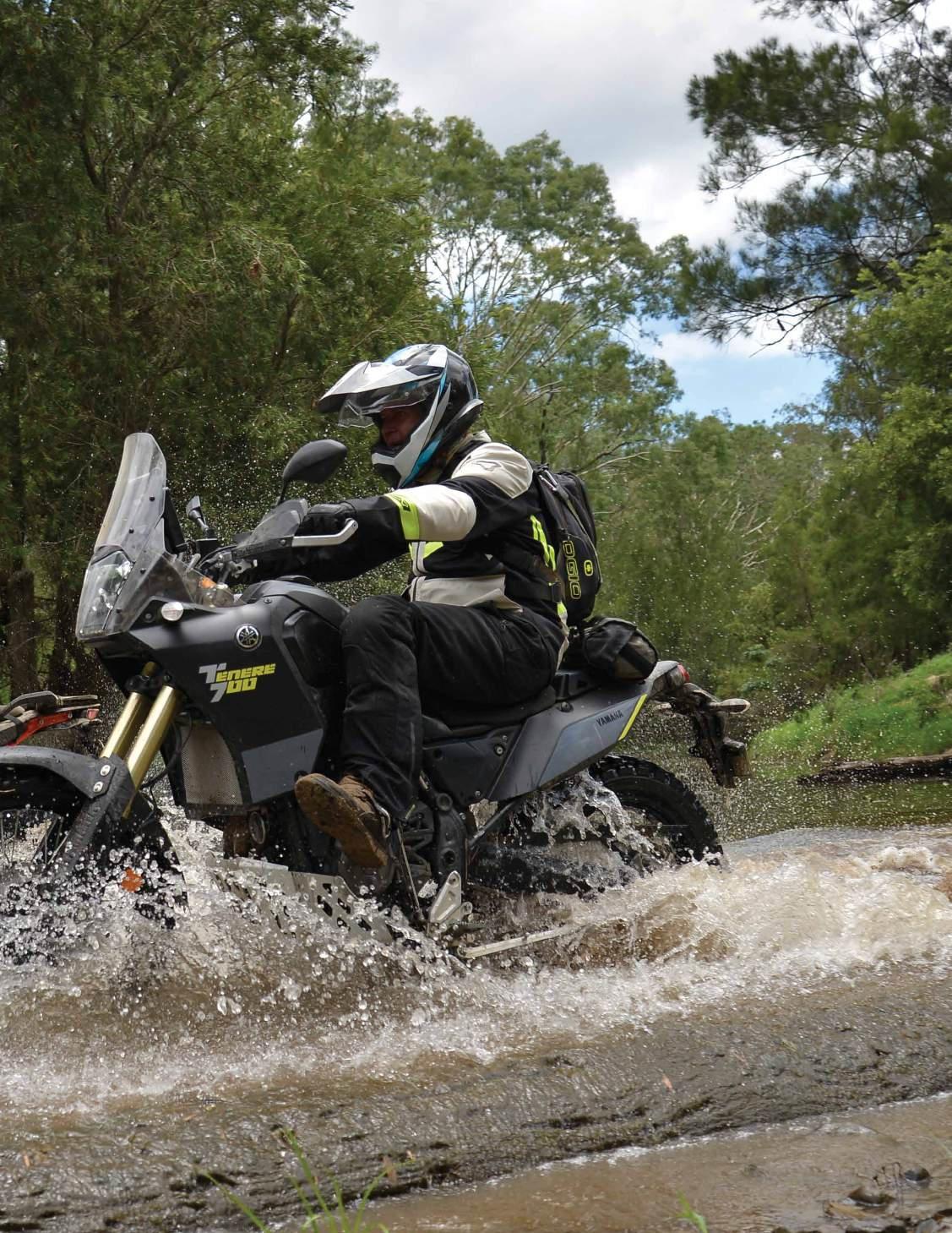
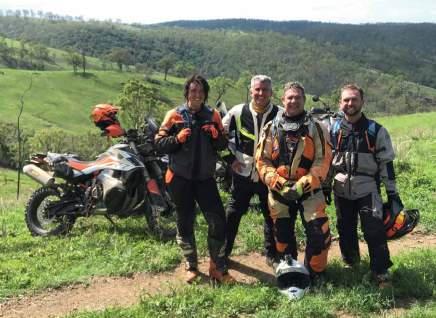
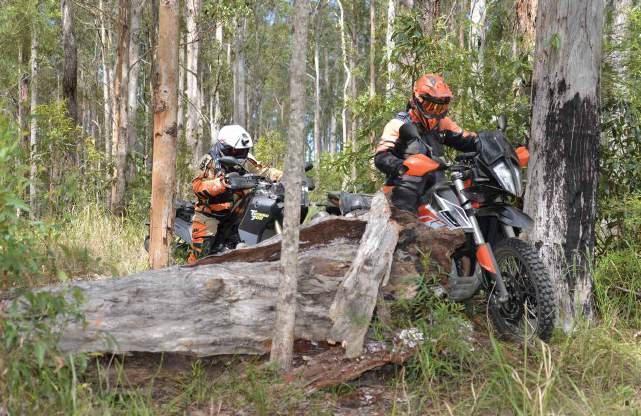
Late in 2020 it seemed The Big ’Rona was on its way out. People had been behaving sensibly, the rest of the world had cut itself off from Victoria and borders were beginning to open up.
KTM Australia and NZ marketing manager Rosie Lalonde is a totally irrepressible and impossibly bubbly girl who doesn’t mind getting out on a bike from time to time. She doesn’t need a big excuse – or any excuse at all, really –and we’d been trying to organise a ride together for quite a while. Before Rosie took over as marketing manager at KTM we’d mentioned in passing a ride would be good, but once she jumped into the hot seat, and it was her job to ride with slow, overweight magazine types, the push had been on.
Rosie’s not far north of the Queensland border while I’m not far south. I had one of those brainstorms where I thought it’d
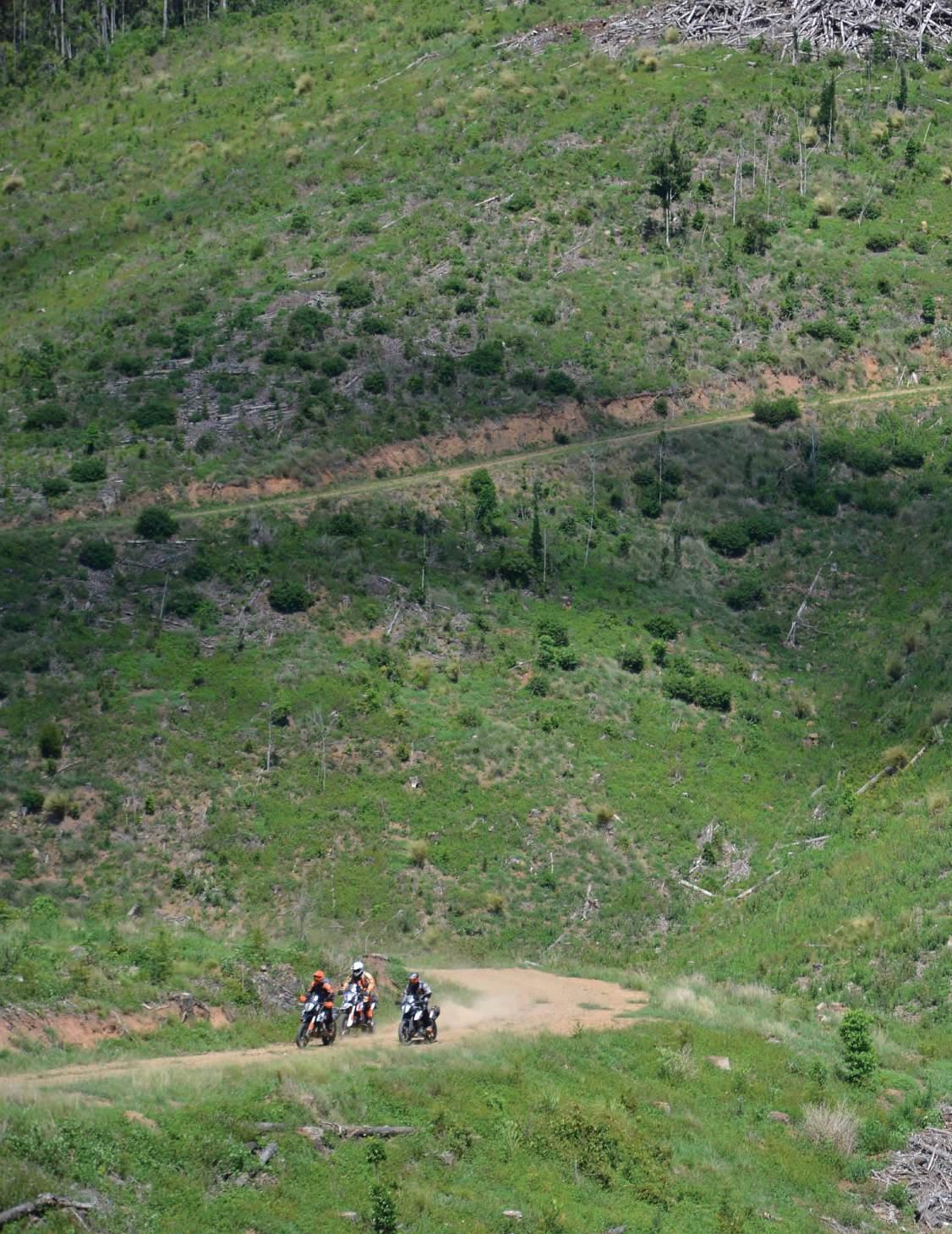
be a celebration of freedom if, when the NSW/Queensland border opened, we rode west from the coast and crossed the border as many times as we could. On hearing the idea Rosie squealed “Woohoo!” – she does that lot – and it was agreed.
The whole package came together in the neatest possible way when photographer Wilko, who also lives not far south of the border, said he’d like to come along.
Boo-yah! We were set.
Rosie, being a KTM girl through and through, had her 790 ready to go. Wilko, also a KTM acolyte, had his 790 ready to go as well. Rosie thought it would be good to invite a few friends along, and, in one of those never-happen-in-amillion-years coincidences, her two friends – ex-Aussie international Gav
Left: Rosie on her 790 leads Gav McLeod on the Ténéré through some tight going.
Main: There’s some mighty good riding in Rosie’s back yard.
McLeod and KTM’s digital marketing hotshot Kyle Blunden – also were on KTMs… and dressed in KTM apparel, top to toe.
In an effort to strike some kind of balance Yamaha generously threw a Ténéré 700 onto my rickety old trailer and I grabbed a spiffy new Macna suit from Link International. I’ve had a brilliant run with Macna gear over the years, so I was rapt to be handed the latest kit, straight from the first container to land in Aus. It was all set.
But then there was a bit of rain in northern NSW. The incredible folks at the SES suggested – several times – I was in danger of getting my feet wet. Only an idiot would argue with the SES, so the ride was put back a week while I went kayaking in my back yard.
Then, just as things were drying out, the bloody C19 made a comeback on Sydney’s northern beaches.
With the van packed and everything set to go Queensland chucked a hissy fit and threatened to yell at NSW if it didn’t ‘do something’.
As I drove up in the morning I was fine. By 6.00pm that evening the hard borders were back in place. Not only that, the week’s delay meant Wilko wasn’t available, and the route he’d planned was pretty much submerged.
“What are we going to do?” I wailed down the phone to Rosie.
“Tom,” she said sternly, “We’re going riding. Woo-hoo!”
Sensible girl, that Rosie.
We found ourselves gathered at a café in Kilcoy where Rosie assured me we were on ‘adventure time’ and not to worry about anything.
Kyle Blunden was on the 390 Adventure we’d had as a test bike for issue #43 and Gav McLeod was on one of the very few 790 Rally models offered in Australia. Perhaps the Ténéré looked a little threatened as the KTM’s parked around it and scowled with their praying-mantis headlights and top-shelf suspension, but it had a few aces up its sleeve as well, not least of which was an Akro, which,
as always, sounded totally horn, a supersmooth motor and what would have to be one of the sweetest-handling chassis in the class.
After a lengthy session of yarning, and Rosie dribbling her coffee all over the café table, it was time to get ridin’. With the border-crossing idea swept away by torrential rainfall that would’ve turned Noah’s fingers wrinkly, Rosie decided the best bet would be for her to show us around her home region.
She mopped the table with a handful of napkins, hit the starter on the 790, and it was on.
From Kilcoy the group proceeded sensibly and with high regard for the doubledemerit situation into nearby hills, alternating incredibly scenic asphalt sections with forestry roads and the occasional damp single trail. There was the usual improvisation when parts of the route were found to be closed for logging or other unspecified reasons, and a wonderful variation of trails and well-maintained dirt roads made the morning an absolute treat.
One especially single-tracky trail of wet clay had Rosie pinging with happiness, while the 390 and the Gav’s 790 Rally seemed to swoop through with no check in speed or forward motion at all. The Ténéré handled it with ease and I have to admit to enjoying myself far more than was proper on a work day.
Some bike swapping went on here and there, and while Kyle had seemed such and even-tempered and steady sort of bloke on the 390, he went a bit mental as soon he jumped on a 790. Geez, Louise! Can he seriously have needed to jump everything he saw? And given a free hand in the sand the guy blasted through the section like a string of frigging landmines.
Gav stayed with him, but showed a little dignity in his approach, possibly because he was slightly older.
Top right: The sand section was a tad too short for this pair. It was plenty long enough for Adventure Rider Magazine’s editor.
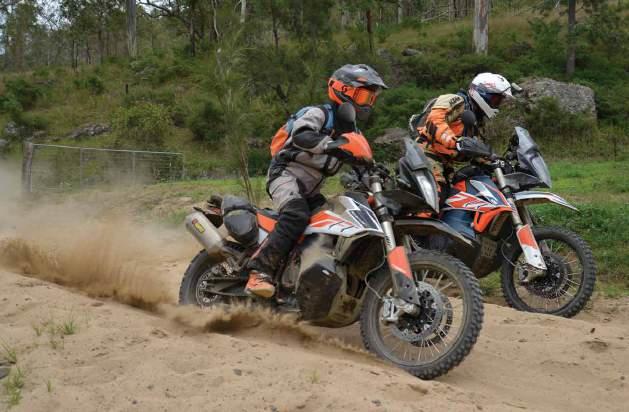
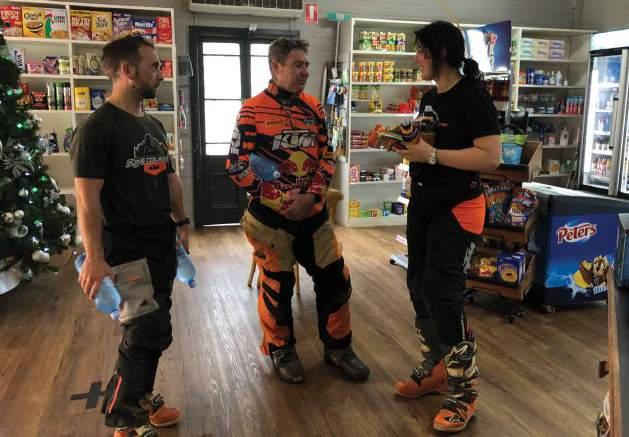
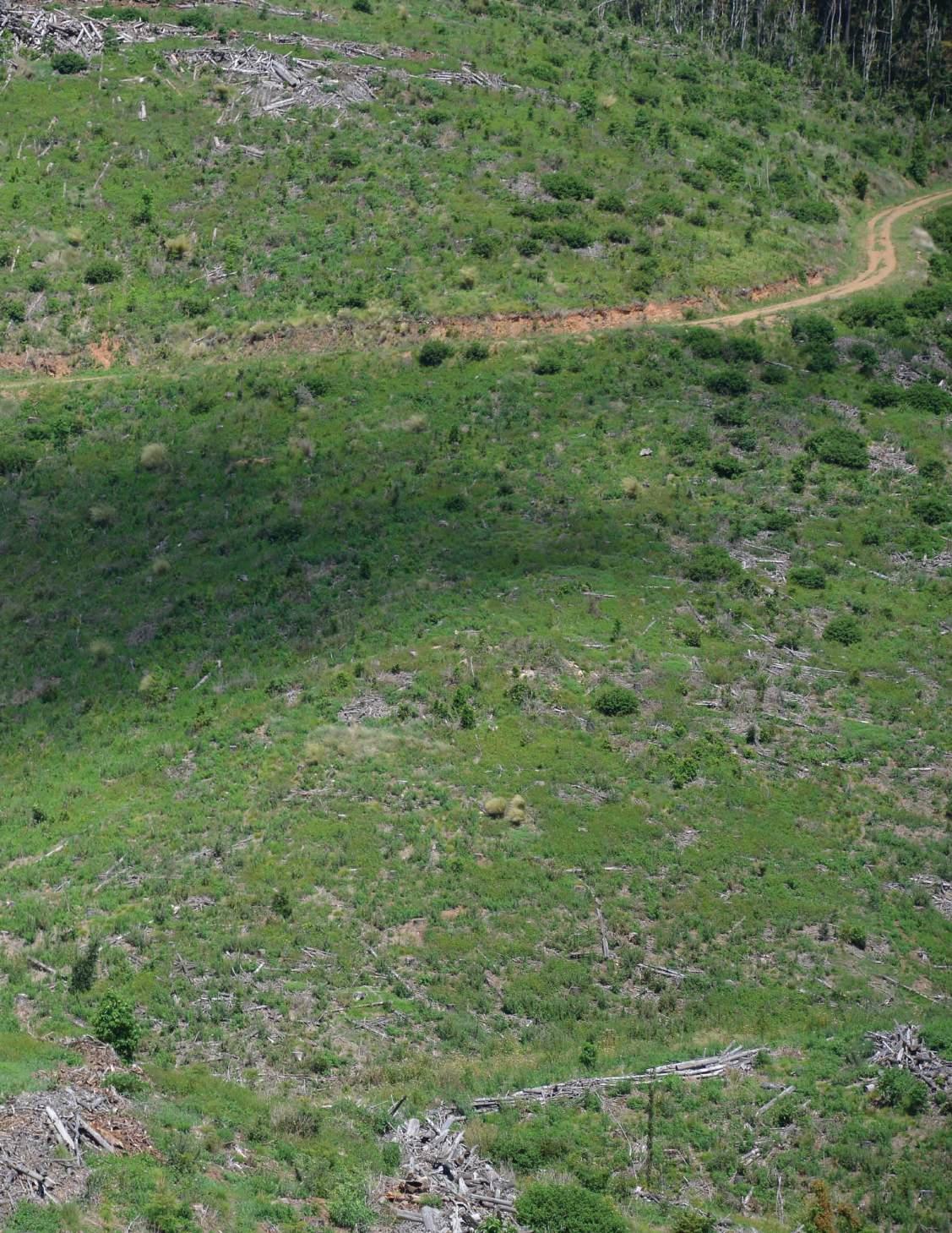
Middle right: Being on ‘adventure time’ meant there was no need to hurry. From left: Kyle, Gav and Rosie. Bottom right: There was a little bike swapping. Changing from a 790 Rally to the Ténéré didn’t make much difference to the way Gav rode. u
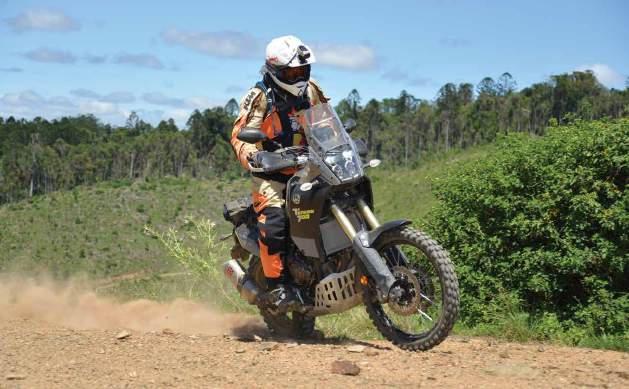
Right: Closed roads were no problem. There were dirt trails all over the place. Below: Safe at the top of Ténéré Hill.
The temperature rose and by the time the short sand section had been dealt with a shallow creek crossing offered the chance to cool down a little. Rosie was offered to throw a little roost over myself and the Ténéré for a pic on a causeway, but she’s far too polite a girl to do something like that.
It was probably just as well I wasn’t offered the same opportunity to throw a little roost in her direction. I’m nowhere near as polite.
After a few pics and some clowning around in the creek the trail led us to the Linville Hotel at, predictably, Linville.
A pub since 1887, the Linville is open every day…except the day we were there. It didn’t matter, because a few doors down was a café and general store where cold drinks, coffees and snack treats were available, and in a flash everyone was back on adventure time, yarning away at a table outside the pub. Many tales were told and industry problems discussed, but, as Rosie cautioned, “What happens on the trail, stays on the trail,” so there’s no more to be said about that.
By that stage the day had fair galloped away. We’d ridden through some truly monumental scenery and I was quietly in awe of all we’d done.
But Rosie had saved the best for last. There was a view from some powerlines
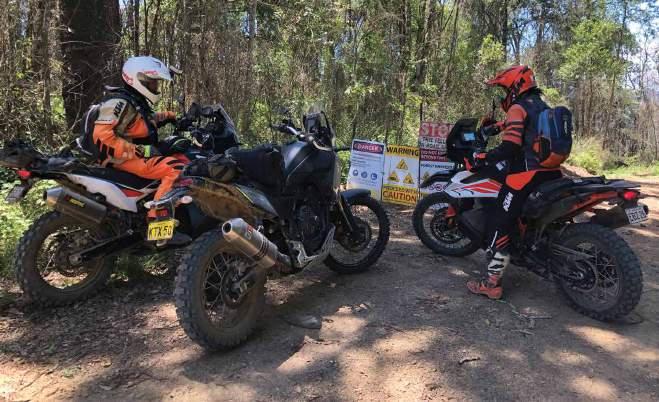
she was very keen to show, and the other two nodded in agreement. Getting there meant climbing ‘Ténéré Hill’, so named because Rosie had found a Ténéré stranded there on a previous ride.
My mouth felt a little dry, my pants a little wet, and the snack treats I’d woofed at lunchtime were suddenly a solid rock of tension in my unflattering, bulging abdomen.
‘No worries!” I giggled. “A hill! Yeah. You beauty!”
As I dragged my feet over to the bikes there was a little more bike swapping and I ended up with a 790.
‘Oh, awesome,’ I thought. ‘Not only am I going to get stuck on a hill and probably burn out a clutch, I’ll be burning out someone else’s clutch.’
Of course I kept that to myself, jumped on the 790, and followed along.
Ténéré Hill
As it turned out Ténéré Hill wasn’t any kind of challenge at all. Any competent rider on just about any bike would’ve blasted up there without even thinking about it. Rosie sailed up like it was a ride in the left lane of the M1, Kyle pissbolted effortlessly to the top on the 390, and Gav kind of criss-crossed his way up, just to make it more interesting, I guess.
So I was left a little shamefaced and with my competence in question when I chose what I thought was a clever line and made a complete cock of it, ending up with a 790 jammed in a rut and having to slither backwards with a great deal of screaming, revving and perhaps even a little girlish sobbing until I could have another crack at it and manage to paddle my way up.
I don’t think the others saw me, thank
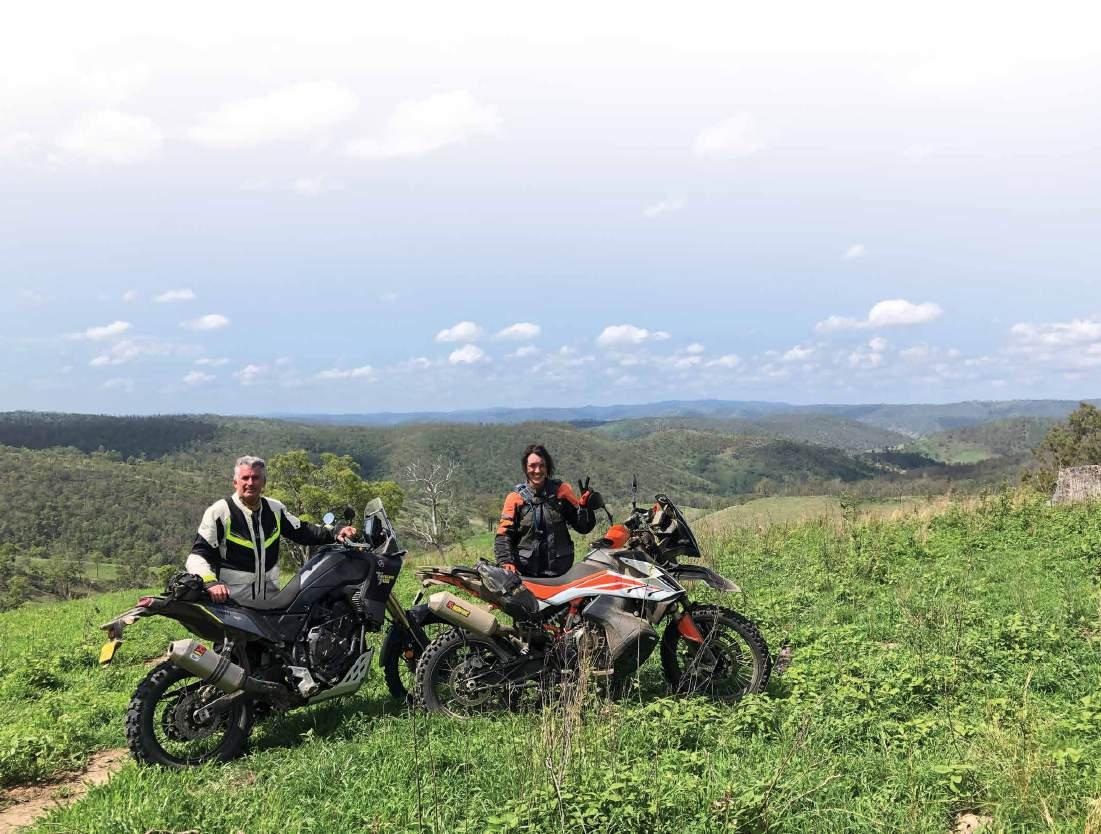
goodness. I stayed well back until the 790 had returned to normal operating temperature and the clutch smoke had dispersed, then returned it to its owner.
Worth it
Rosie was right, of course. The view and the riding on those grassy ridges and rolling green hills was truly spectacular. It was one of those locations which could feature in the daydreams of adventure riders, in their workplaces and homes, envisioning the riding Utopia they someday hoped to find.
As often happens when the riding is almost too good to be true, the hours had flown by and the day with it, and although the intention had been to head to Blackbutt to turn around, it was late, and no one was keen to stay out after dark. A roll through the gorgeous countryside and down Ténéré Hill had the crew sitting on the bitumen and looking at alternatives. Gav offered a road ride back to Dayboro that would be a lot of fun and get us there before the bakery closed, and before you could say ‘a-bear-claw-and-a-cold-Coke’ everyone was going like scalded cats on some sensational twisting mountain blacktop. The views and scenery were continuous and the riding sensational.
As the cold drink hit the back of the throat and the apple slice beckoned from the bakery table, Rosie held up her hand and invited a high five.
“All in a day’s work,” she grinned. “Woo-hoo!”
We didn’t set out to put the 790 and 700 head-to-head, and we’re not even going to try. They’re both great adventure bikes in their own way. KTM’s credo of ‘Ready
To Race’ is clear in the 790. The suspension is superb, the electronics really excellent and the motor a stonker without being intimidating.
The Ténéré is everything the Ténéré name has promised for decades. It’s comfortable, handles well, the stock suspension is good and the motor is a grumble of smooth, easy-to-use ecstasy. The lack of electronics is a plus for anyone looking for a fuss-free dualsporter, and the Ténéré 700 is one of the best of that breed we’ve ridden.
The KTM 790 Adventure R: around $21,800 ride away
The Yamaha Ténéré 700: around $17,300 ride away
A ride with Rosie and her mates: priceless.
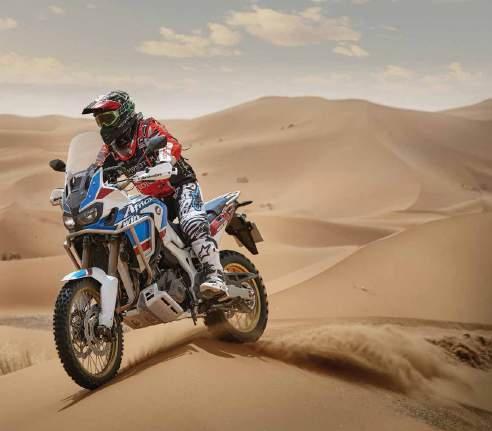

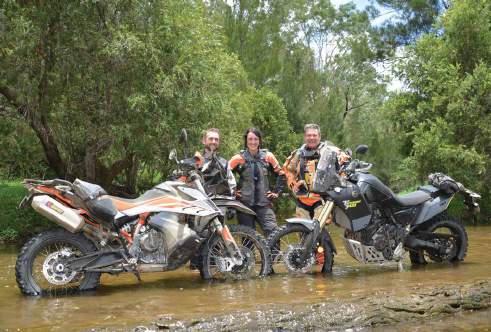


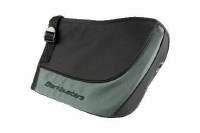

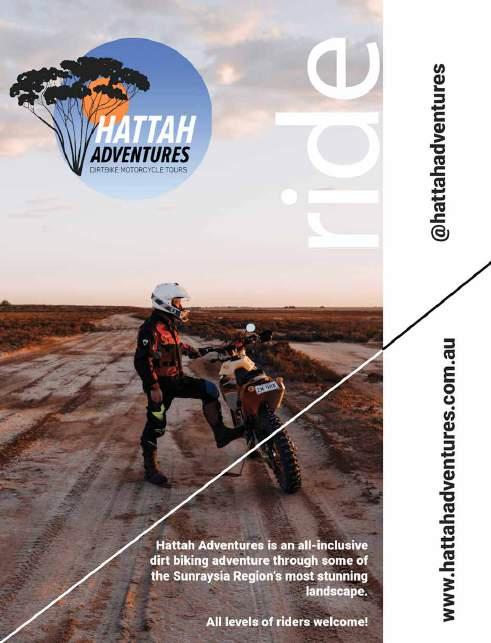
Sometimes rides sneak up and there’s little time to prepare. With a loaded schedule, lots of kids and a busy workplace, Adventure Moto’s Jen Smith had to down tools and go riding. She was glad she did.
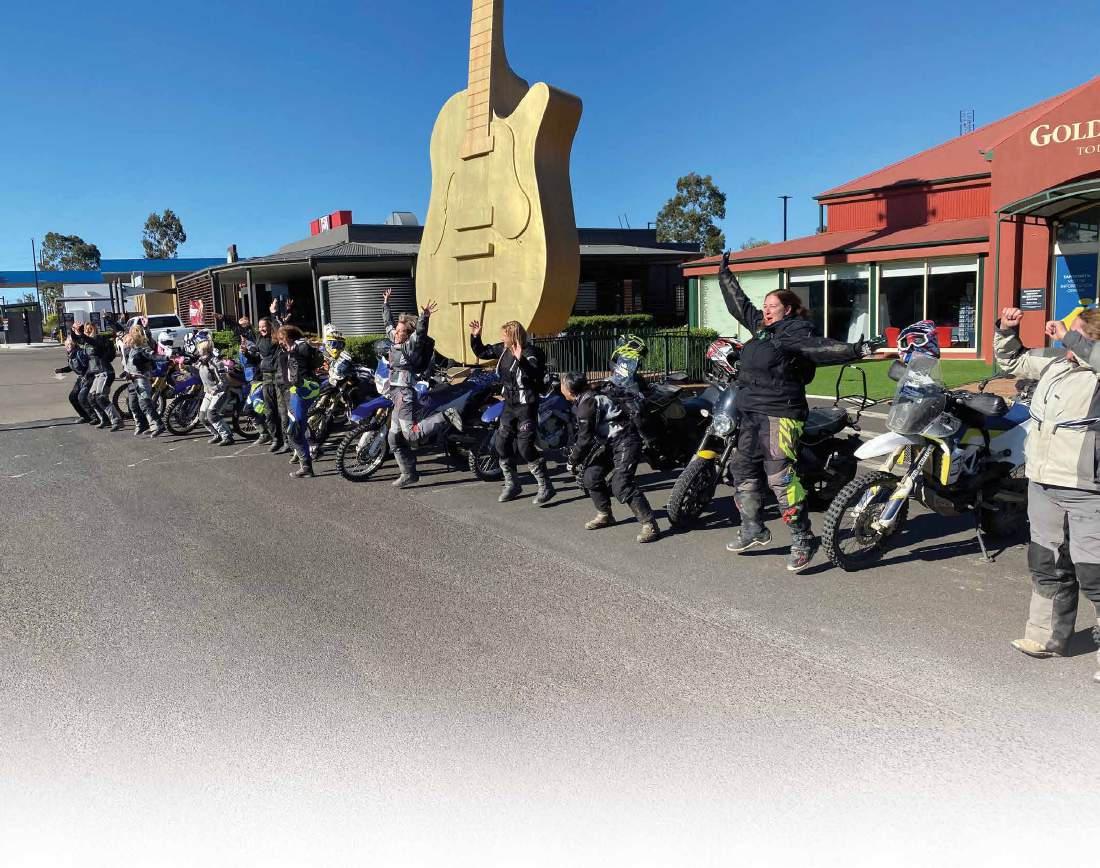
At the thought of a great few days away on the bike, riding the amazing tracks and trails of NSW, I finally managed to get my act together. The bike was ready, riding gear was prepped –including finding my ‘good boots’ – and that ever-elusive charge cable for the trusty Sena was in my pack. I felt ready but not yet excited.
The freeway drive to Singleton, our starting point, was a relatively painless two hours, towing the bikes rather than flogging the trusty blue 250cc weapons on the freeway.
Arrival, check-in, dinner and the briefing helped shake off the Sydney stress. I started to
relax and the excitement began to build. I was impatient for the moment when I could pull on my favourite helmet and hit the starter button on my pride and joy.
We met in the morning for a quick breakfast and the final briefing. The moment had arrived.
Down slid the Klim Krios helmet, the gloves went on and the bike purred into life.
‘Let’s see what amazing terrain and vistas we can cram into one day,’ I challenged myself.
Day one’s plan was to head up toward Nundle and make our way through to Tamworth for the evening. The engine revs rose and
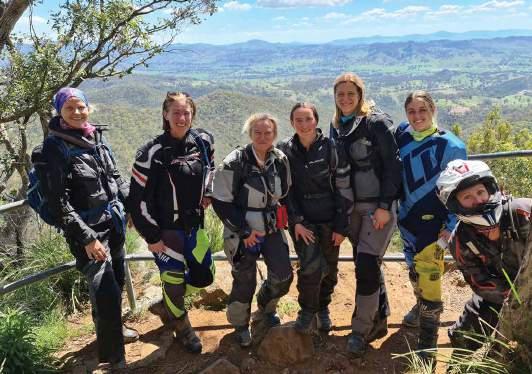
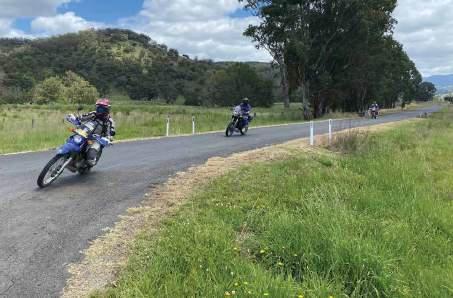
fell to meet the occasion, the bike and I were in sync and the feeling that all was right with the world started to take hold. The stress of Sydney fell away.
Small and compact weighing 583g and measuring 14cm height x 8cm width x 4cm depth
As the morning progressed twisty tar gave way to twisty gravel and I could not wipe the smile or the dirt moustache off of my face. I was laughing and joking via my headset
u
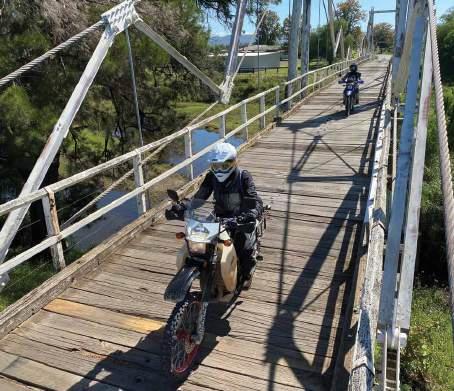
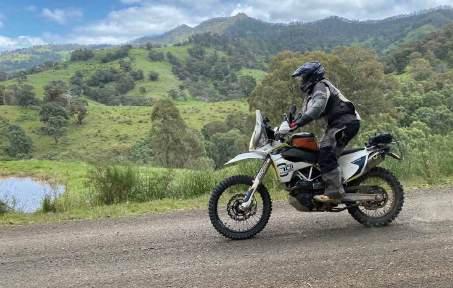
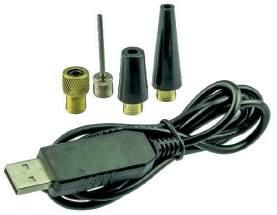
Pumps a 190/60 tyre in just 4 minutes!
Built-in torch with 3 functions: On, Flashing and SOS
Comes with a sturdy zippered EVA bag

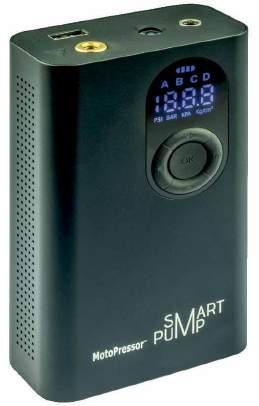

This little beauty is ideal for inflating motorcycle tyres, RV, car and bicycle tyres. It will also inflate pool toys, footballs and charge your phone or electronic device! It pumps from 3-120PSI and is accurate within +/- 1.5 PSI. Set and store 4 separate pressures and it will automatically shut off after the pressure is reached.
Use the supplied USB cable to re-charge your inflator. It can be recharged from most USB outlets and the charge time is between 3-5 hours, depending on the state of your battery.
Available through Rocky Creek Designs and all good motorcycle stores through Pro Accessories
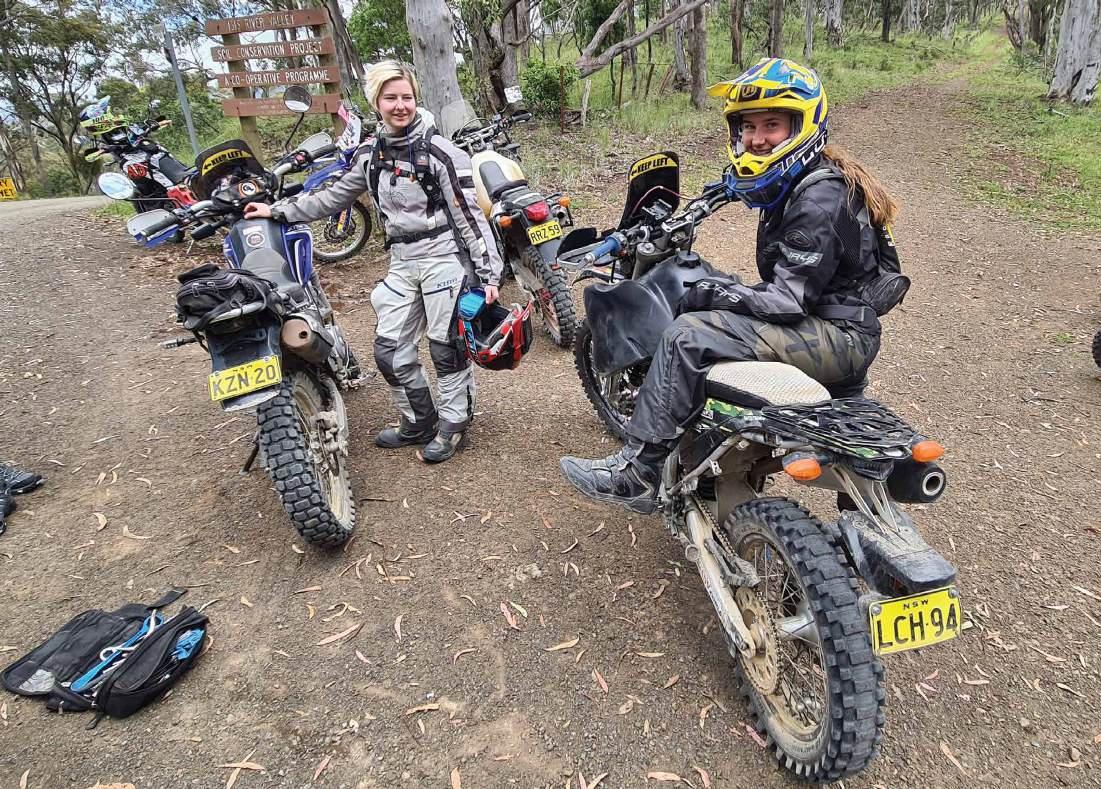
with my riding mate, challenging myself to take turns faster, trying to get air on every cattle grid, and we enjoyed the beauty of country that had seen some recent rain. Everyone was having fun.
At fuel stops and lunch we compared stories and experiences. The gaggle of individuals became one group with a common goal. We talked of work, family and riding. I found myself in an amazing
group of women of all ages. The range of bikes was as diverse as the skill level and riding experience. In common, though, was the shared passion for adventure riding.
After a fabulous day on the bikes we topped off the evening sitting on Peel Street in Tamworth, starlings chirping away in the background, sharing a fantastic meal and a few social liquids to ease the body aches.
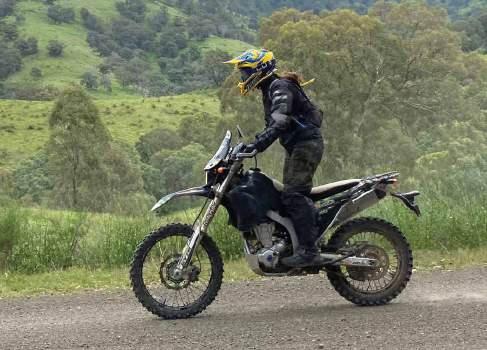
Above: Even the youngsters had discovered the fun of adventure riding.
Below left: There was no better place to be in that moment.
Below: The Ténéré Twins, a mother-and-daughter team, at Chaffey Dam.
Top right: Enjoying the beauty of country that had seen some recent rain.
Right: Throttle wide open at Dungowan. Everyone was having fun.
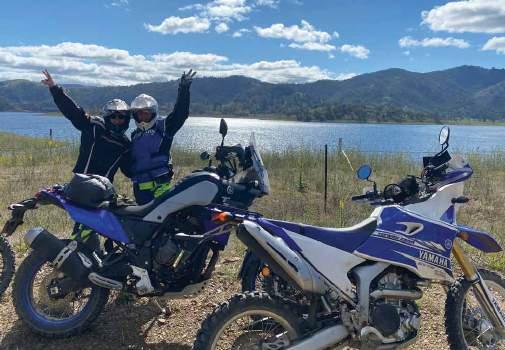
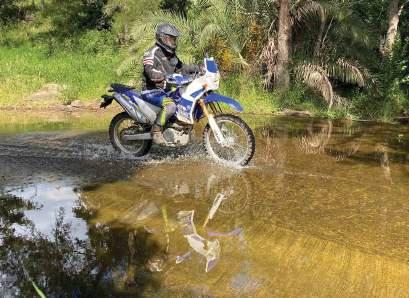
The next morning we made the mandatory visit to the Golden Guitar for some flash-mob shenanigans and group pics.
Tamworth was our halfway point and that meant the second day we were homeward bound. I knew we had another day of riding ahead, but I still felt a little sad knowing the fun was coming to an end.
Southbound we went, through Piallamore, and the views were again stunning.
I thought what a wonderful experience it was to be riding an amazing bike through rolling green hills with not a worry in the world. There was no better place to be in that moment.
We travelled past Chaffey Dam. Fortunately, there was water in it this time. On previous visits you could see the bottom and walk across the dam, and that’s when you realised how vast the area was.
From the big puddle we continued south and past a field of Grass Trees. They were everywhere. I’ve never seen so many in one place. Culverts were the next order of the day and, through repetition, we all became experts in no time.
Adventure riding is a great equaliser. It’s about helmet time, amazing views, adrenalin, freedom, and on an organised ride it’s about the group dynamic. Quite often the camaraderie transcends the event.
All I can say is, making the time to get out and do this ride was a welcome pause to a busy life. Try it!

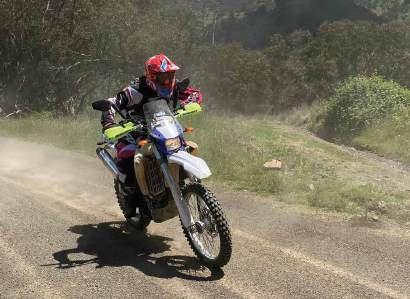
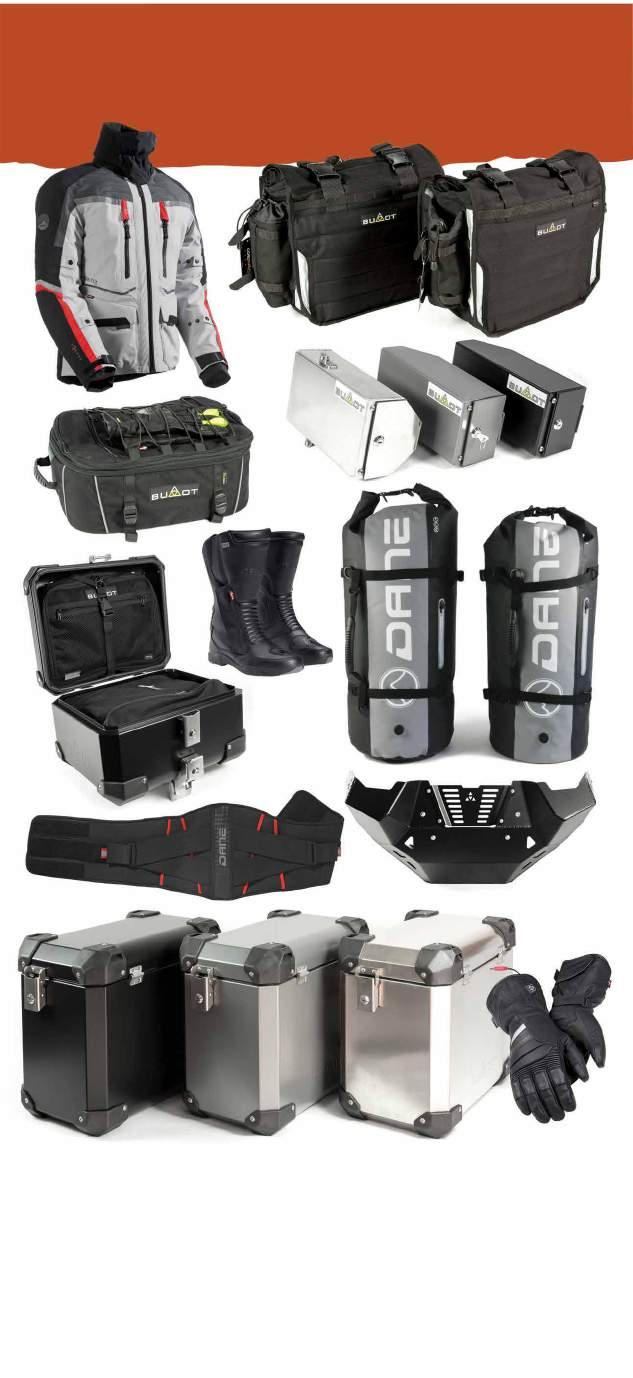









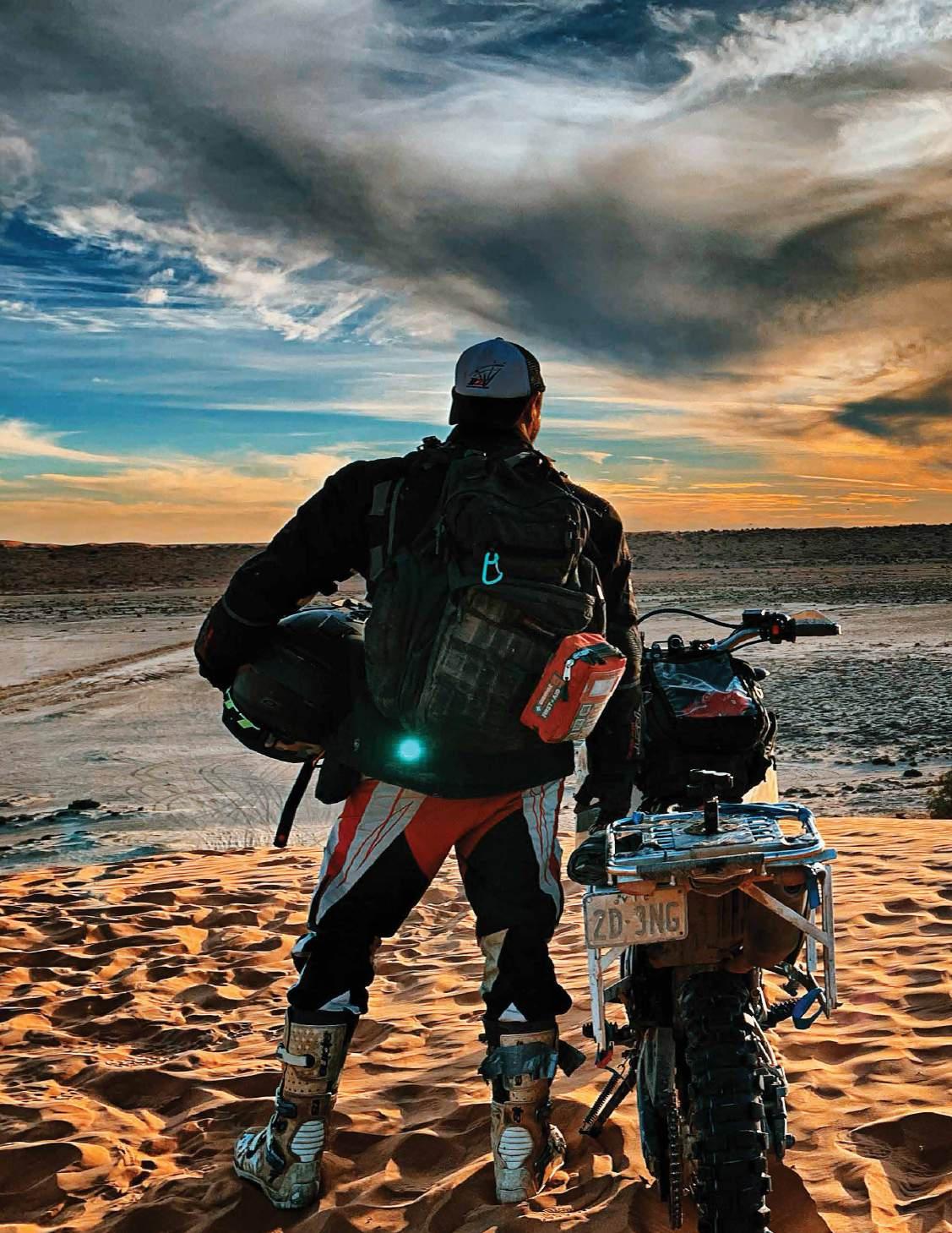
Do you ever long for a really serious challenge? The kind that can change your life? Benji Brundin answered the call and went for a world record in the process.
The sun beat down as I inspected my torn rear tyre.
I was deep in the heart of the Tanami Desert, completely alone, and with only a few litres of water.
I looked around for a solution and thought about packing the tyre with foliage. The only problem was, there wasn’t a blade of grass or greenery anywhere.
Normally this sort of situation would have the best of us feeling uneasy, but after all I’d been through, I couldn’t help but laugh to myself.
I decided to keep riding my WR250R to a mine site about 40km away, and the back of the bike wagged up the road like the tail of a dog.
I hadn’t shaved or changed my dusted clothes in over a month, my feet were blistered, my eyes bloodshot, and I looked like I’d ridden straight out of a Mad Max movie. The security girl on the gate had a particular look on her face – one I’d become accustomed to seeing this past month.
I met her gaze with a big cheesy grin.
‘What the hell are you doing out here, mate?” she asked. “Where the hell have you been?”
“I just came out of the desert,” I replied.
“Jesus,” she stared. “You’re bloody game. Why are you so happy?”
I couldn’t help but smile. “I just set a new Guinness World Record.”
In January of 2019 I’d just returned from a trip that had seen me ride into some of the wildest parts of the country. Within hours of returning to Melbourne I was back at work. I wasn’t ready to go back, and I knew after all that had happened on my last adventure I had so much more to give the world than I was offering in my job. My mind is an active one, and before too long I’d hatched a plan that would see me push myself into some of the largest deserts in the world. My friends and family expressed their concerns for my well-being, but I knew
Main: Crossing the 10 deserts of Australia would traverse over 6000km of dunes.
Below: Author Benji wasn’t ready to go back to work.
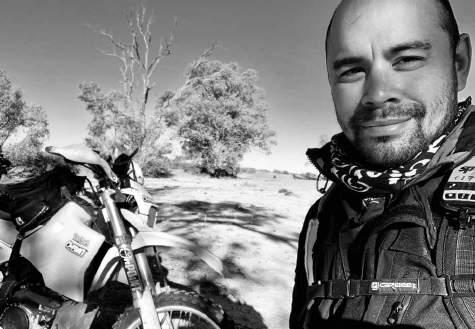
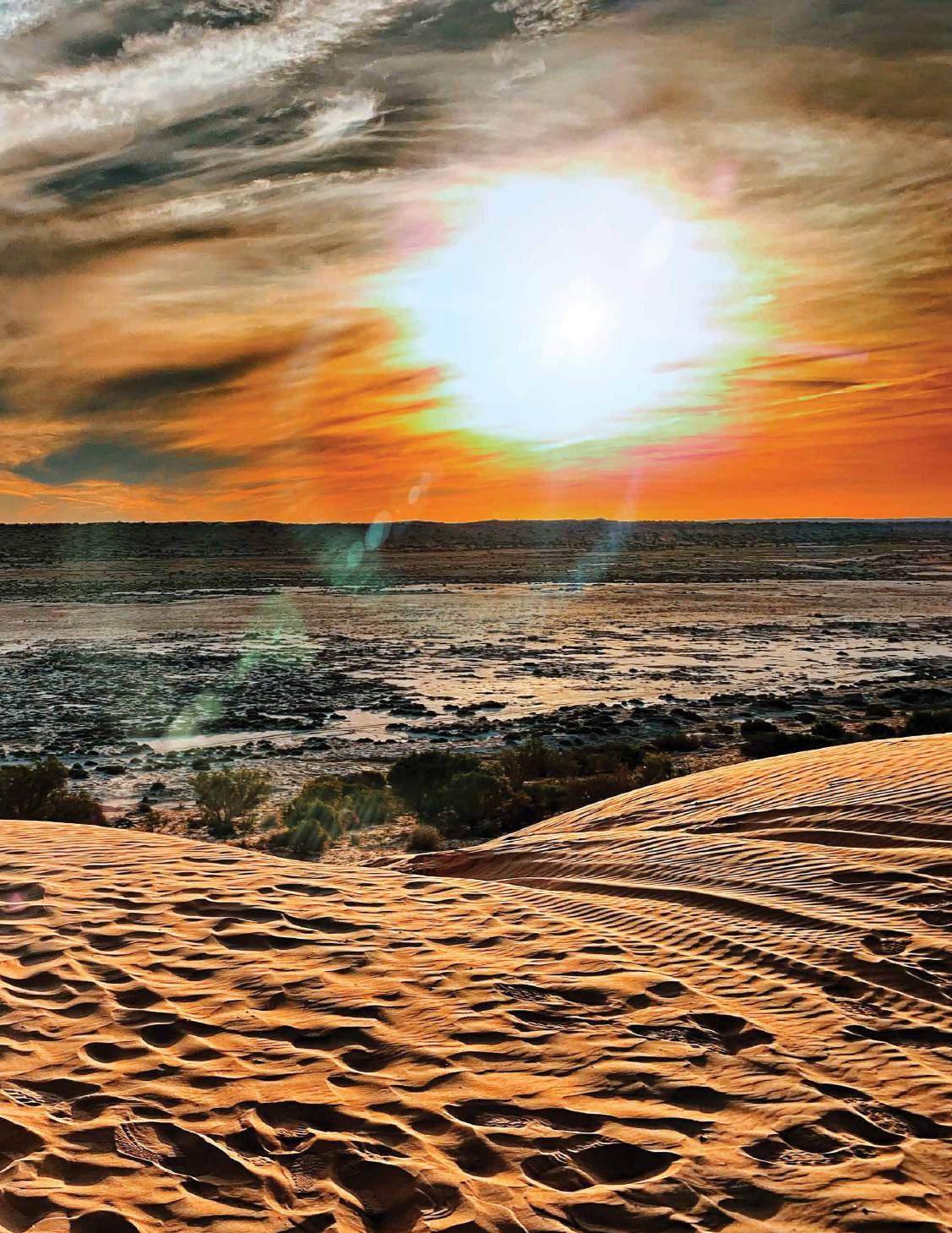
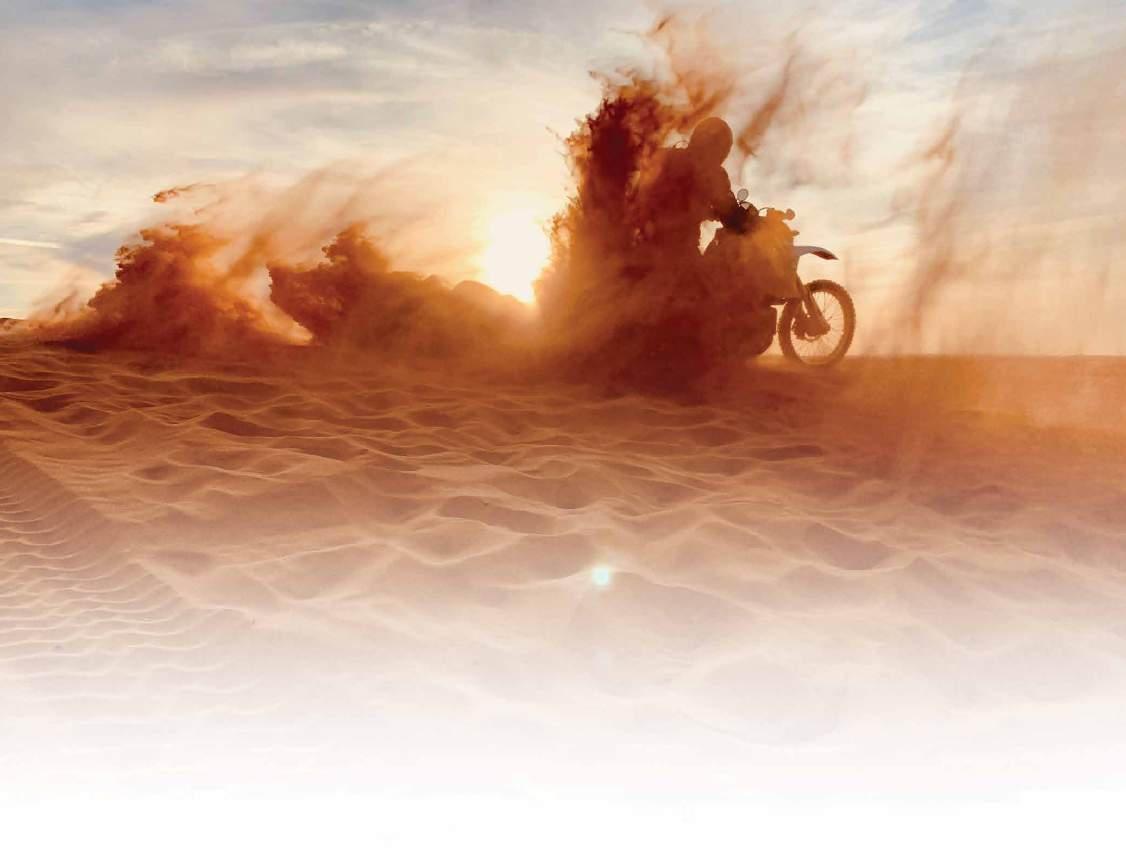
I could do it. I knew, after all the times I’d failed and fallen short in life, I could get the job done. I had to do it, for myself if nothing else.
I’d always wanted to push the limits of my abilities, but, at the age of 36, for whatever reason, I hadn’t reached those heights and I knew in my heart of hearts I could do something special.
The Simmo
Crossing the 10 deserts of Australia would see me traverse over 6000km of sand dunes, track and corrugations, not to mention the 2000km it would take to get me there. To do the job I had a 2008 Yamaha WR250R with a home-made set of pannier racks holding my postie bags.
The first real challenge of the trip came in the Simpson Desert. I woke early and sat atop the second of 1100 sand dunes to watch the sun rise over Big Red. It was an impressive sight, and I looked out across the endless dunes in front of me and knew I’d need to dig deep. My bike was loaded for 40 days in the desert and there was a lot of pushing to be done in the
“Australia would see me traverse over 6000km of sand dunes, track and corrugations.”
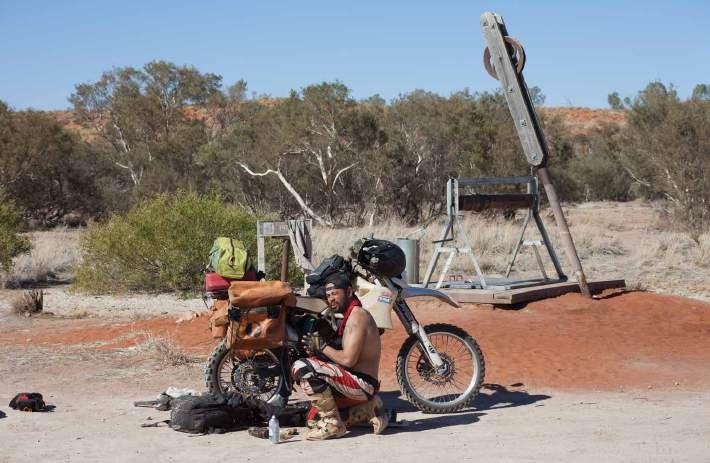
dunes, unloading and reloading the bike. The nights were cold in the Simpson, too. I woke with ice on my tent each morning. The crossing took me three full days, and on the third morning I was spent. The sheer physicality of it had nearly broken me.
I spoilt myself and ate three T-bone steaks for dinner after riding through to Oodnadatta the next day before setting out for Coober Pedy to begin the next leg of the crazy expedition.
The Great Vic
The next challenge was the Great Victorian Desert, and from Coober Pedy there was no fuel or water resupply for nearly 800km west.
On the second day the sand kept getting deeper and the track tighter. During the afternoon I rode through a long stretch of badly burnt land and had a really unsettled feeling. It was weird, like the fire had gone through years ago but nothing had returned to life. I couldn’t help but feel the charred bodies of the dead trees were staring right through me, offended at my presence, their clawed branches pointing at me to move on. Problems started to pop up on the third day.
Around mid-morning I crested a dune and bounced my bike off a tree like a pinball. Somehow I managed to keep the bike upright and power out of the sand, but when I pulled up I realised I’d burst
Above: Powering through the sand.
Left: A crazy expedition.
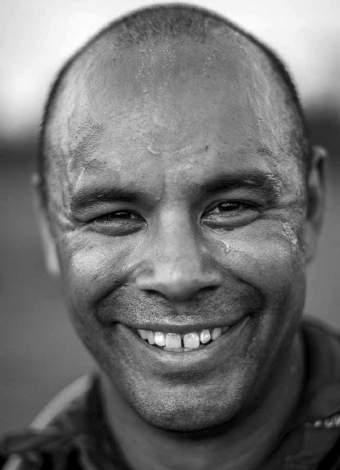
one of my water bottles. A litre-and-a-half of water equates to about six hours of life out there, and not long after I lost the nipple from my bladder and lost another 12 hours of life from my backpack.
Shit! I did a quick assessment of my situation.
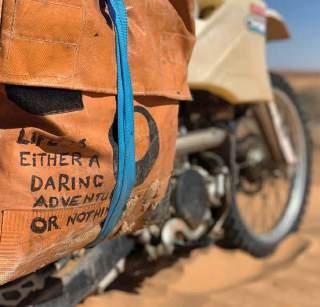
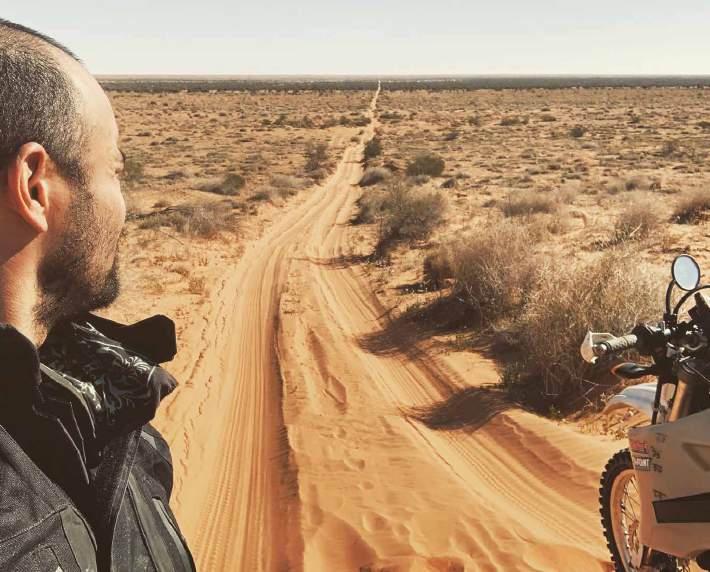
I was nearly 500km from the nearest town, I’d only seen two cars in nearly three days, and at the current rate of travel I had nearly two days to my next resupply and less than a day of good water left.
The situation wasn’t horrible, but I knew I had to make up some ground or spend a very thirsty day on the bike.
I bottled my urine from then on, and then the sandstorm came blowing in. Gusts of wind started pushing me across the track and blew the wheel ruts clean.
As I stopped to fix yet another water leak, I watched my own tracks get blown over. Suddenly I felt very alone, vulnerable and afraid.
On the morning of my 14th day in
Top left: Benji knew he could do something special. Top right: Alone and vulnerable. Left: Home made pannier racks and postie bags.
the deserts I wrote the following:
v 5 days on pegs
v 3 days no cars
v Muscles sore
v Back and traps sore from heavy pack – 15kg
v Feet, palms blistered
v Hands numb, no feeling in my right three fingers
v Hard work
v Freezing, shivered all night
v Feel my clothes getting bigger losing weight
v No human contact, bike has been tortured, how can it keep going?
v Only half way.
For me that morning was a real moment. With gritted teeth, I pushed on.
A few days later I pulled into the isolated town of Wiluna and then onto The Canning Stock Route. u

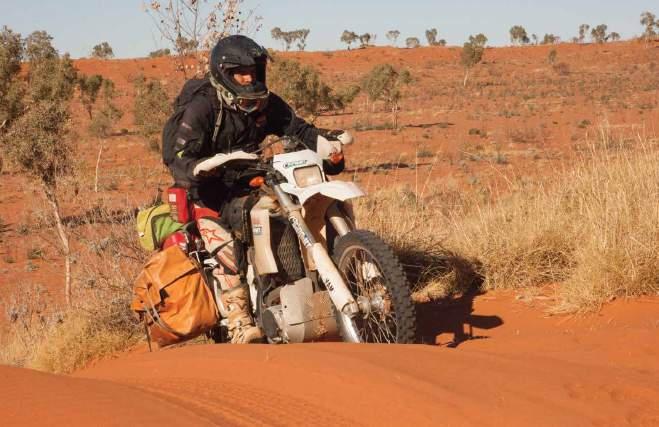
I spent a day in Wiluna resting up and servicing my bike. Other travellers told me I was crazy, but after all I’d come across, I knew I could do it. I knew I would do it. I had just on 2000km left of the wildest, most remote desert track in the country
to traverse, and that just didn’t scare me at all.
I went onto the CSR with excitement and an open mind, feeling much different to the other legs of the journey.
By the time I got 850km into the track, I started to realise what I was doing was
Left: The riding didn’t get any easier. Below: It had been the journey of a lifetime. Right: Nothing short of an odyssey.
a bit special. I set up camp one night and made a cam diary where I spoke about not being able to go back to my old life. After all I’d overcome and achieved, I knew I had more to give the world. I felt like this ride was the journey that was going to project me into my new life, whatever that may be.
The riding itself didn’t get any easier. The track could change so dramatically from deep sand to sharp rocky outcrops there was never a time I felt I could relax. And again, there were some real ‘oh shit’ moments that I just didn’t know how I survived.
That last day on The Canning I was up and about. I tore through the bush with all the confidence of a man on a mission. I tore across the dunes all day. It was reckless and dangerous and I nearly had a head-on with a Jeep.
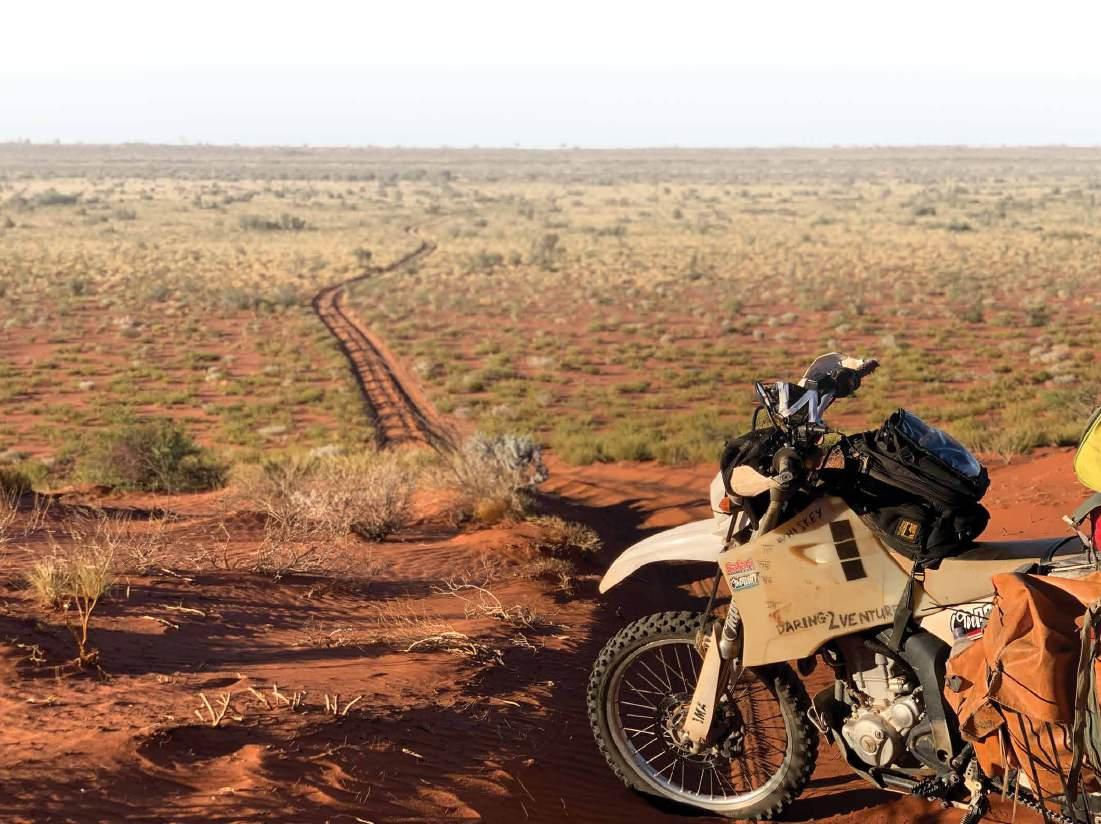
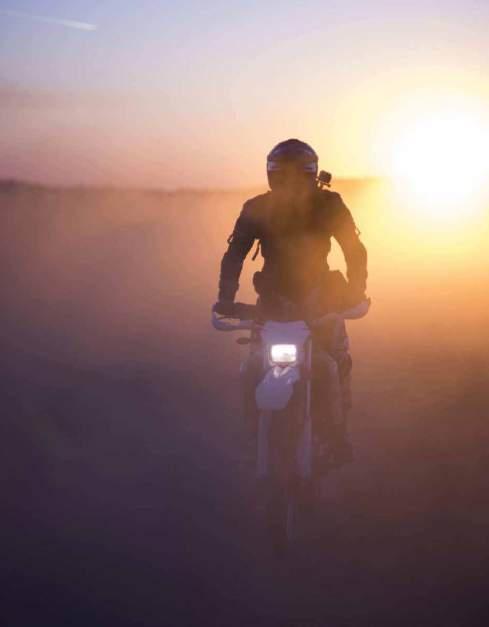
The next day I finally made it up onto the rim of the Wolf Creek Crater.
I had envisioned myself standing there 1000 times and had even drawn a picture of it and put it above my sink at home. I had made it. I had successfully crossed every desert in Australia. And it was just the Tanami road to get past to finish it off.
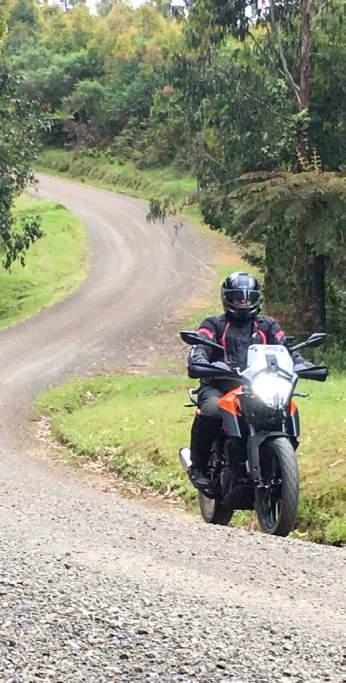
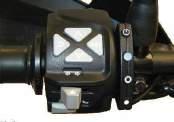
It had been the journey of a lifetime. My saddle bags were held together with over 100 cable ties, the bristles of my toothbrush were stained red from the fine dust, I’d lost close to 10kg during my time in the sand and it’d been nothing short of an odyssey. I owed it to myself to make sure something came of it. By facing my fears out there in the desert I’d learnt so much about myself and what I was capable of. I now get a bit nervous when I think about what I could achieve in the world, and that’s the exciting part. You just never know what’s coming at you. And sometimes you just have to smile, grip the ’bars and go with it. Life is a daring adventure after all.
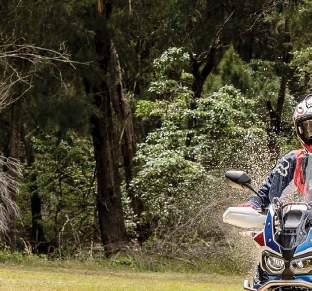
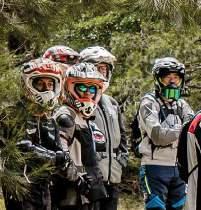

To read more about these crazy adventures, you can grab a copy of Hunting Fear; The adventure of a lifetime as a hard copy, ebook or audiobook at any good online book retailer or from Benji’s website www.daring2venture.com.au.
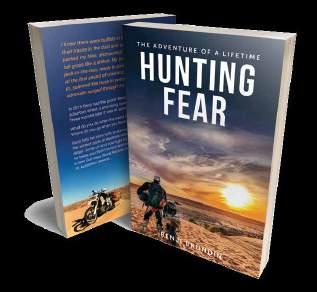
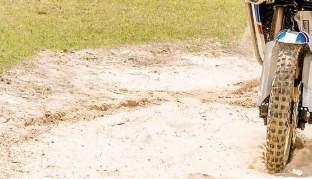
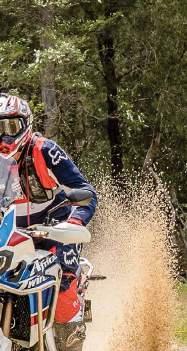
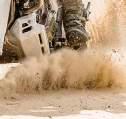

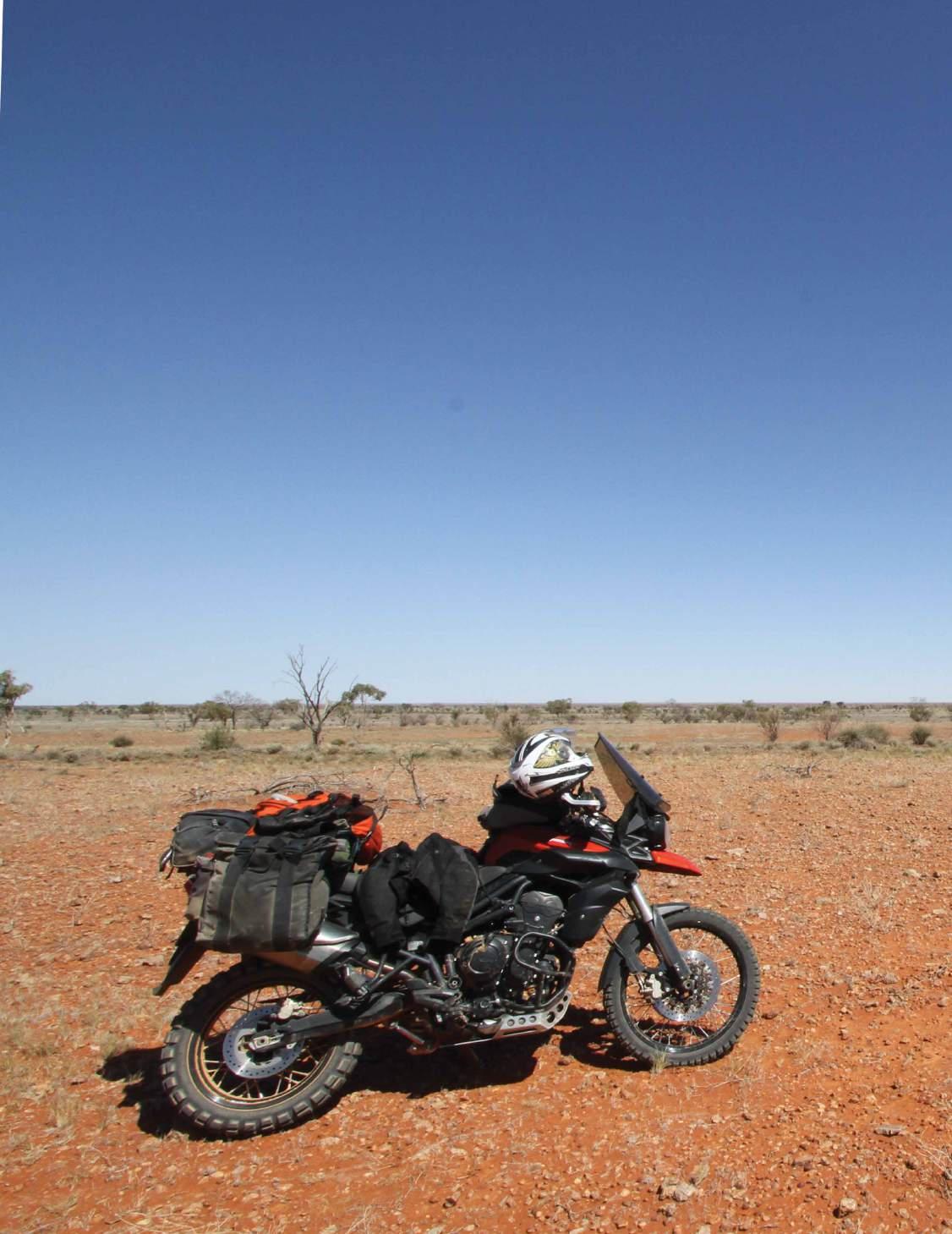
et an adventure bike, ya wuss,” they said.
“Wot? A wuss rides a Honda Blackbird 1100?” was my snappy and edgy reply. It was probably the worst time to bring it up. After a spirited fang through Kangaroo Valley mixing it with a couple of Fireblades I’d done a bike-swap onto Michael’s KTM 990 for a run down the exciting (not) Princess Highway. I fought hard to stay awake and just couldn’t see the point.
Then, about 12 years ago, ol’ mate David T started planning a trip to the edge of the Simpson Desert. ‘That could be a worthy adventure,’ I thought. Obviously it wouldn’t be a happy place for high-performance sports bikes, so it came to pass I bought a newish DR650.
My friend Dave W put it perfectly: ‘the DR650 is the preferred kit for the pipe-smoking gentleman who appreciates the finer things’. The 30-year-old design simply works: no electrogadgetry whatsits and – get this – it has a carburettor. Remember them? They suck air over a jet and have float bowls and needles…or something like that.
Naturally I needed to carry a bit of gear, so I bought a set of Andy Strapz panniers and racks.
And off we went, into the desert. There was lots of dirt, rocks and deep sand – just the sort of thing to make me put down my pipe and glass of port while we navigated the gnarly bits – and it didn’t take long before I re-acquainted myself with the phrase ‘face plant’. It was hard work but huge fun and I got to see some more of our wondrous, wide-brown land.
We did a few more off-road trips, all a joy, but I noticed a recurring theme. While the DR650 would top-out at around 140kph, its comfortable cruising speed was closer to 100kph. On long tar sections, the others on their ‘proper’ adventure bikes would leave me behind. That, I could handle. What was near unbearable was being late to the pub. They’d be hoeing into beer, chips and nibbles, and sitting around bullshitting
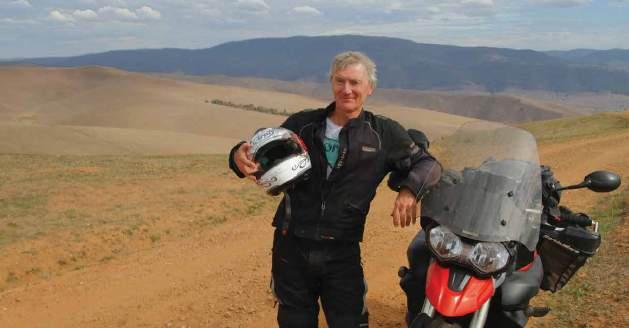
before I got there. When I did arrive, the publican would say, “Sorry. Your mates drank us dry.”
Crikey. That was serious. Climate change, over-population, pollution… pfft! Here was a problem I had to solve. I needed a bike that’d do long miles both on and off road.
“ After some research, my impression was they were a bit like Holden versus Ford or Nikon versus Canon.”
The timing was right because I wanted to explore more country, and both BMW and Triumph had released new midcapacity bikes that looked the business.
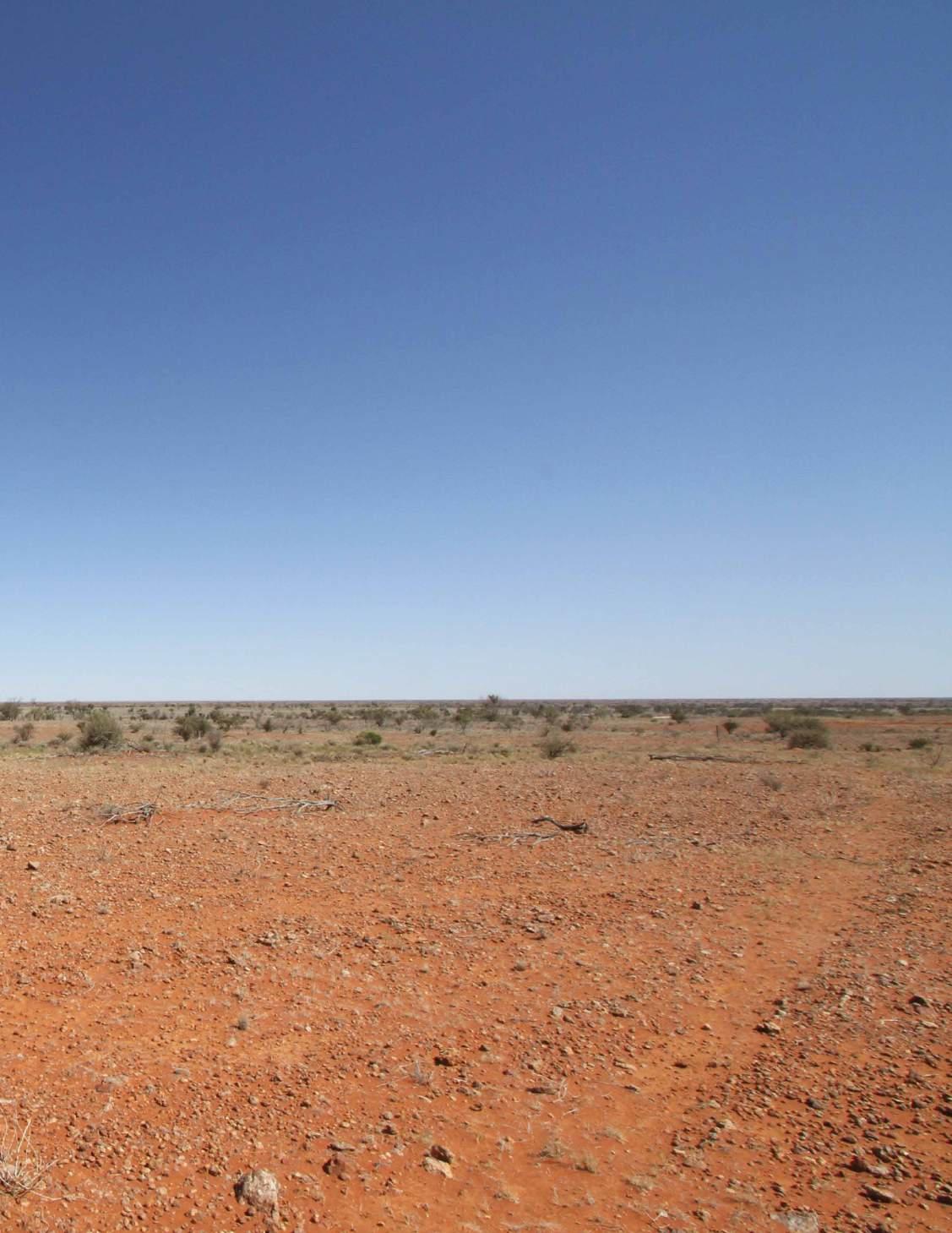
After some research, my impression was they were a bit like Holden versus Ford or Nikon versus Canon – there wasn’t much in it. We laughed when an online video reviewer said the BMW seat was ‘like a razor blade up the chuff’. Maybe the BMW was a little better off-road, but otherwise it was close.
Not long after I’d done that research I heard all sorts of suspicious noises coming out of the garage which made me think it was a mistake leaving the bikes in there alone at night. The Blackbird and the DR650 loved each other in a very special way and, a few months later, a baby bike emerged. Don’t ask me how they managed to produce a different make but, in other ways, the 2011 Tiger XC800 was a perfect union. The Blackbird was obviously an awesome, high-speed blaster which wouldn’t take on serious dirt. The DR650 loved dirt, but it grumbled after too much tar.
u
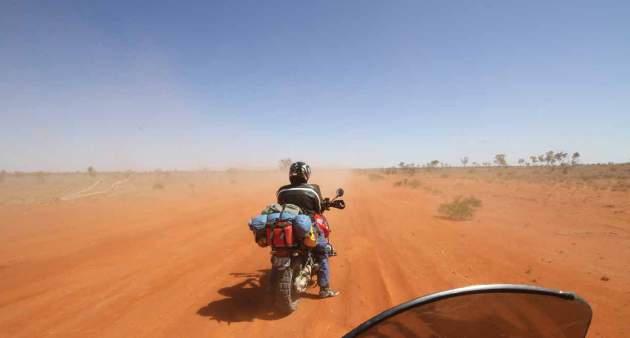
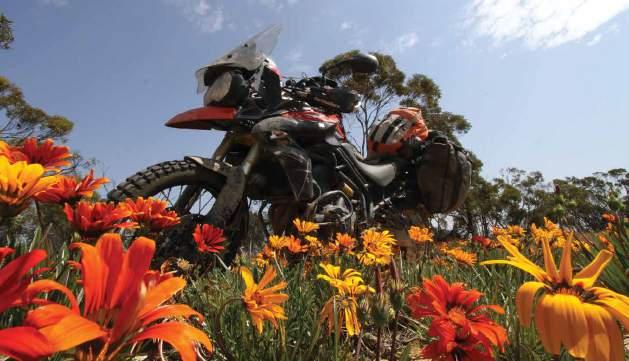
In both ability and engine capacity the Tiger was almost exactly in between and it didn’t take long for me to learn what that meant. One of my first rides was hoofing it over Mount Hotham, hotly pursued by Dave K on his GSX1000. It was not a combination to be meddled with and there was no way I could stick with him, so I waved him past. Still, it was no disgrace, and he pulled away gradually. That night we stayed at the Benambra pub and the next day I was blasting up the Barry Way. Dave meanwhile, was back on the tar. While he, no doubt, was also having a ball, I could fling it through both dirt and tar.
It impressed me how Triumph managed to get the first of a new model pretty much right. The Tiger XC800 had a wonderful engine with plenty of grunt right through the rev range. On the dirt, it had as much power as you’d ever need. The only time I found myself wanting a bit more was on high-speed tar sweepers. But hey, that’s not why
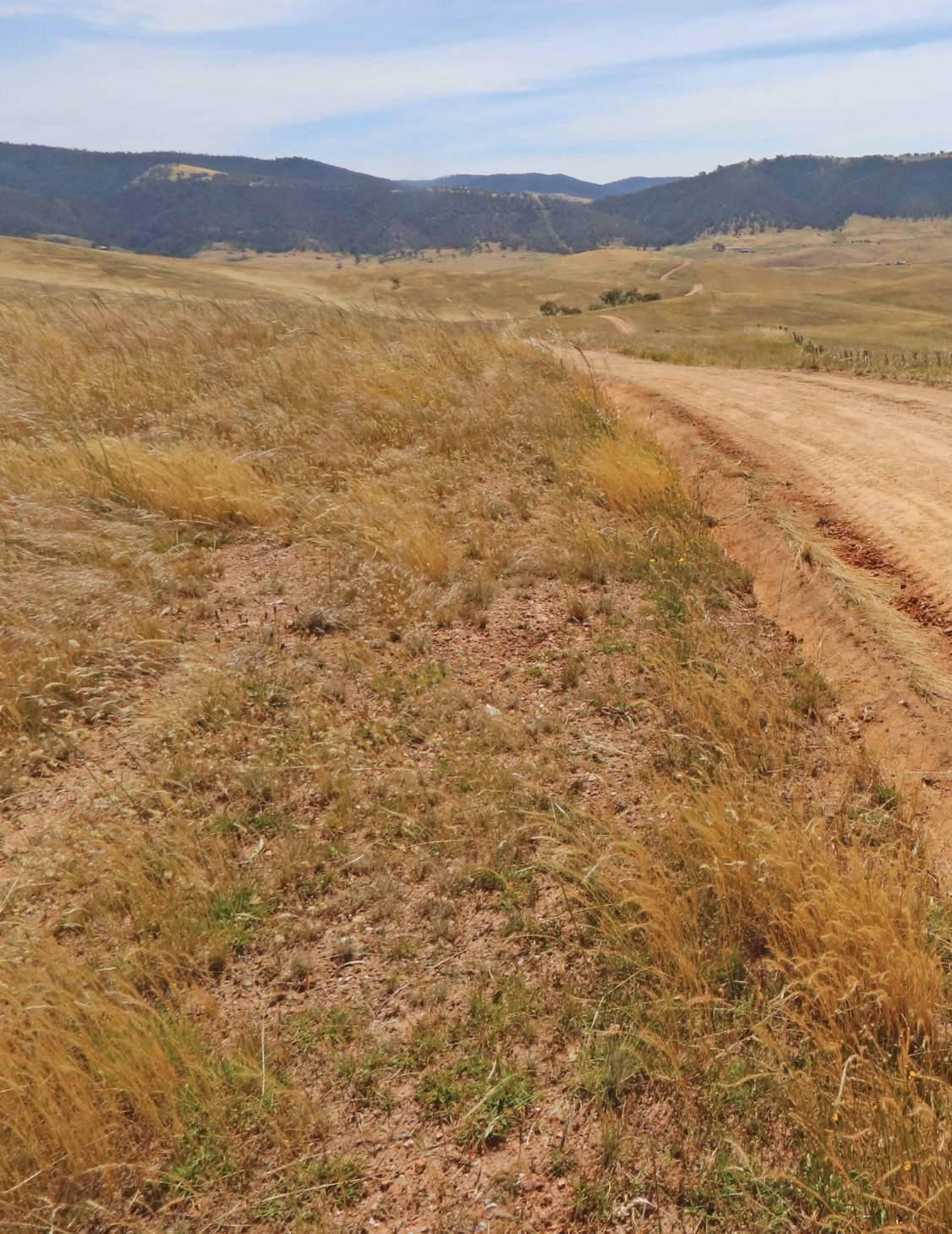
you buy a bike like this.
I liked the fact it wasn’t wrapped in acres of plastic like some other bikes. Adventure bikes tend to spend a bit of time lying on their side, and the last thing any owner wants to see is his bike scratched or cracked. I roll my eyes when I see bikes with protective steel pipes around the tank that look like plumbing for a hot-water system.
Perhaps the main downside was the triple was quite tall, with the weight up high, which may have contributed to me experiencing the downside a couple of times – that’s ‘downside’ as in, ‘We’re going down!’ I put my foot out to stop at an intersection and, instead of ground, I found air. In one embarrassing episode I toppled over, witnessed by my wife and daughter.
One thing they didn’t get right on the first model was a shaft on the stepper motor driving the throttle butterflies that would jam in dusty Australian
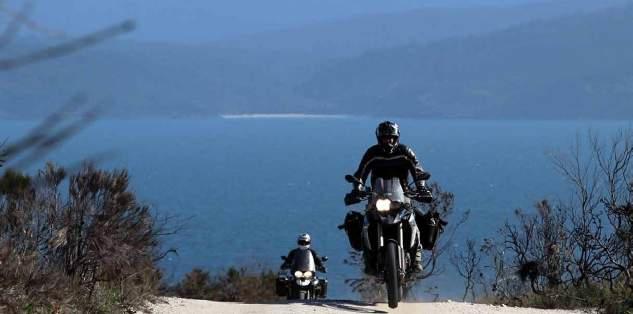
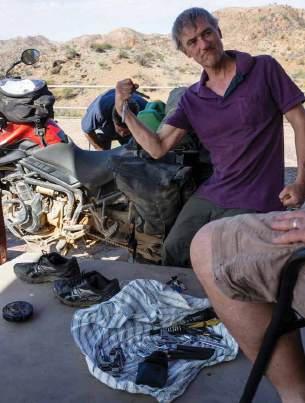
conditions. Riding east from Birdsville, I’d grab the clutch with the throttle off to change down as I approached the next dune. Needing some power to pull me through the sand, I’d open the throttle just a little. The flight-recorder reveals how much fun this wasn’t:
“Pilot to engine room, power please.”
“I’m sorry, I can’t do that.”
“Engine room, we have deep sand approaching. I need you to power-on. Soon would be good.”
“I’m sorry, the engine has stopped.”
“Oh crap.”
And so on. It was rinse and repeat for the next few hundred kilometres until we got to Tibooburra. I became expert at jabbing the starter button while negotiating the soft stuff and somehow managed to keep it upright. Luckily, the problem was easily fixed by the dealer at the next service and was fine from then on.
Some time later we were camped in the Gammon Ranges and into our
Top left: The triple was quite tall, with the weight up high.
Above: A couple of beers later the shock preload was cranked up to the max.
Left: An adjustment to the shock preload in the Gammon Ranges revealed the need for a heavier spring.
Top right: The Tiger XC800 had a wonderful engine with plenty of grunt right through the rev range. On the dirt, it had as much power as anyone would ever need.
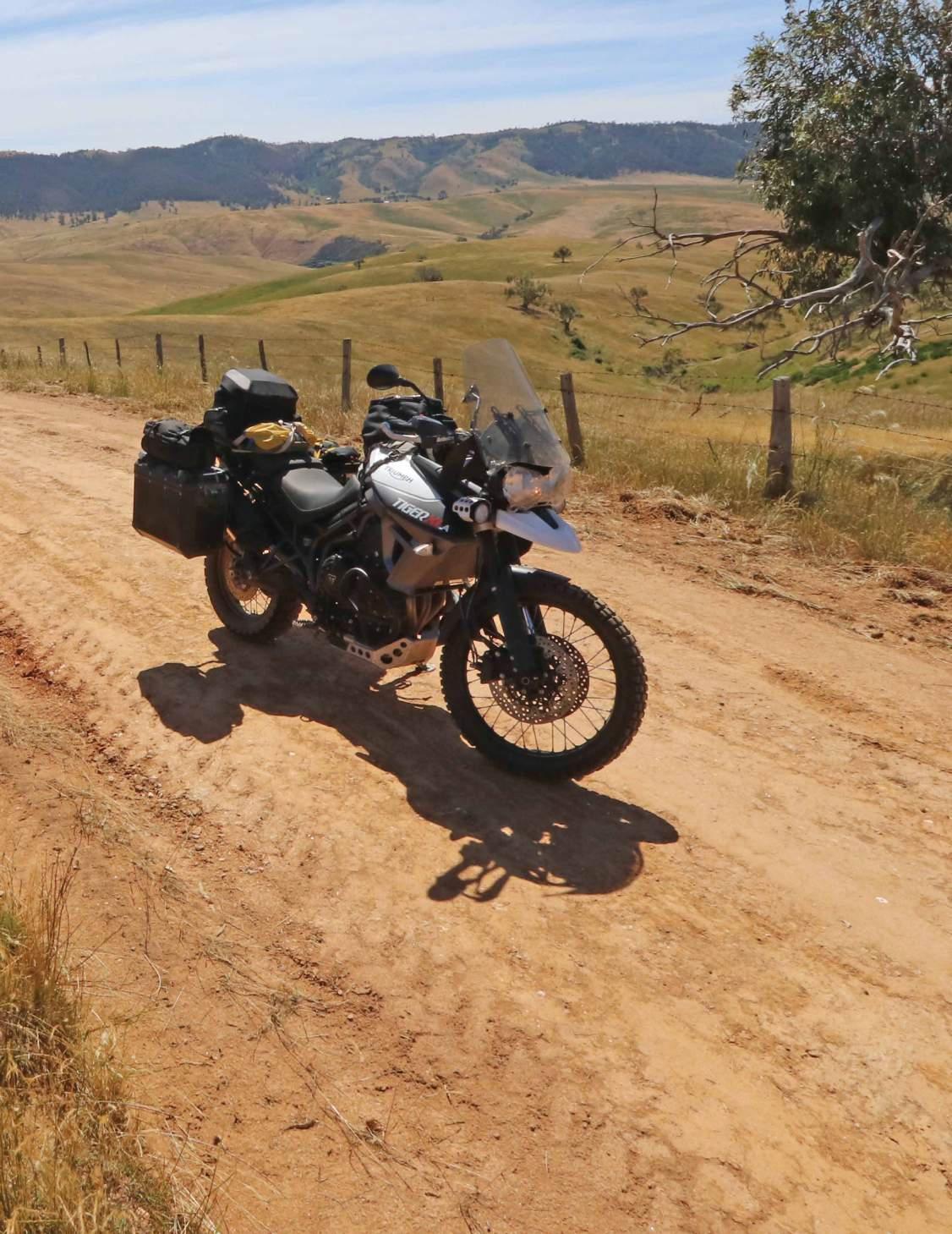
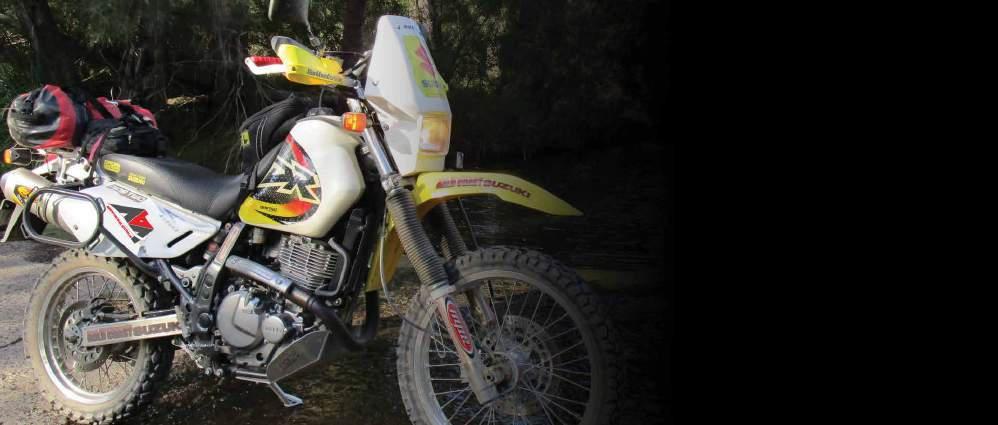
Left: A set of Andy Strapz panniers and racks to cope with the gear needed on long, tough rides. Right: Doing vile and unnatural things on what were essentially dirt-capable road bikes.
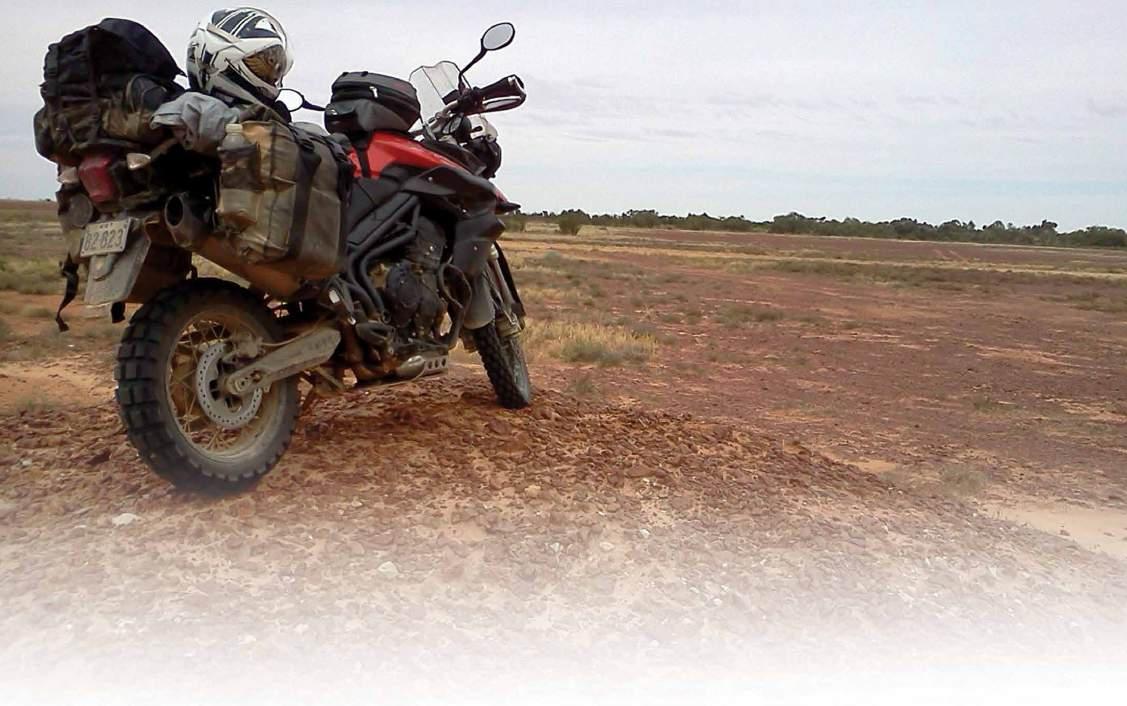
second beer when Dave W piped up.
“Hey Rod,” (he calls me that sometimes), “Have ya adjusted your suspension? Ya pogoing around like Pogo The Clown.”
I may have looked blankly at him, because he said, “You know…the rear suspension?”
“Yeah, man,” I bluffed. “Sure. You mean the big springy thing?”
A couple of beers later we’d cranked up the shock preload to the max. It was still too soft and, with a full load across fast creek crossings, it’d bottom-out. After some more brotherly advice I eventually ordered a stiffer spring. It seemed to do the trick because the next time we did that ride it was noticeably better.
Good advice
If you’d told me in my younger, chook-chasing days that one day I’d be riding an 800cc triple on dirt roads, I’d have laughed. I remember meeting a bloke in the Brindabellas who’d put knobby tyres on a 600cc road bike, and we thought he was nuts. That was until I saw another bloke on a CBX1100 in a paddock near our house. There was a short, near-vertical track in an old quarry and my jaw dropped when he shot straight up and managed a little wheelie at the top. He gave me a big grin and a
thumbs-up as he shot past.
And now, here we were, doing vile and unnatural things on what were essentially dirt-capable road bikes. We’d ridden them across the desert, through the gibber, across the Kimberleys and back down the Tanami.
About a year ago the Tiger started burning oil. Not a huge amount, but enough that I needed to carry a bottle to top it up occasionally. The mechanic told me it’d inhaled a lung full of dirt. How that had happened, I didn’t know, because I’d always run a pre-filter.
That brings me to another niggle about the bike. Getting to the air filter meant taking off the tank. Taking the tank off meant taking the panels off the front. Taking the front panels off meant taking the side panels off.
Maybe it wasn’t that bad once I’d done it a few times, but I thought, ‘You know what? That’s why I pay a mechanic’. Besides, the pre-filter should do the job. Remember the days when all it took was a single wingnut under the seat?
After the mechanic told me the bad news he showed me a second-hand Tiger for sale with less than 10,000km on the clock. This surprised me. Why would anybody own a bike like this and not flog the living daylights out of it?
The second surprise came when wife Anne said, “Why not just buy it?”
Right, then!
So there I was, a week later, with an almost brand-spankers, 2015 XC800. Not long after that however, I found myself in group therapy.
“My name is Rod and I’ve never ridden a bike with ABS or traction control,” I offered. There was a brief silence while everyone shuffled awkwardly in their chairs. Some stared at the floor, others at the ceiling, not knowing what to say. A cockroach scuttled under a table.
Even the counsellor appeared lost until she managed to pipe up: “That’s very brave of you, Rod. Thank you for sharing. Is there anything else you’d like to tell the group?”
Emboldened, I blurted out, “Or a bike with heated grips.” Nothing could stop me. “It also has a heated seat!”
I could feel the therapy was doing me good, so I pushed on, but words failed me.
“Bgimmy bfarbly cahn!”
“I’m sorry Rod, you’re not making sense.”
“F’cahn rubber buttons!”, I spluttered.
After another uncomfortable pause, she said to the group, “I think Rod needs to know we care.”

After a round of earnest man hugs I managed to get it out.
“Who’s the genius who put fewkin’ rubber press-buttons on a motorcycle?” I wailed.
To get a sense of the frustration, imagine this scenario: you’re riding on nice, smooth tar which ends suddenly and you’re on a bone-juddering, rutted, uphill, gravel road. To change the ride mode, you have to take one hand off the ‘bars and press one of those rubber switches that give no tactile feedback. You’re wearing gloves. On the dash is a tiny indicator which means taking your eyes off the road while you peer at the screen. Meanwhile, the bike
bounces around and the traction control chops power to stop the wheel spinning.
Adding to the joy and my medication bill was the fact the bike reset to ‘Road’ mode every time I switched off the engine. ‘Why,’ I ask? One suggestion I heard was lawyers don’t want you to sue the arse off Triumph if you prang when the traction control and ABS aren’t on.
A better solution, I think, would be to ship lawyers and telephone sanitisers back to the planet Golgafrincham.
Otherwise, the bike is great. The 2015 model has a fly-by-wire throttle and the
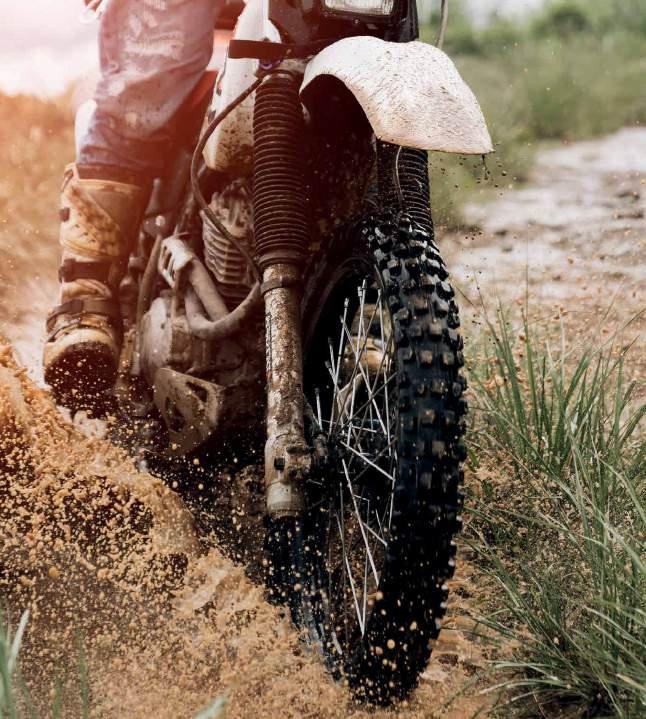
power delivery is slightly stronger and a little smoother than the 2011. I haven’t ridden the current model, but I’m sure the traction control is much more refined and comes in more smoothly.
The only thing now is, having been struck down by the plague in 2020 and unable to ride anywhere, the bike stares at me with grumpy eyes from the shed. While we’ve done some beaut shorter rides, the bigger trips to the alps or centre and beyond are still waiting. Maybe there’s a Triumph boffin with a solution in the works. I’m hoping the next model comes with APC – Automatic Plague Control. Booyah! That’d do me.
Just don’t put it on a bloody rubber press button.

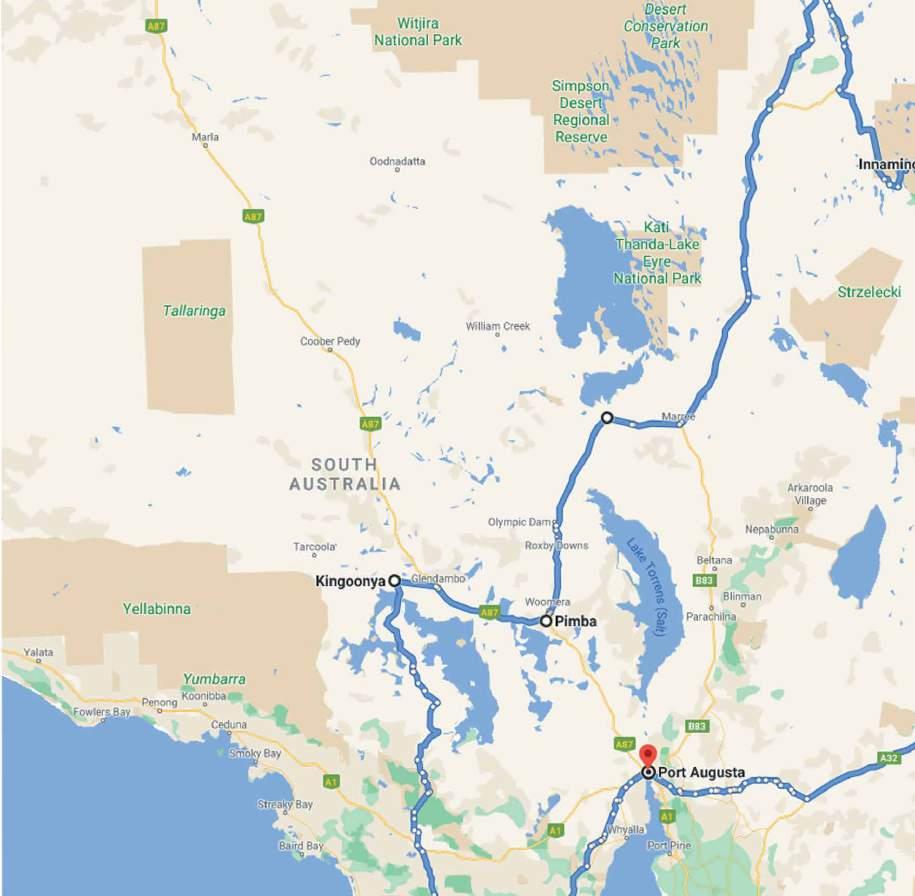
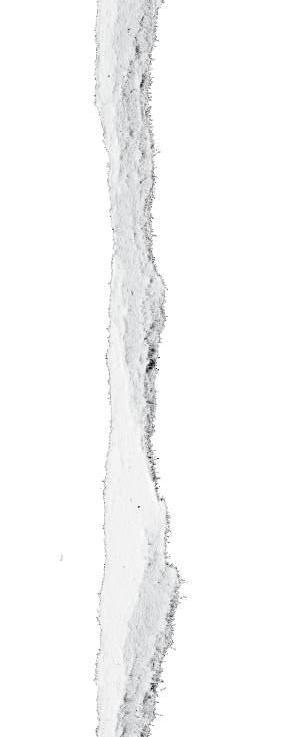
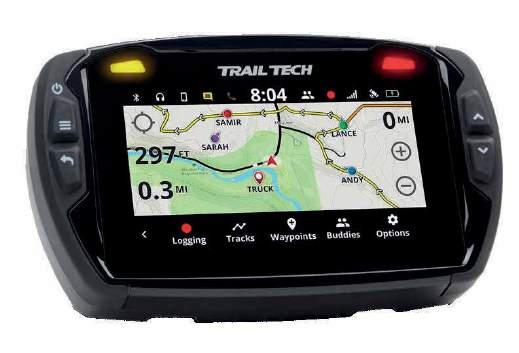


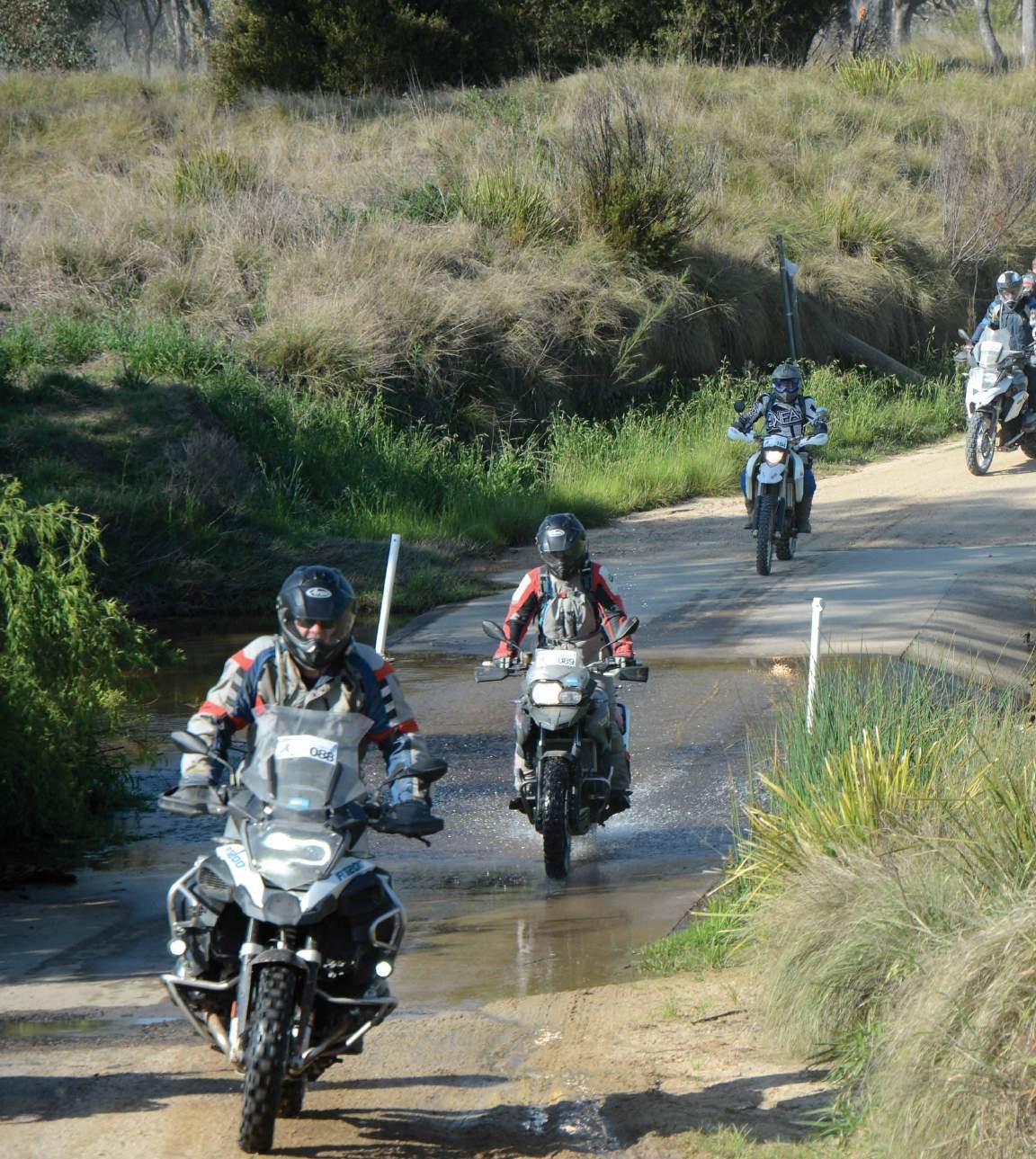


Two year
12
For
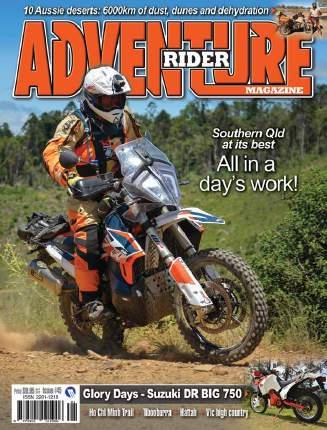



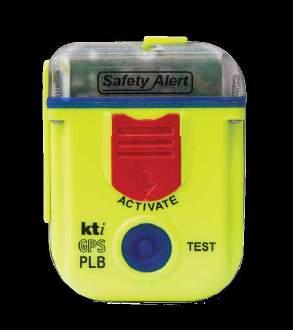
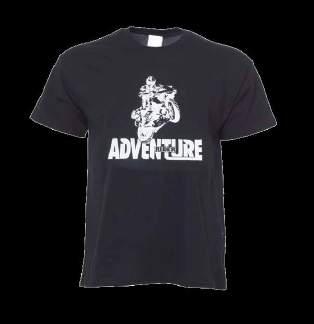
One year $55 kTi plb $325


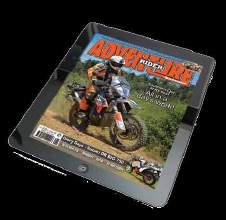
The ultimate adventureriding distress beacon that should be part of every adventure rider’s kit. Provides six independent means of rescue: 406MHZ transmission 121.5 MHZ homing signal
Signal mirror Whistle on lanyard Manufactured in Australia. 10-year battery life. 10-year warranty. t t t t t t
GPS location
Visual strobe
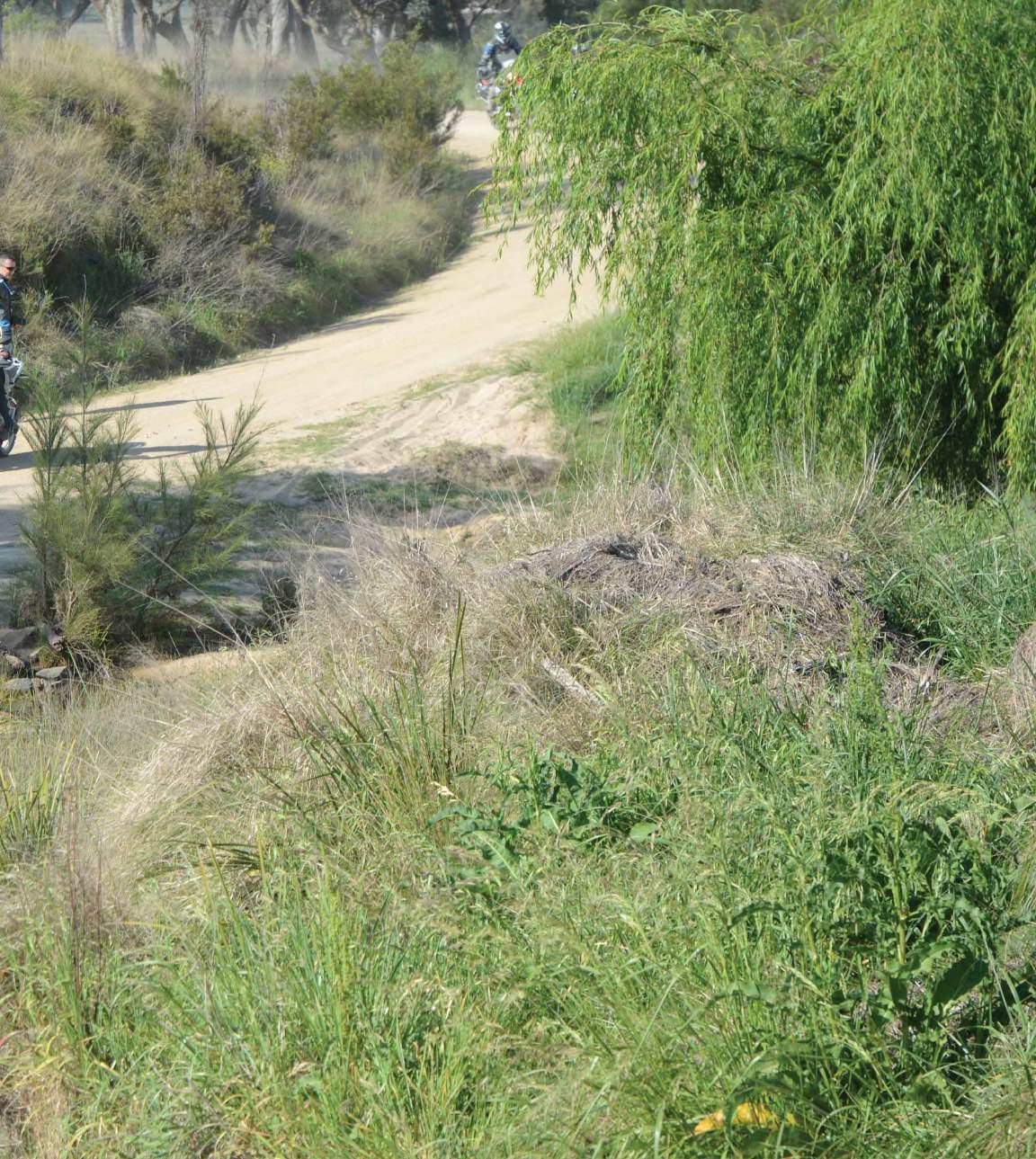
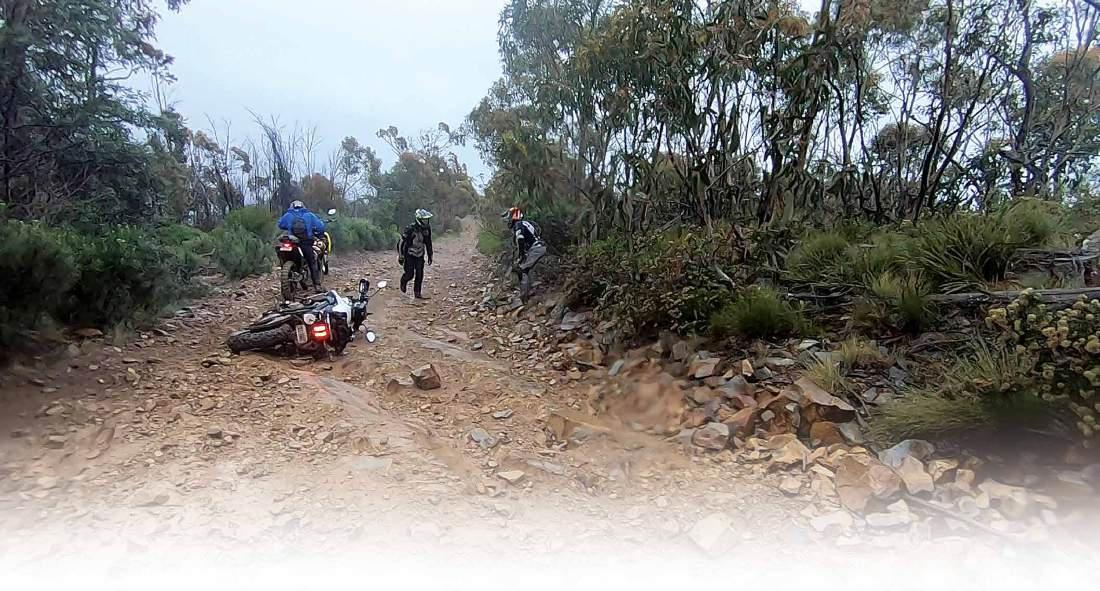
Words and images: Rodney Brown
IWith the right attitude a tough ride can make for a great learning experience. Rod Brown took a punt and came up with a winner.
t was two weeks before we were to set off on
a two-day adventure ride in the Victorian high country. As tour host and owner of Mile Munchin’ Adventures, I field phone calls and emails about the tours. My mobile rang one rainy afternoon and an adventure rider wanted to go on the upcoming tour but wondered if his Triumph Tiger 800 could handle the tracks.
‘Good question,’ I thought.
But the optimist in me sprang to life and I began to think of all the wonderful tracks he’d experience – the creek crossings, the food…
But before I got too carried away I did manage to ask the curious adventurer all the relevant questions.
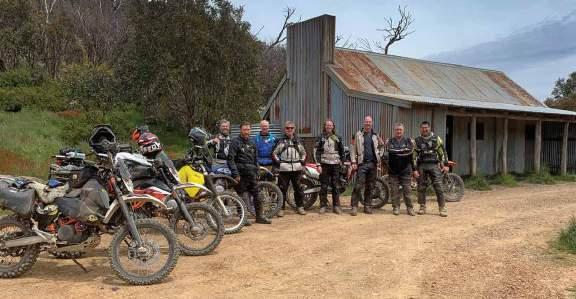
Grant Summers was his name, a native of the UK but he’d been living in Australia for 12 years. With decades of riding experience covering road, dirt and enduro riding, while he didn’t oversell his ability, he did provide enough evidence for me to think he was capable of doing the trip. My only doubt was how the Tiger might handle Billy Goats Bluff, an iconic track that descends 1.2 kms in a seven-kilometre stretch. It’s rocky, narrow, and downright scary in some sections. I wasn’t sure I was qualified to make a call on a bike I’d never ridden, so I did say I’d speak to lead rider, Paul Koczak, and get back to Grant.
I put in a quick call to Paul and, to be perfectly honest, he did put a dampener on my ambitious plan. Maybe it was his 45 years riding experience, but he took about three seconds to reply in his matter-of-fact tone, “It’ll be a struggle.” In Paul talk that really meant, “It’ll be impossible.”
But I wasn’t deterred too much. I thought, ‘You know what? The first time I rode Billy Goats Bluff was two years ago. It was at the end of a very long day’s riding in 34-degree heat. My DRZ400 was loaded to the brim and its total weight would’ve topped 185kgs’.
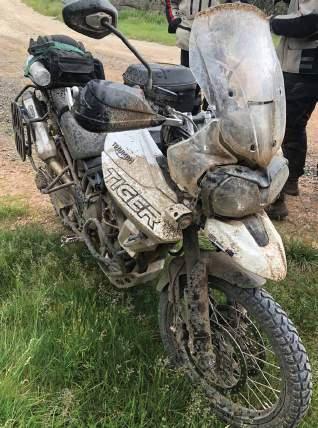
I was carrying some priceless merchandise that day, too – about 10 cans of booze were perched on top of my luggage just waiting to be consumed at our evening campsite – so you could say I was under pressure to make it down safely.
There was one interesting encounter when two 4WDs met us coming the other way at a very narrow spot. I remember quite clearly the young fella in one of the 4x4s was about to start a conversation, which I was happy to do, but my bike had other ideas as it skidded across the dry, rocky surface over my intended stopping place, a large washout, and down the other side.
‘Catch you next time mate!’ I thought as gravity won over.
I did make it down without incident. My front and back brakes were soft and I could’ve cooked an egg on the discs, but I made it. At that stage I’d been riding for three years. To my surprise, while I found Billy Goats Bluff a test, I’d enjoyed the experience, even as overloaded as I was.
So while I was talking to Grant I thought if I could do it on my bike as a relative novice, surely it would be a piece of cake for an experienced rider.
“Welcome aboard, Grant,” I chirped down the phone. “This is going to be great!”
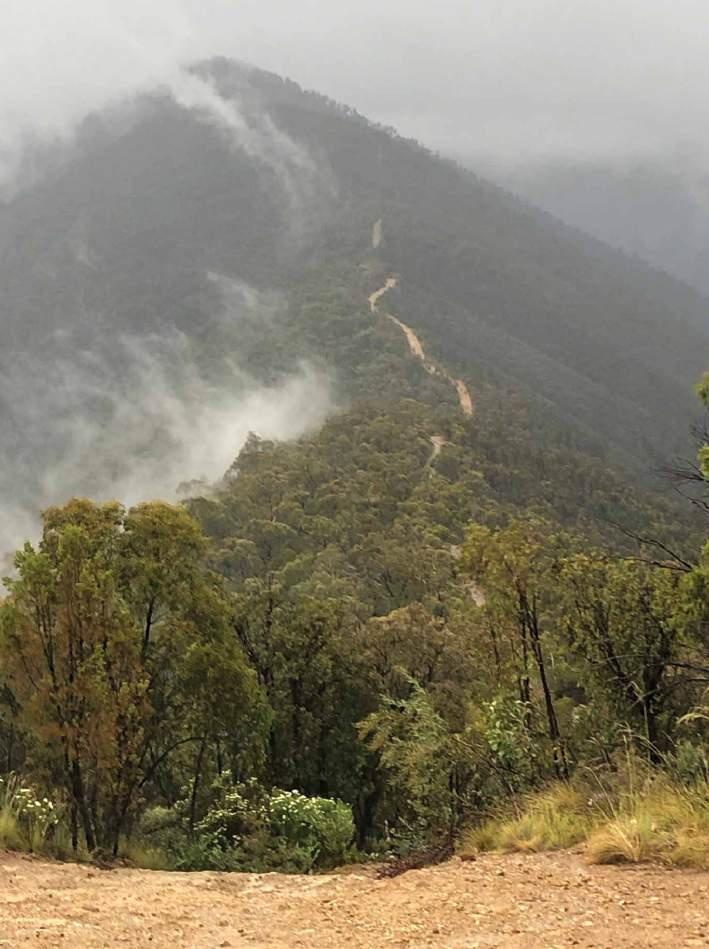
Friday came around quickly enough. It always does when you have a thousand things to do and very little time to do them. I picked up one of the two sweep riders, Dickie, on my way through Geelong and before we knew it we were in Yea. We pulled in to get some lunch and last-minute supplies and a sparkling new Triumph Tiger rode past. I thought, ‘I wonder if that was Grant?’
At about the same time I received a text from lead rider Paul. He was also in Yea and was meeting a friend for dinner, but was filling in time by putting a new GPS on his 690. You can do that when you own a Renault Master van. Those things are a house on wheels.
We found Paul and then that same Tiger pulled in to say hello.
It turned out it was our man, Grant.
Not long after we arrived at Sawmill Settlement, a small town about 20km down the road from Mount Buller. I’d booked a house for the tour, and while it didn’t look anything special from the outside, the inside was perfect. There was plenty of room, a pool table, a big kitchen, three bathrooms, an indoor open fire and a firepit outside, plus there were beds for 12 people.
Friday evening allowed everyone to get to know one another. We had four paying customers joining our Mile Munchin’ team of Paul (lead rider), myself (host and chief cameraman), Dickie and Scooter (sweep riders) and Dan and Tina in the support vehicle.
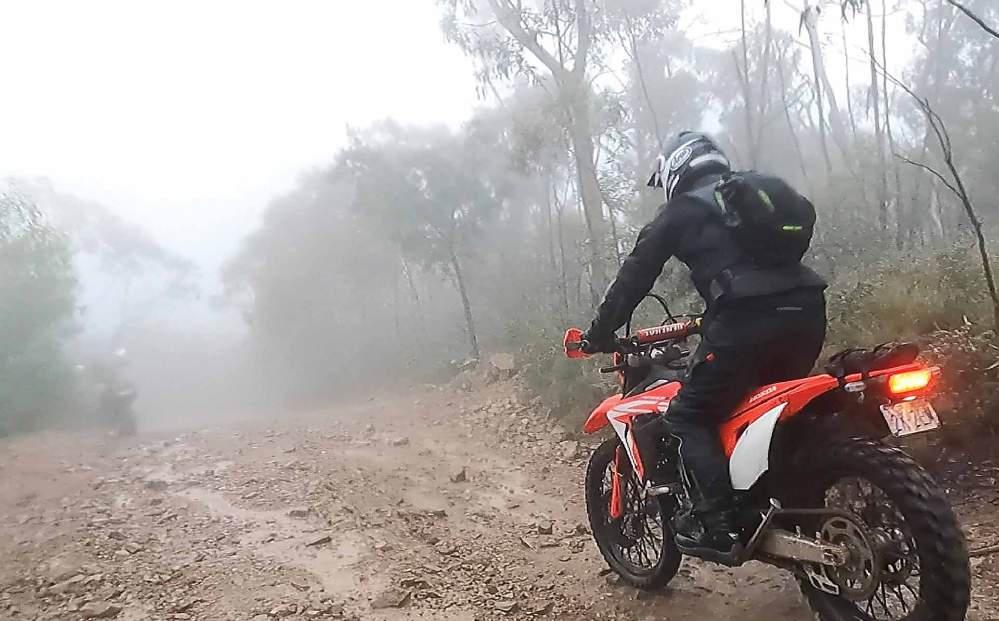
After a big breakfast we were all primed for a great day’s riding. The sun was shining and the support vehicle had already left. They had a big journey ahead of them before they reached our designated lunch spot. Everyone was briefed and the tour began with an easy 20km bitumen ride up to Mount Buller.
I occasionally rode ahead of the lead rider to get footage of everyone riding past. I did this on the way up to Buller,
but in my eagerness to get a cinematic shot I rode past the Corn Hill Road turnoff and was waiting on the next bend, Hell’s Corner to grab some video. You could say I was a little surprised when the bikes didn’t come past. I thought, ‘WTF?’ Why would Paul take everyone down another road when he knew I was up ahead?
I tried the UHF Radio but couldn’t get anyone’s attention. Then I thought, ‘Maybe someone has fallen off,’ so I headed back down the mountain to where I overtook
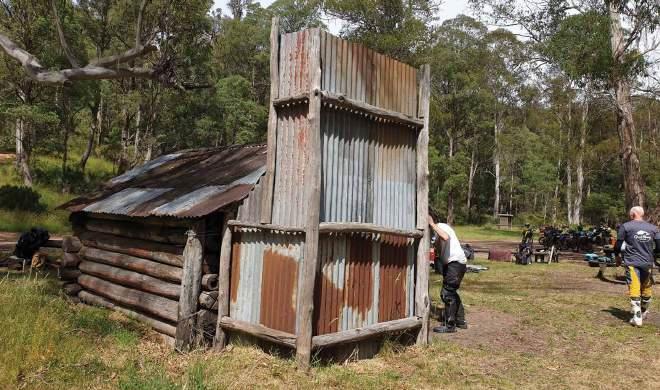
Paul, but no one was in sight.
I pulled out my phone and called one of the sweeps who, to my surprise, said, “Where have you disappeared to?”
To cut a long story short, Paul thought I knew exactly where we were going and thought I’d turned off onto Corn Hill Road. He’d credited me with more intelligence than I actually had.
Ten minutes later I was reunited with the group and told to ride ahead to the turnoff and get some footage of the group riding across Howqua River creek.
Strike number two. I missed the turnoff, didn’t I.
When I did catch up, it was after the group had travelled down Corn Hill Track and were stopped by multiple fallen trees. Paul kept his message short this time, “You can follow now.”
I thought that might be a good idea.
About two hours into the tour we stopped at Bindarri Hut, a popular spot for horse riders. There were four horses grazing
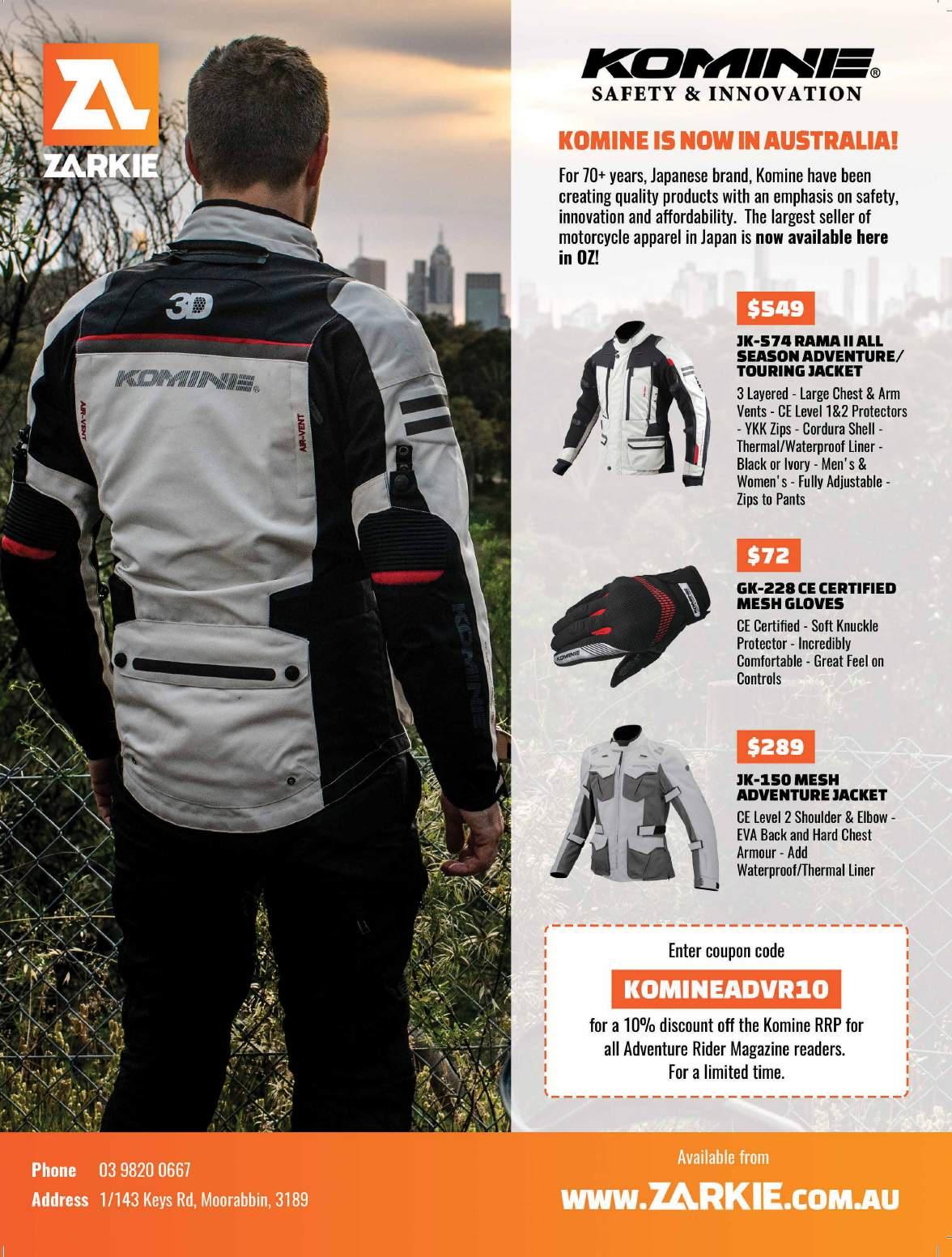
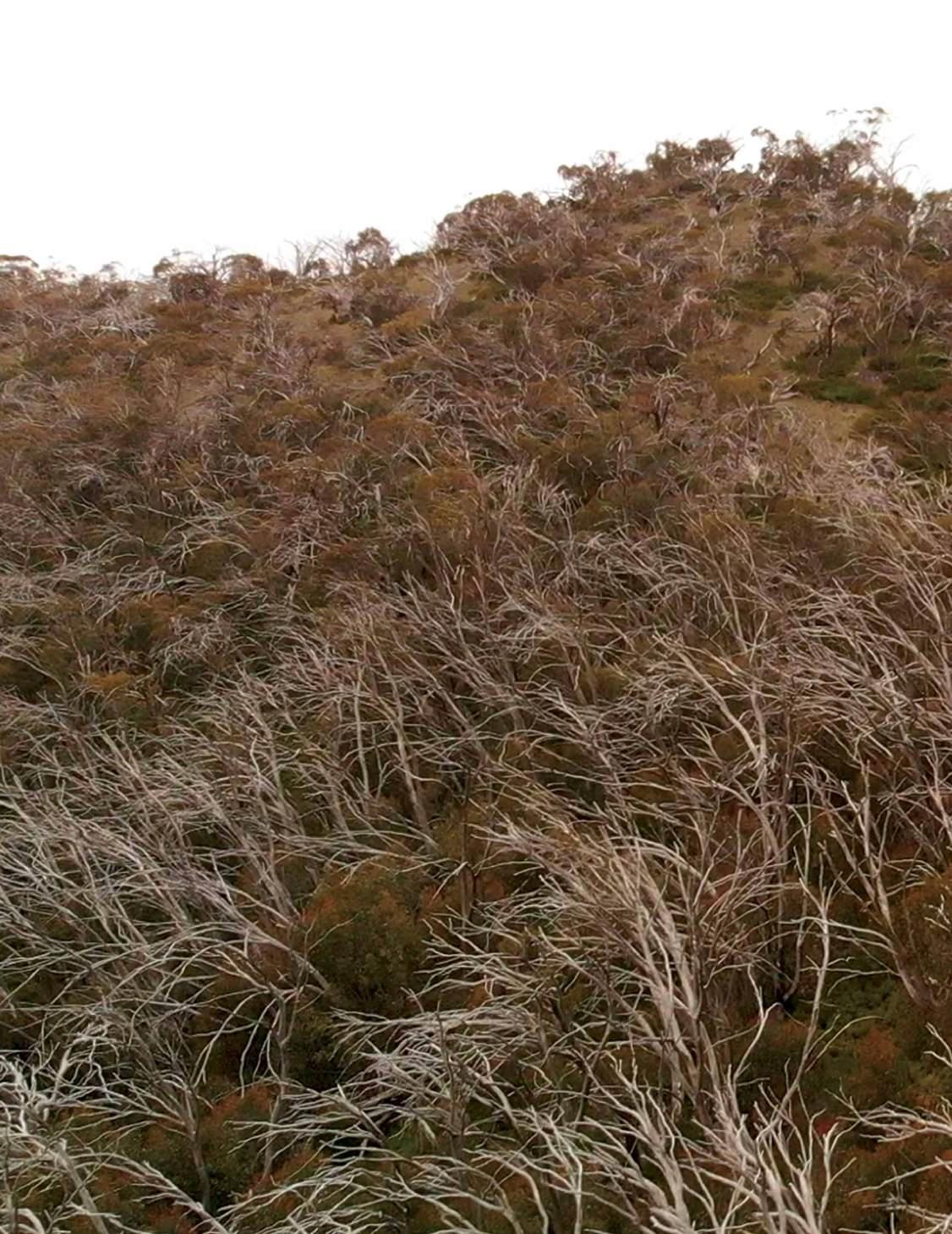
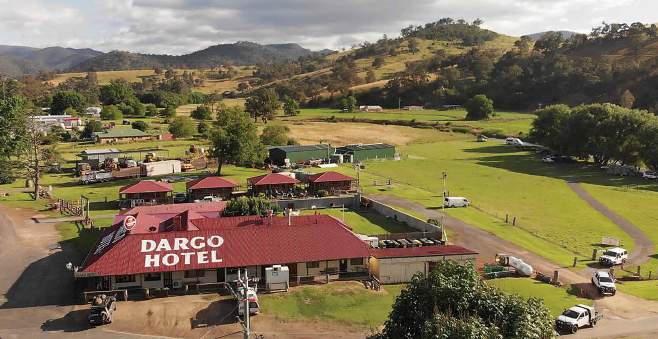
and everyone was in high spirits. It had been a cracking start to the tour. The sun was still shining, we’d all worked up a sweat and life was good.
A little while later we arrived at what would’ve been our first creek crossing except for the forced detour. We encouraged everyone to ride across the Howqua River while I got some drone footage, and we used the opportunity to see how confident riders were on a relatively easy crossing.
I did notice that Grant chose not to ride the creek. ‘Uh-oh,’ I thought. Was this a hint at issues to come?
We spent the next two hours riding Bluff Track, Brooks Road, King Billy Track and Howitt Road before we reached our designated lunch spot on Kelly Hut Track. The support vehicle had beaten us by five minutes, and as we started unloading lunch the rain began that hung around until the end of the day.
Always the optimist, I did suggest the
After lunch we made our way towards The Pinnacles.
This is one of my favourite spots to visit. The views are amazing from the firespotting tower, but on this particular day the team would have to take my word for it. It was raining so hard we couldn’t see much.
Next stop was Billy Goats Bluff. I rode ahead to get some footage of the crew and found a spot a few hundred metres down the steep descent. By that time the wind and rain were horrendous so the drone had to stay in my tank bag. I waited a few minutes before the first riders came through and made the most of the situation, trying to capture different angles to show just how steep the track was.
Then there was a gap – a fairly large gap of 15 minutes. The two sweep riders and
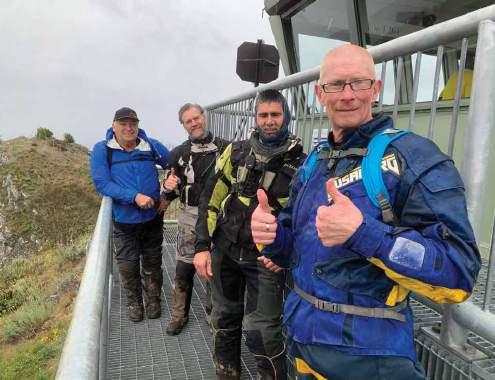
Grant on his Triumph hadn’t arrived.
I jumped on my bike and road back up Billy Goats Bluff to see what was going on, and just as I reached the top Grant came around the corner. He slowly rode past, followed closely by Scooter and Dickie. Apparently there had been some carnage at a clay area which had a hole big enough to swallow a PW50, and Grant had four attempts to get through, each time resulting in a dropped bike. Scooter and Dickie suggested letting the tyres down a bit, then there was some playing around with the bike electronics to see if there was some way to get better traction. These Triumph Tigers have so many riding options, but they may just need one button in these conditions which says, ‘Let’s get back to basics. Be gone with all that gadgetry, it is time to ride!’
For those who haven’t ridden down Billy Goats Bluff, the first couple of kilometres is rough, narrow, steep and rocky. Throw in windy and wet and you have a recipe for adventure.
I followed close behind Grant with the GoPro on and he was doing a wonderful job. Then, just like that, he was on the ground.
The front wheel had slipped slightly on a rock and the bike fell to the right, made a terrible sound as plastic scraped along the ground and Grant somersaulted down the hill. I jumped off my bike and got myself in a position to lift his bike. They say in moments of disaster you can find superhuman strength. Perhaps this wasn’t disaster enough, because after one
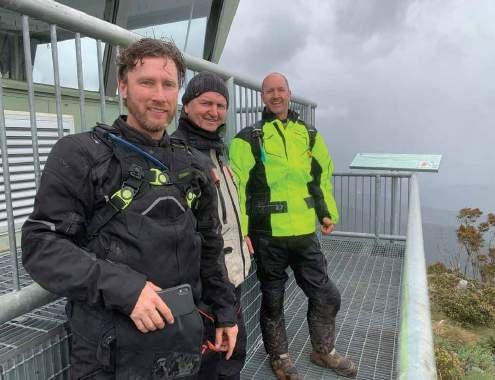
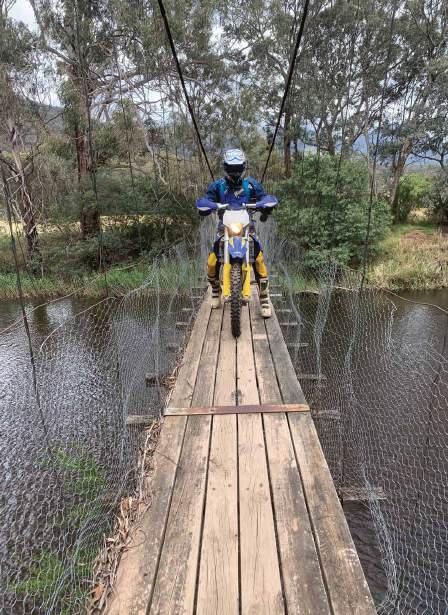
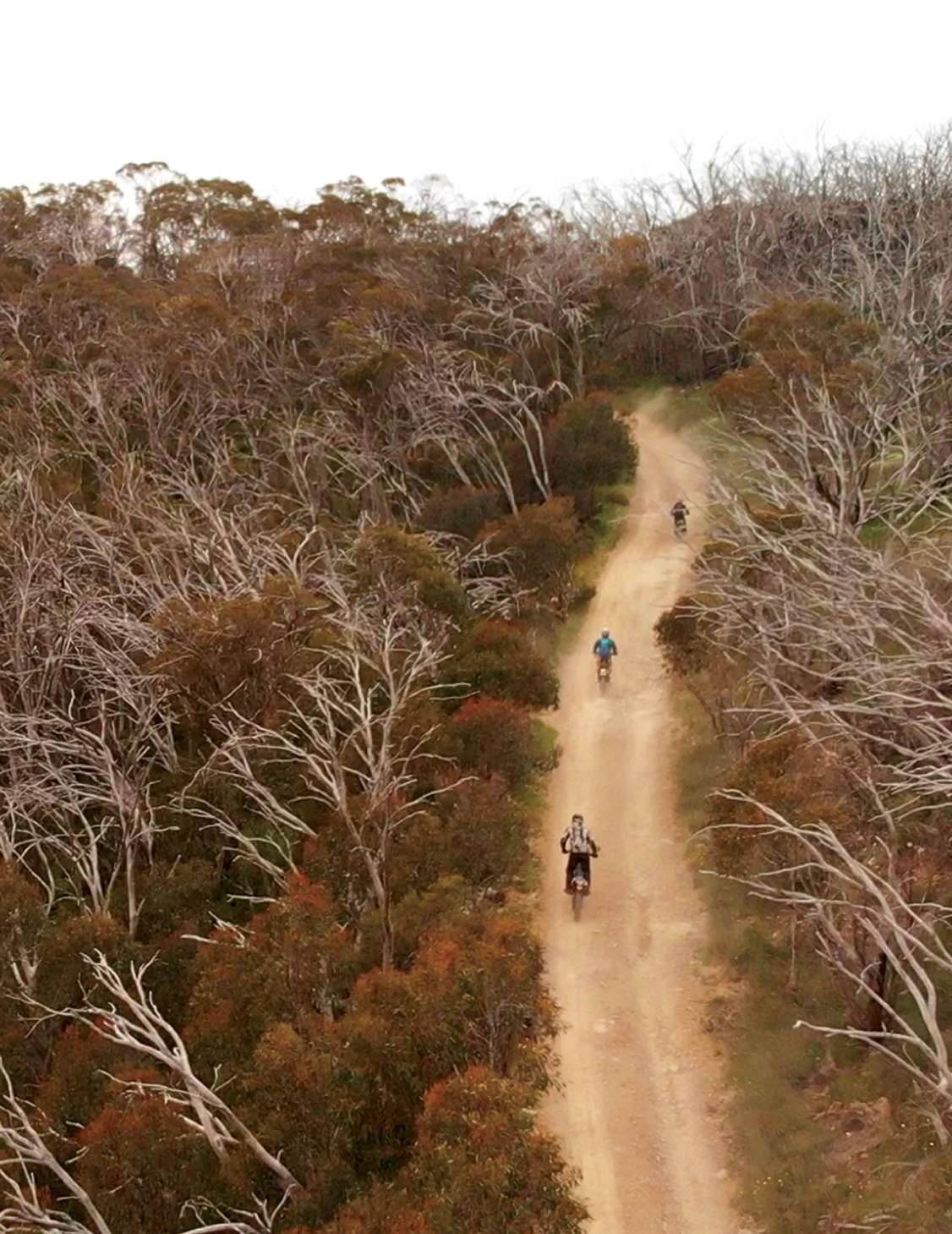
herculean attempt to lift the bike, I managed to get the handlebars off the ground by 15cm, then I had nothing more to give.
‘Okay,’ I thought. ‘This Tiger is a heavy bugger.’
To cut a long story short, we spent two hours getting down Billy Goats Bluff, and it was a team effort.
Each of us spent time walking the bike down steep bits, with the engine off, just riding the clutch and feathering the front brake. Billy Goats Bluff was in the worst condition Paul and I had ever seen it. The rain created small streams on the track and while there weren’t many clay areas, seeing flowing water over rocks doesn’t bring up visions of grip.
At one point after Grant had dropped the bike about six times – all on the right side – I did tempt fate by saying, “Good news, Grant. The left-hand side of your bike has remained undamaged.”
I should’ve kept my mouth shut because the very next drop cracked the plastics and broke the left-hand side blinker
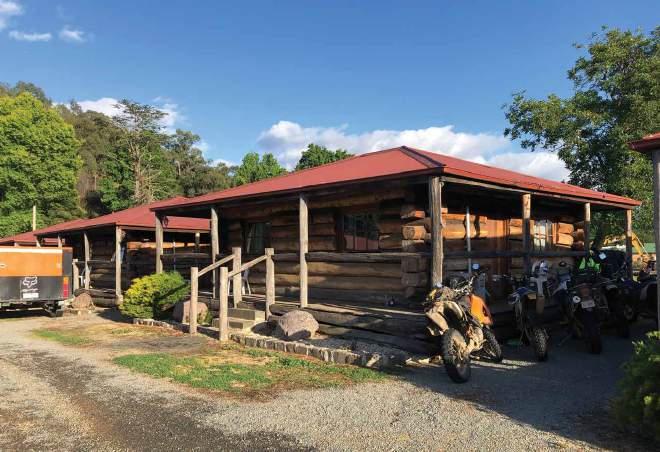
About halfway down Billy’s Paul told me I should have a ride of the Triumph to see just how hard it would be. That was his way of saying, “This is your fault, and you won’t make the same mistake again.”
All in all the Triumph hit the ground about 12 times down Billy’s and about five times prior to Billy’s. Grant had earned a beer or 12.
When we did arrive at the Dargo pub at 7.10pm, we were given five minutes to
order
As we sat around the dining table swapping stories Grant was smiling and happy to have experienced Billy Goats. He was very appreciative of all the help and everyone’s patience, and his attitude was amazing. He really could’ve cracked them with me and I wouldn’t have blamed him, but his spirits remained high. He took all the advice given to him with grace and he tried everything without question. He really showed a true adventurer’s spirit, didn’t play the blame game, owned the
Left: Dargo’s quirky cottage accommodation. Below: Checking rider confidence on a relatively easy crossing.
situation, and for that I was truly grateful. The next morning, as we were eating eggs and bacon for breakfast, Grant told me he’d tweaked his ankle in one of the falls and had woken up a bit sore in a few other areas. He’d spoken to Paul about the route for the second day and decided it would be best to cut his tour short and find his own way back to Melbourne. While I was disappointed, I totally understood. Grant also went out of his way to tell me how brilliant the ride and the experience had been.
On the Monday after the tour I rang Grant to see how he was, and he once again showed his positive attitude. He said he learned so much on the ride and had even ventured down a few roads on his way home which he would’ve otherwise avoided.
So if each ride dishes up some lessons, the lessons learned from this ride are: v When your experienced lead rider speaks, you listen v Bad weather doesn’t make for a bad adventure. In fact it makes it more interesting, AND v A positive attitude is everything when taking on an adventure.
Thanks Grant for reaffirming these lessons.

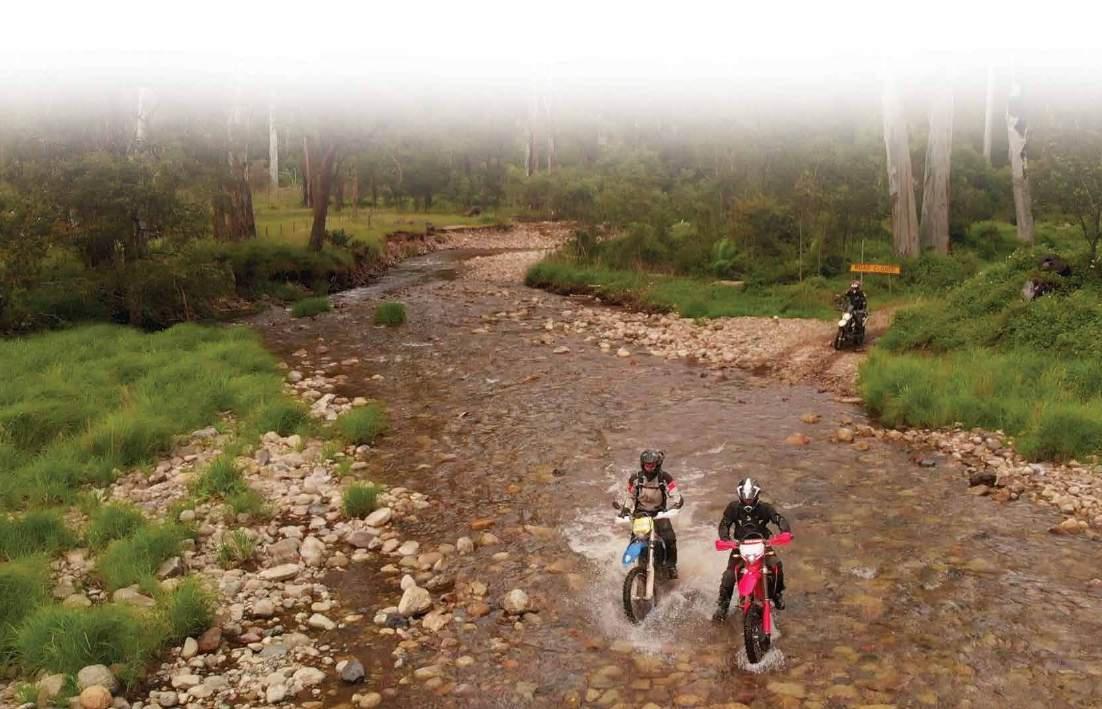
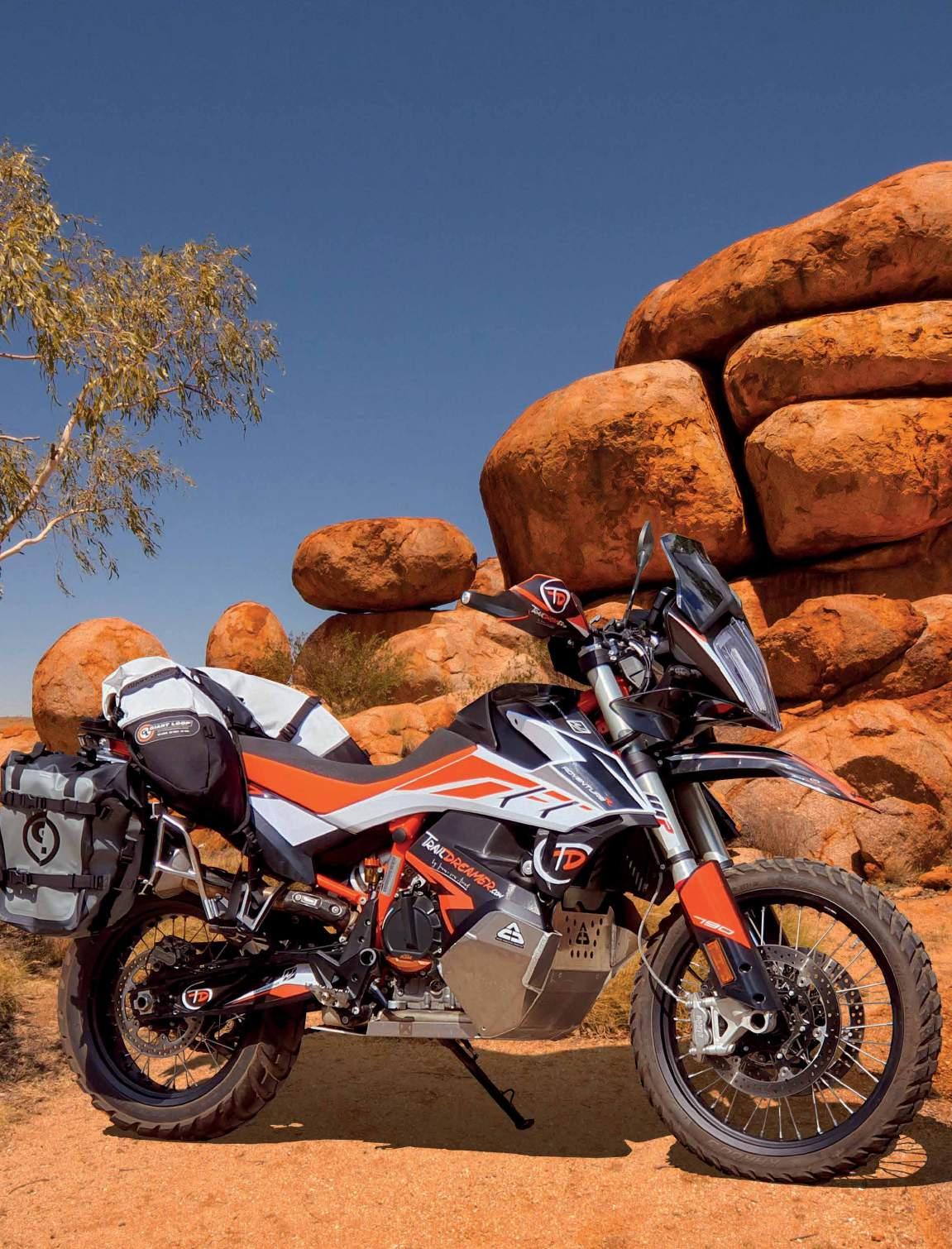

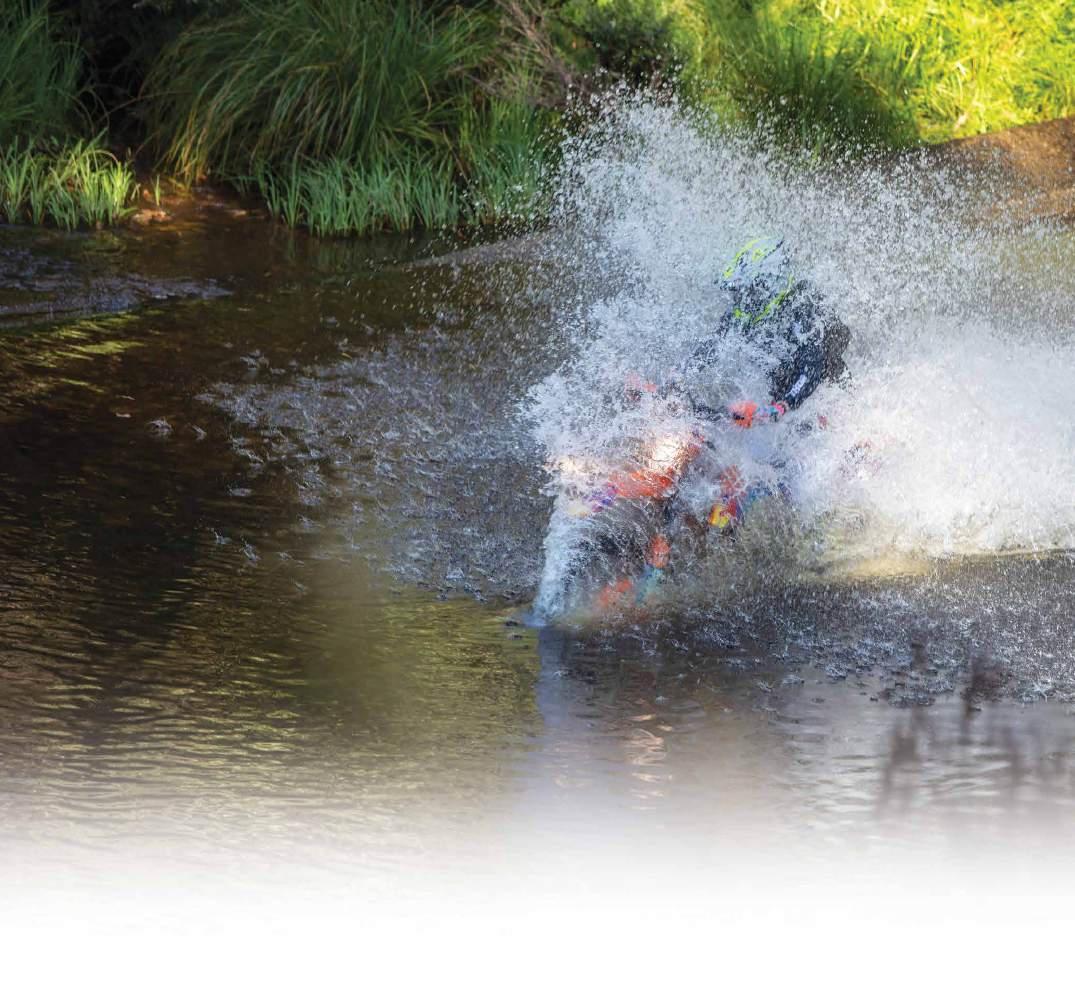
Luckily it was a nice day for a swim, and mates – I use that term advisedly – running about yelling, “Keep it wet until we get it back out to sea!” between gales of sobbing laughter, reassured me. Who in their right mind would plunge a massive
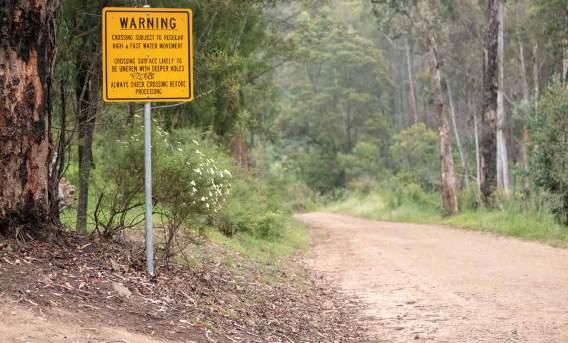
motorcycle into a body of water of dubious depth, full of slimy rocks, and then need to ascend a steep, slippery bank on the other side? There must be a fair quotient of rocks inside my head besides those my leaking helmet was resting on…again.
One moment the bike was heading just where I had planned, the next the ’bars were wrenched from my hands, the front wheel tucked and…splash. Suddenly, I was imitating a Cordura®-clad trout. It’s all well and good to know that I was to hit the killswitch on the way down. My big problem was I didn’t know I was going down until I was there.
It’s funny how it happens. I reflected back to a ride many years ago when brother Tontine The Soft was ‘teaching’ me to ride on the dirt. Mounted on his bran’-spankin’, pre-first-service XR400 he announced, “This is how it’s done”. He launched into a fast-flowing creek, got halfway across and the bike vanished as if sucked in by a river monster. Not a mirror, ’bar end or a bit of plastic to be seen. Just our hero stood waistdeep telling me something about, “Truckin’n bloody truck’n…”
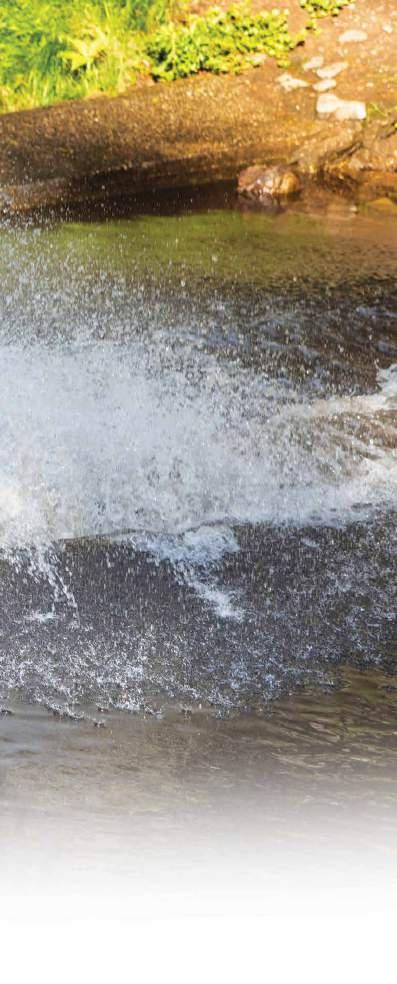
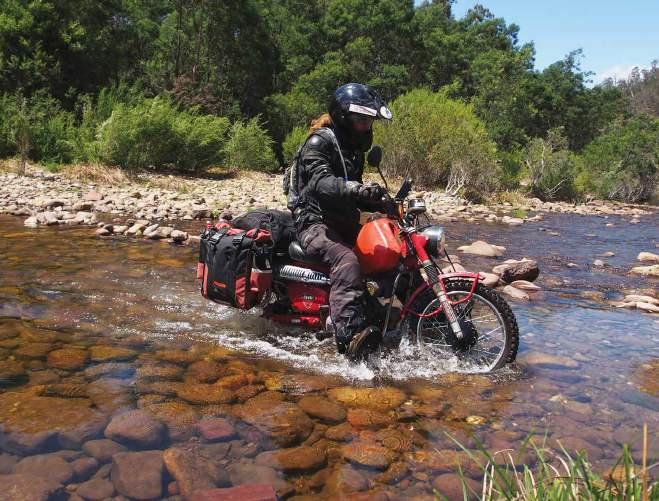
“Giz a hand?” he pleaded “Nah, I’ll get wet boots,” said I. “Show me how it’s done.”
What comes around goes around.
Water seems to distil out bravado in some riders. Like toddlers, they must be kept out of it. If they see a puddle they’ll make a bee-line for it, and the bigger the splash, the better.
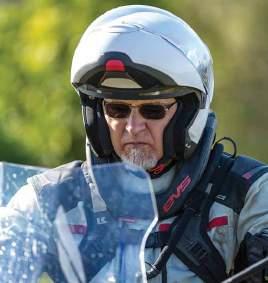
Like all these adventure-riding skills, the magic of momentum usually sees me through. But a slippery set of rocks can bring it all unstuck, making what initially seems a big laugh into a cold and uncomfortable week away.
My adventure-riding course taught me to avoid water and only enter it if it is absolutely necessary. There be gremlins in there.
That’s my excuse when I decide to turn around and go back the other way.

Main: The bigger the splash, the better.
Below left: Adventure-riding courses teach to avoid water and only enter it if it is absolutely necessary.
Above: A slippery set of rocks can bring it all unstuck.
Below: It’s not a bad idea to put on wet-weather pants to stop the water pouring in the top of boots.
Right: Who in their right mind would plunge a massive motorcycle into a body of water of dubious depth?
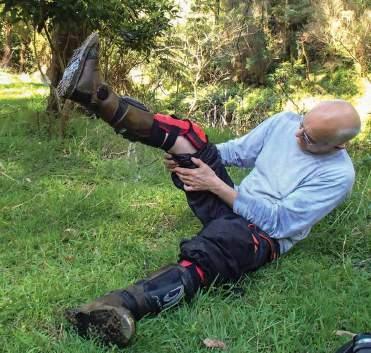
And we thought sand was brain copulating!
Blasting through a big puddle for a photo is lots of fun, but getting across bodies of water is anxiety-provoking for this little black duck. Depth of water can be misleading, (ask Tontine) even if we get off and scope out the best track across. Of course I should walk it but, hey, I might avoid wet feet if I just gas it and plunge in.
Even more anxiety-provoking was the time The Galah and I ‘walked’ the bikes across a fast-flowing river ‘on the clutch’. Every few metres we needed to break the back wheel free of traction and ‘flick’ the bikes so the front wheel was heading back upstream as the power of the flow was increasing the angle of the crossing by the minute. And yes, I got wet feet and knees and nuts.
That night was not a pleasant camp. After another soggy-bottom night I learnt it’s not a bad idea to put on wet-weather pants to stop the water pouring in the top of my boots if it looks deeper than my footpegs.
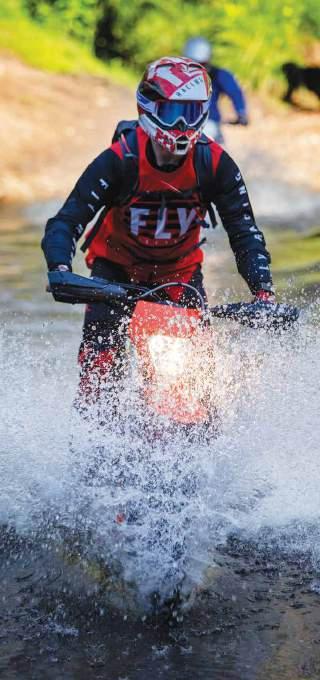
July 2013 would prove a challenging time for Mike.
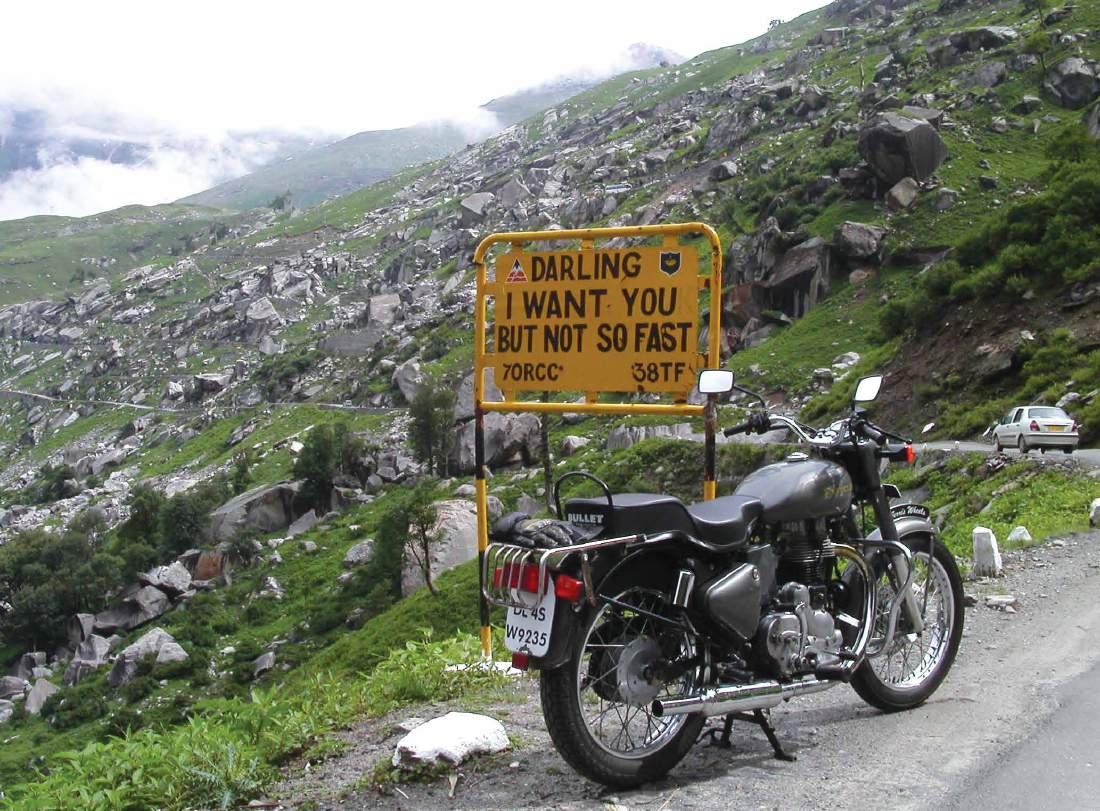
Iconsider myself a moderate drinker, but every now and then I impose upon myself a period of abstention in order to prove to myself I’m in control of my habit, not the other way around. In the few months prior to July 2013 I had found myself drinking pretty much every night; alcohol-free days (AFDs) were very few and far between. Quite often I can manage a week without alcohol easily enough, but I’d decided to test myself by aiming for a whole calendar month without a drink.
We’d just come off our inaugural Iceland tour with 24 people in the group, some of whom were,
shall we say, seasoned drinkers. Everyone on the tour was a WOW repeat offender, some of them had become our personal friends over the years, and in a large group there’s always a certain amount of socialising going on. Being the social animal I am, I find it very easy to say yes when someone suggests we have a drink or two after a great day’s ride. I don’t think anyone would ever describe me as being overweight, but I can occasionally develop a spare tyre, as my preferred drink is rum and coke – a sugar drink diluted with a sugar drink.
In July we were running our usual tour of the high roads in the Himalaya and had a somewhat smaller group of 14. Only two of them had been with us before and
I remembered they were both of quite sober habits, so it seemed a good time to try for a dry month.
The first week wasn’t a problem at all. We were still at home and my wife Denise is only a light drinker, so I had no difficulty staying dry. The flights to Singapore and then to Delhi proved to be more of a challenge with their complimentary drinks, and on this occasion we were flying Business Class with full access to Singapore Airlines’ hospitality lounges. Turning my back on all that free booze took quite a bit of willpower but I stuck to my goal.
On July 12, the third day of our tour, I had my worst motorcycle
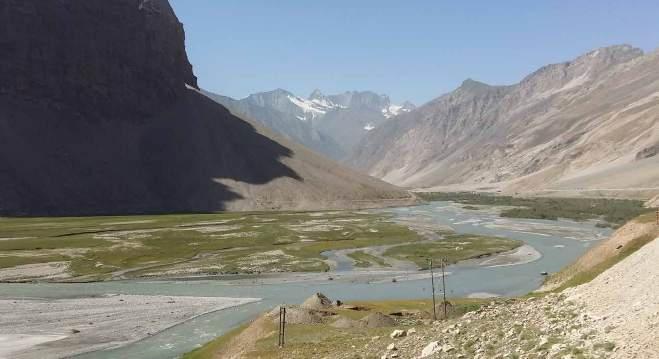
accident in my (at that time) 19 years of professional riding. At the morning briefing I’d mentioned to the group the third day was historically when we experienced the highest number of incidents, and warned them of complacency sneaking into their gameplan now they’d come to terms with the vagaries of the Enfield and the Indian traffic system. With everyone thus intent on staying focused and ensuring it didn’t happen to them, we managed to make it to about the sixth corner before I wiped myself out in spectacular fashion.
It was a manoeuver I’d completed a million times.
I wanted to overtake a bus and had moved out wide to take a look. There was a motorcycle coming the other way with two guys on board, so I hesitated. But the
rider moved over to allow me room, as is the system in India, so I accepted the invitation and accelerated into the gap. My big mistake was in not sounding the horn. The bus driver had no idea I was there.
Just when I was fully committed alongside him, he moved across to line up for his next left corner and took all the space I’d been given. I was directly headed at the poor guys on the bike. They had nowhere to go because of the drain on their side of the road. We both grabbed the anchors and managed to wash off a bit of speed, but we still hit hard. Very hard.
Two bikes and three guys became airborne, and somehow we all missed the wheels of the bus. The driver continued merrily on his way, probably without even
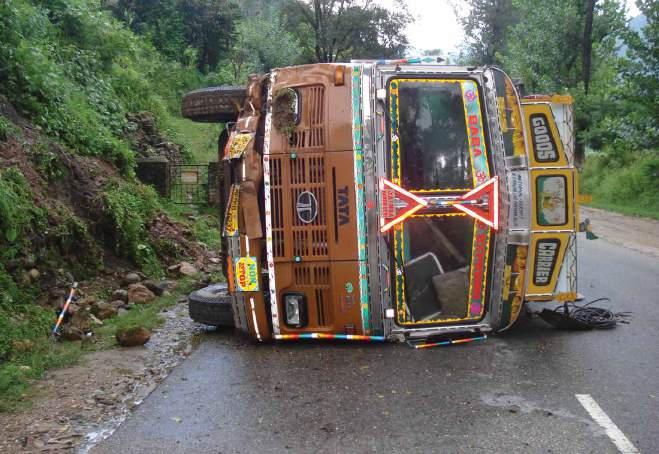
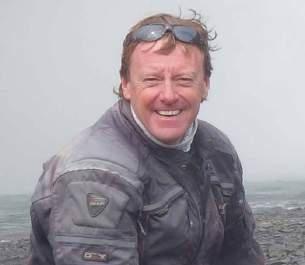
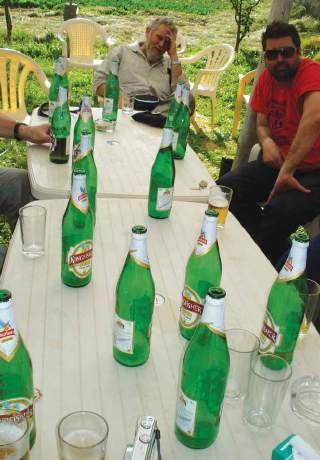
Far left: Indian road signs often draw a wry smile.
Above left: Self isolation is not a problem in the Himalaya.
Left: Tata trucks frequently develop vertigo. Above Kingfisher Super Strong. Not just another breakfast drink.
realising what had happened. I tumbled and rolled and was back on my feet before I even stopped, swearing at myself and anxious to see what condition the other two guys were in. They were dazed and both lying on the road, but appeared to have escaped serious injury. Our group arrived in twos and threes and helped pick up the bikes and make sure everyone was okay. Denise was riding sweep and couldn’t believe it was me she found hobbling around in some pain. The leg guard on my Enfield had taken the brunt of the impact but my right leg, foot and hand had been hit pretty hard and were
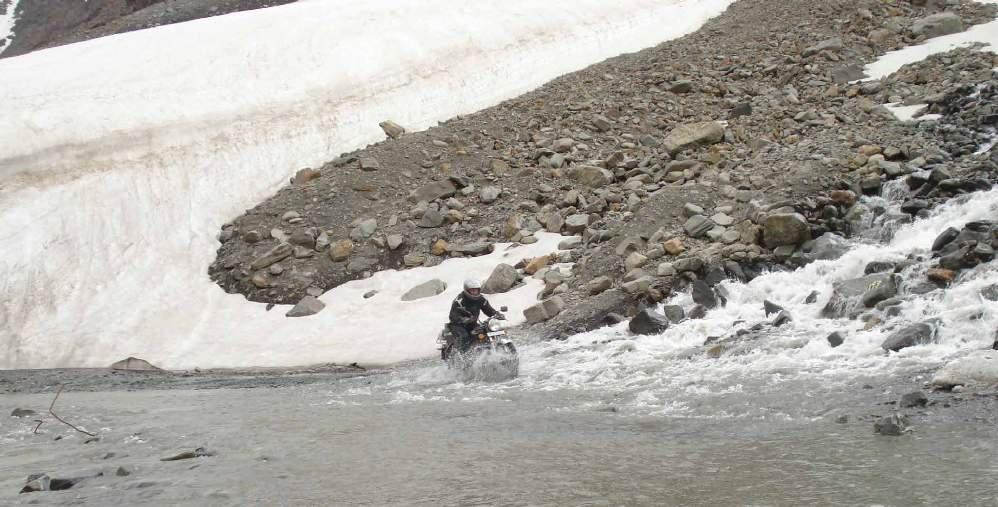
registering discomfort. The exhaust header had been ripped from the engine, my right footpeg was history and so was the gear-change lever.
The other bike had fared much worse, being a more lightly built Honda Hero. The forks had given way and the front wheel had been tucked under the chassis. The two guys had a few minor cuts and abrasions and we patched them up. Ironically, they’d been on their way to nearby Shimla hospital where one of them had a minor surgery scheduled.
Denise took our group on ahead to our lunch stop while our two mechanics performed minor miracles in getting my Enfield back into shape. The Honda was beyond immediate repair and we helped arrange transport to a nearby workshop. My main man, Amar, negotiated what was a reasonable amount of damage compensation and I happily handed it over in cash with a bit extra, grateful I hadn’t seriously injured anyone.
Apart from some stiffness setting in to my right leg I felt I was in pretty good shape and continued to ride.
When I caught up with the others for lunch I was aware of some sticky wetness in my right boot, and a cursory examination beneath my riding pants revealed a deep gash on my shin. I wasn’t willing to take off my boot for fear of not getting it back onto my swelling foot, so we just put a
dressing on the cut and continued to our destination for the night. At the hotel another inspection took place.
“This is going to need some stitches,” volunteered Amar.
“No. I don’t think so,” I replied. “Let’s just dress it again and I’m sure it’ll be fine.”
“Mike, I can see your shin bone,” said Denise. “It needs to be sewn up.”
Still I resisted and decided to lie on the bed for a couple of hours to contemplate life. But when the wound had still not stopped leaking blood at 6:00pm, some eight hours after the accident, I had to admit defeat.
“Okay. Let’s go to the clinic.”
I’d been stitched up in Indian hospitals on a couple of previous occasions in the very early years and didn’t have fond memories of the experience. On one occasion the doctor hadn’t any anaesthetic to spare for the dumb tourist as he sewed up my eyebrow. So on this occasion I was pretty keen to ascertain that we had some.
“Yes, yes. Anaesthetic,” said the good surgeon, and jabbed a needle directly into the open wound.
I bent the metal frame on the side of the bed. It’s a good thing it didn’t come off in my hand or I might have been up on charges of doctorcide.
Denise and Amar watched in horror as the guy poked his latexed finger into
the wound and slid it around under my skin, apparently in search of any gravel or debris, but before the anaesthetic had been given any time to take effect. I was busy staring at an abstract point on the ceiling and making guttural noises through clenched teeth.
He gave me three jabs of anaesthetic but they didn’t seem to have much effect. I still felt each of the five stitches he put in. A kind nurse then also gave me a tetanus jab in the backside and we were done. As well as the cut on my shin, my right foot, my knee and my hand had all taken a beating, but I was sure nothing was broken so I declined any X-rays. I guess I expected everything to return to normal in a fortnight or so, but it was many weeks before I could usefully pull on a pair of jogging shoes again.
On the way back to the hotel Amar smilingly told us the doctor had asked him, in Hindi, whether I was a drinker or not. Amar had replied that yes, ordinarily I was a drinker, but on this occasion I was absolutely the soberest he had ever known me. Denise suggested I could probably do with a rum. I didn’t need to be invited twice, and thus my Dry July was busted. I went back on the wagon again the next day, but the spell was broken and I had a few more lapses before the tour was through.
Left: Yes, that’s a glacier. Yes, the water is cold.
Right: Royal Enfields grazing in their natural habitat.
Below: Stopping to enjoy the scenery is highly recommended.
Somewhere around the halfway mark I contracted the flu that had been raging through the group. With people coughing and spluttering every night at the dinner table it was difficult to remain unaffected. I normally have a robust metabolism and can fight off various bugs, but I guess my system was busy coping with the stress of the accident (or the lack of alcohol) and was rather run down. So I coughed and hacked and spluttered in concert with the rest of them, producing a marvelously copious thick green phlegm. I don’t like taking drugs and I was sure I could shake off the bug in a few days, but when we arrived back in Delhi a week later it was still with me. Denise generously agreed to take our group on the day-trip to the Taj Mahal while I stayed in the hotel feeling like warm death and amused myself by finding her manicure scissors and taking the stitches out of my leg.
At the conclusion of the tour we had a week’s break before the next group arrived, so Denise and I decided to take a few days of r’n’r. Hastily consulting the internet, we settled on a resort in The Maldives and headed off for five wonderful days.
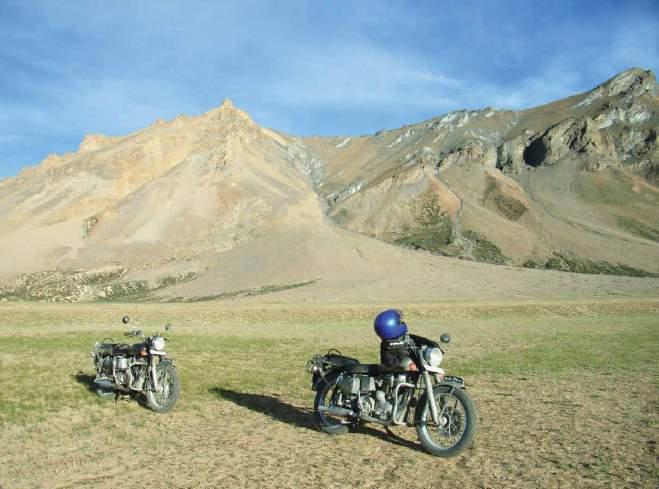
From the front door of our bungalow to the lapping surf was 17 paces across impossibly white sand. Long-legged Russian models in string bikinis strode past. We snorkeled the reef with a million fish and the occasional turtle and stringray, and black-tipped reef sharks were everywhere. But there must have been lice or something in the sea, because I emerged with a serious rash covering parts of my body.
Just to take stock: I still had a severely bruised foot and knee and a hand not working properly. I was still coughing up colonies of little green microcritters (for which I had finally let the island doctor prescribe some antibiotics), and after a
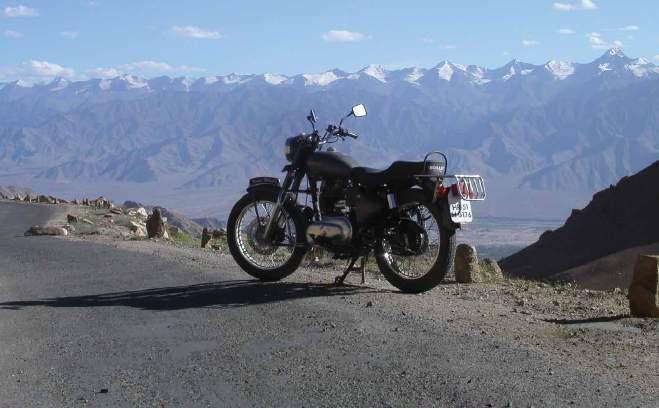
simple swim I came out looking like I’d been whupped with an olive branch.
For a guy who prides himself on his fitness and health it was all a bit difficult to take. I don’t handle being unwell well. I wanted a workout in the gym but my hand wasn’t up to it. I wanted to jog on the beach but my knee said, “Forget it, pal.” And of course, being in a tropicalisland paradise wasn’t conducive to abstaining from liquor. We dined in a different restaurant each night where I allowed my wife to talk me into sharing an occasional bottle of wine or two, and our bungalow was perhaps 40 metres from the Sunset Bar which served up delightful late-afternoon cocktails.
Needless to say, my Dry July finished well before August rolled in.
I wasn’t sorry to see it go. What on Earth possessed me to mess with the natural order of things?


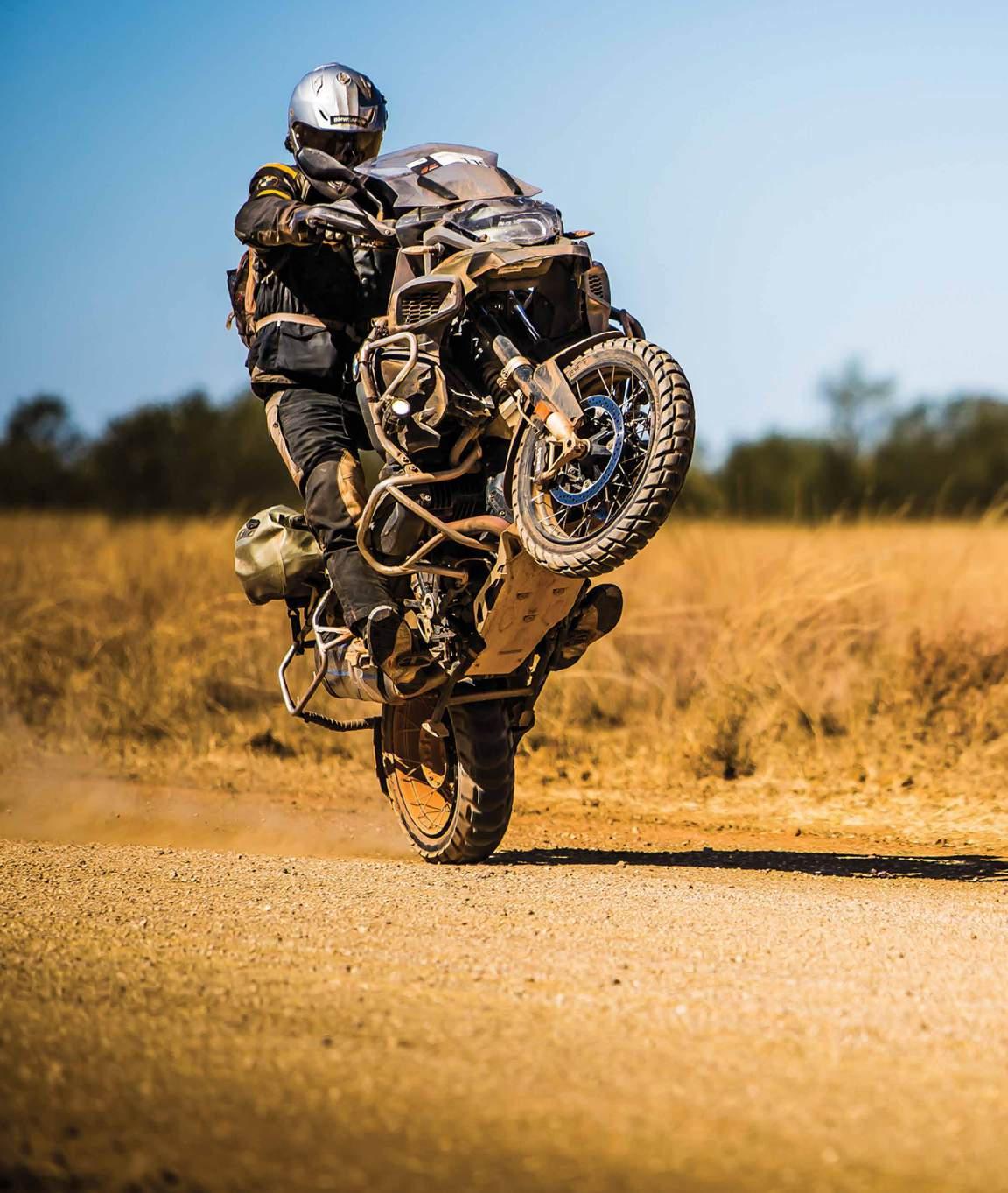
Iremember the feeling when I first started to get the knack of stand-up wheelies. It was surreal. I was getting tips from a mate and suddenly, instead of the front wheel dropping back to the ground, it just stayed there and I felt like I had control of it. It was about 1998 when I was living in the US and riding regularly with a friend who was an ex-A-grade motocrosser in California. He was smooth and fast, even if he wasn’t so fit. I would chase him, he would let me past, and then he would pass me again. We would ride to a desert riding area called Cactus Flats and have an absolute ball, then on the way home I would watch him wheelie his KX250 endlessly up the road back to town. He would pop it up and ride around corners and just made it look easy.
I was keen to figure out how to do that, so he gave me some tips and it all came together quite quickly.
I was on a KLX300 that had been tricked up a bit. There wasn’t tonnes of power, but it was smooth and predictable
and that’s why it was such a good bike to learn on. I think that’s why I got the feeling for wheelies, because I wasn’t scared of the power. It was manageable.
It was all about timing and adding the burst of throttle at the right rpm, as well as riding up a nice, gentle slope.
At first I was starting the wheelies in second gear. I would start with the revs low then wind on the throttle. When the torque was getting towards its peak, I would shut it off, then wind it on again right away, together with a bounce on the footpegs to compress the suspension. When I got it right the front would rise up sharply, but I learned not to panic.
Then I could modulate the throttle to maintain a balance-point type wheelie. Because the bike didn’t have too much power, if the revs were too low, it wouldn’t lift. And if the revs were too high it would lift, but then run out of puff. So, with trial and error, I learned where the sweet spot was on that bike. Then I
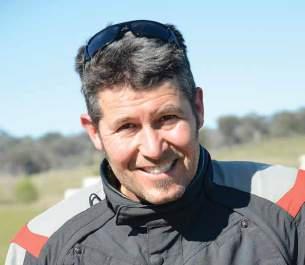
could consistently pop the front wheel up high and keep it there without gaining lots of speed.
Once you have that feeling you lose a lot of the stress and anxiety about what might go wrong, and when you’re relaxed you’re able to experiment with popping it up in different gears or changing gears during the wheelie.
Another tip was to lean back with straight arms, using your body weight as a type of keel to balance the bike. Many riders pull themselves towards the u
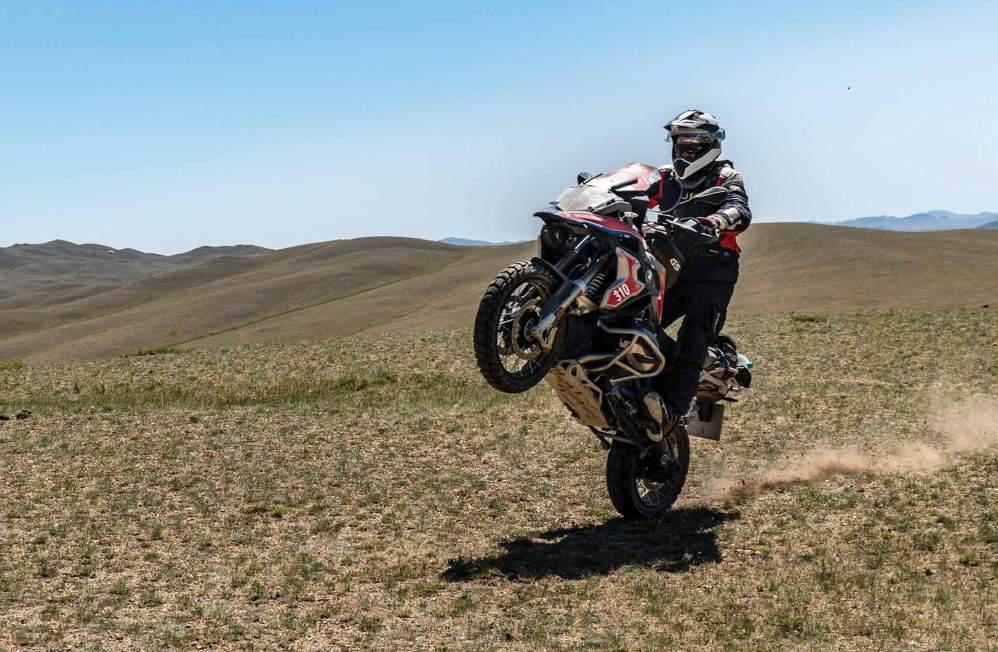

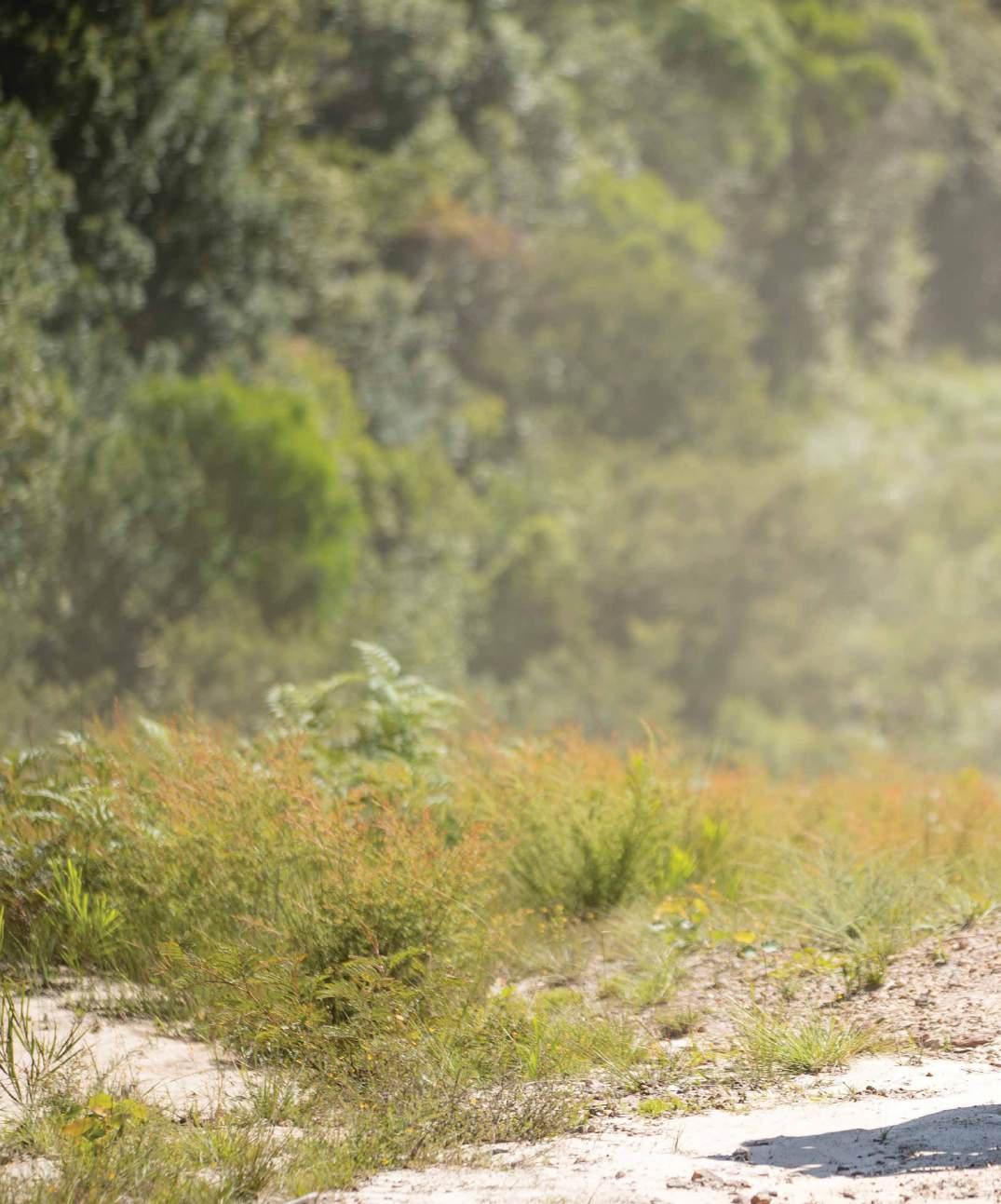
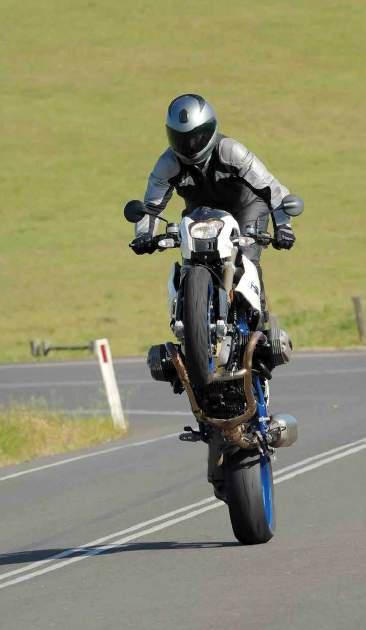
Above: On the current big bikes you can pop it up in second, third, and sometimes even fourth gear. Below: At higher speeds it’s quite amazing how much control you can have over the height of the wheelie. Right: Keep practicing and practicing. The better you get, the easier it becomes.
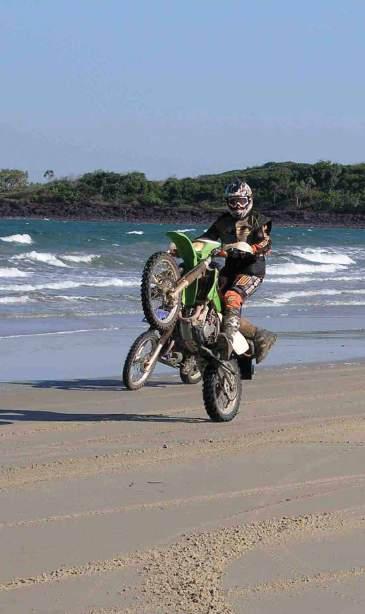
handlebars, but this moves the weight forward and you lose the stability. It’s also more fatiguing as it’s like you’re doing a pull up.
Then I got my 1999 YZ400. It had buckets of power and I could pop it up easier and ride the back wheel for longer. But learning on that bike would have been harder and riskier, so I always have a sweet spot for my trusty KLX300.
Now, 20 years later, I’ve ridden hundreds of bikes working for BMW, coaching and leading rides, and as a journalist. My technique has evolved so I probably use the clutch 90 per cent of the time I lift the front wheel of the bike, even if it has the power to do it without the clutch. I just find it gives more control and adds smoothness to the process. On the current big bikes you can pop it up in second, third, and sometimes even fourth gear due to the torquey, responsive engines. Sometimes I see people using the clutch where it definitely doesn’t add smoothness, and the results are not always good for the bike or the rider, so always try to be smooth and sympathetic to your clutch. You’ll get a better overall result.
On a 1250GS in third or fourth gear you can get up to between about 100kph and 150kph before its time to touch down. At these higher speeds it’s quite amazing how much control you can have over the height of the wheelie and even to ride slight corners in the road. The cornering control comes from leaning, pressure on the footpegs, some steering angle for balance and applying torqueing forces through the ’bars that let you turn right and left (as well as turning the ’bars, then pushing one side away and the other towards you slightly).
Good throttle control is required, but at the same time, doing wheelies also improves your throttle control. But never forget your right foot needs to be covering your rear brake in case you’re heading too far back and need to bring the front wheel down.
First it makes sense to earn your stripes in a paddock at lower speed, and to keep practicing and practicing. It’s like anything really: the better you get, the easier it becomes. If you’ve dreamed of doing longer, balance-point wheelies you need to put in the time. It also helps when you have the right bike and the right situation.
Way back in the Academy days I would watch Stephen Gall and some of the other instructors do slow, sit-down, balance-point wheelies where sometimes the back guard would scrape on the ground. At the time this was way out of my league so I never really practiced it. But in recent years I’ve been practicing and getting better at it. If you don’t know what I mean, check out some of Graham Jarvis’ videos on insta @gforcejarvis. The guy is a freak and has so much control it’s great to watch. I guess this sort of wheelie is more suited to smaller, lighter bikes like my Husky 300. I haven’t really tried it on bigger bikes, but I know there are some crazy kids out there who do.
One thing I love about riding is I’m still challenging myself, learning and improving. I guess one day that will stop, but in the meantime, I’m enjoying the journey.

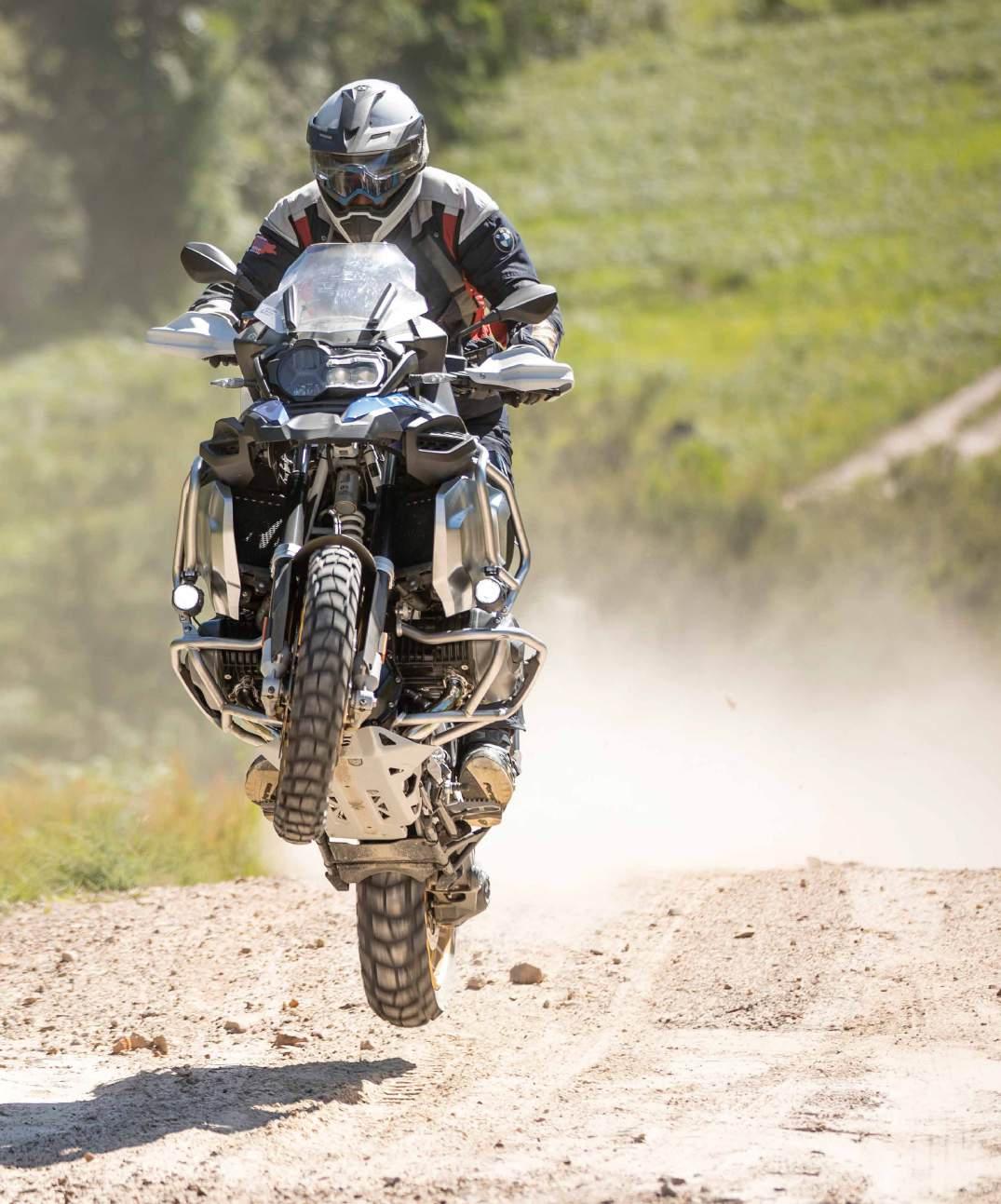
Words: Karen Ramsay
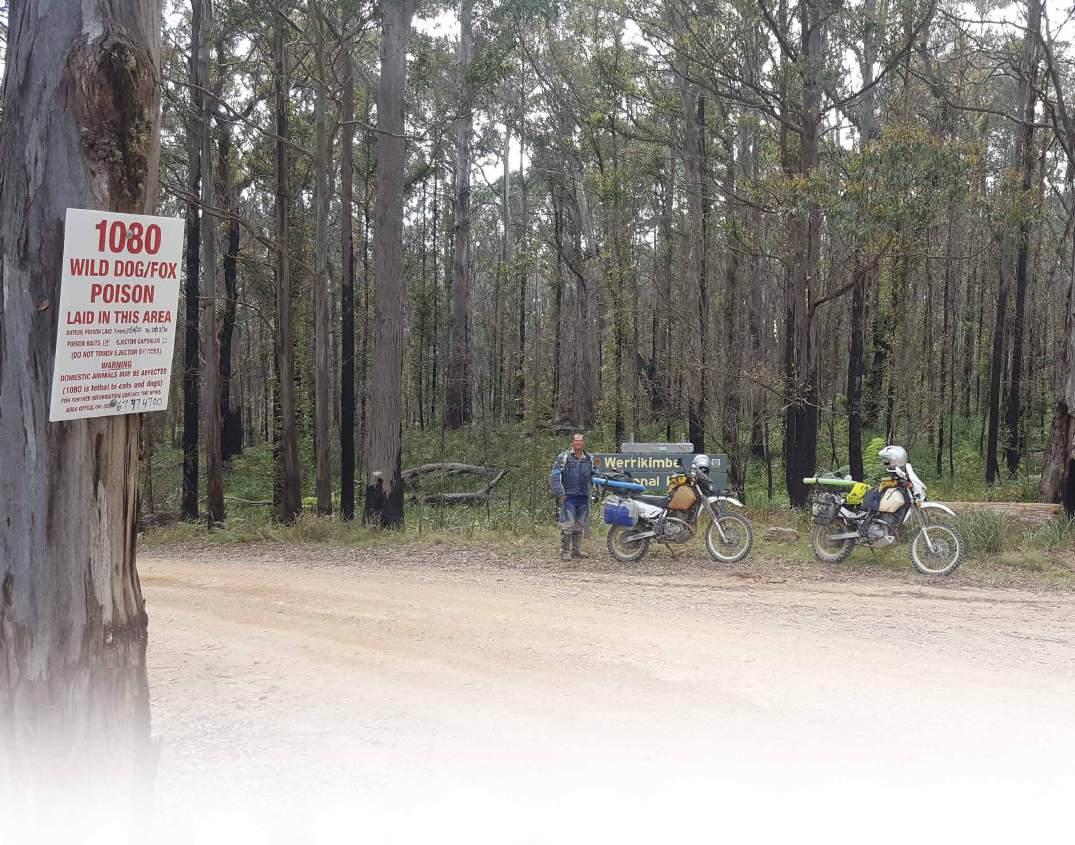
Like many of you, the Ramsay household breathed a sigh of relief as the clock shuffled past midnight and relegated 2020 to the history books where it belongs.
To be fair, there were highlights amidst the crap, and there was a lot of learning.
In our family we’ll remember 2020 as a year marked with marriage, death and impending birth. It was the year Dave lost his father, John Davis Ramsay, master of eye-rolling dad jokes and the most kind and forgiving man you’d ever have the privilege to meet.
On a brighter note for our family,
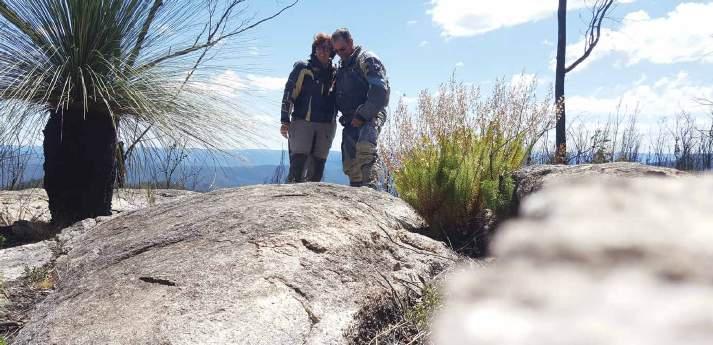
2020 saw the elopement of our eldest daughter (who now lives in Scotland). It also brought exciting news of a birth around the time you’ll be reading this. Our youngest daughter Bessy and her partner Sam are expecting our first grandchild.
As the pandemic rolled on many people endured time without the freedoms we normally take for granted. Lots of people did it really tough. If there’s any silver linings to come from it, at least this happened in an age where we can continue to connect with people and keep in touch via phones and the internet. Hopefully some of the changes might stick – like all the fastidious cleaning. Or will it
Above: “That’s Werrikimbe NP, thanks.”
Left: Taking our time.
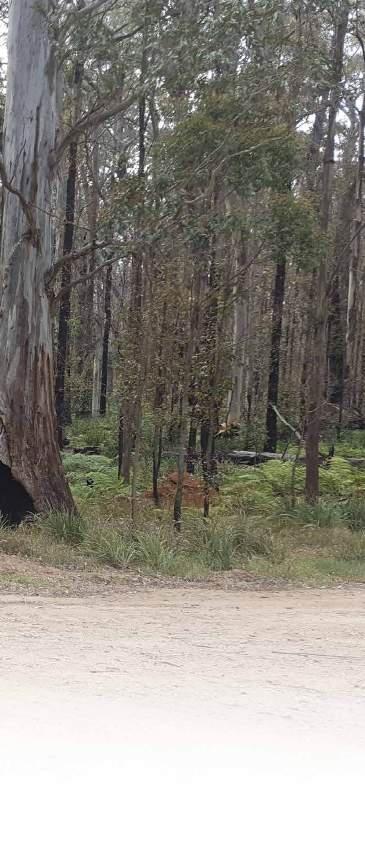
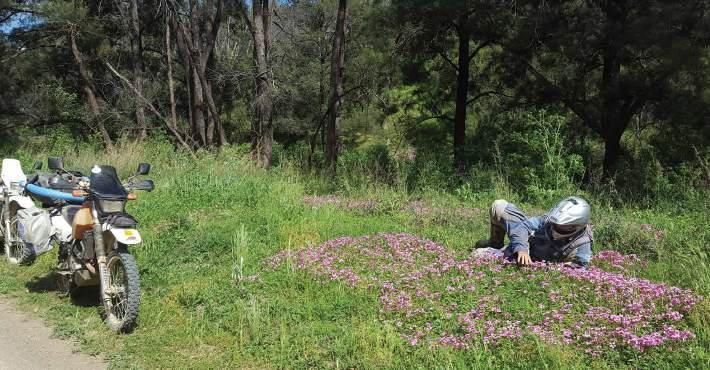
be like every time you (well, I) get some new bit of bike kit and bring it home with promises to love, cherish and wash it regularly, then gradually it all falls by the wayside?
‘I’ve paid so much for this new visor I will never put my gloves on it. I’ll only ever wash it with springwater taken from glacial mountains…’ Fast forward three rides and I’m back to riding with my visor up because it’s once again covered in scratches from me wiping it. (Perhaps there’s an opening there for someone to invent a truly non-scratch visor –I won’t ask for more than a 24per-cent share in the profits).
We’ve had a couple of rides. Due to the changes with National Parks, the free ones now require you to book online in advance. That’s all good and well if you know where you’re going to be. We could probably sit around and debate the pros and cons of paying fees, but I figure if we are paying they at least have a record of how many people are using and appreciating these resources and it might help to keep them open.
Take, for example, a couple who decide to get away camping on their bikes for a few days. They’re taking their time. Each day is about exploring new places. They’re old hands so they know the four o’clock rule and on this particular day have the perfect camping
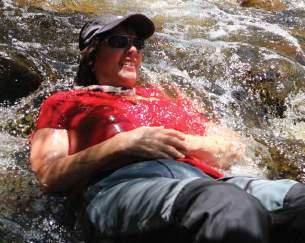
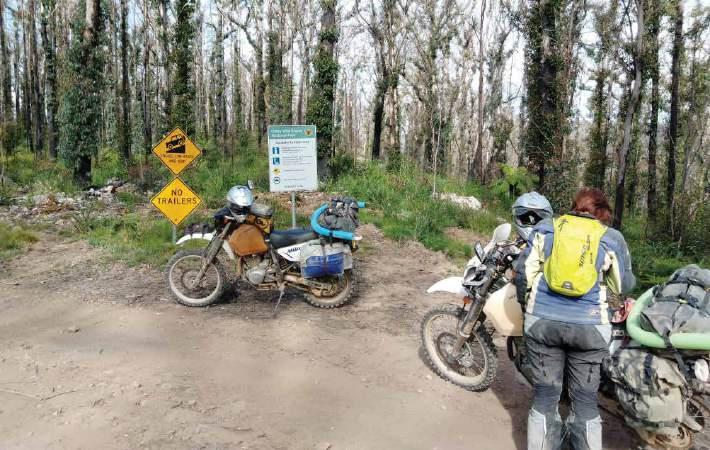
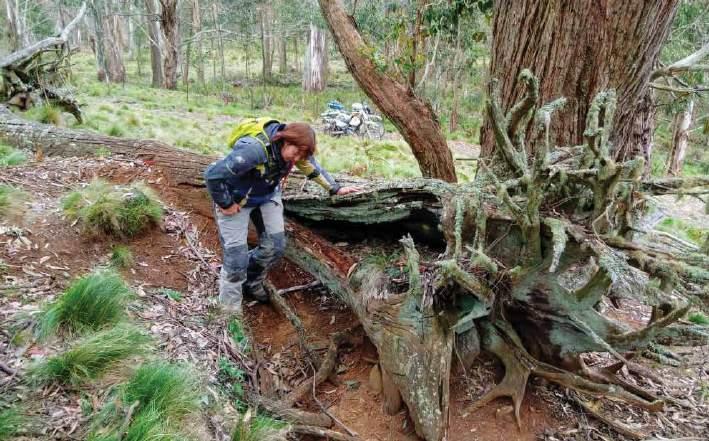
spot in mind (where one of them may or may not have previously done a Billy Connolly among the kangaroos). They’re on their way there when they chance upon an unlocked gate which leads to another campground but comes out to the north which is not where they want to go. They stop to chat about this, then, being eagle-eyed riders, they notice a sign with the National Park number and lots of important information about booking online before camping. Being responsible citizens, they set about doing just that.
A couple of issues arise for our happy couple. Firstly, her phone battery is almost flat, the charging cable isn’t working and his phone is only working when there’s Wi-Fi. Secondly, service is floating between one and two bars. Not to be deterred they try the website anyway. The phone charge has dropped from 15 per cent to 12 per cent and the website is still loading. Ditching that, they call the phone number. The young lady on the phone asks them to hold before she’s even started.
11 per cent.
She’s back and is very helpful but has no
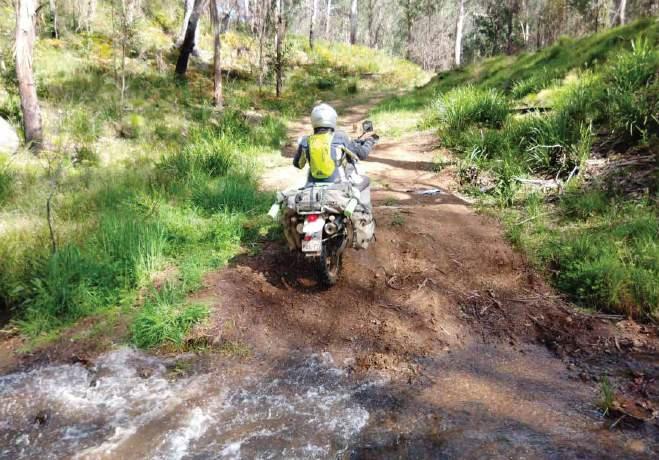
idea where Mooraback campground is. 10 per cent. The service is dropping in and out.
Nine per cent.
The couple offer up some suggestions on which National Park it may be in: “Oxley Wild Rivers?” It makes sense. It’s the
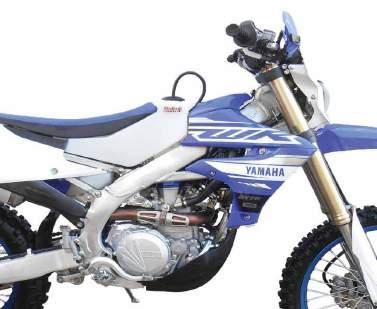
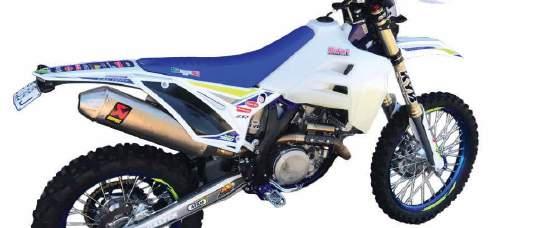
Eight per cent.
“Werrikimbe?” the couple offers hopefully.
“How do you spell that?”, she asks.
Seven per cent.
“Can you just hold while I ask

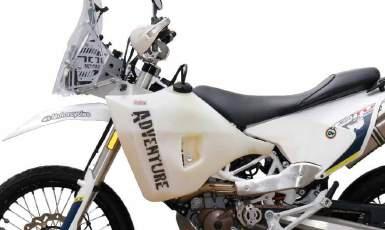
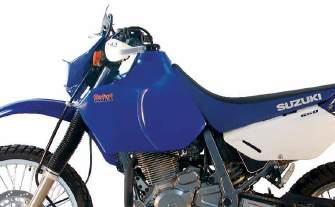
Left: The land of no phone service.
Right: Detours are fine when you have no place to be.
someone?” she asks.
“Not really,” they say to the click that summons the start of the muzac.
Six per cent.
She’s back. She’s found it. Hooray for the now happy couple.
“Name? Address? And would your registration be..?” (‘No, it’s not our rego number. That was our friend’s bike from another ride, but we’re not telling you that because it will take too long.’) “Credit card number?”
“No problem,” the couple say.
Five per cent.
“I’m sorry, I didn’t catch the last three digits.”
“Hurry please. We’re down to fiveper-cent phone charge,” say the couple.
Four per cent. Repeat the numbers. “Just a moment while we wait for your receipt number,” she says. “You must be having a lovely time riding around way out there. It’s been very hot here today,” she says. Three per cent. “Yes,” the couple agrees.
Two per cent. “Your receipt number is 100703649. I’ll email your receipt to you as well.” There’s no internet, but go ahead.
One per cent. “Would you like to do a quick survey about your experience today?”
Of course, the lovely couple would have if they could have. But they’re busy packing the now useless phone and scrap of paper with the all-important receipt number into the tankbag and heading two kilometres down the hill into the land of no phone service, ready to have camp set up by 6.00pm.
“Not bad,” they say to each other. “Not too bad at all.”

R Double check any charging cables before leaving home
R Don’t wipe your dusty visor with your gloves!
R There’s always a silver lining
R Take time to be with family and friends and to stop and smell the roses
R The four o’clock rule should be viewed as more of a rough guideline
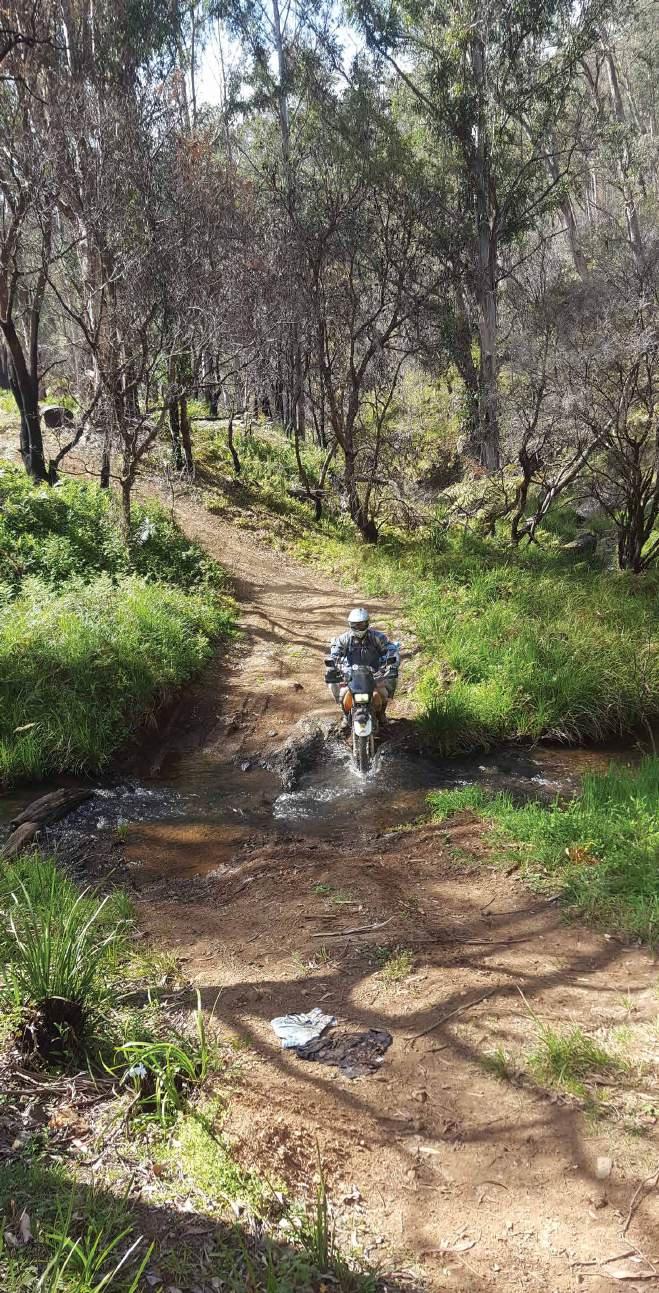
Leatt VeLocity 6.5 desert goggLe
New sand and dust blocking function.
R Bulletproof 170-degree, wide-vision lens
R Permanent antifog function built in to the inner lens
R Removeable triple-layer, dual-density, comfort face foam and antisweat fleece backing
R Self-draining open lower-frame design
R Removeable nose guard
R Tapered custom shape to fit difficult helmets

R Bulletproof lens impact tested to ANSI Z87.1-2015
R Military Ballistic Impact Standard (MIL-DTL-43511D)
aLpinestars tech air 5 autonomous airbag system
Slim and self-contained wearable airbag vest.
R Available in XS to XXXL
RRP: $189.95
Available from: All good motorcycle retailers Web: cassons.com.au
R Can be worn under any proper fitting textile jacket or Tech-Air®-compatible jacket/leather jacket (with four centimetres of space around the circumference of the rider’s chest)
R Uniquely covers the rider’s shoulders, chest, ribs and full back
R Active electronic system: six integrated sensors (three gyroscopes and three accelerometers) and a crash algorithm
R Protective airbag is deployed upon the identification of a crash situation
R Maximum inflation time of 20ms to 40ms based on the volume of the airbag
R Easy to use: zip up the vest and close the magnetic flap
R LED display indicates the airbag’s operational status
RRP: $999
Available from: Leading motorcycle stores Web: monzaimports.com.au
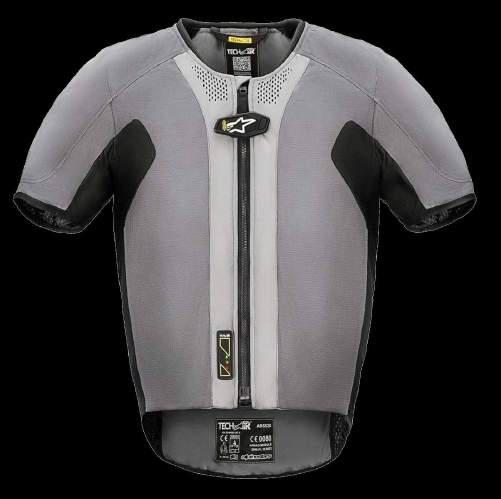
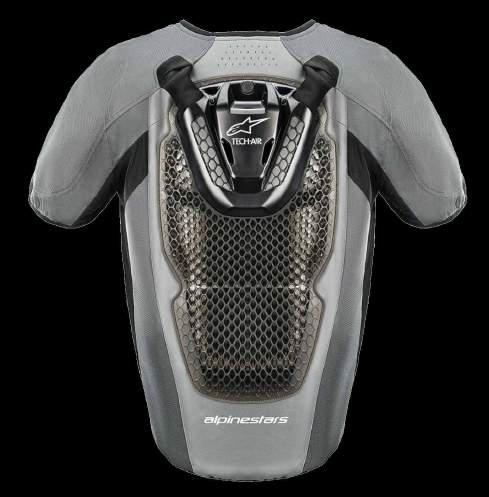

A new level of style and protection in the growing adventure scene.
R HPFC (High-Performance Fiberglass Composite) shell
R Three shell sizes (XS-S, M-L, XL-3XL)
R LS2’s emergency release system
R Quick-release visor and dropdown internal sun visor
R Venting system comprised of eight adjustable and five fixed vents
RRP: $419
Available from:
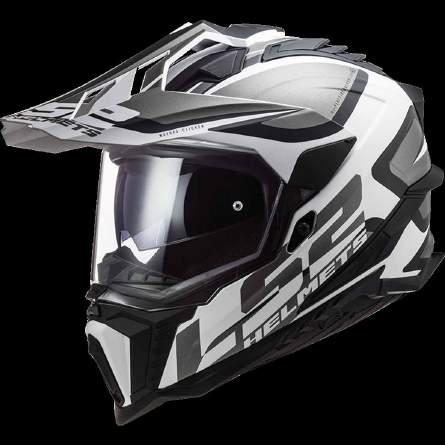
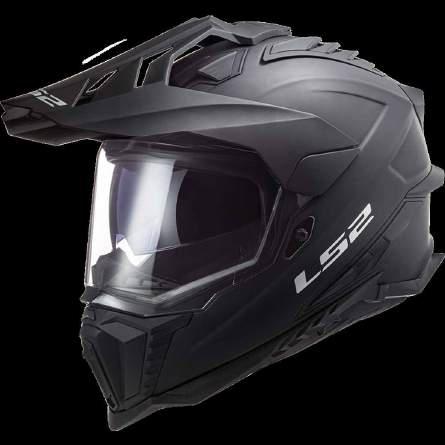
LS2 helmet dealers nationwide Web: ls2helmets.com.au/collections/mx701-explorer
giant Loop coyote saddLebag
Giant Loop’s original rackless saddlebag.
R 39 litres of packable volume
R Two kilos of dry weight with all included components
R Rugged Bomb Shell™ construction
R Water-resistant YKK zippers and military-spec fasteners
R Aluminium cam-buckle compression straps
R 156cm from the bottom of the pannier, across the top to the bottom of the other pannier bucket. 18cm height of bag in top centre. 15cm distance from the inside to the outside of the pannier bucket bottom. 23cm from front to back in top centre
RRP: $769.90
Available from: Giant Loop dealers nationwide Web: whitesmoto.com.au/collections/giant-loop
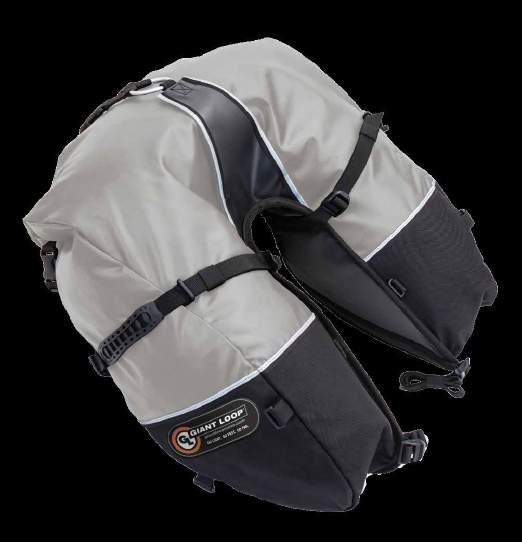
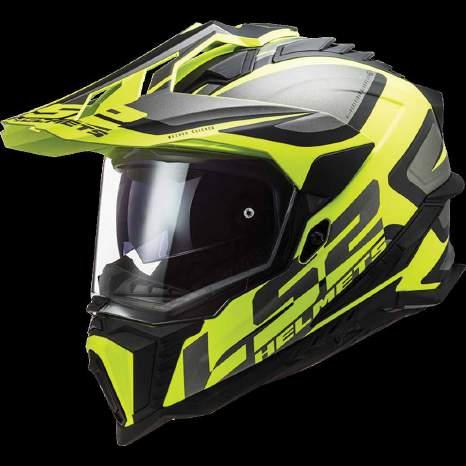
mc cruise cruise controL for Ktm 390 adVenture (throttle-by-wire only)
Set-and-forget cruise control for KTM’s feisty little adventure sweetheart.
R Everything needed is in the kit
R Purpose-built switch with backlights
R CAN-compatible using the bike’s CAN signals
R Sophisticated, LED-driven, built-in diagnostic and trouble-shooting features
R Built for motorcyclists by motorcyclists
R Waterproof computer module and harness connections
R Compatibility with innovations due for release soon
RRP: Check the website Available from: mccruise.com
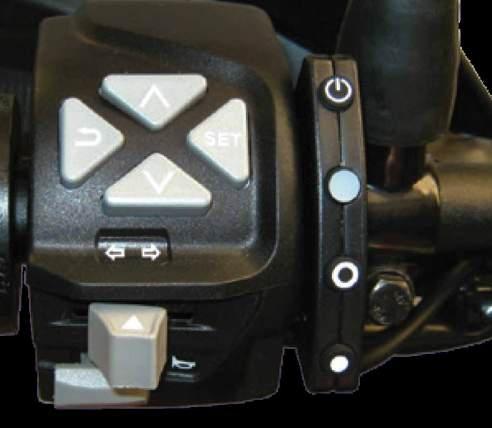
mosKo moto raK jacKet-and-pant Kit
The ‘less is more’ approach to adventure riding.
R Tough, simple rain layers
R As few features and pockets as possible
R Minimised potential for breaks or leaks
R Pack down small
R Tough enough to survive a solid hit
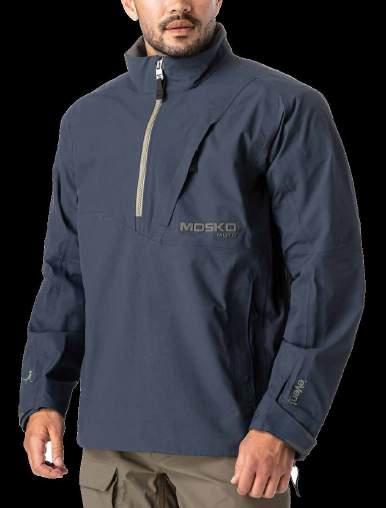
Available from: Mosko Moto Web: moskomoto.com
Protect your metacarpophalangeals! Do it now!
R Mixed fabric and honeycombed 3D-mesh construction (topside)
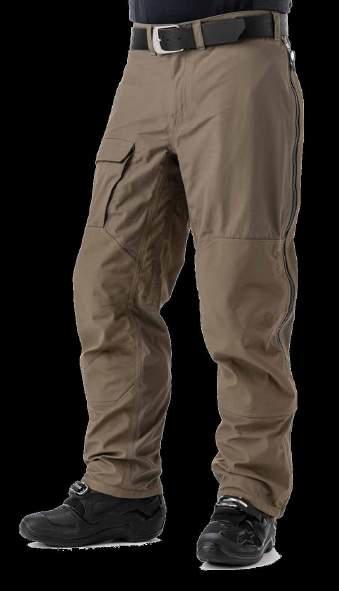
More than doubles the area of the sidestand supporting surface.
R No straining to lift the fully laden bike
R A mix of stainless steel and black anodised aluminium components
R Provides full stability
R A useful accessory that is always there to save you a lot of hassle
R Available for popular Yamaha, Triumph and BMW models
R Yamaha Ténéré part number 632-5275-0
R Triumph Tiger 900 Rally part number 421-5275-0
R BMW F850GS/F750GS part number 082-5275-0
RRP: From $86
Available from: shop.touratech.com.au Web: touratech.com.au
R Full-grain, perforated goat-leather palm
R Dual ErgoProtech metacarpophalangealprotective TPR shell with ventilation panel
R Soft TPR knuckle protection on the index and middle fingers
R TPR protective reinforcements on the outer fingers
R Wide kevlar reinforcement from the base of the hand through to the hypothenar
R Digital PU reinforcement
R TouchScreen system on the index finger
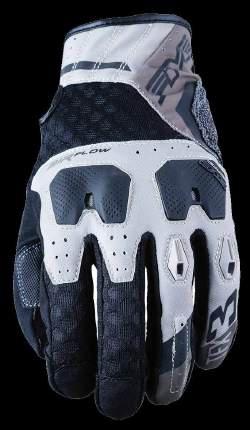
RRP: $119.95
Available from: Moto National Accessories Web: five.motonational.com.au
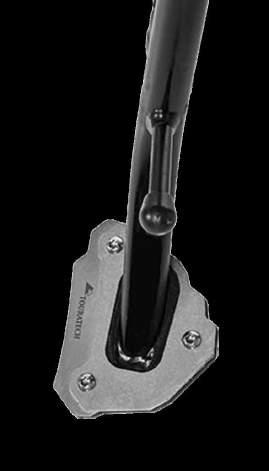
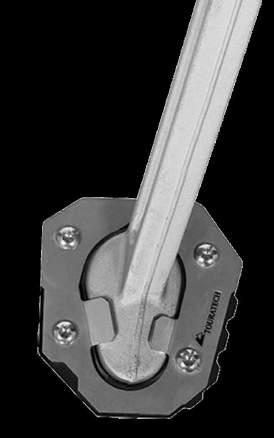
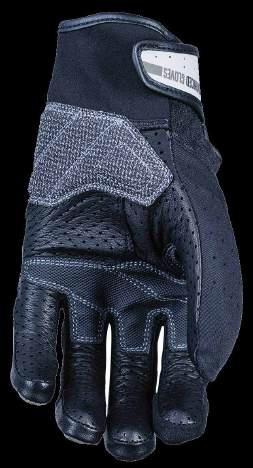
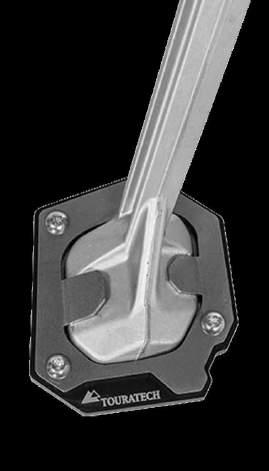
spoiLer eVo, tinted
Extra comfort on each ride.
R The right balance between protection and ventilation
R Height, inclination and distance to the windscreen can easily be adjusted. No tools needed
R Set the lowest level, the windscreen spoiler almost disappears
R ‘Bended’ 3D form adapts to the windscreen design for optimum airflow and less turbulence
R Central field of view is not impaired
R Can be fixed on any windscreen
R Product number: 01-040-1381-0
RRP: $250.95
Available from: shop.touratech.com.au Web: touratech.com.au
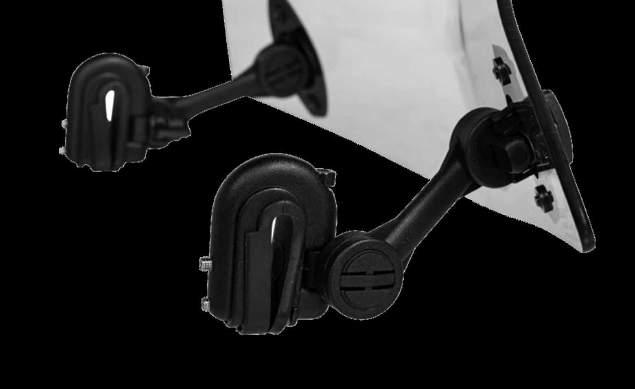
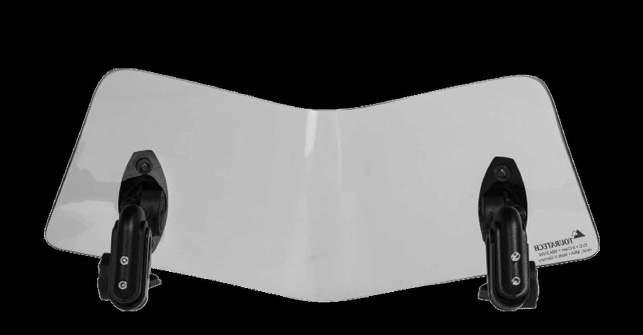
Puts an end to the wobbling of the unstable cockpit strut of the Ténéré 700.
R Effectively reduces yaw
R Made in Germany from anodised aluminium
R Stiffens the stable plastic part with which the speedometer unit is screwed to the cockpit strut
R Vibrations of the speedometer are reduced
R Can only be used in combination with the GPS mount for the Ténéré 700
R Angle of the GPS holder cannot be freely selected when the stabiliser is installed. Must be set parallel to the speedometer unit
R Thoroughly tested on tough Aussie trails
R Weight including screws: 89gm
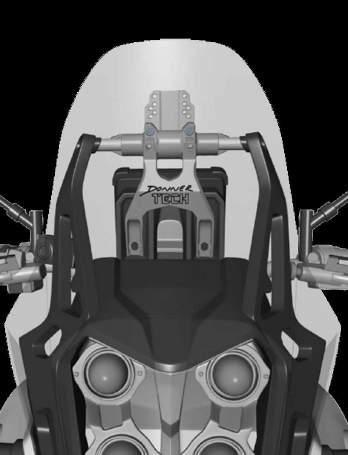
RRP: From $169
Available from: Motorcycle Adventure Products Web: motorcycleadventure.com.au
Cordless and rechargeable!
R Built-in torch
R Ideal for motorcycles, RVs, cars and bicycles
R Also inflates pool toys and footballs
R Will charge electronic devices
R Set and store four separate pressures
R Automatically shuts off when pressure is reached
RRP: $169.95 plus postage and handling
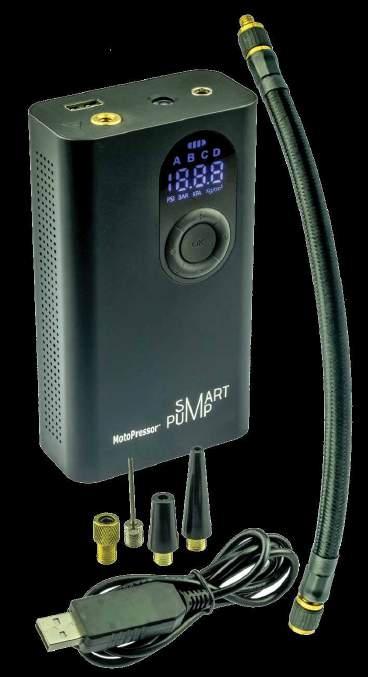
Available from: Rocky Creek Designs Web: rockycreekdesigns.com.au
Four-season pants for all Aussie conditions.
R Removable thermal and waterproof liner
R Large vents
R CE level-2 knee protectors with volume adjuster
R Hem large enough to fit over a motocross boot
R Four pockets and hip protectors
RRP: $369
Available from: Zarkie Web: zarkie.com.au
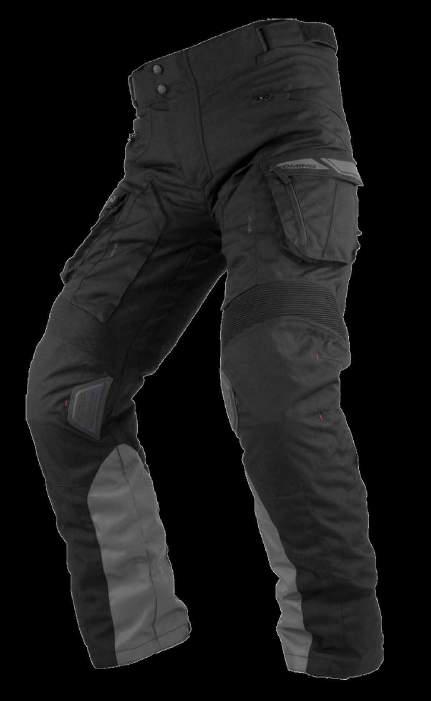
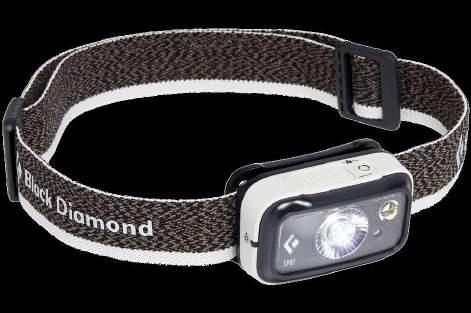
bLacK diamond spot head torch
Head torches just keep getting better and better.
R 325 lumens
R Punches up to 80 metres
R Weighs in at 86 grams with the three included Duracell batteries installed
R Can be locked to save batteries in transit
R Strobes in both red and white
R Can push straight into red light to save night vision
R IPX8 waterproof (one-metre) rating
R Dimmable

RRP: $72 plus postage
Available from: Andy Strapz
Phone: (03) 9786 3445
Email: info@andystrapz.com
Web: andystrapz.com
High-quality materials with a high level of safety and comfort.
R Certified under norm EN 13634:2017 “protective boots for motorcyclists”
R Reflective sections
R Ankle protection
R Gear-shift pad
R Antislip sole from Vibram
R Quick-action Velcro strap buckles
R Gore-tex membrane (ePTFE)
R Available in sizes 37 to 50 and black or brown
RRP: $599.99
Web: mig.bike
Email: info@mig.bike
Phone: 1300 916 916
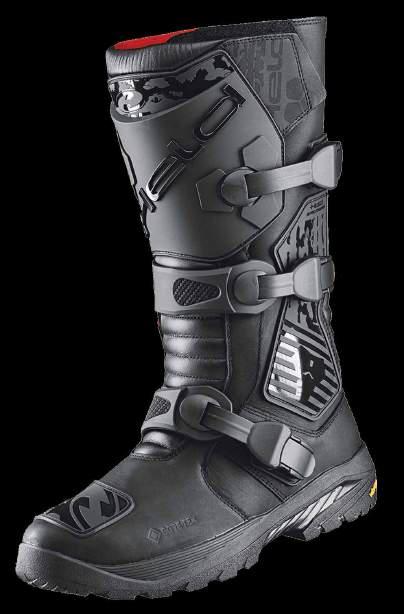
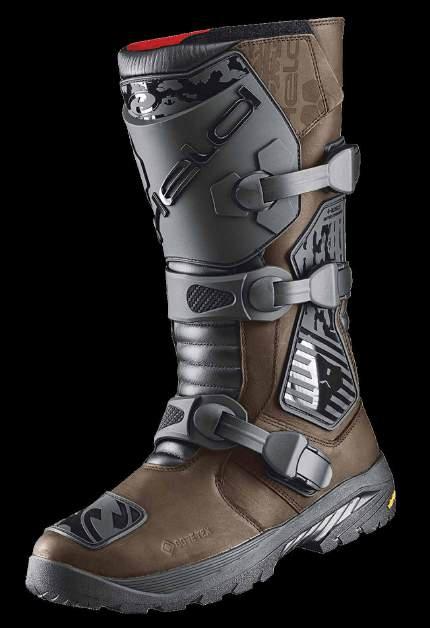
A new beginning for adventure helmets - revitalizing standards in strength, performance and functionality while leaving traditional compromises behind.
R Lightweight full carbon fiber hand-laid shell
R Koroyd energy absorbing materials/construction
R Transitions Photochromatic lens included
R Fid-Lock strap closure system
R Four ride modes - street, adventure, dirt, trail
R Goggles compatible with face shield removed
R Refined aerodynamics, vents, liner system for quieter ride
R ECE/DOT Certified

RRP: See the website Available from: AdventureMoto Web: adventuremoto.com.au
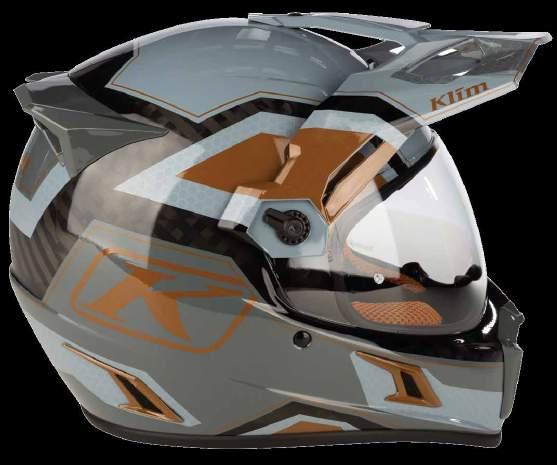
rad guard honda cb500x 2019-2021 radiator guard
An essential aftermarket part.
R For the hardcore adventure rider
R Easy to fit
R Video fitting instructions available
R Lightweight and doesn’t restrict air flow
R Made from 6060 T1–T5 aluminium
R Available in black or polished alloy
R Three-year worldwide warranty
R Australian made
RRP: $215. On special for $169
Available from: Rad Guard Phone: (02) 6658 0060 Web: radguard.com.au
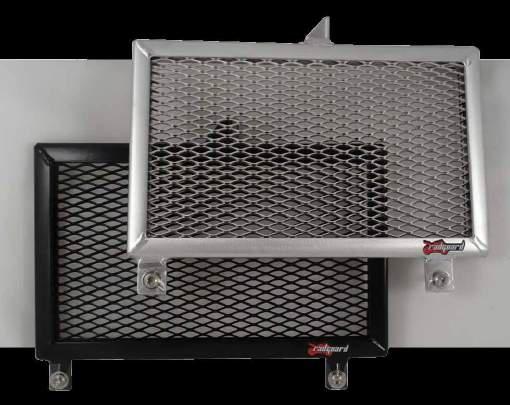
Klim’s durable, vented off-road glove.
R Fully vented Klim glove chassis
R Single-layer Pittareds microvent perforated leather palm
R Optimised for grip, resistance to perspiration and dexterity
R Nonrestrictive fit
R Breathable inner side-of-fingers
R 3M Scotchlite material on back of hand
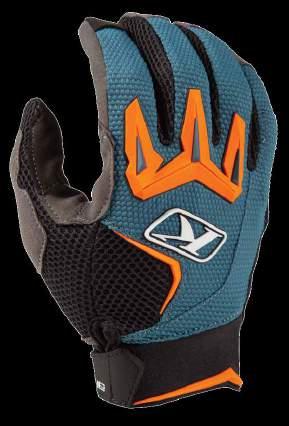
R Extreme protection pads on knuckles and fingers
RRP: See the website Available from: AdventureMoto Web: adventuremoto.com.au
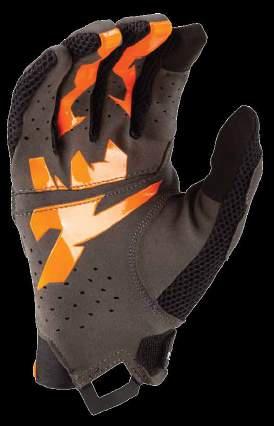
Includes the pannier rack system, panniers, pre-installed pannier mounts, pre-installed locks and all hardware.
R Finished in your choice of raw aluminium, powder-coated black or Frozen Grey
R Two-millimetre aluminium structure
R Completely welded floor (bottom)
R Stainless-steel, lockable, quick-release mechanism
R Low-profile polyamide nylon lid strap brackets (tested to 90kg each)
R Size options: 35-litre and 31-litre; 40-litre and 36-litre; 45-litre and 41-litre
R Designed to fit all BMW, KTM, Moto Guzzi, Triumph, Yamaha, Honda, Suzuki, Ducati and Husqvarna adventure bikes
RRP: $2105
Available from: Adventure Bike Shop
Phone: 0428 536 519
Web: adventurebikeshop.com.au
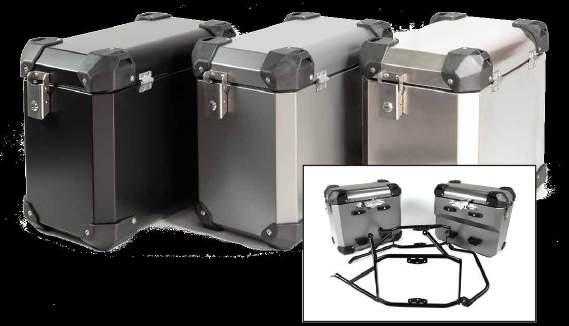
pireLLi scorpion raLLy str tyres
A knobby enduro on/off road tyre for adventure without limits.
R Specifically designed for the latest generation of adventure, dual-purpose and enduro bikes
R Blends the benefits of a rally competition tyre with a DOT enduro tyre
Protective urban/offroad jeans with Italian style.
R 2.5-ounce stretch-denim fabric
R 100 per cent TWARON® Aramide fabric inner (reinforced and lined)
R Adjustable and removable
R Removable knee and hip protectors
R Ready for Zero-Shock padding on hips
R ARC 3D pattern for adjusting fitting
R Slim-fit calves to fit inside adventure boots
R Available in sizes 32 to 42
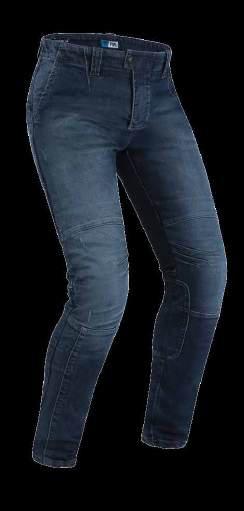
RRP: $349.95
Available from: Your local motorcycle dealer Web: mcleodaccessories.com.au
Dealer enquiries phone: McLeod Accessories 1300 300 191
R Compound high in silica content
R Street-type profiles and structure
R Innovative tread pattern
RRP: From $174.95
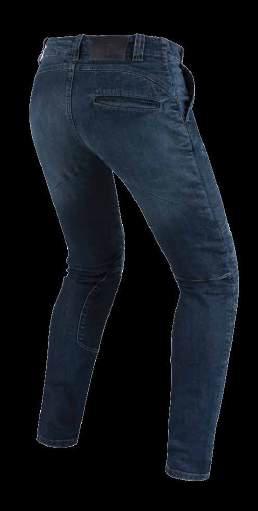
Available from: All good motorcycle retail outlets
Web: pirellimoto.com.au
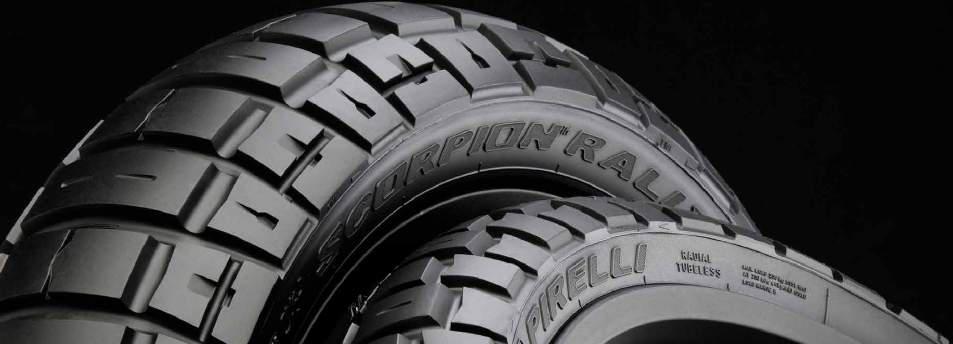
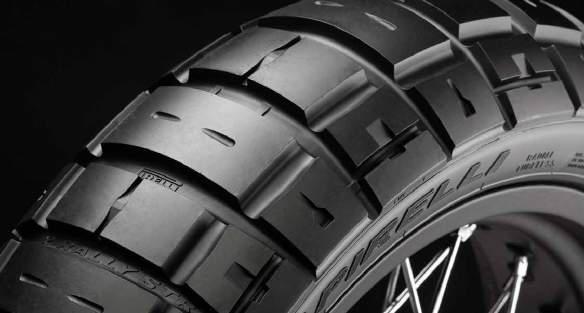
Tailored for adventure riders looking to travel distances in comfort.
R Latest ECE 22.05 standard compliant
R MPT (multi poly tech) constructed motocross shell
R Adjustable DVS (dual visor system)
R Fully adjustable chinbar and top ventilation with open and close positions
R Dual rear exhaust vent
R Injection-moulded 3D visor with anti-scratch coating
R Fully removable and washable liner
R Anatomic luxury-fitted cheekpads and comfort lining
RRP: From $199
Available from:
All leading motorcycle dealerships Web: nitrorider.com.au
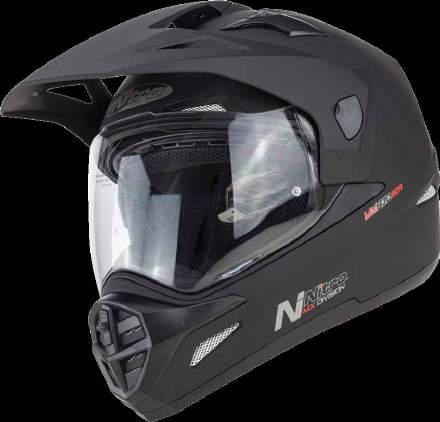
Leading the world in hand and lever protection for motorcycles since 1984.
R Designed, tested and developed in Australia
R Range consists of universal fitments as well as bespoke, bike-specific hardware kits
R Options for all styles of bike
R The world’s largest motorcycle handguard application list
R XTZ700 Ténéré (’19 on) hardware kit model number BHG-078
R KTM 790 Adventure hardware kit model number BHG-152 + B-078
RRP: Hardware kits $129.95 including GST.
Guards sold separately
Available from: All good motorcycle dealers Web: barkbusters.net
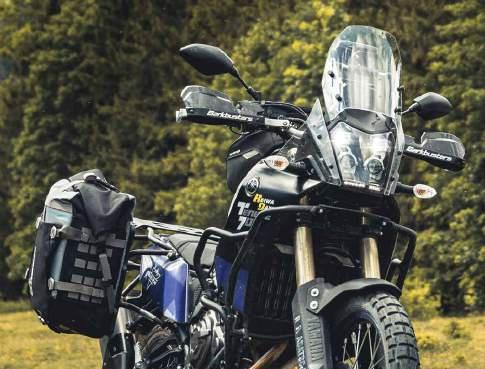
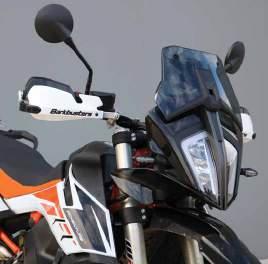
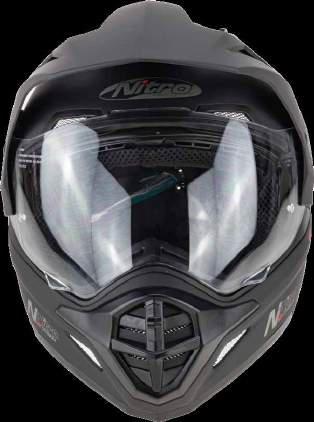
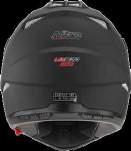
Get that DR cruising!
R Not one, but two gear sets
R A better spread of gears and less revs means less wear
R Made using the highest quality components
R ‘A’ gear set has an eight-per-cent wider gear ratio. A lower first and second gear, while third through to fifth are taller than stock
R ‘B’ gear set gives a 13-per-cent gear ratio. First is even lower again, a lower second gear and again third through to fifth are taller than stock
RRP: From $2190 plus postage
Available from: Adventure Bike Australia
Web: adventurebikeaustralia.com.au

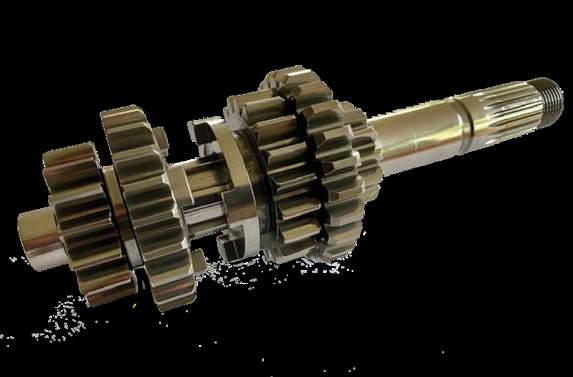
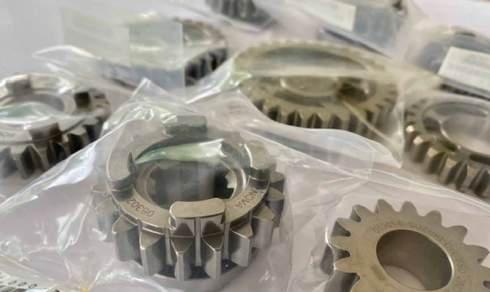
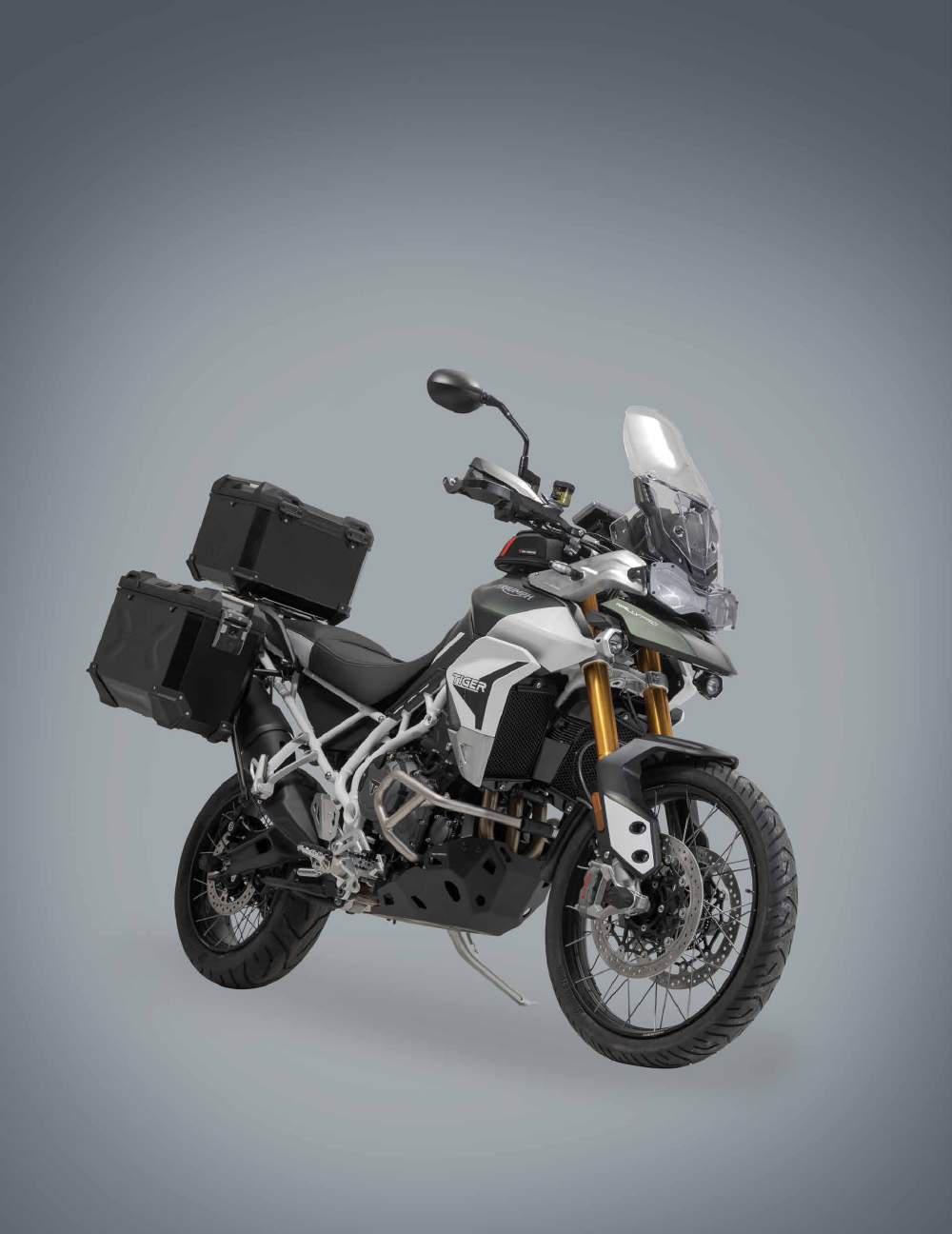


BEFORE YOU START YOUR ADVENTURE, STOP AT MOTORRAD GARAGE for a huge range of SW-MOTECH accessories to complete your ultimate adventure bike set-up.
Grab all the essentials including crash protection, side and rear racks, hard and soft luggage, navigation mounts, ergonmic and electrical accessories.
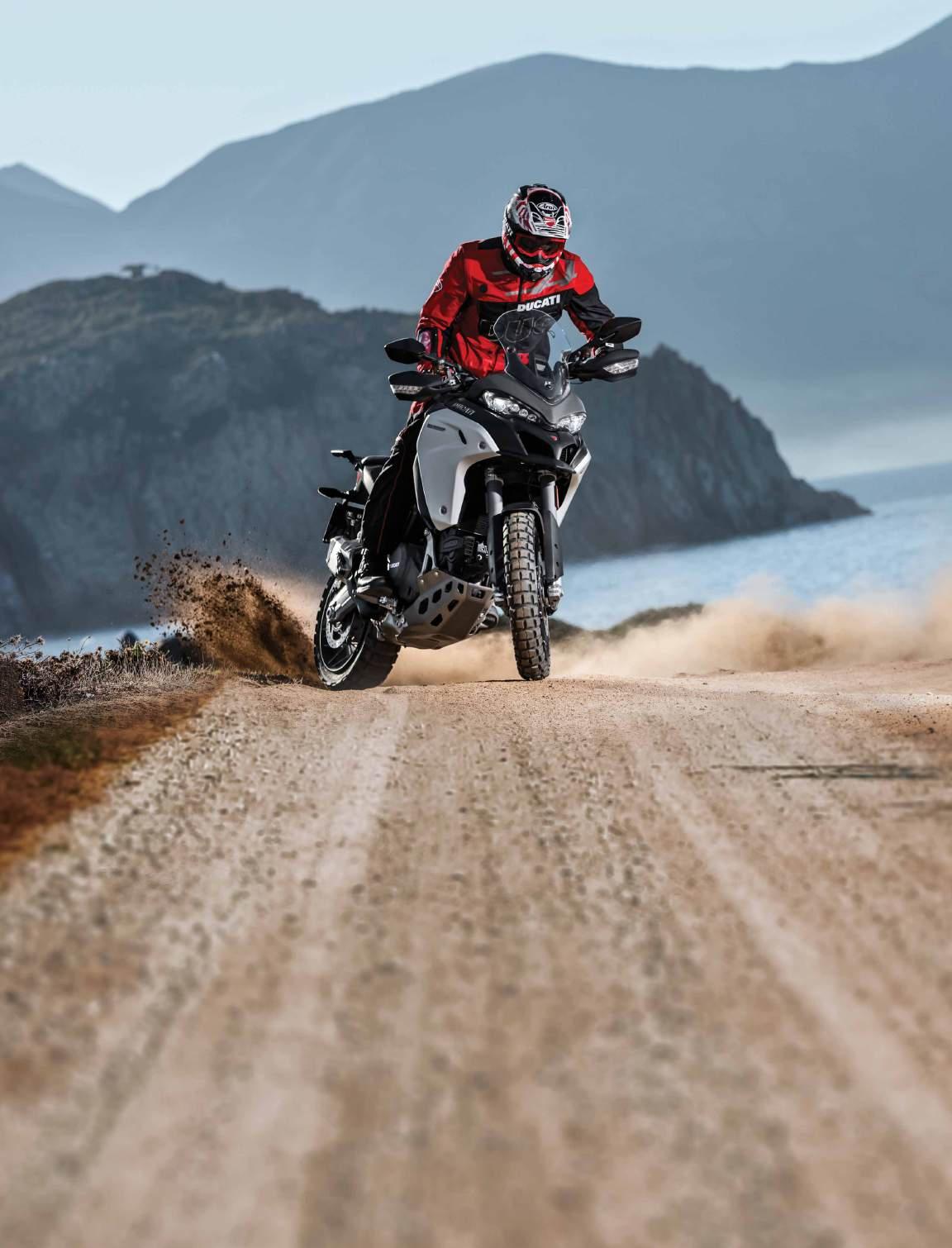
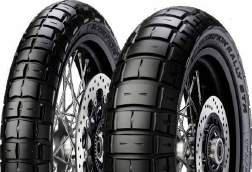
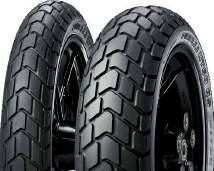
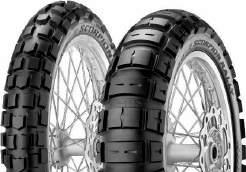
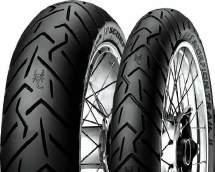
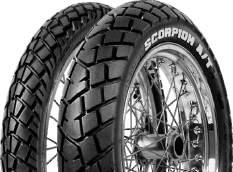
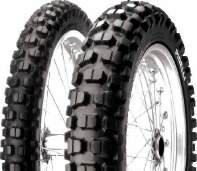
/PirelliMotoAU
@pirellimotoaus
www.pirellimoto.com.au